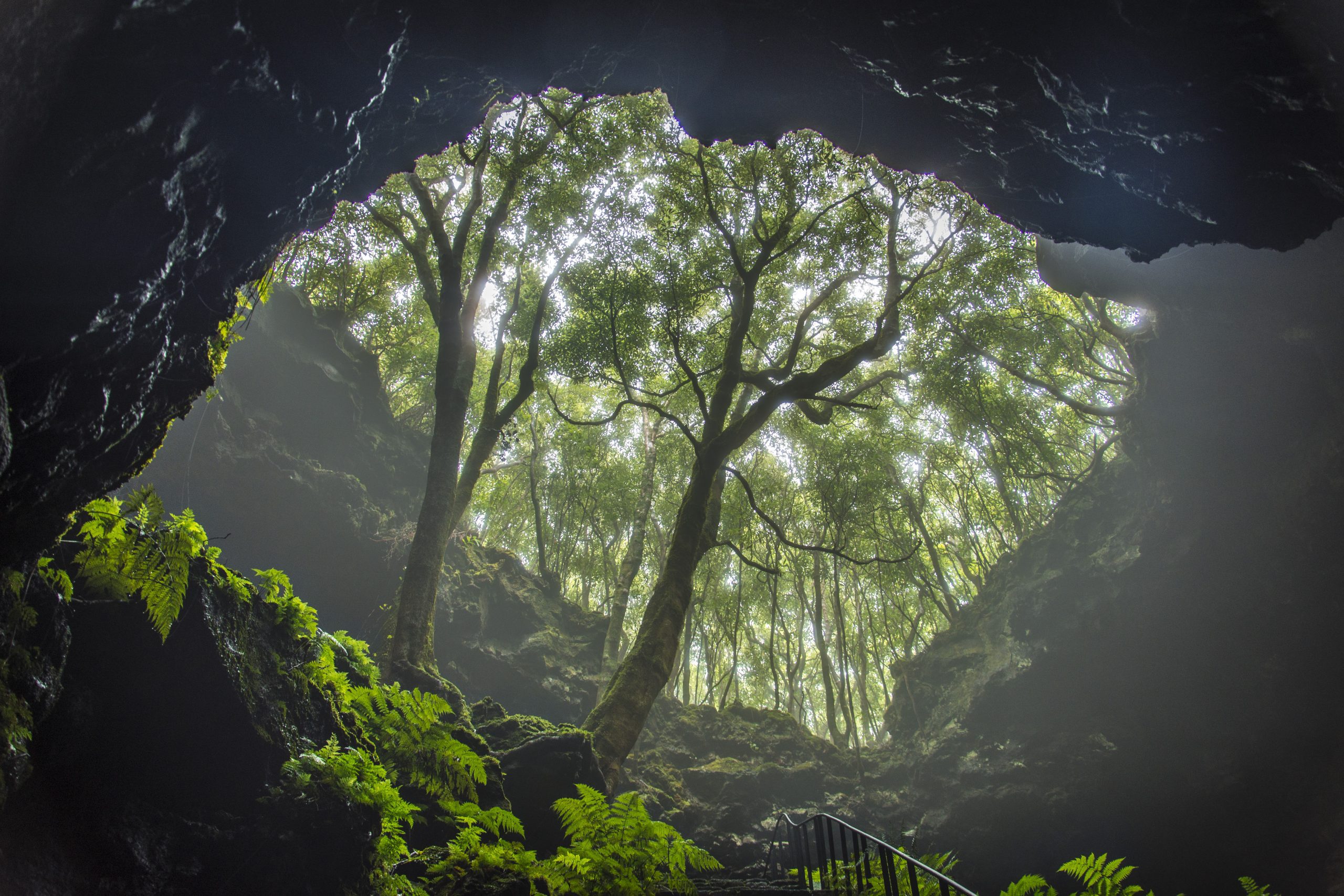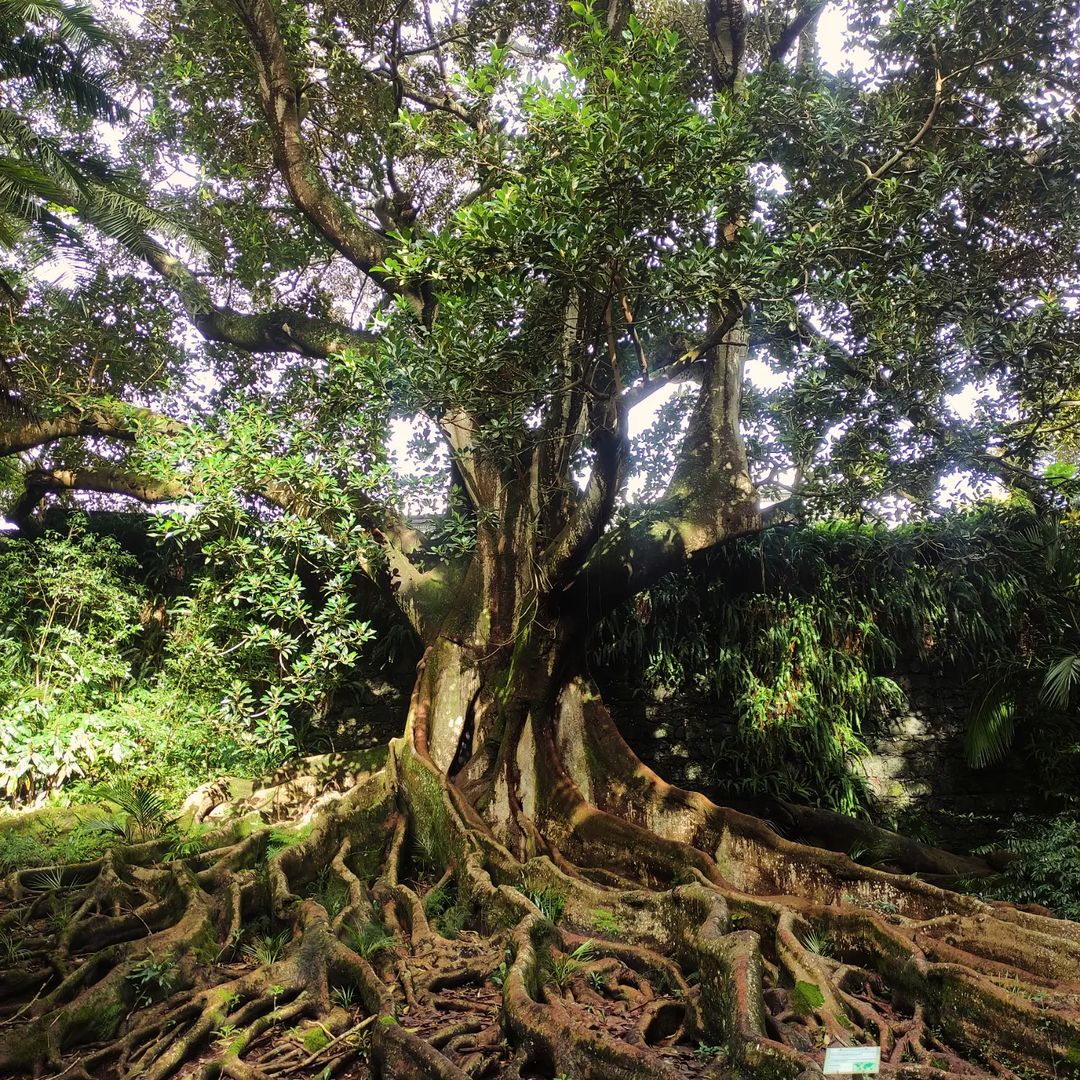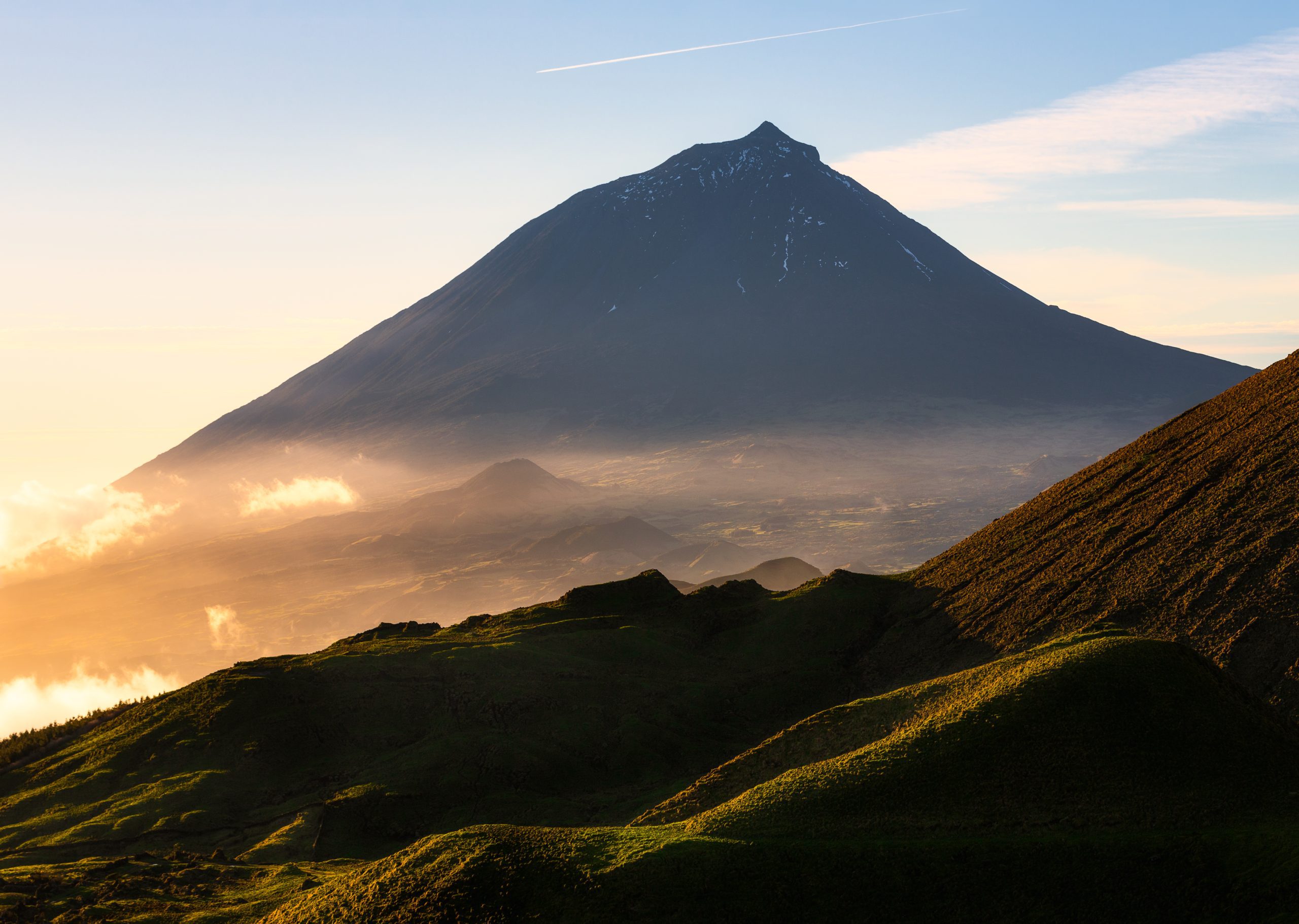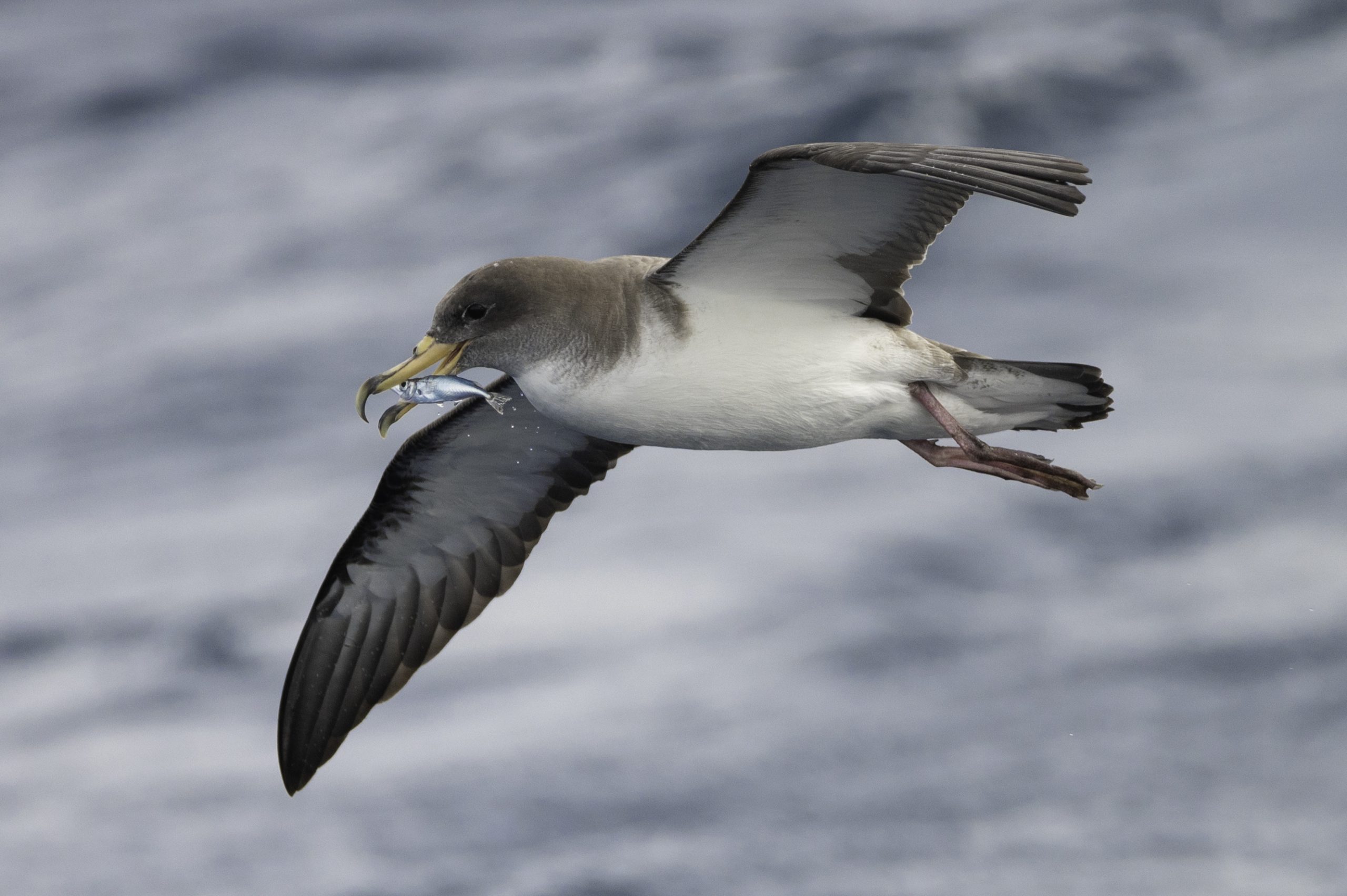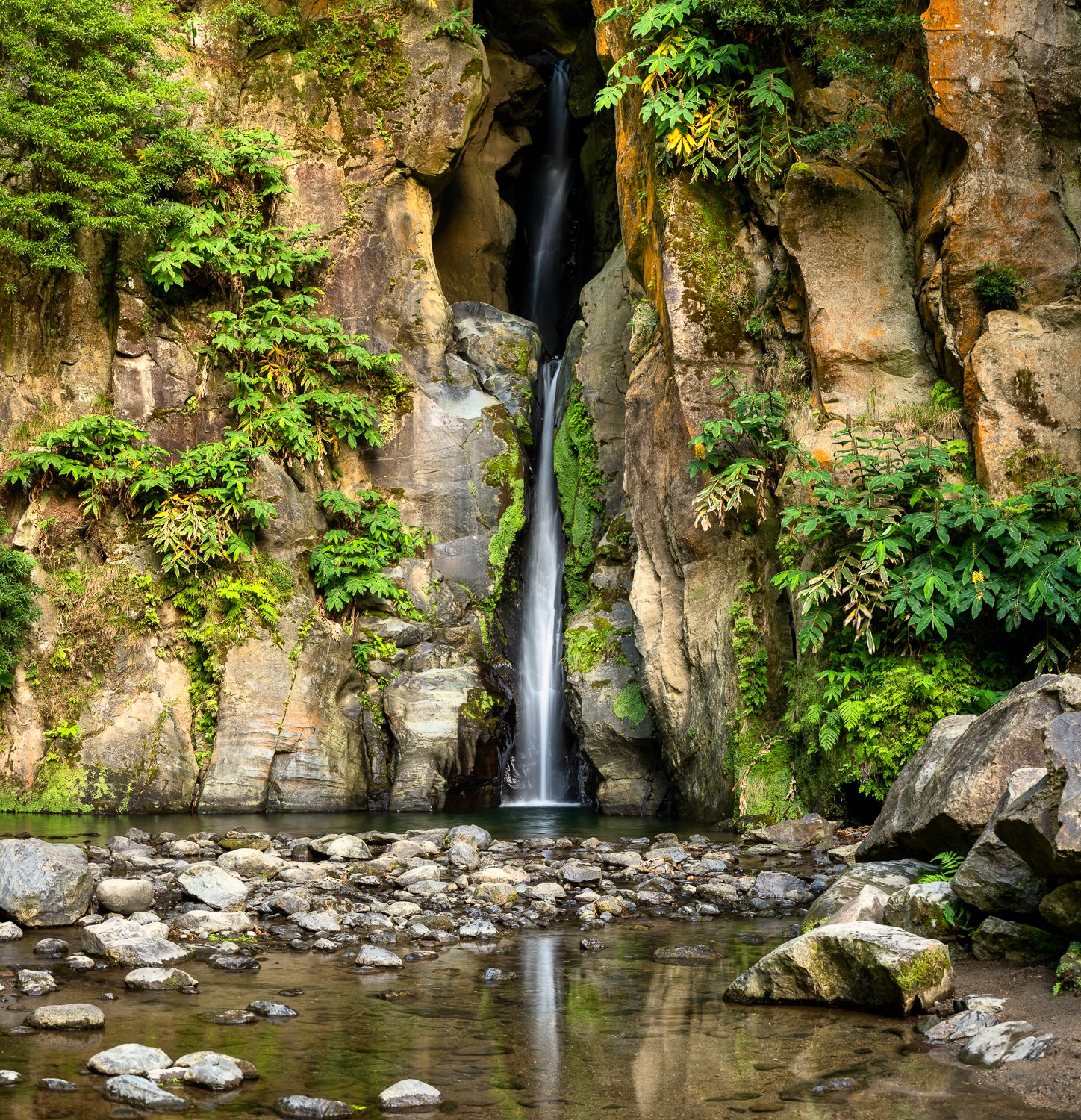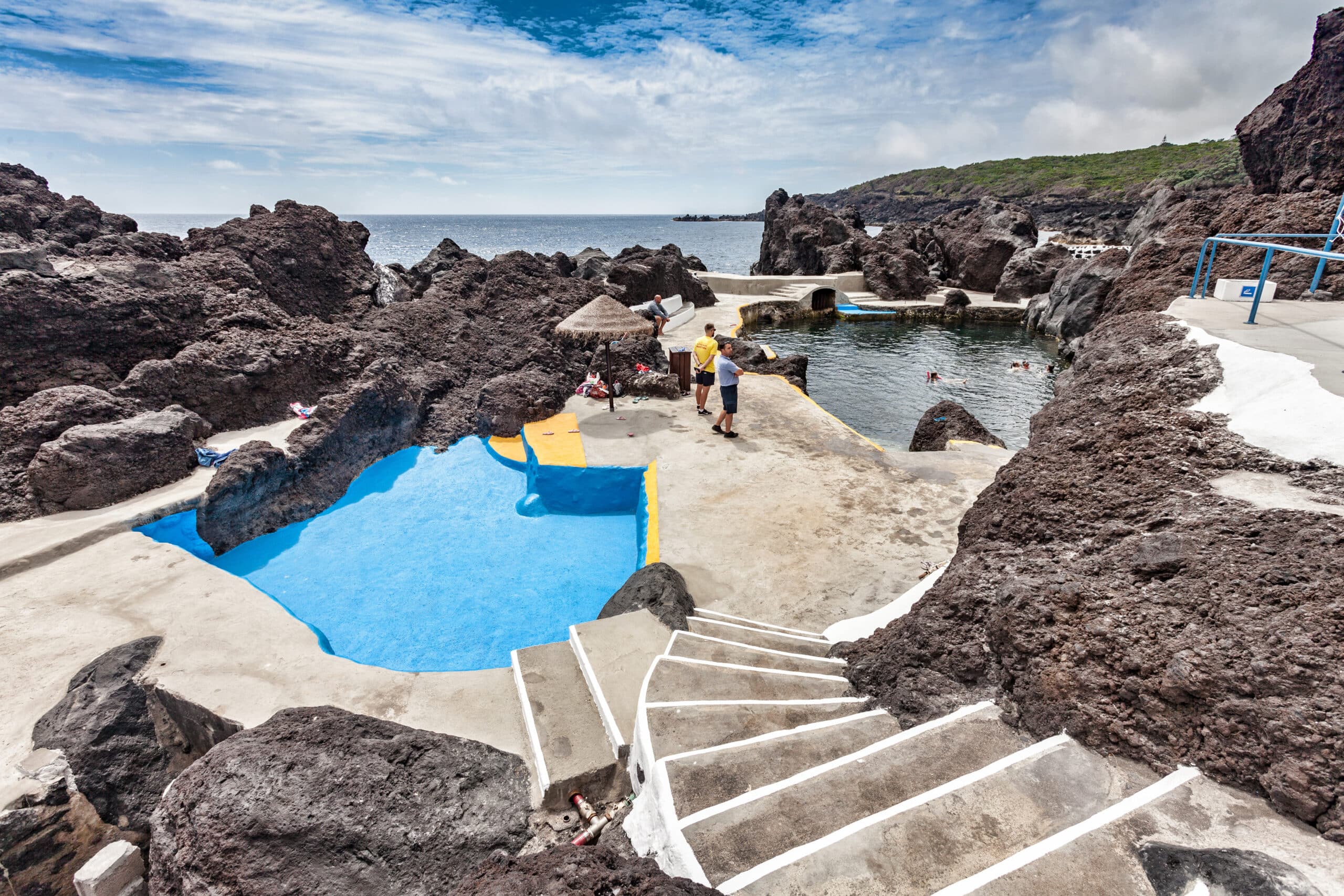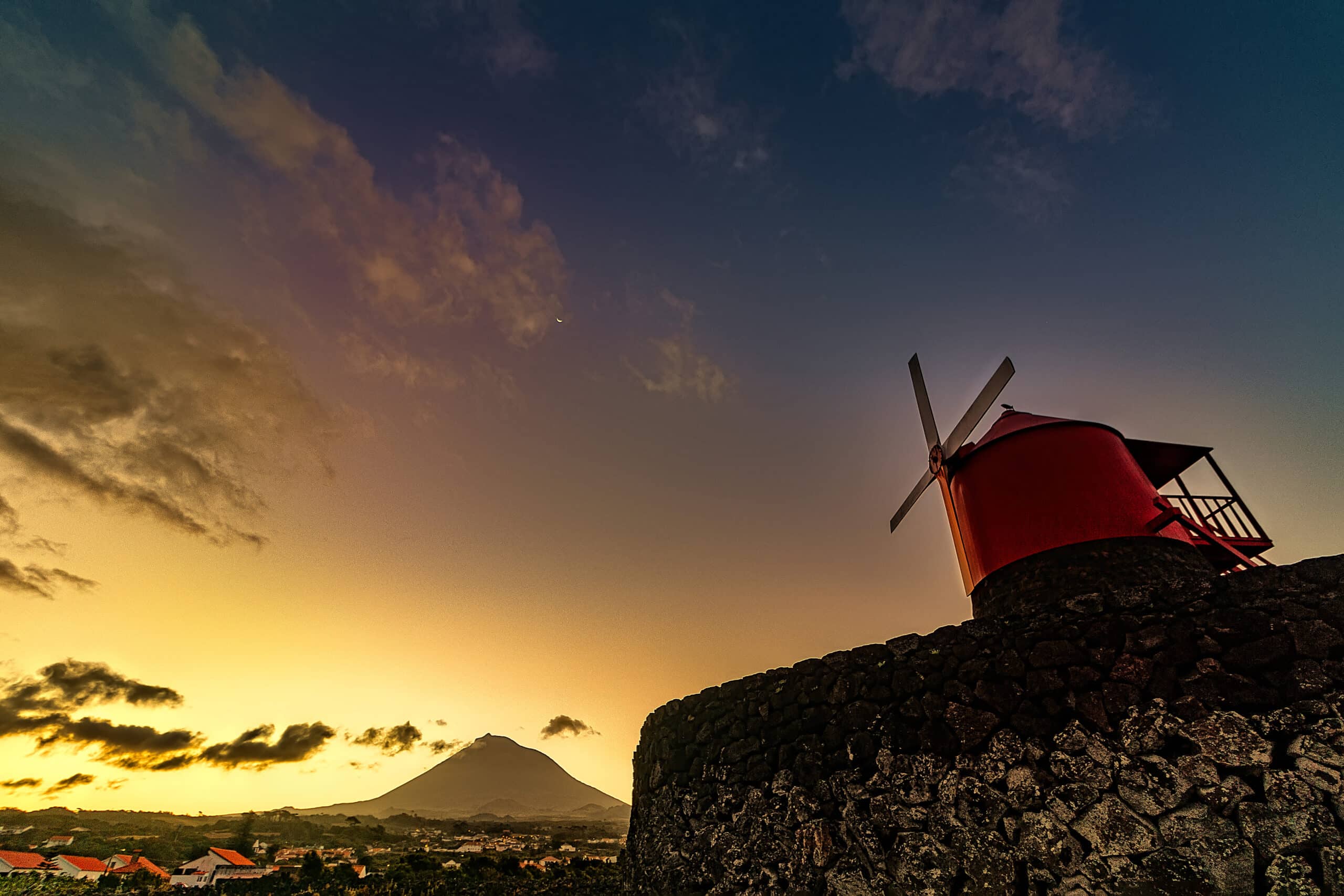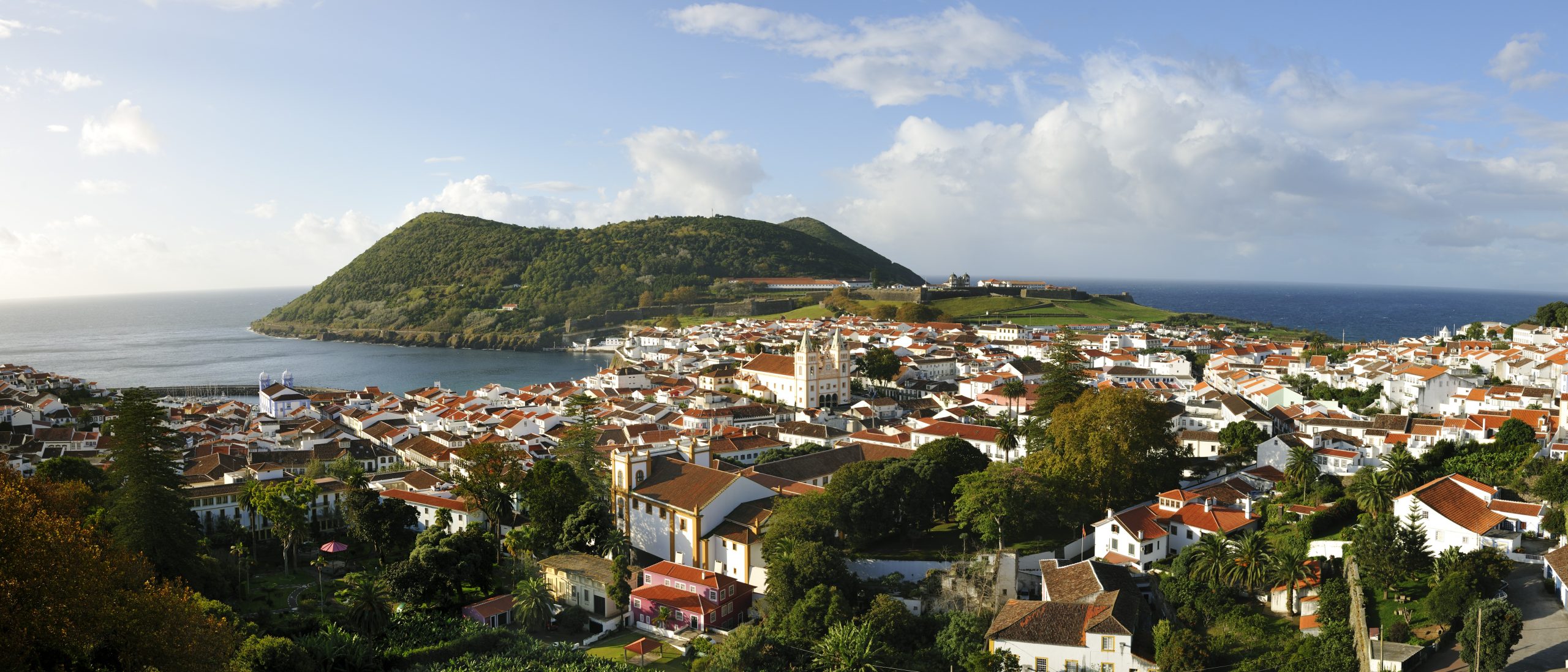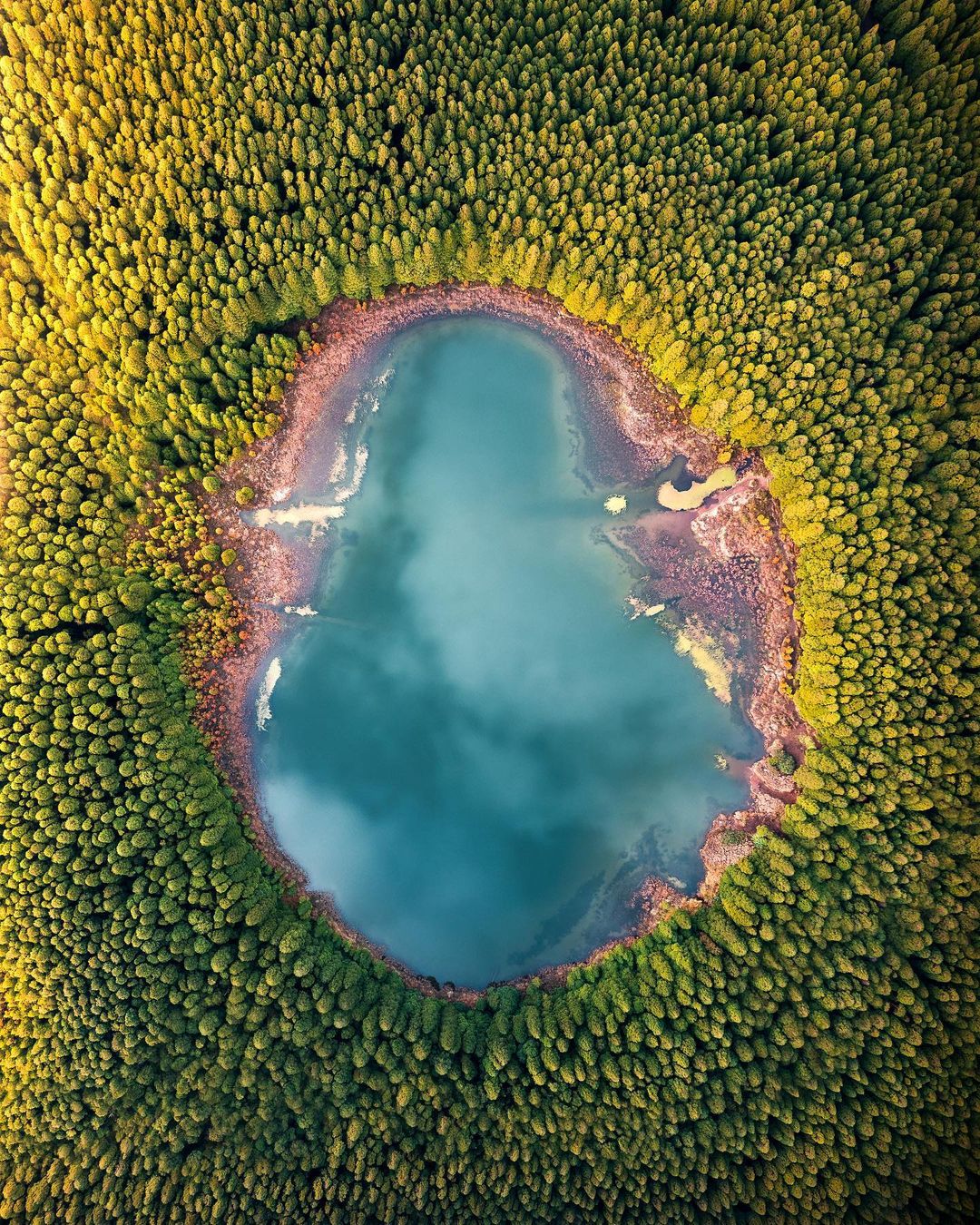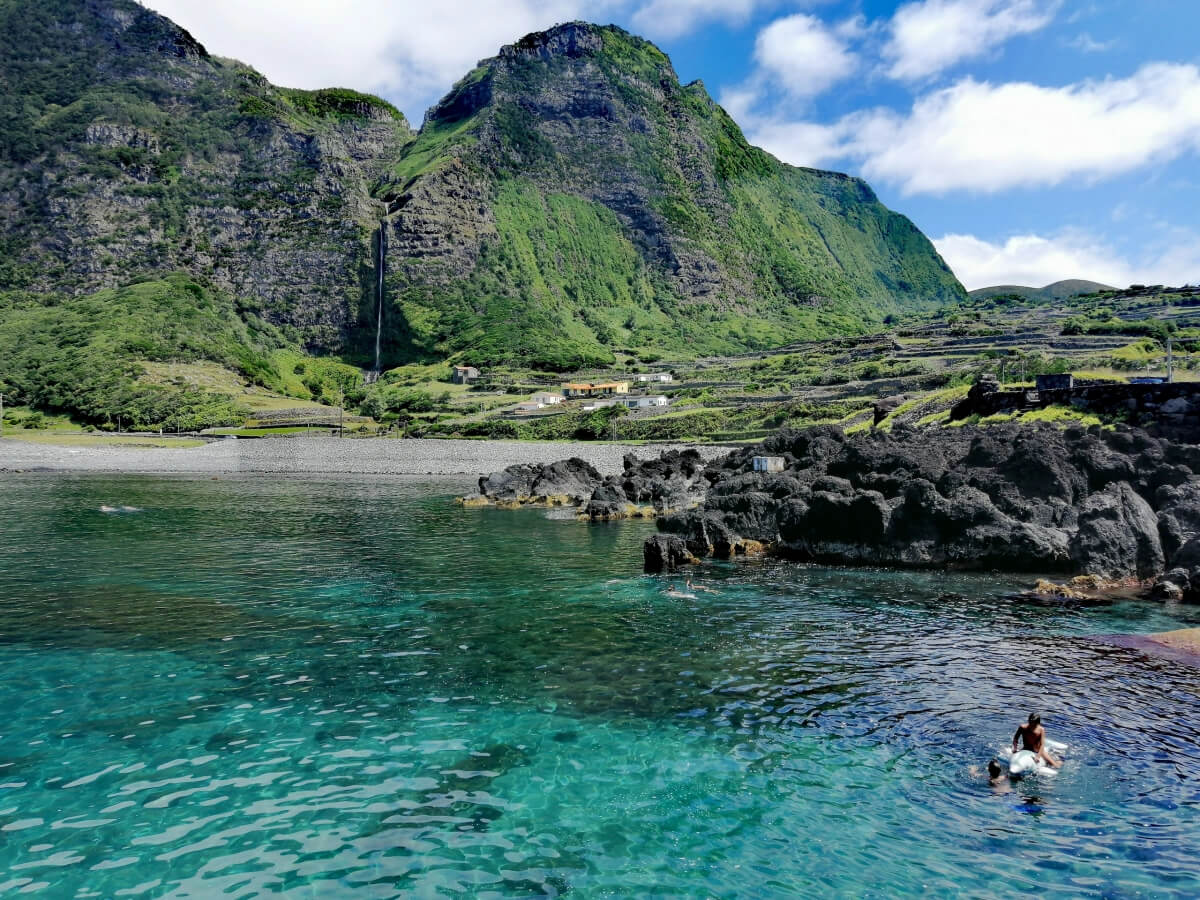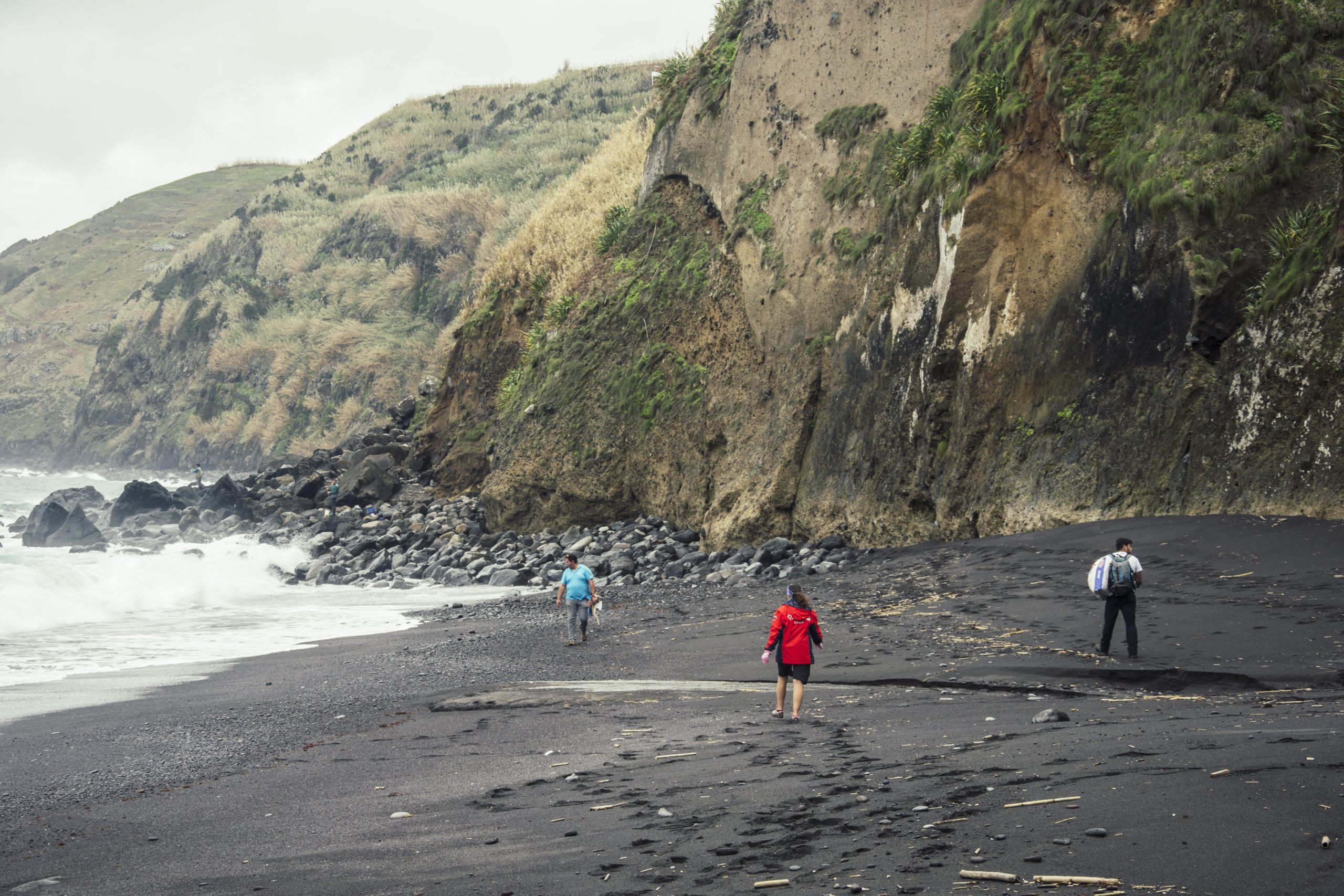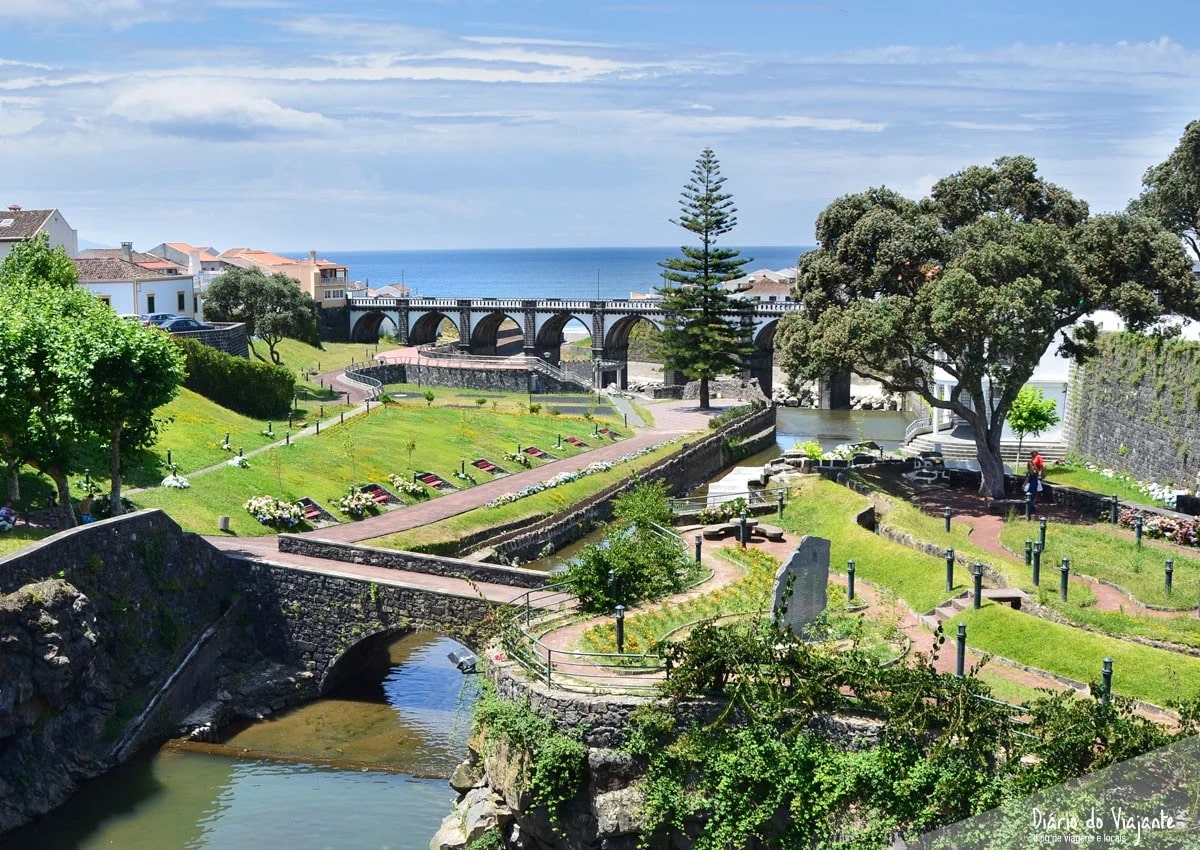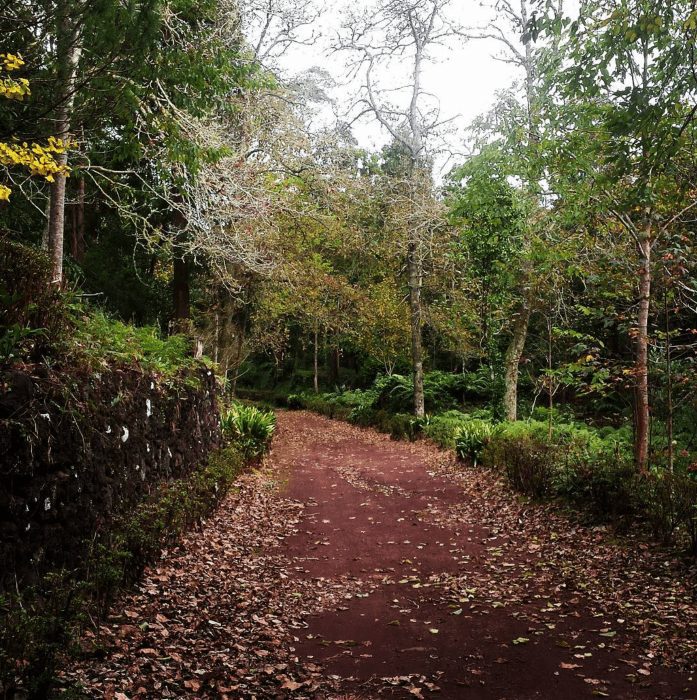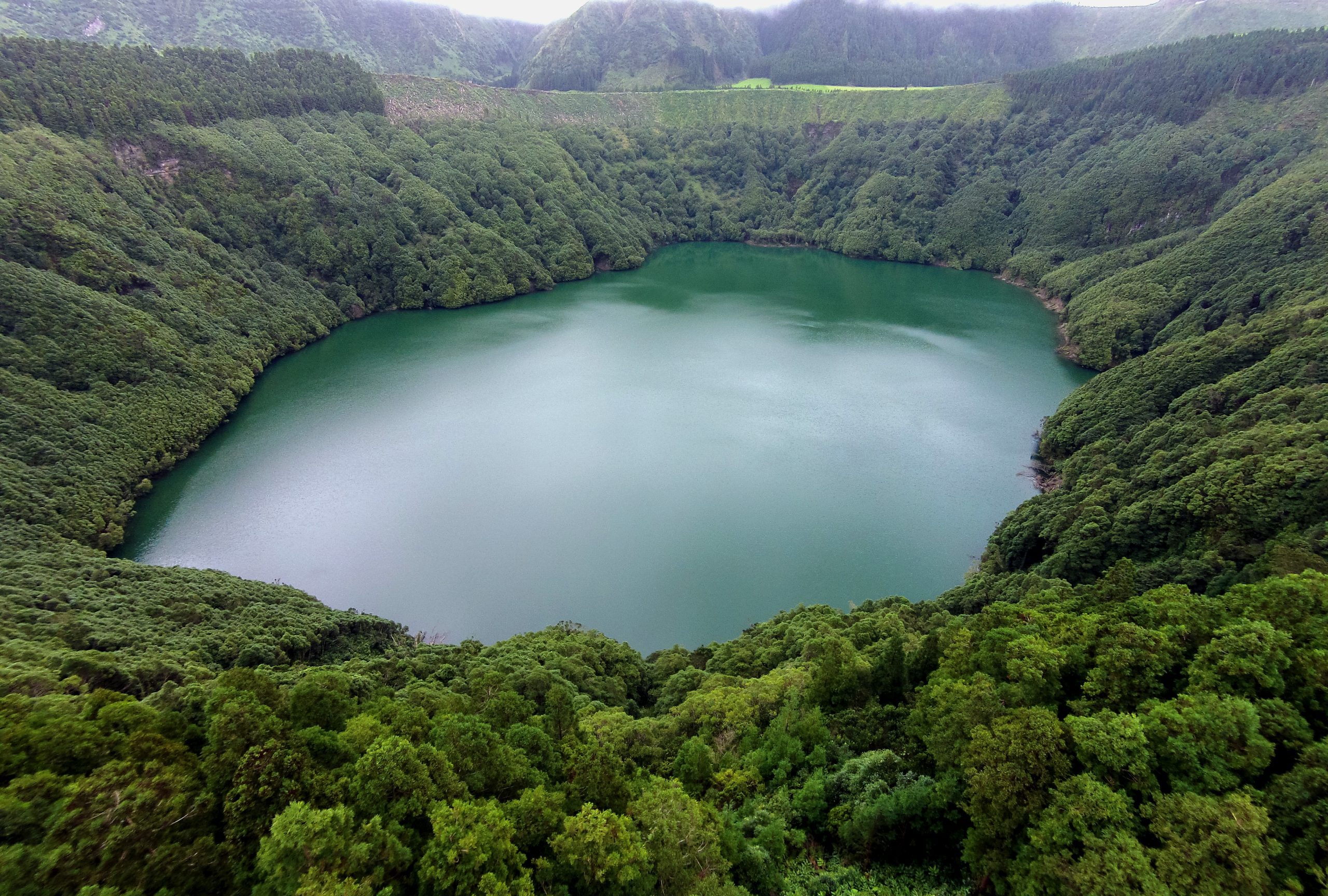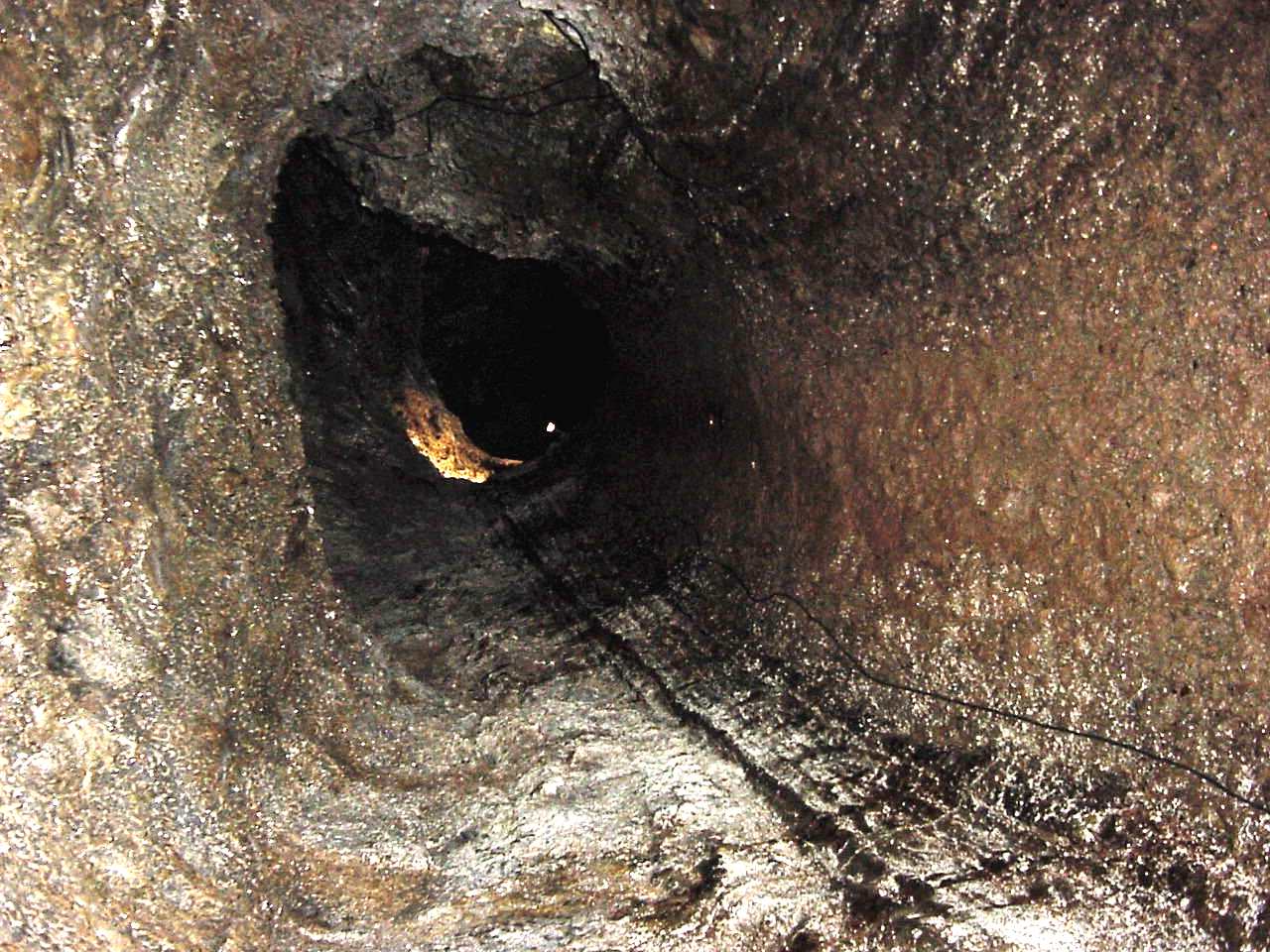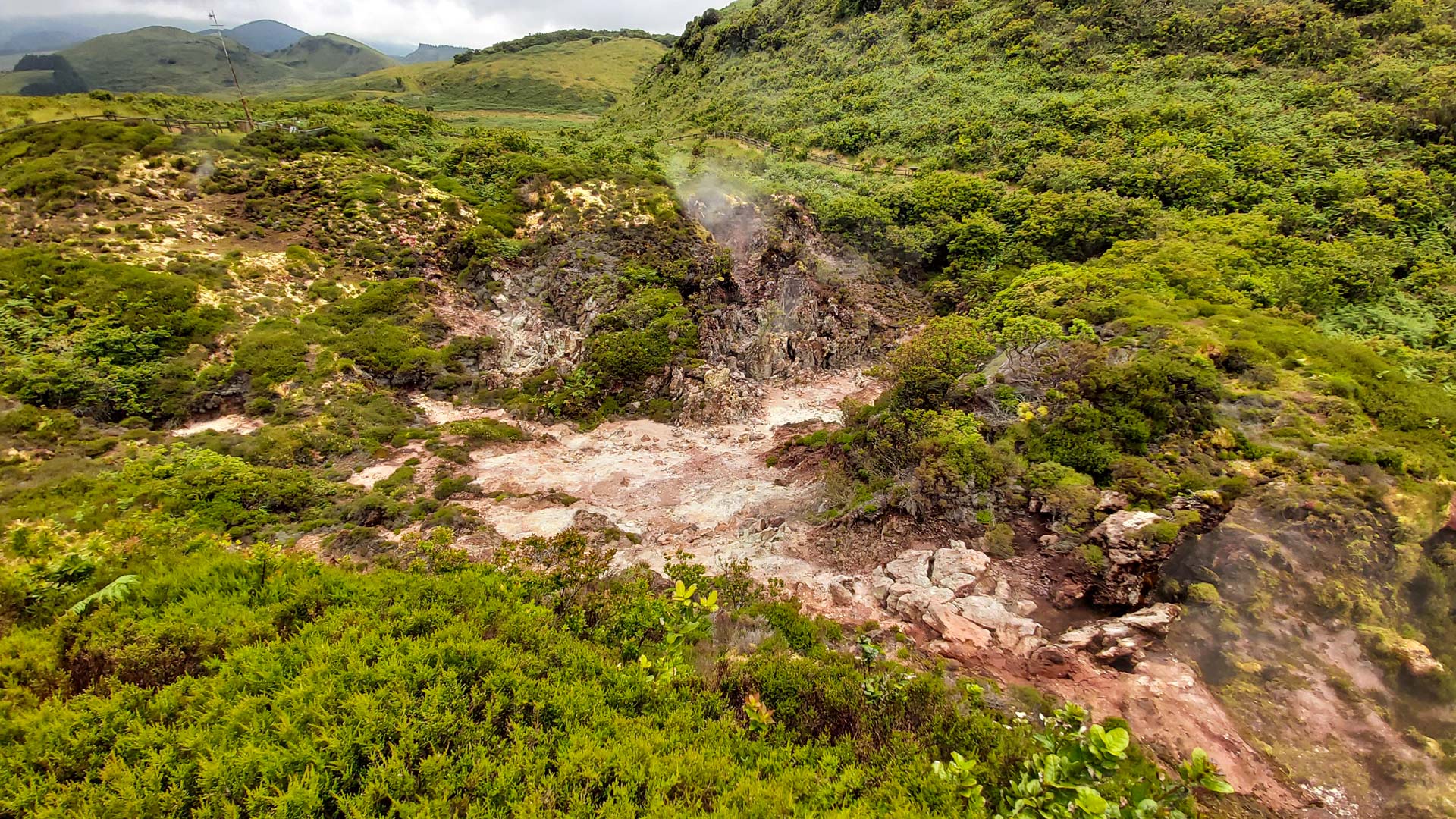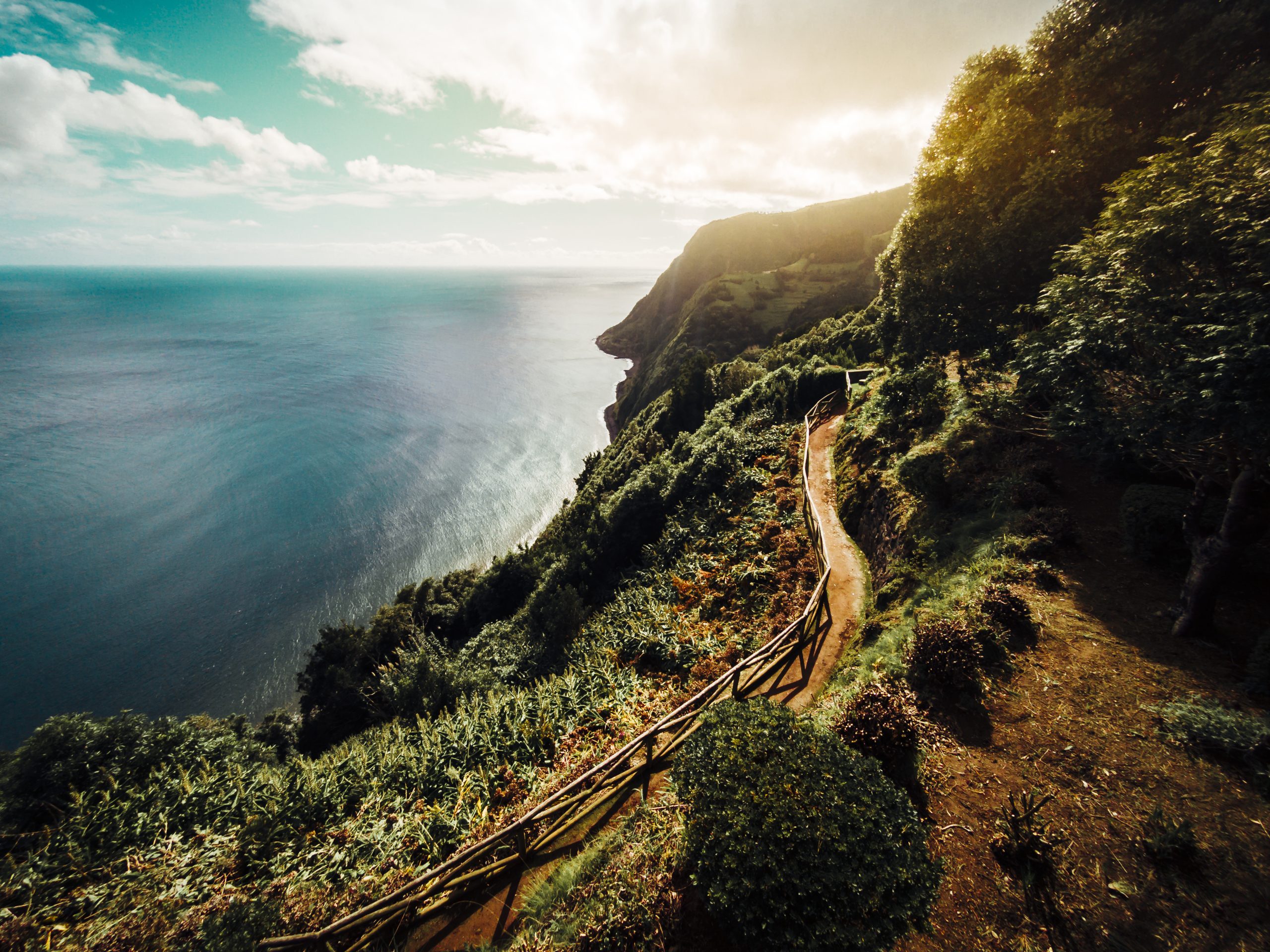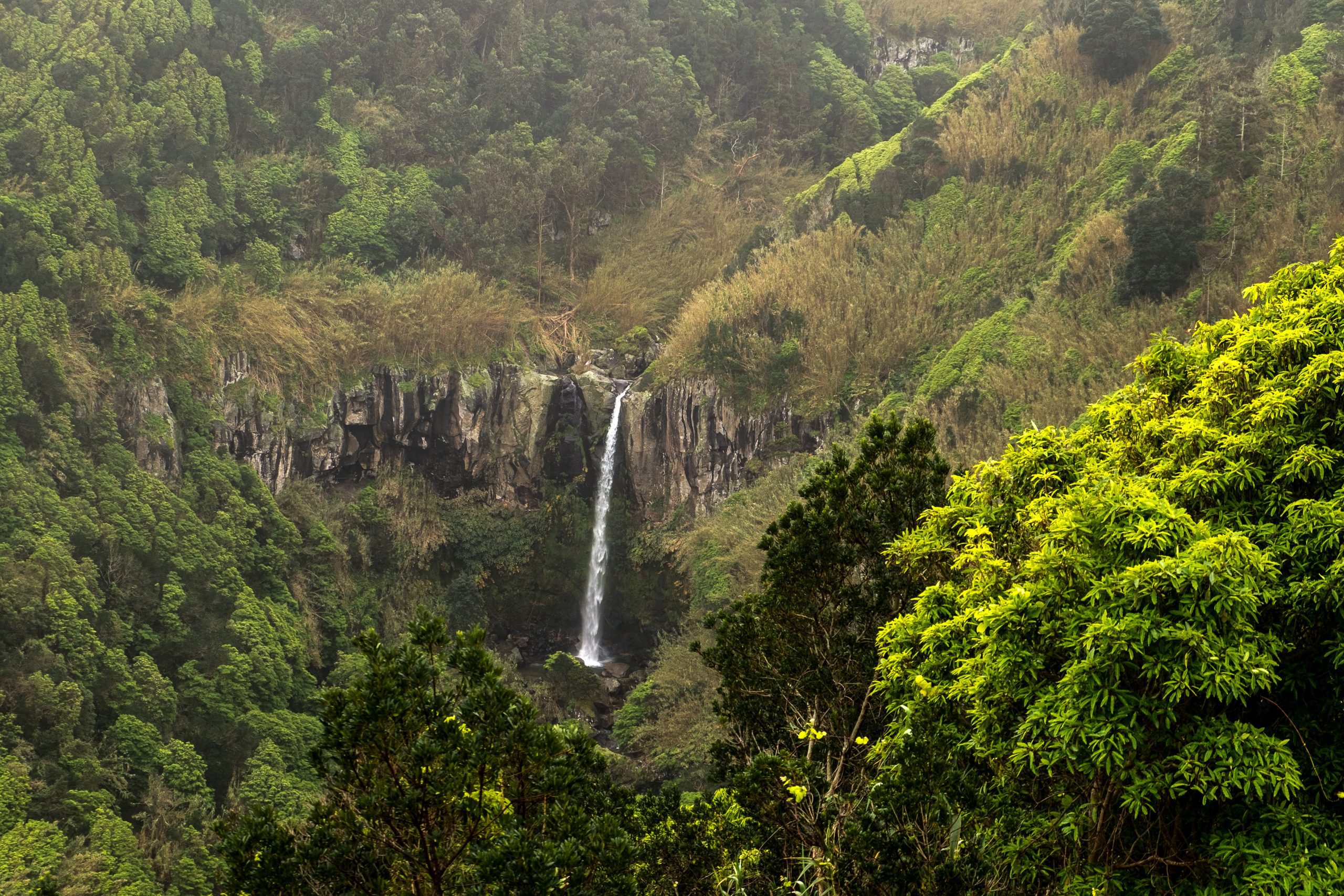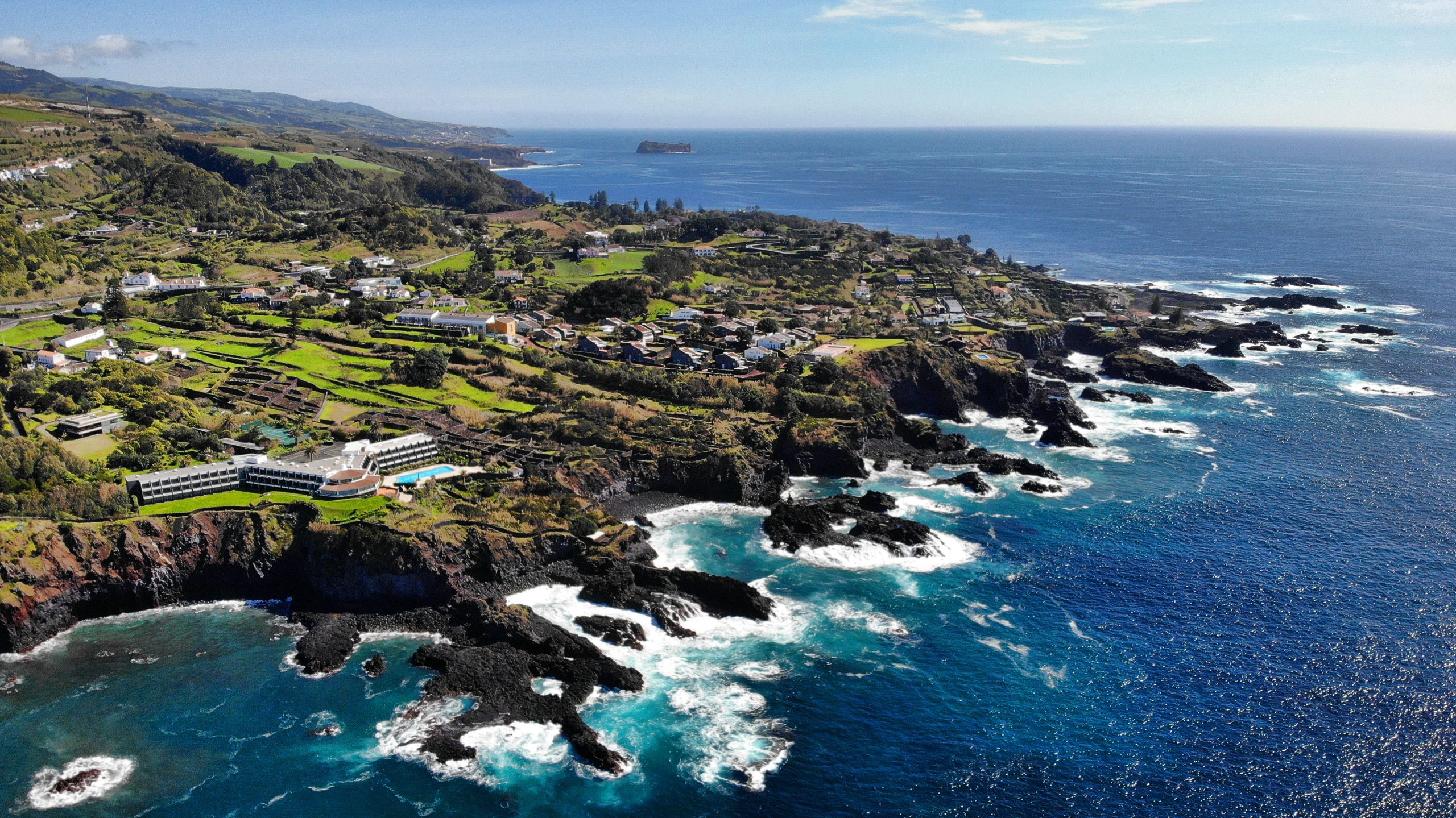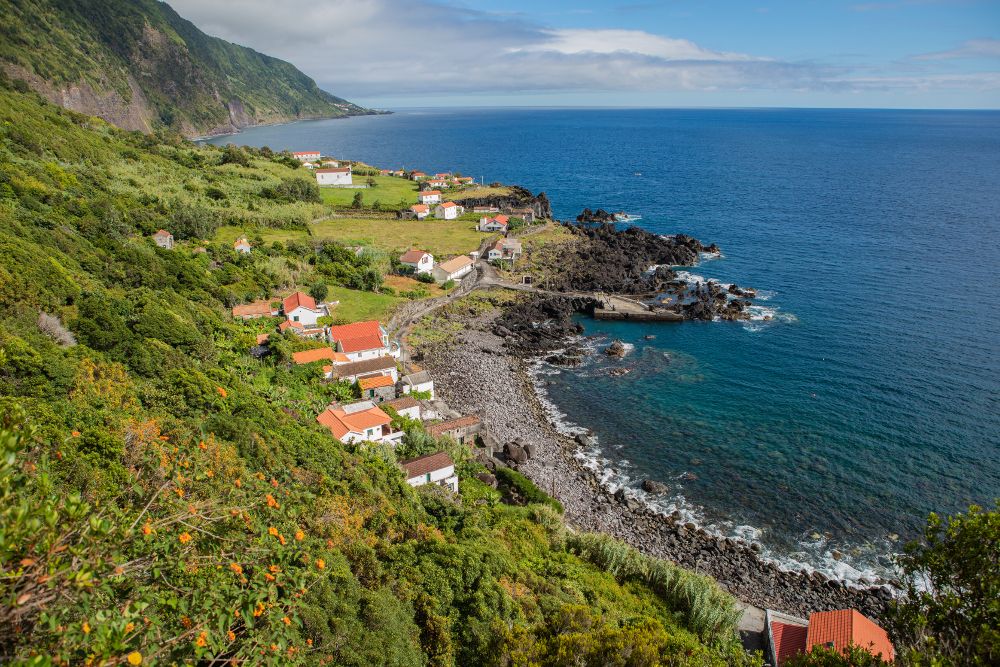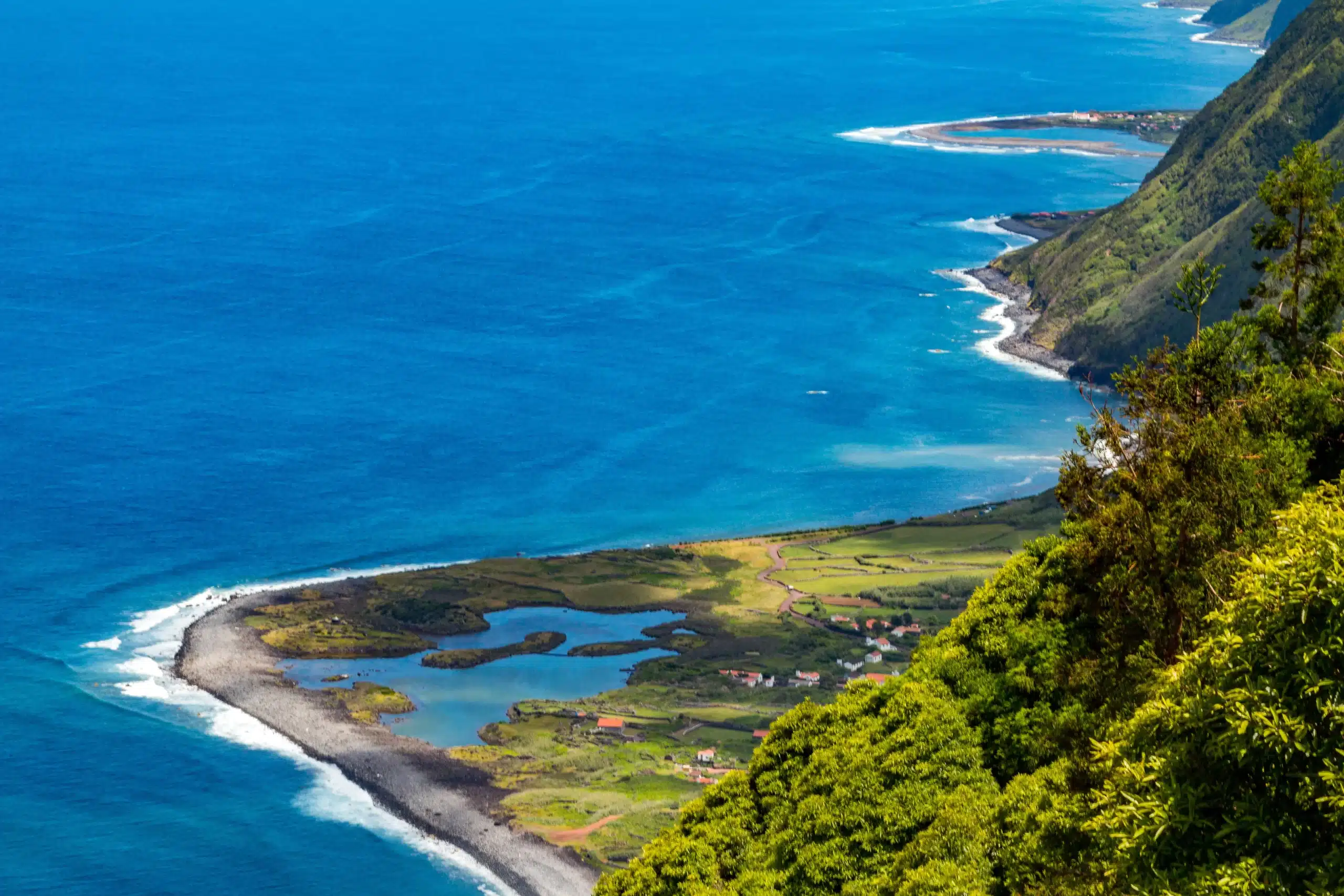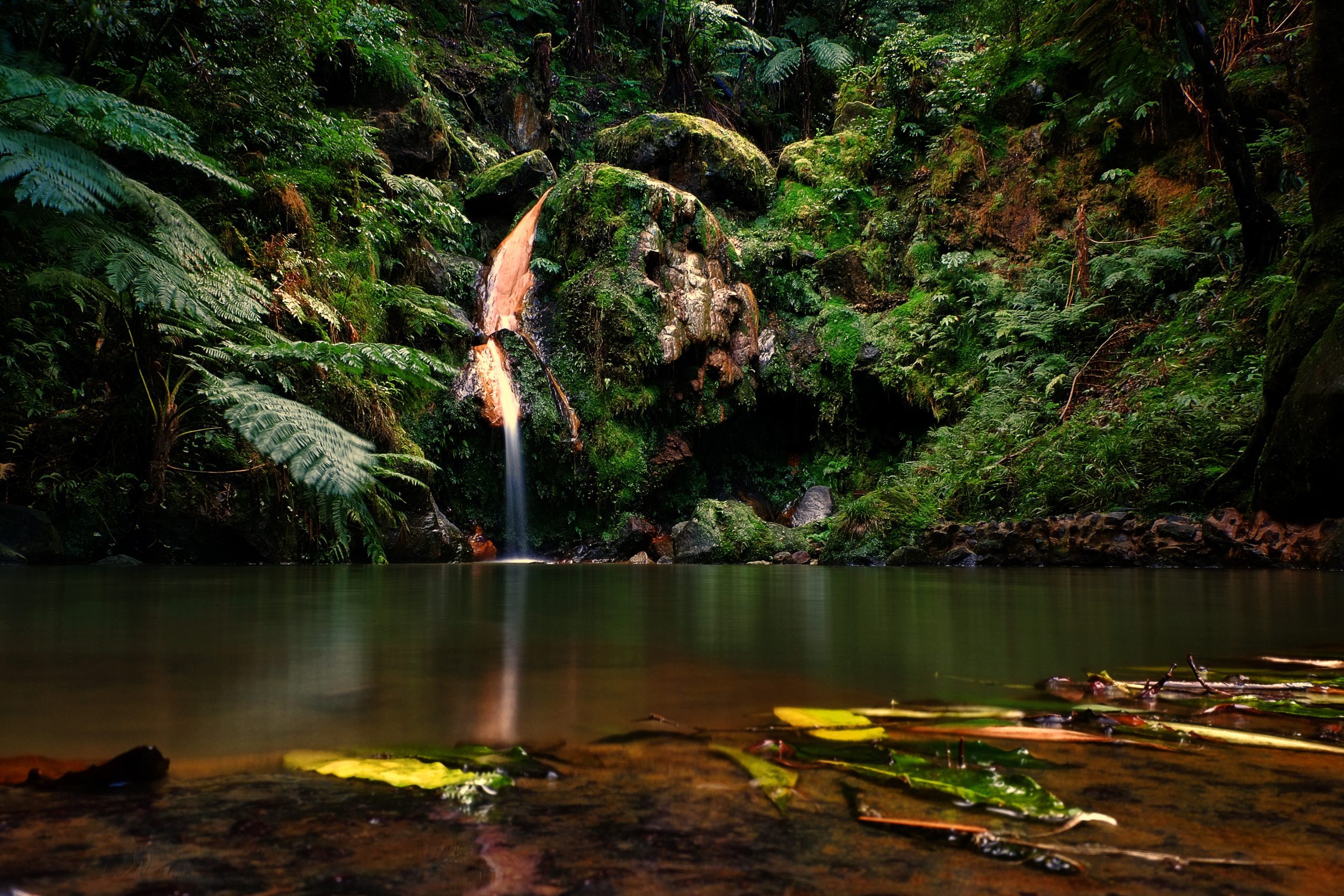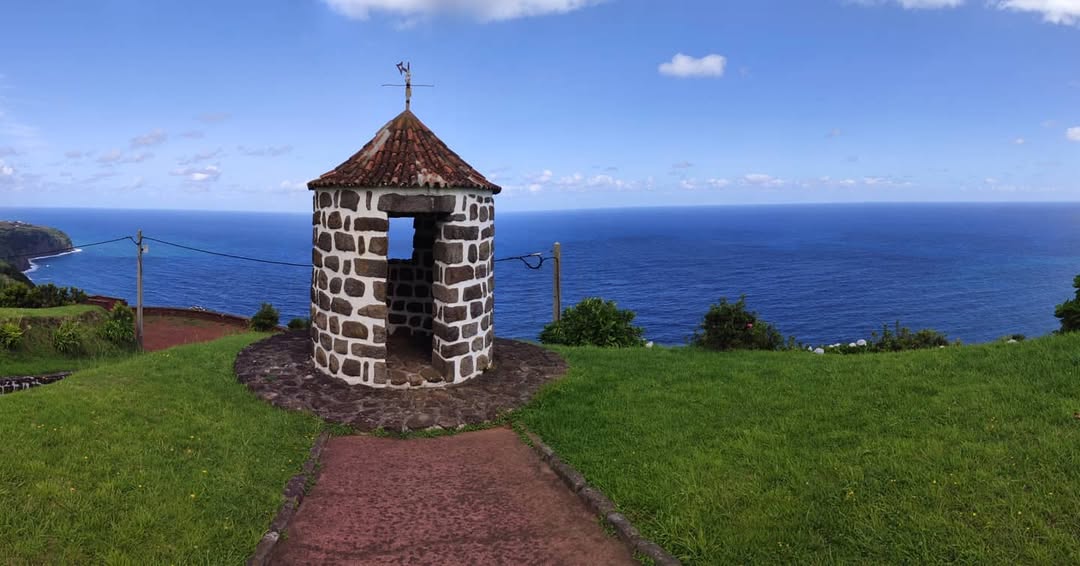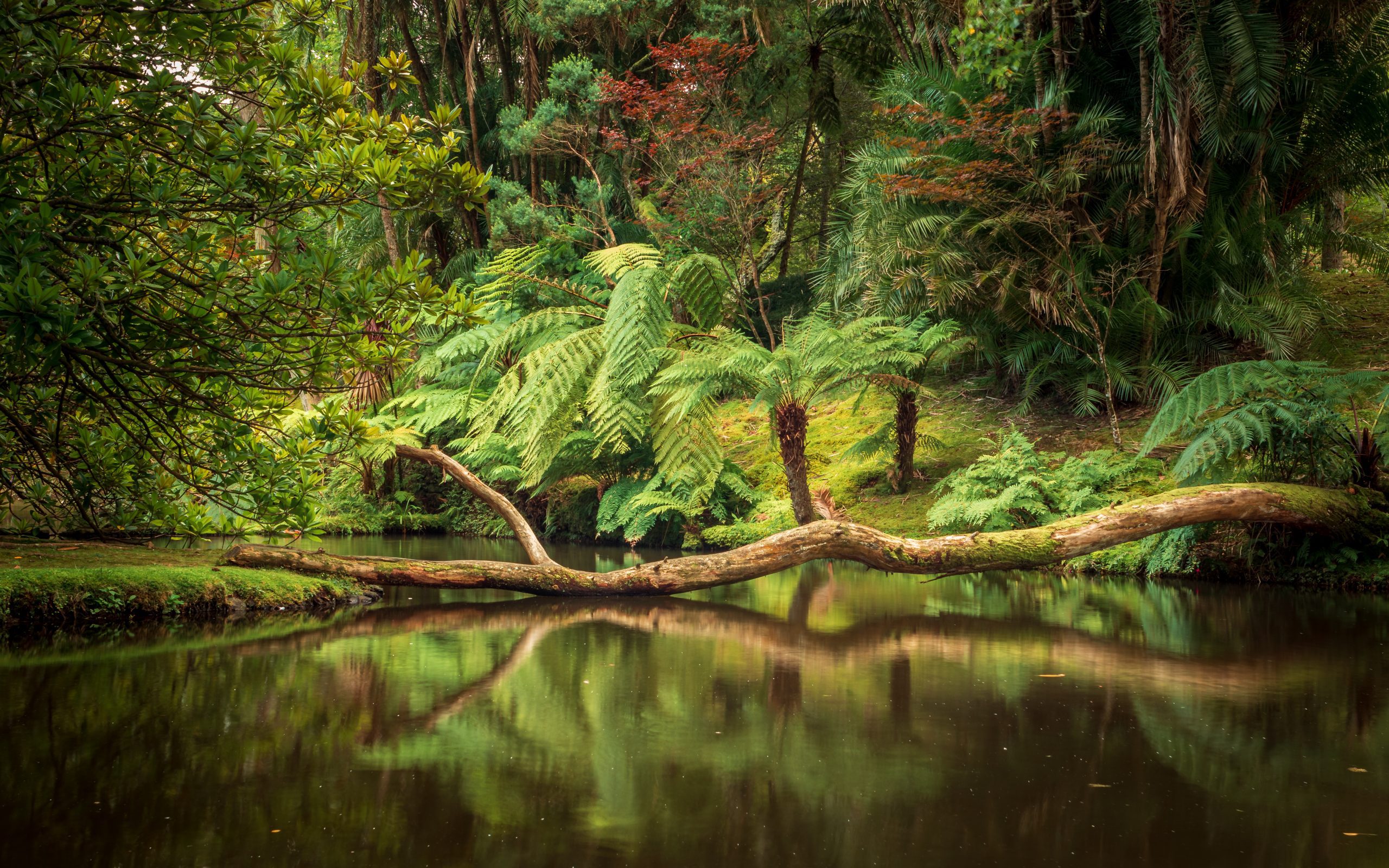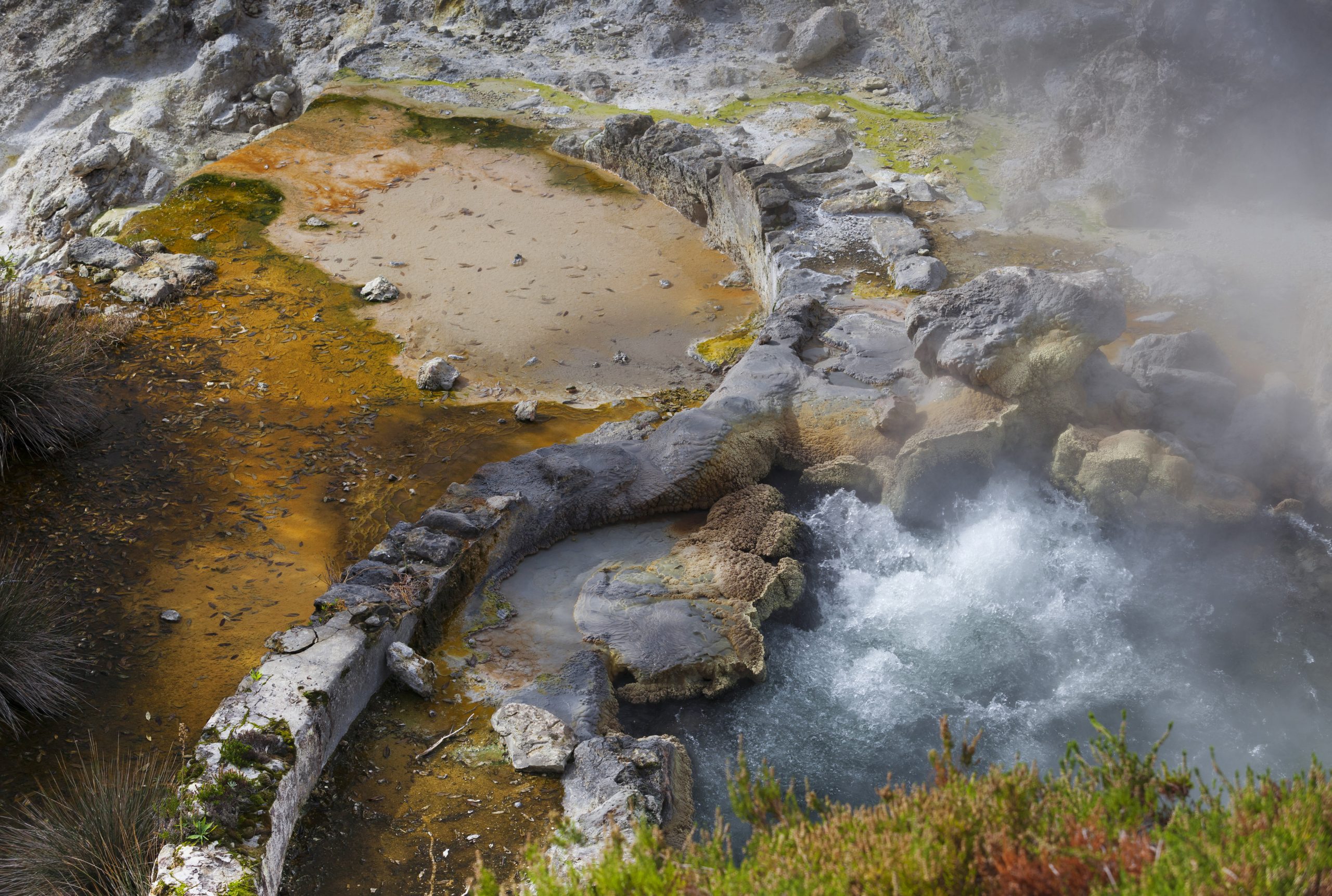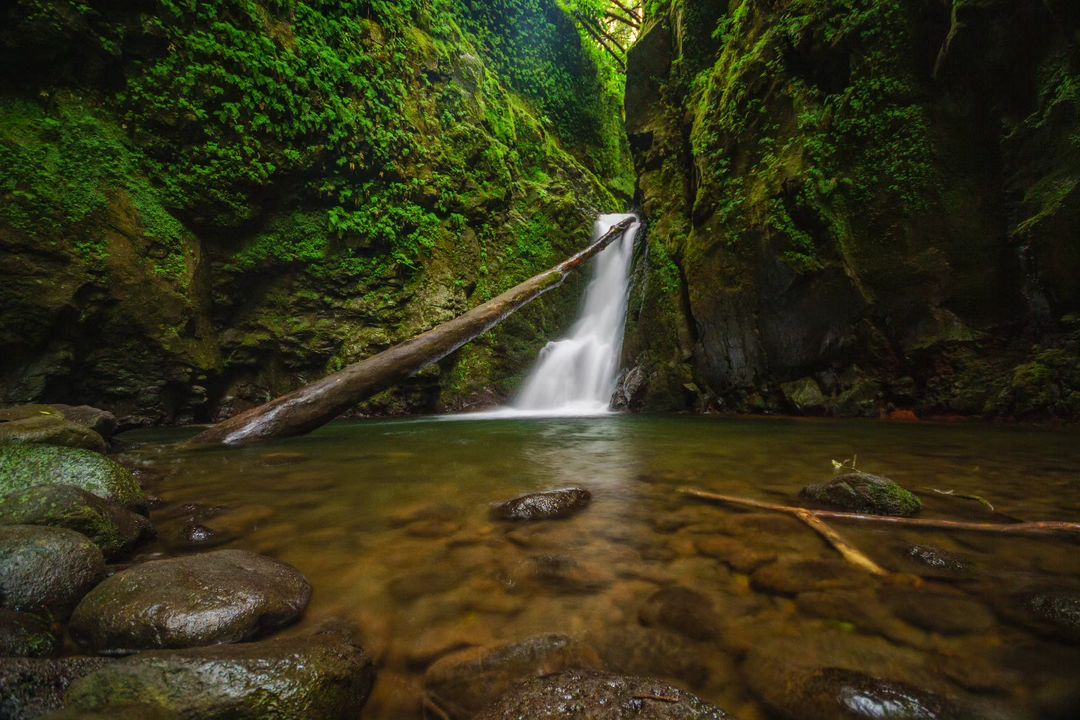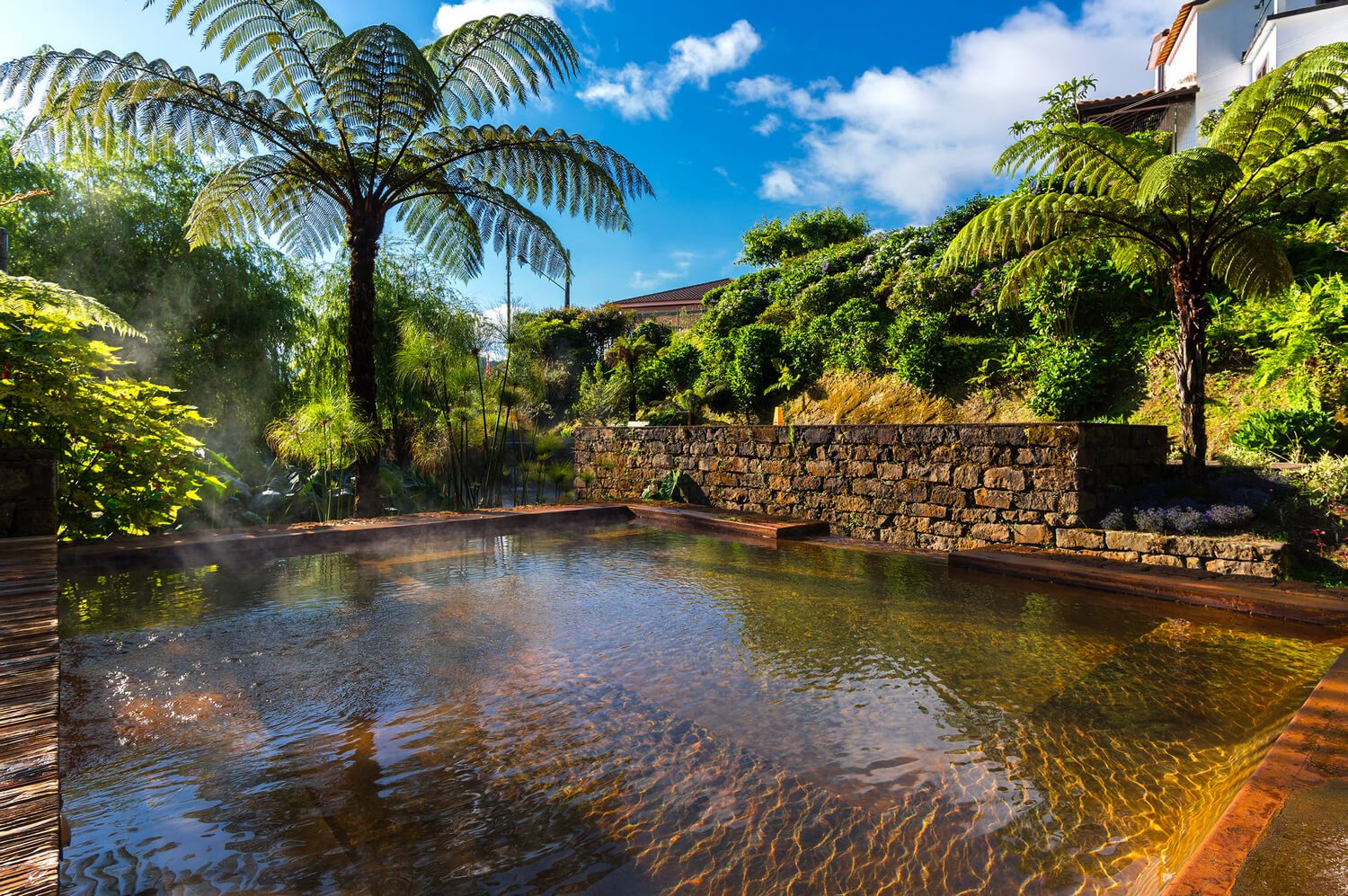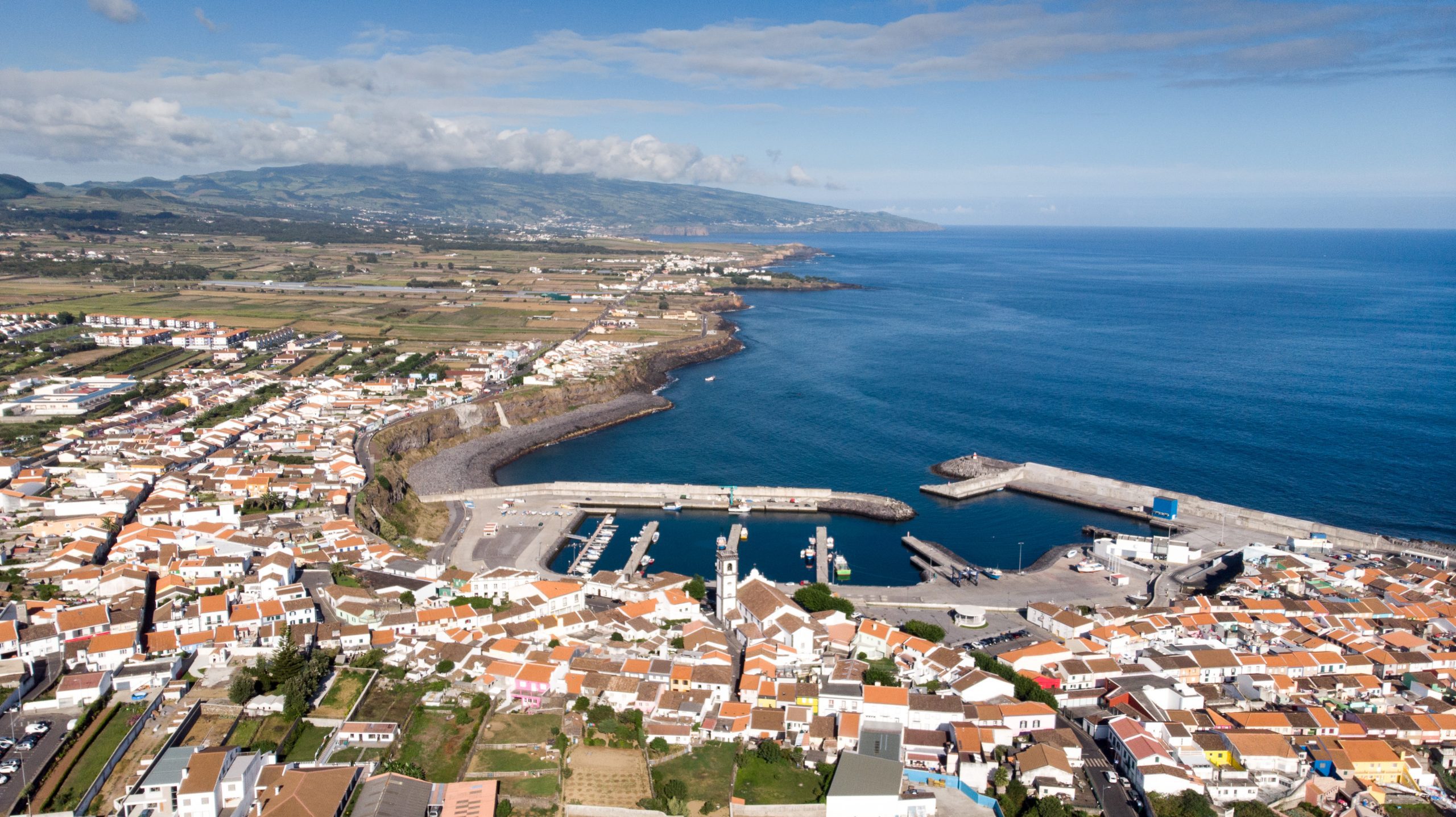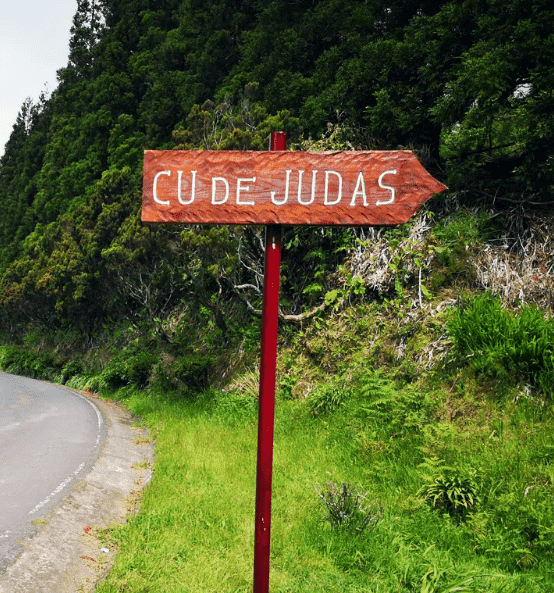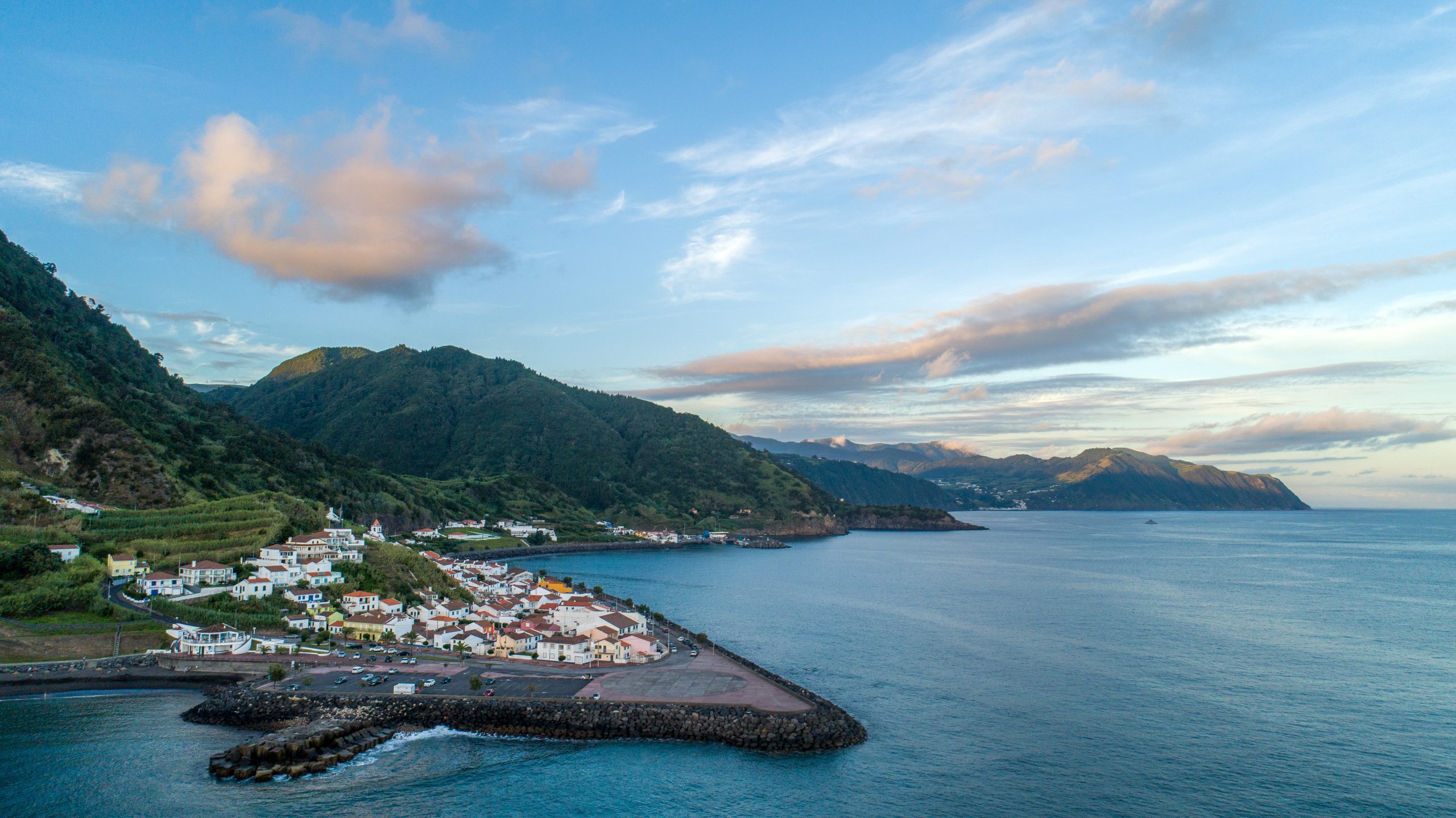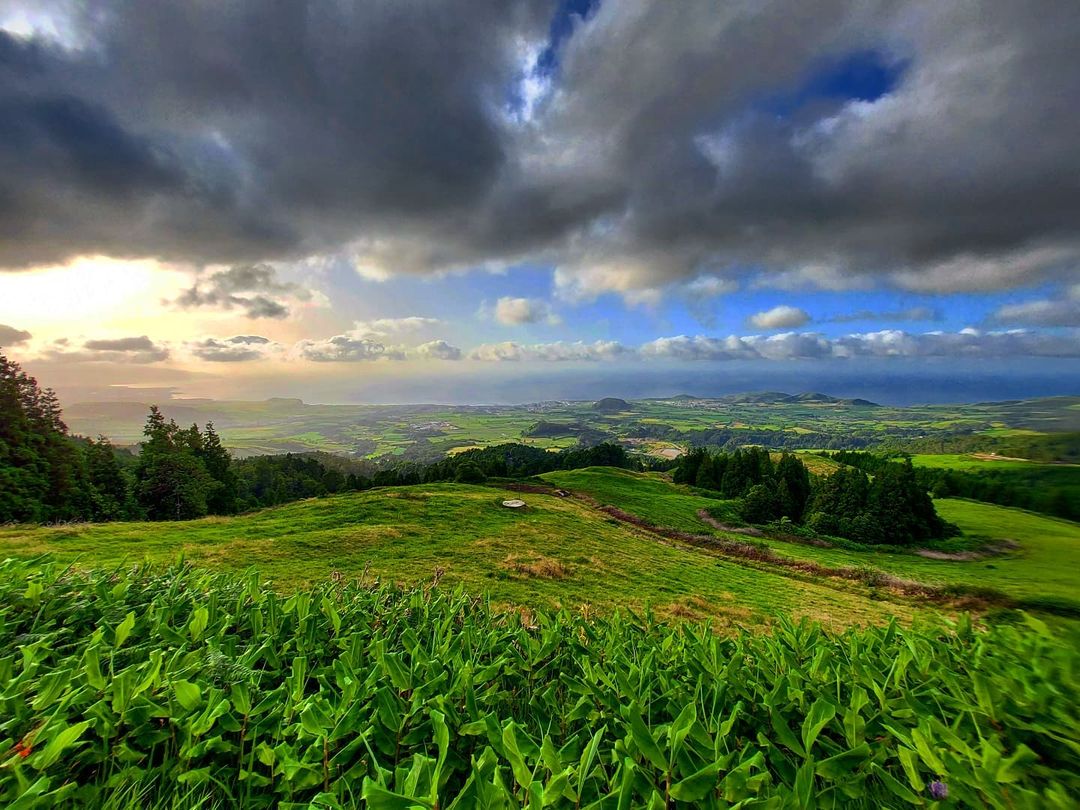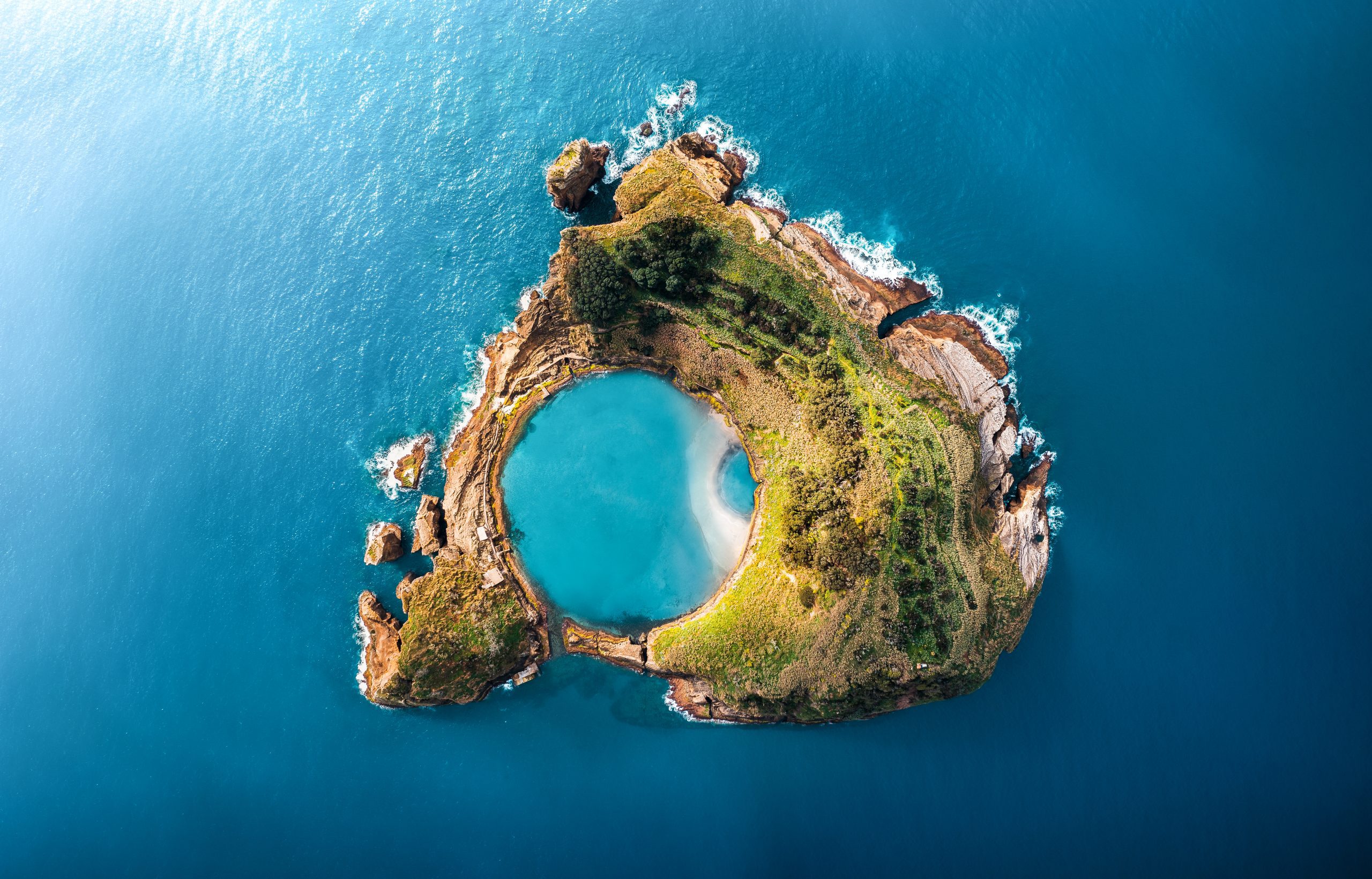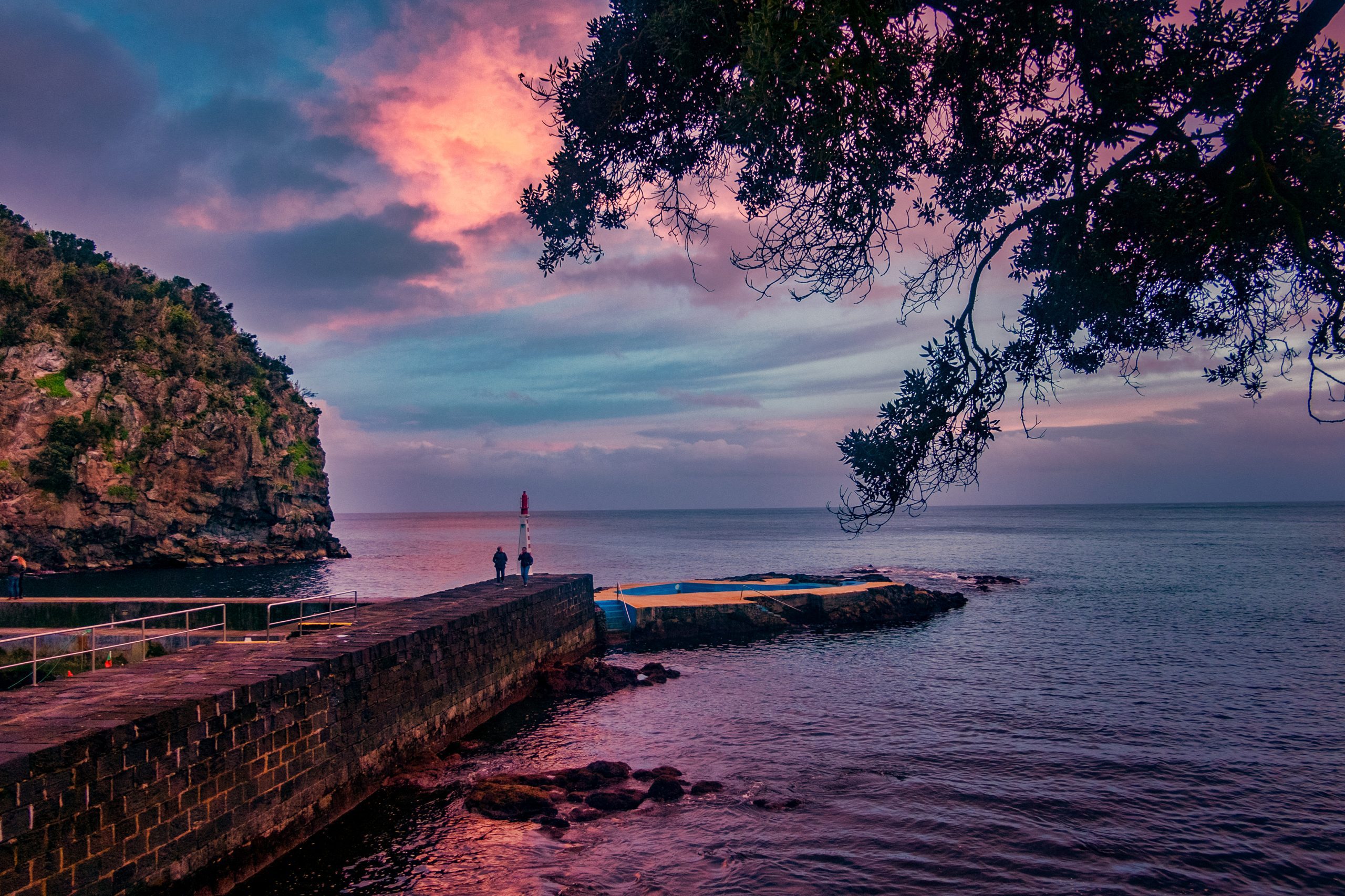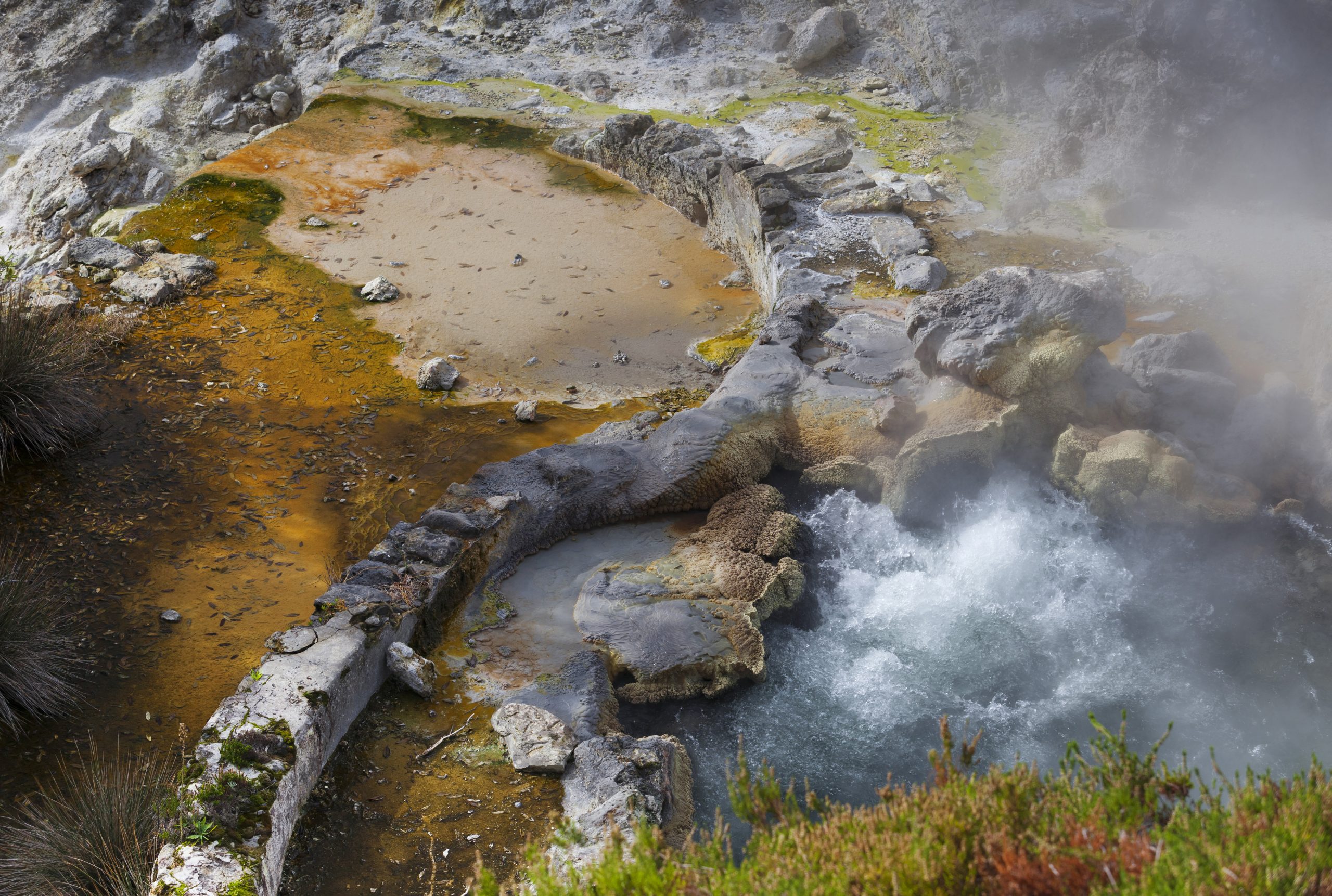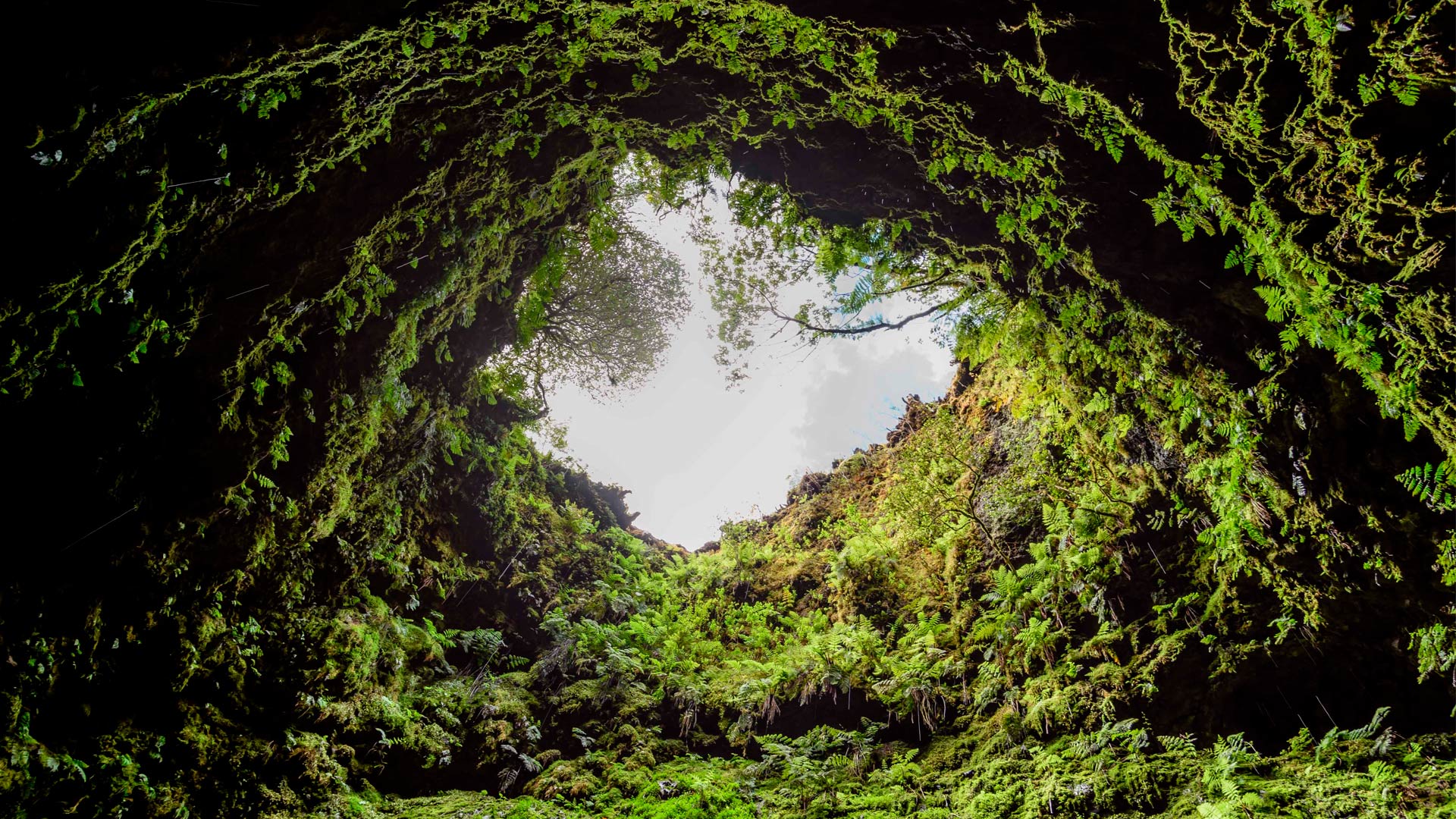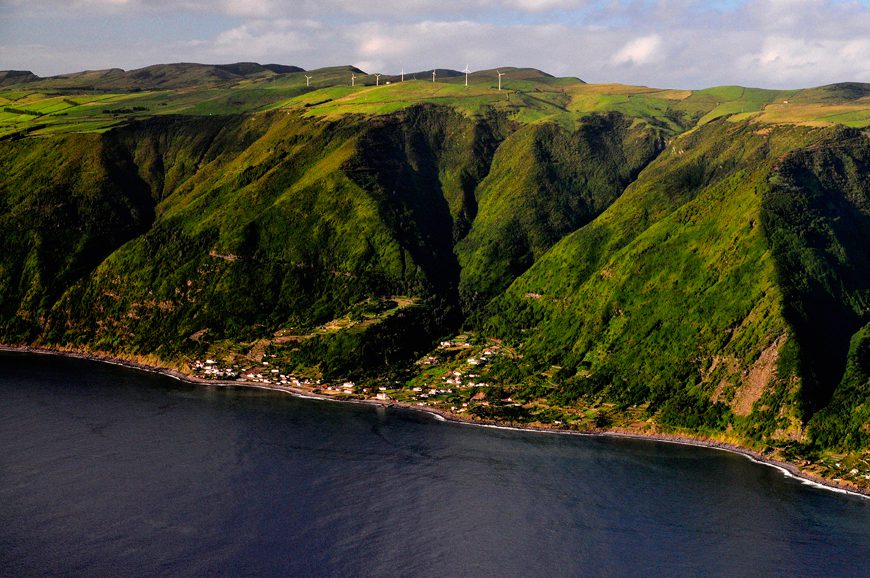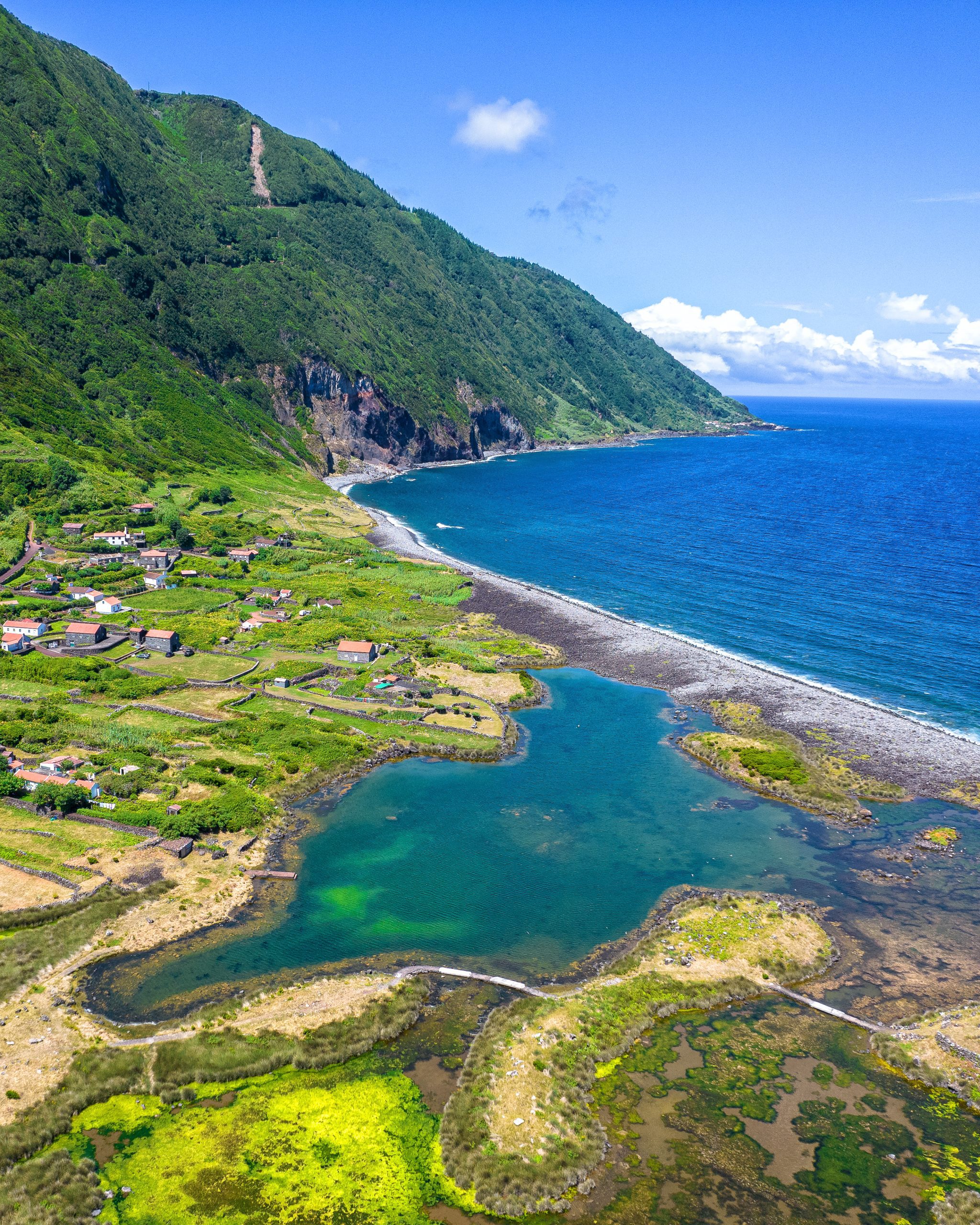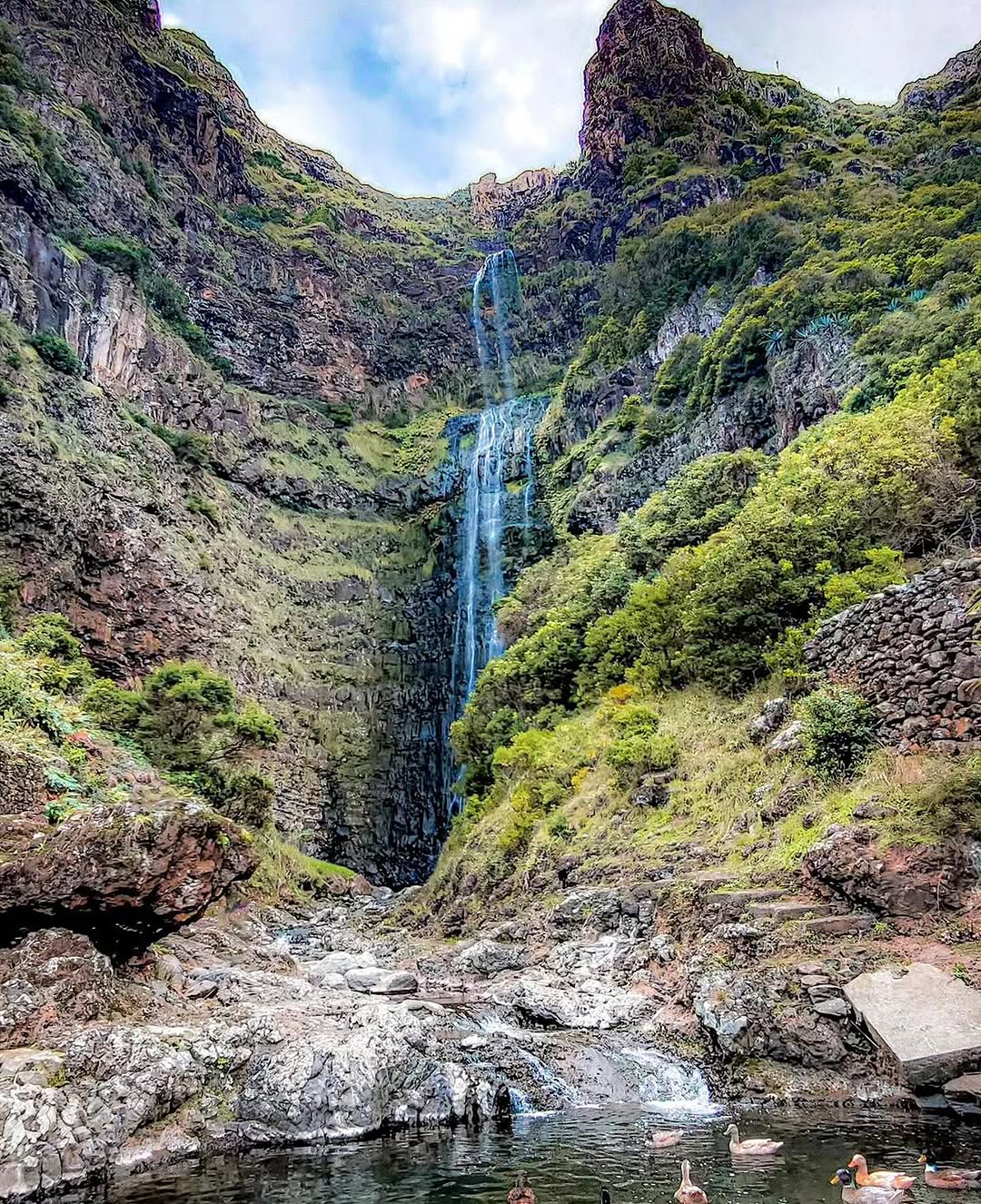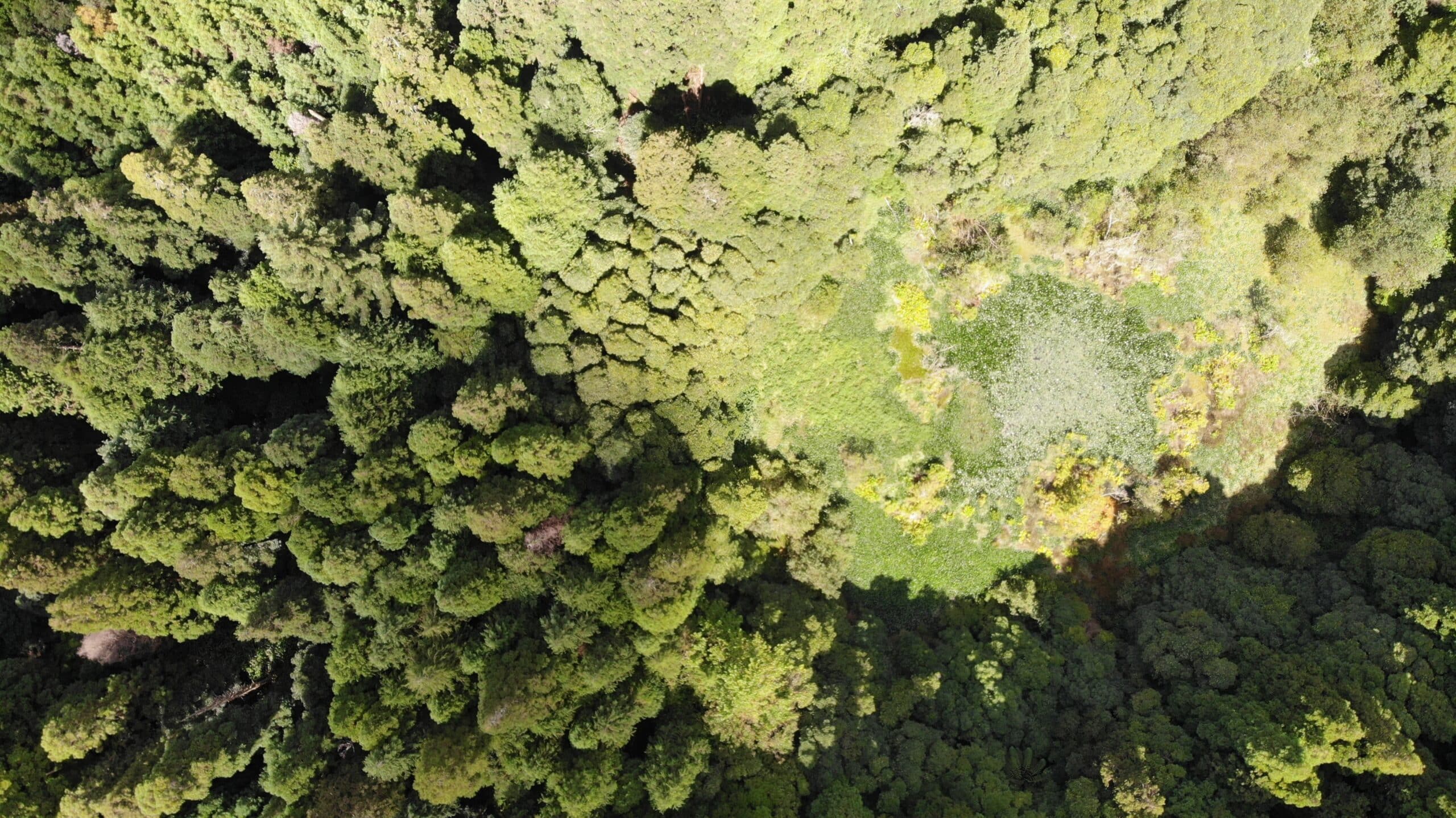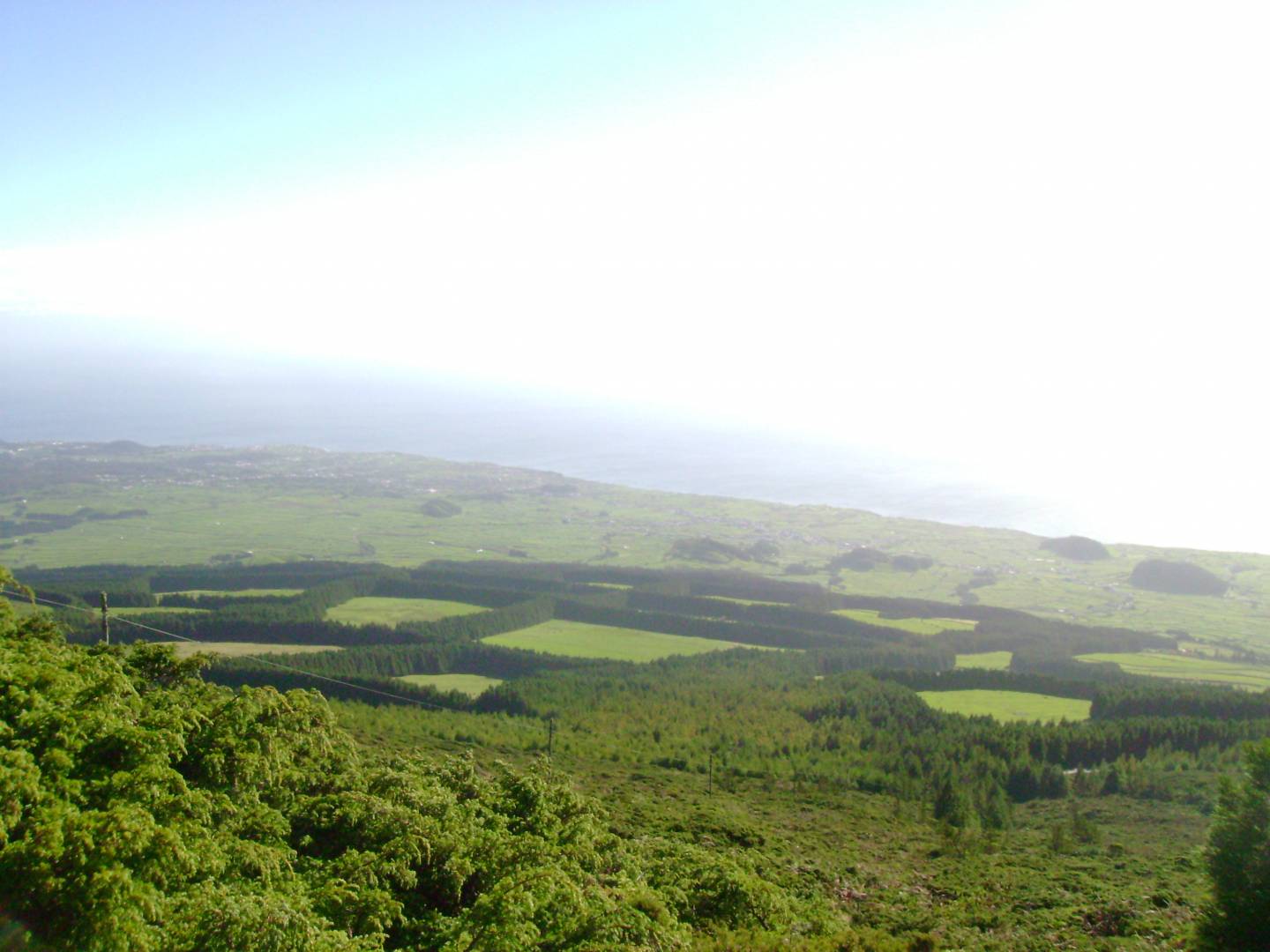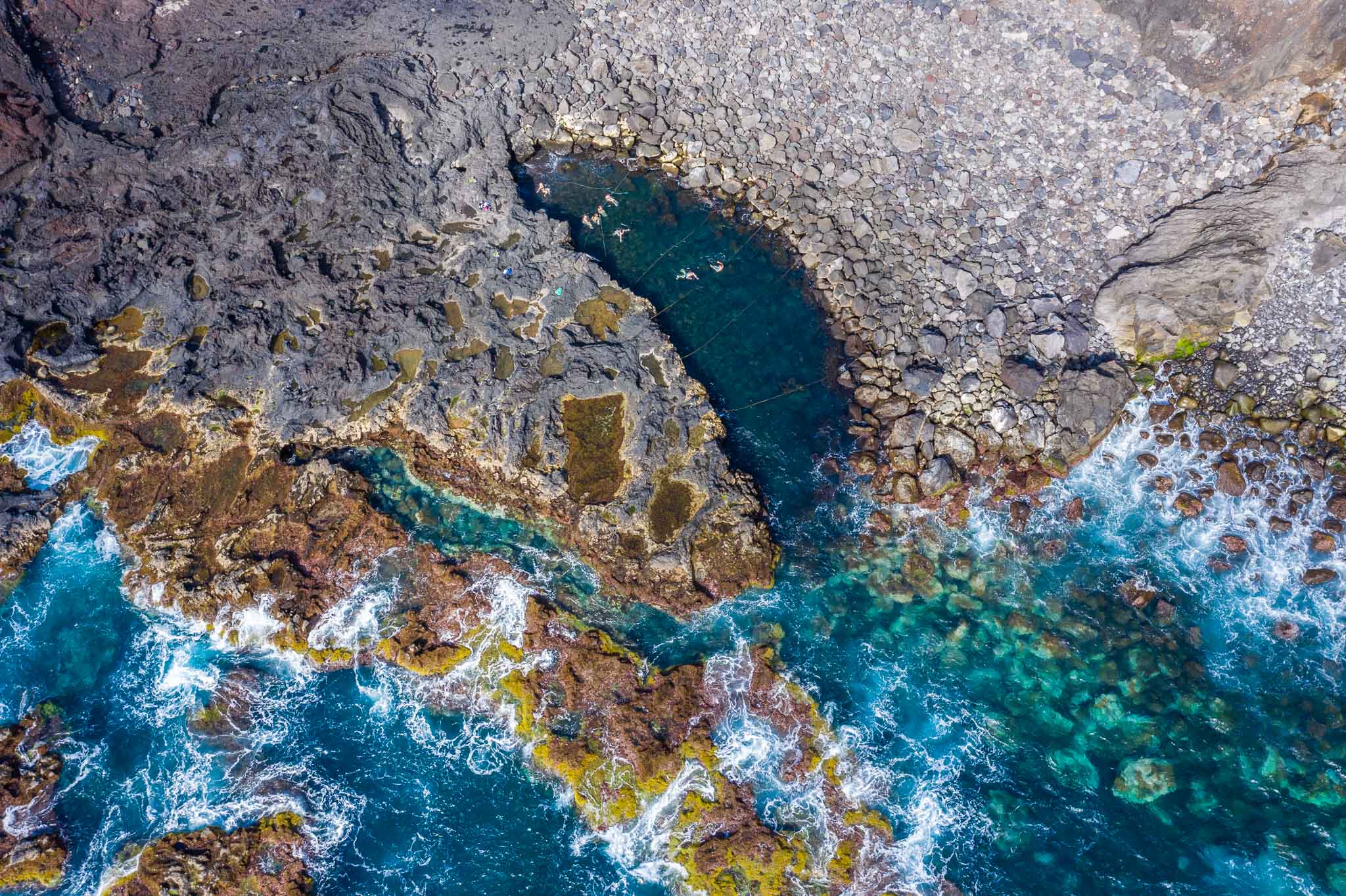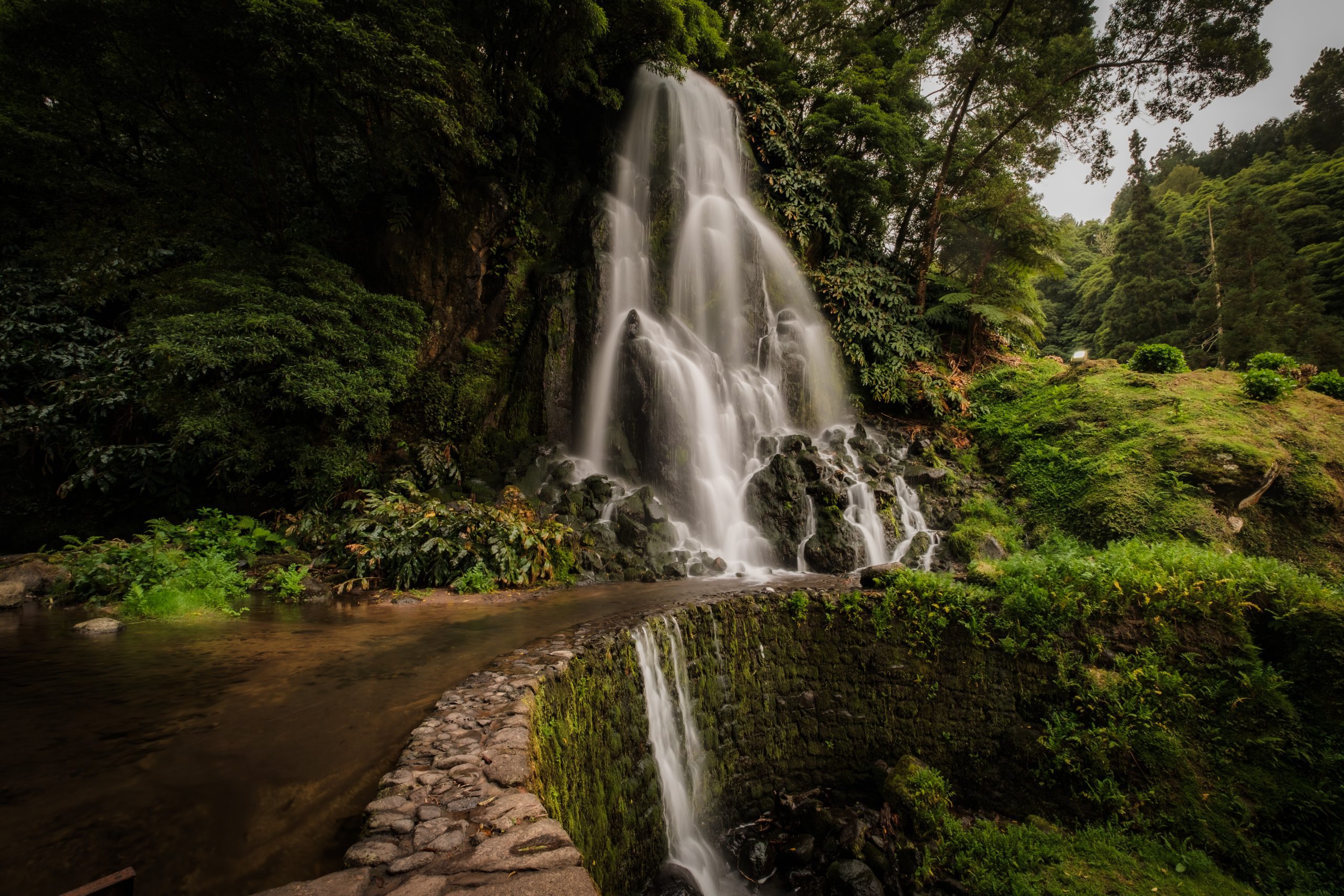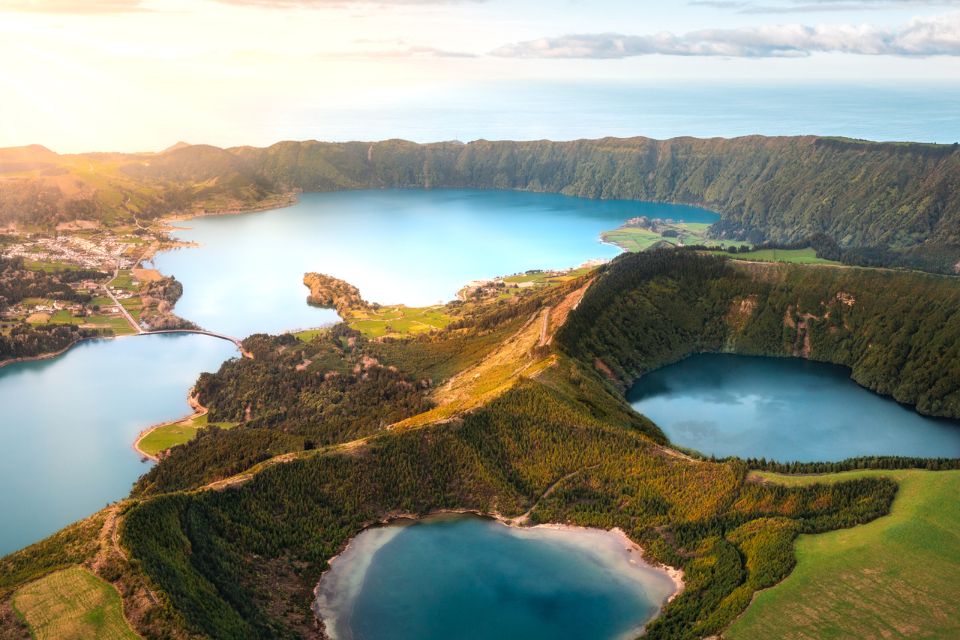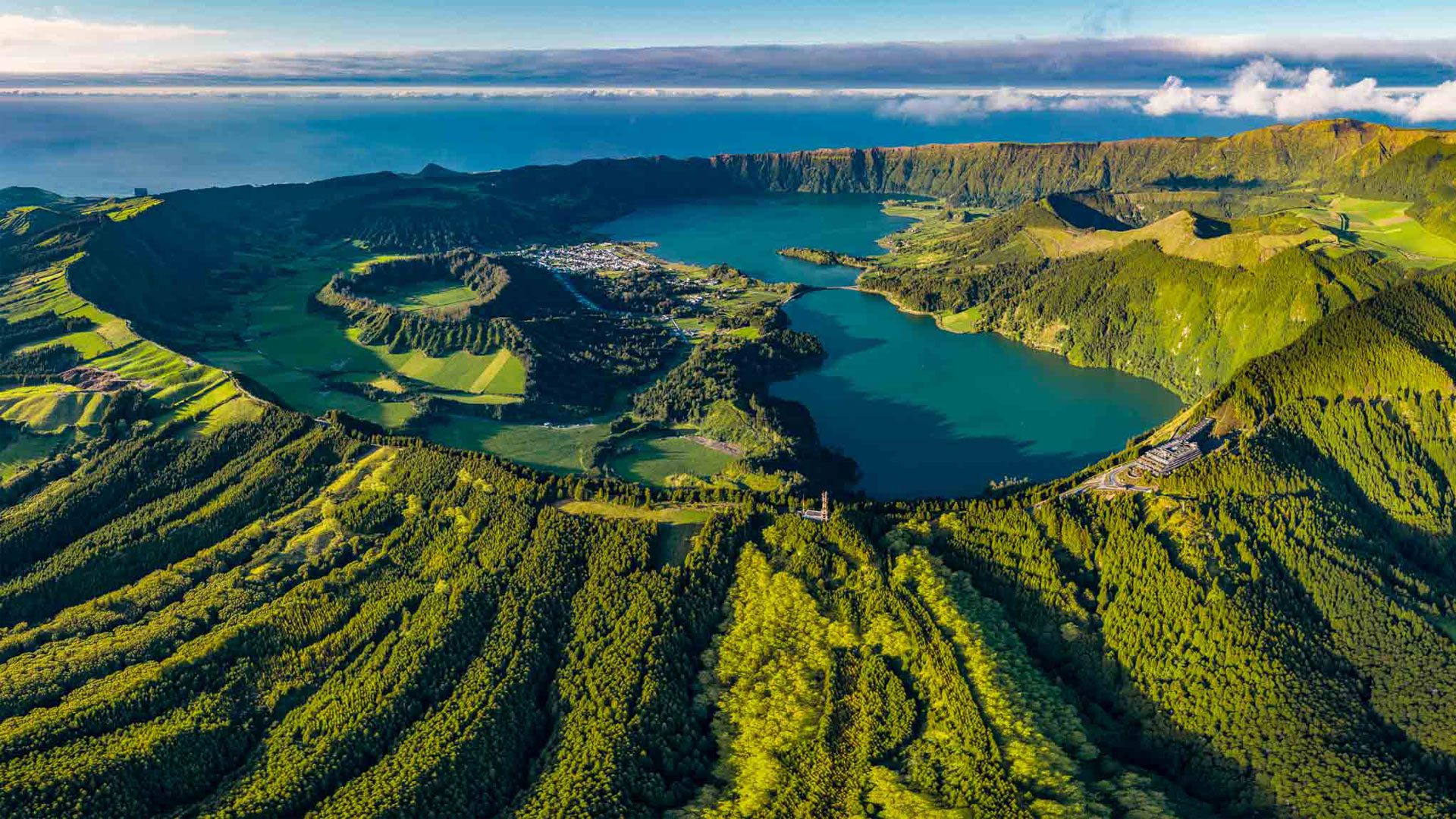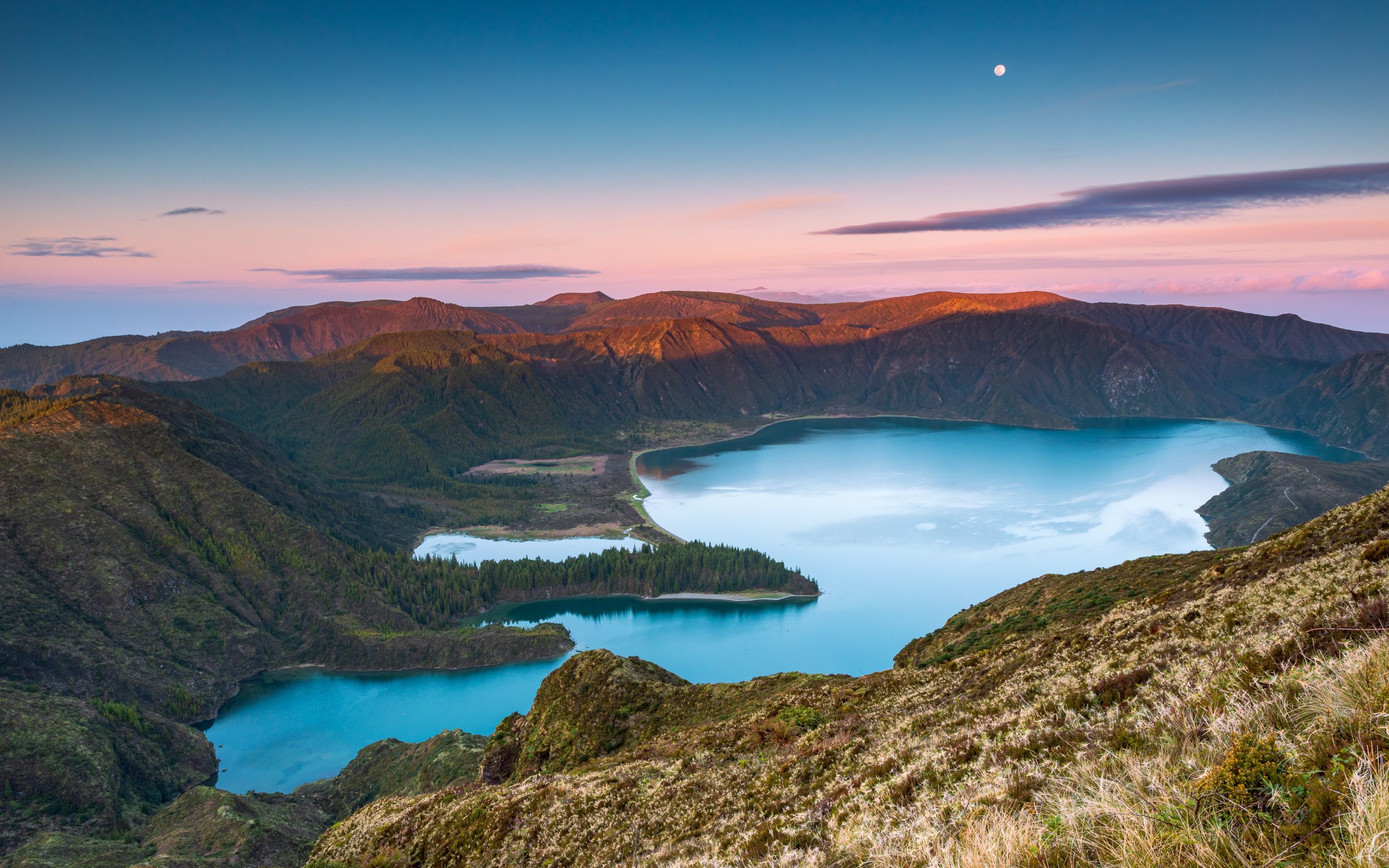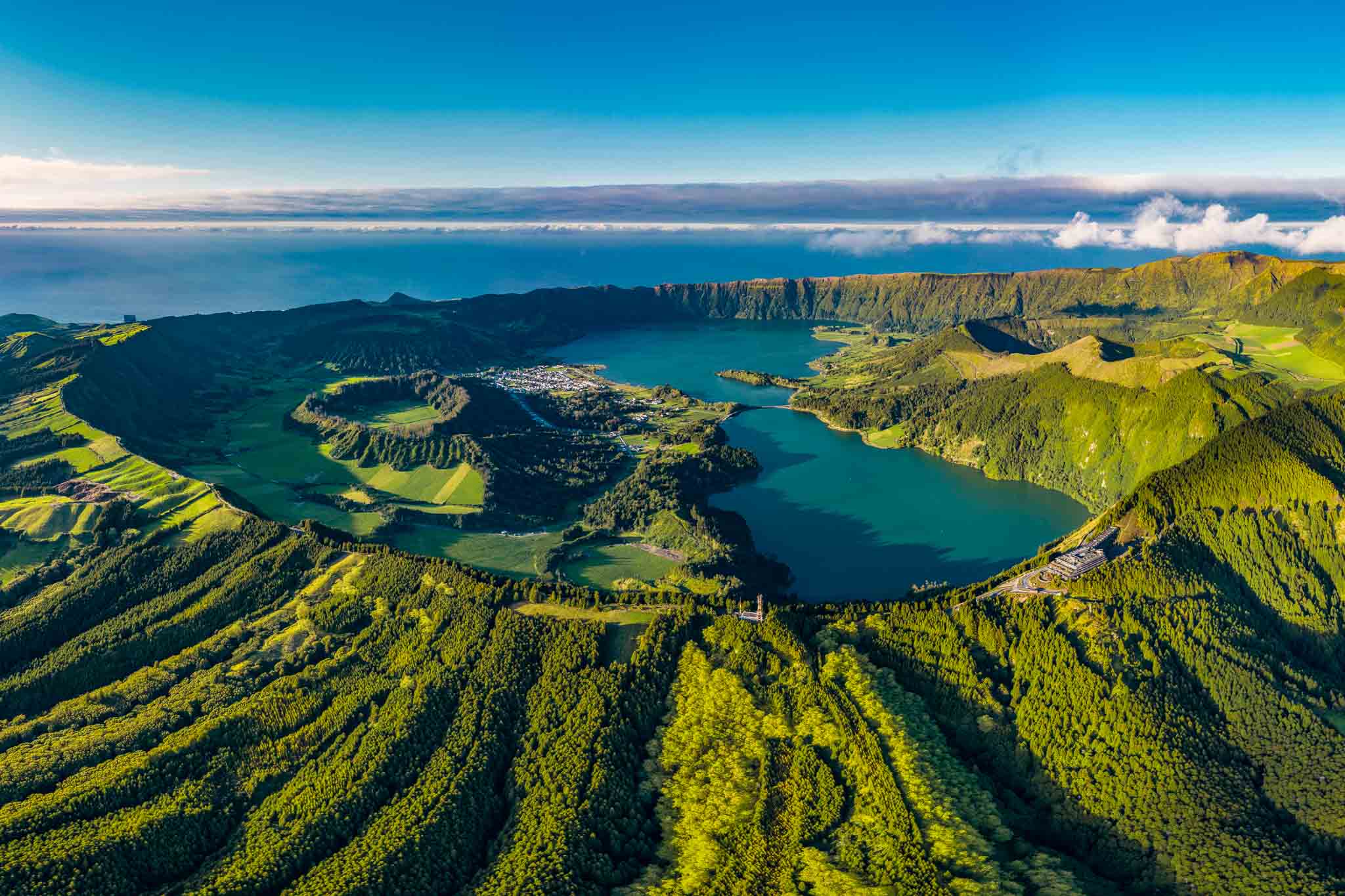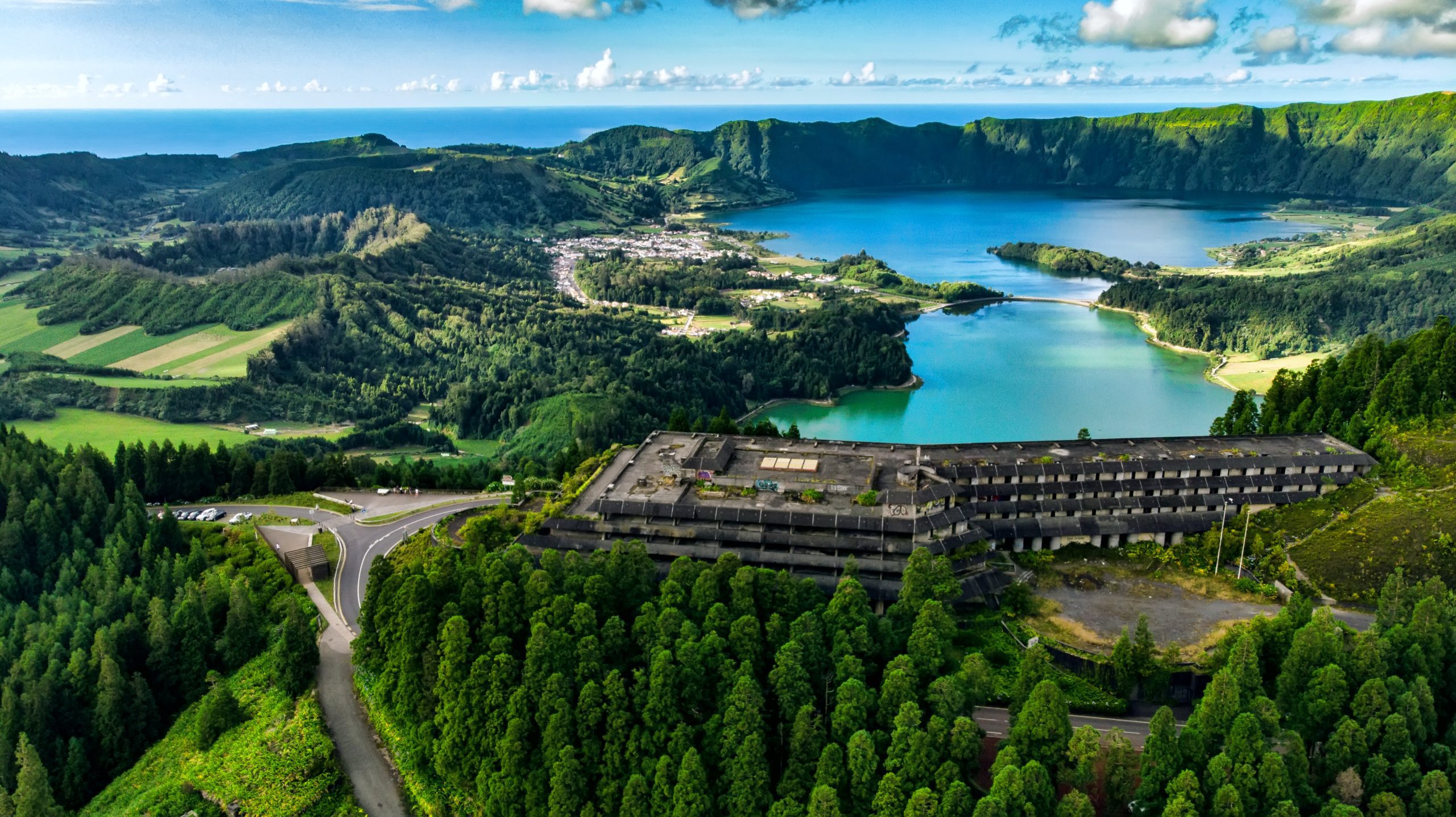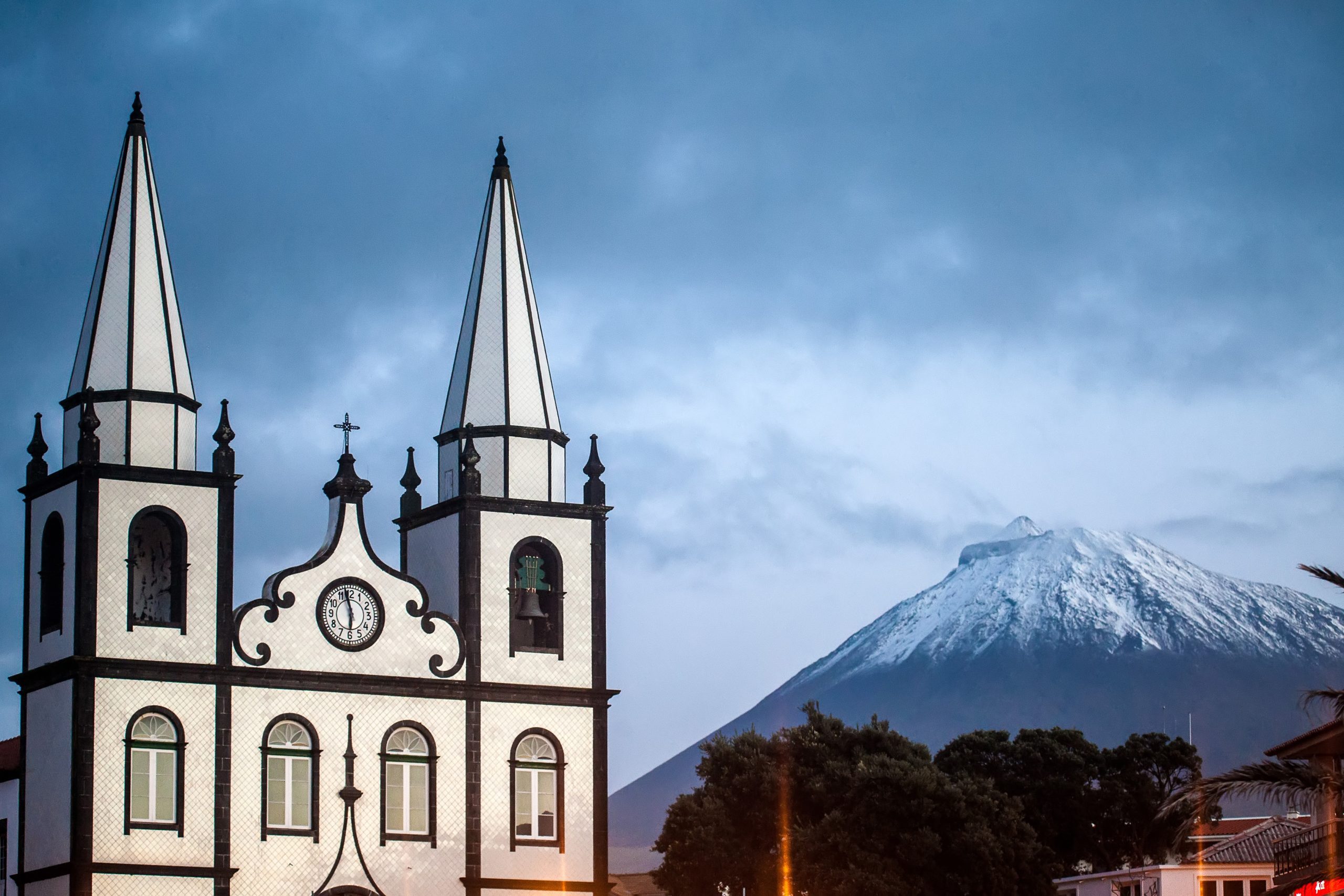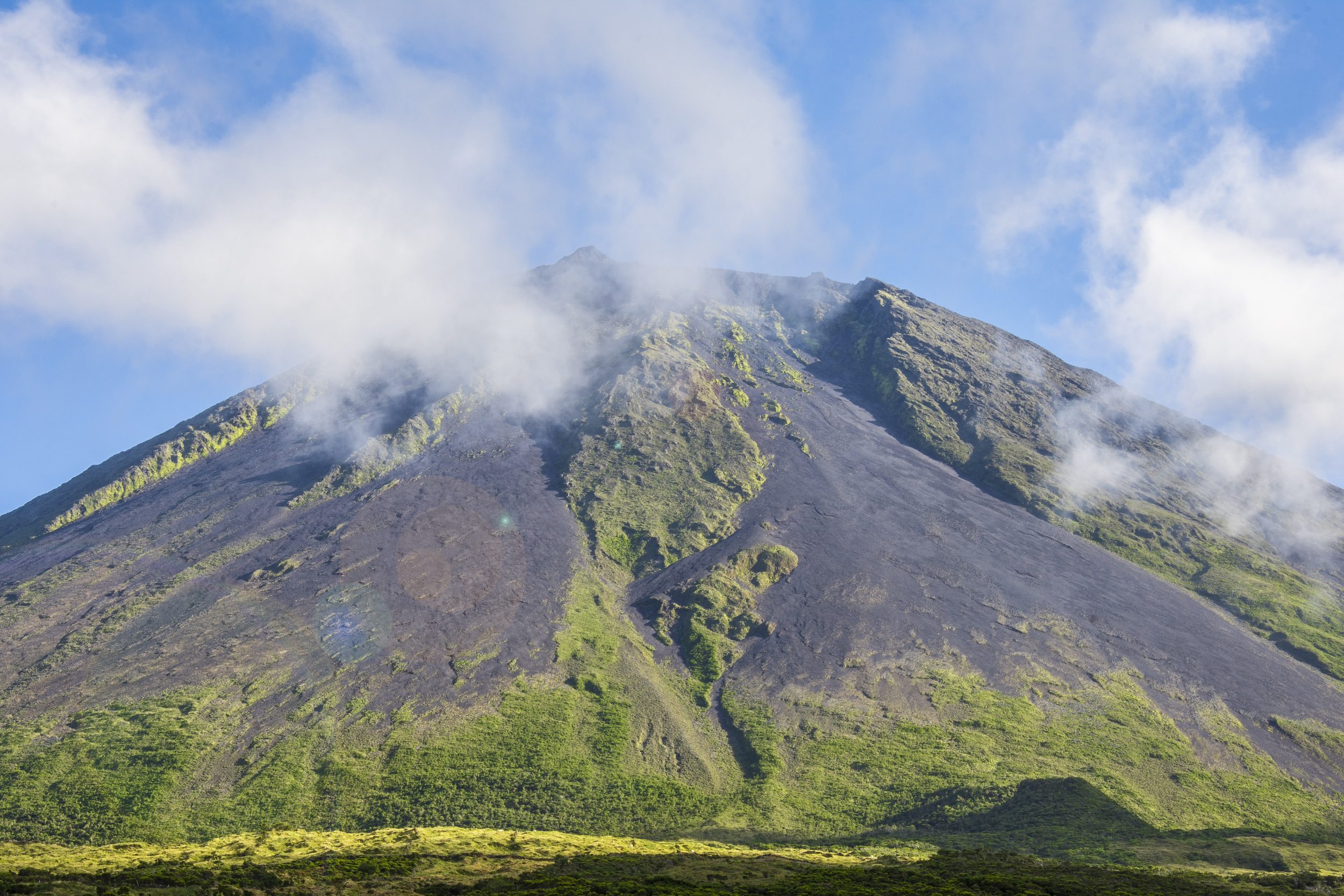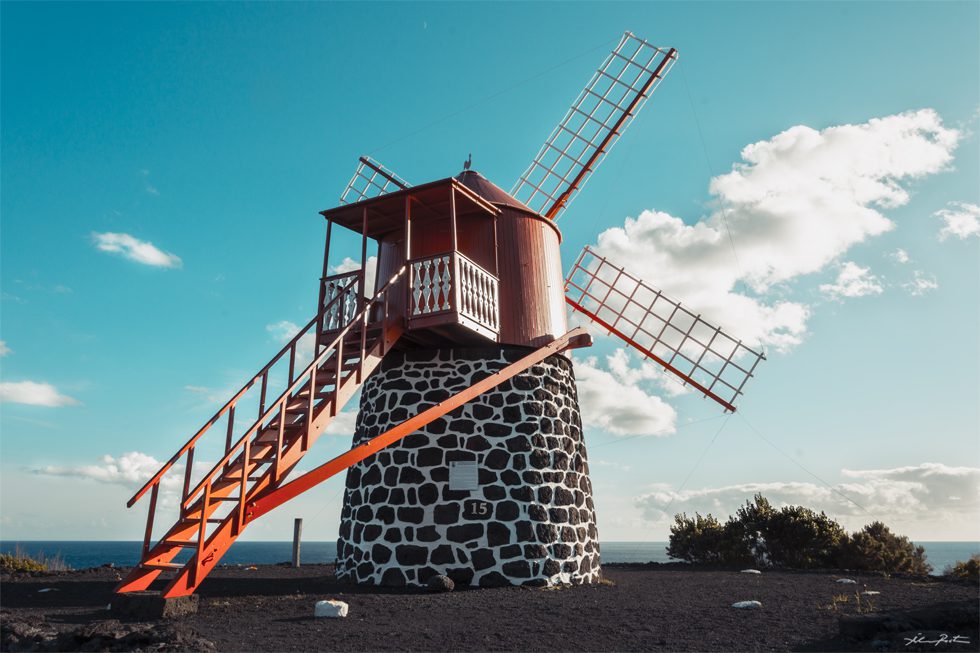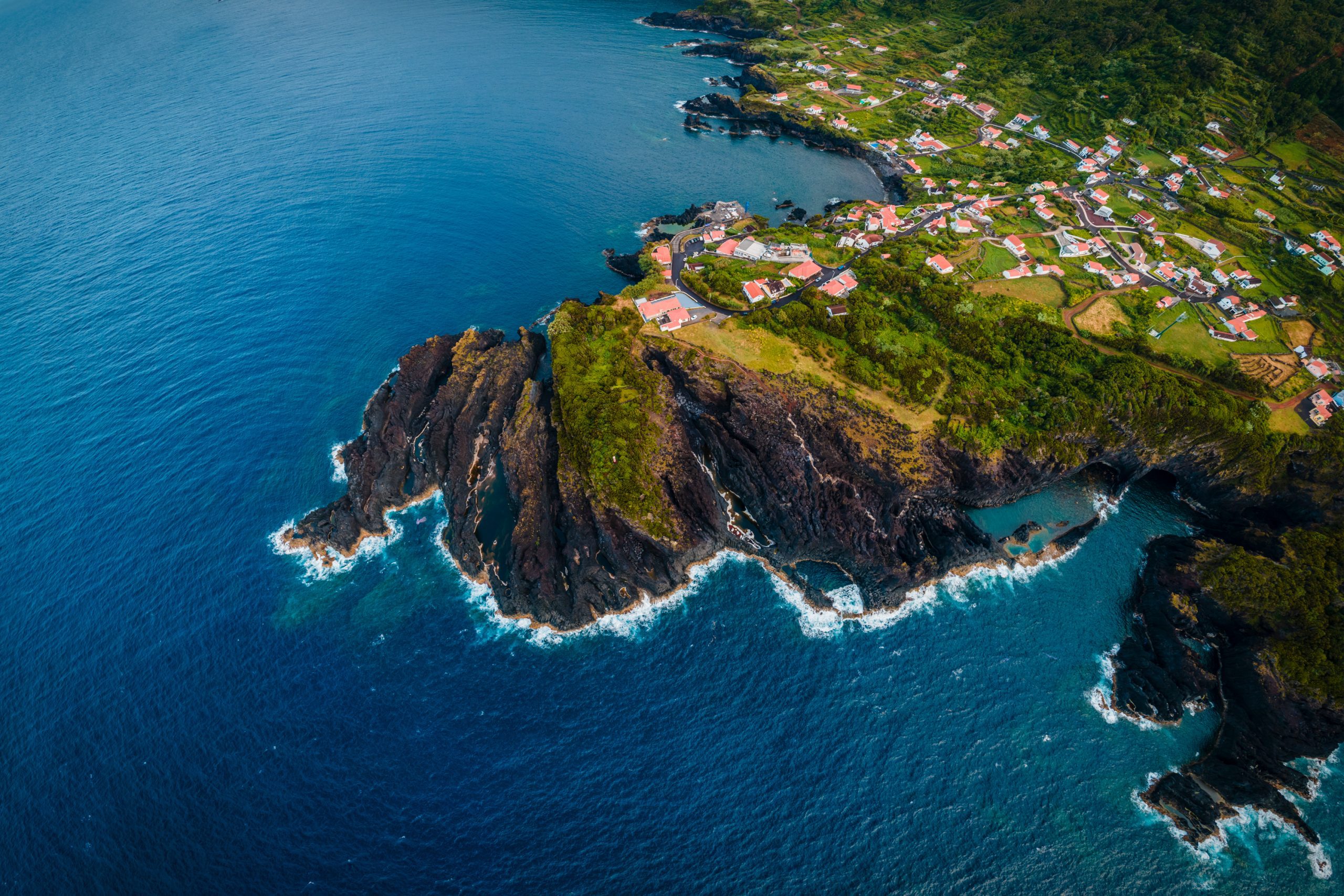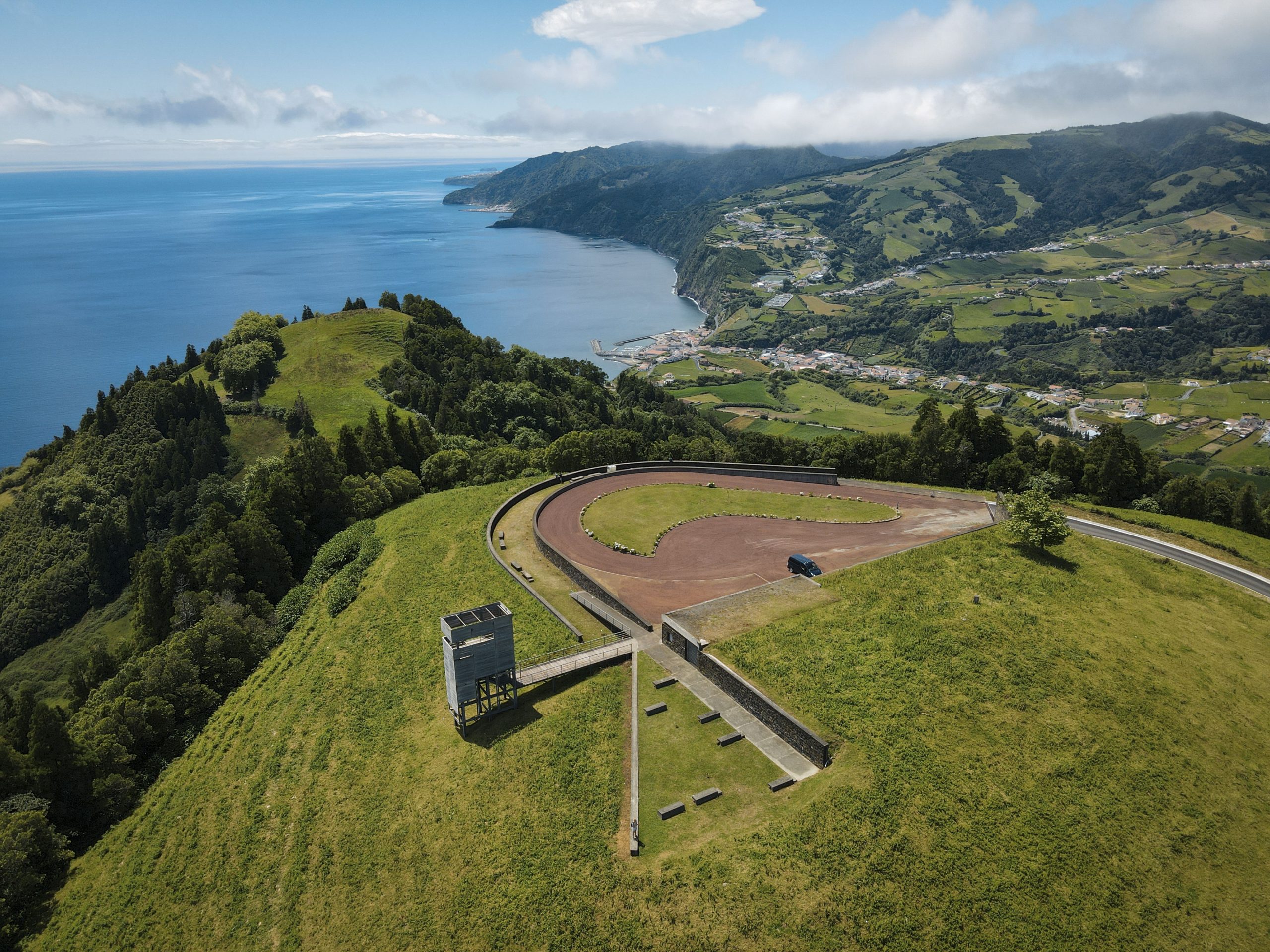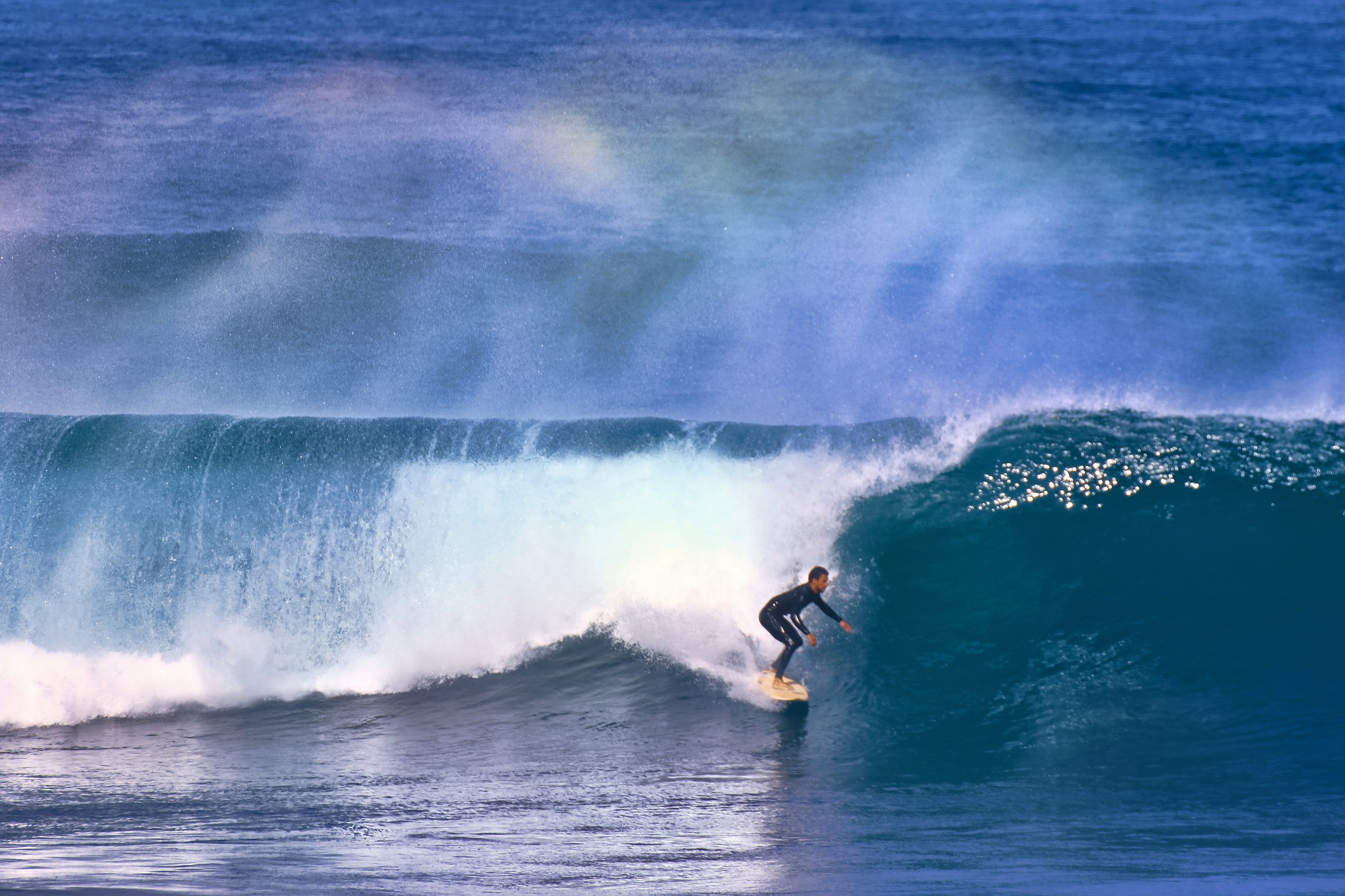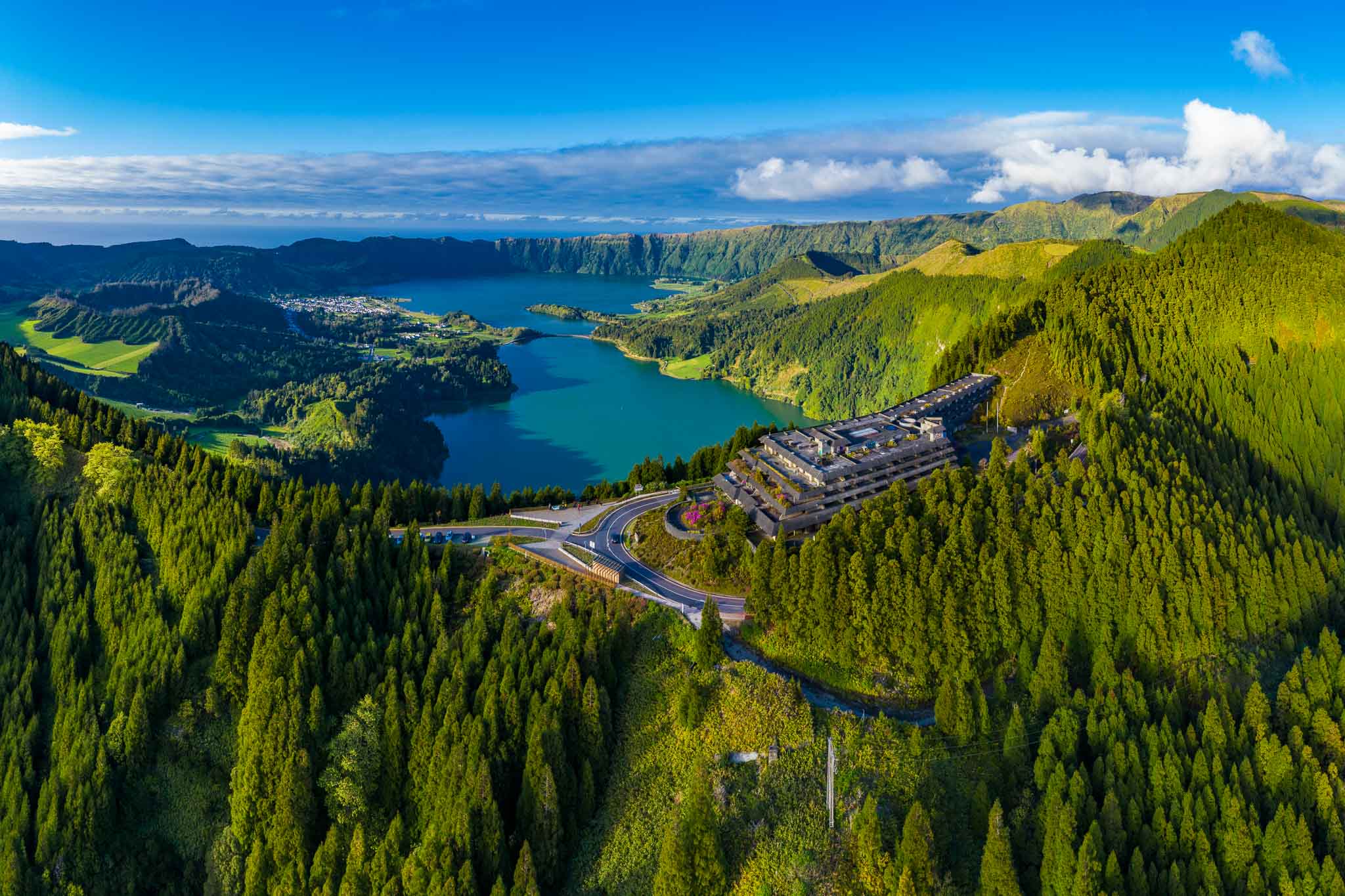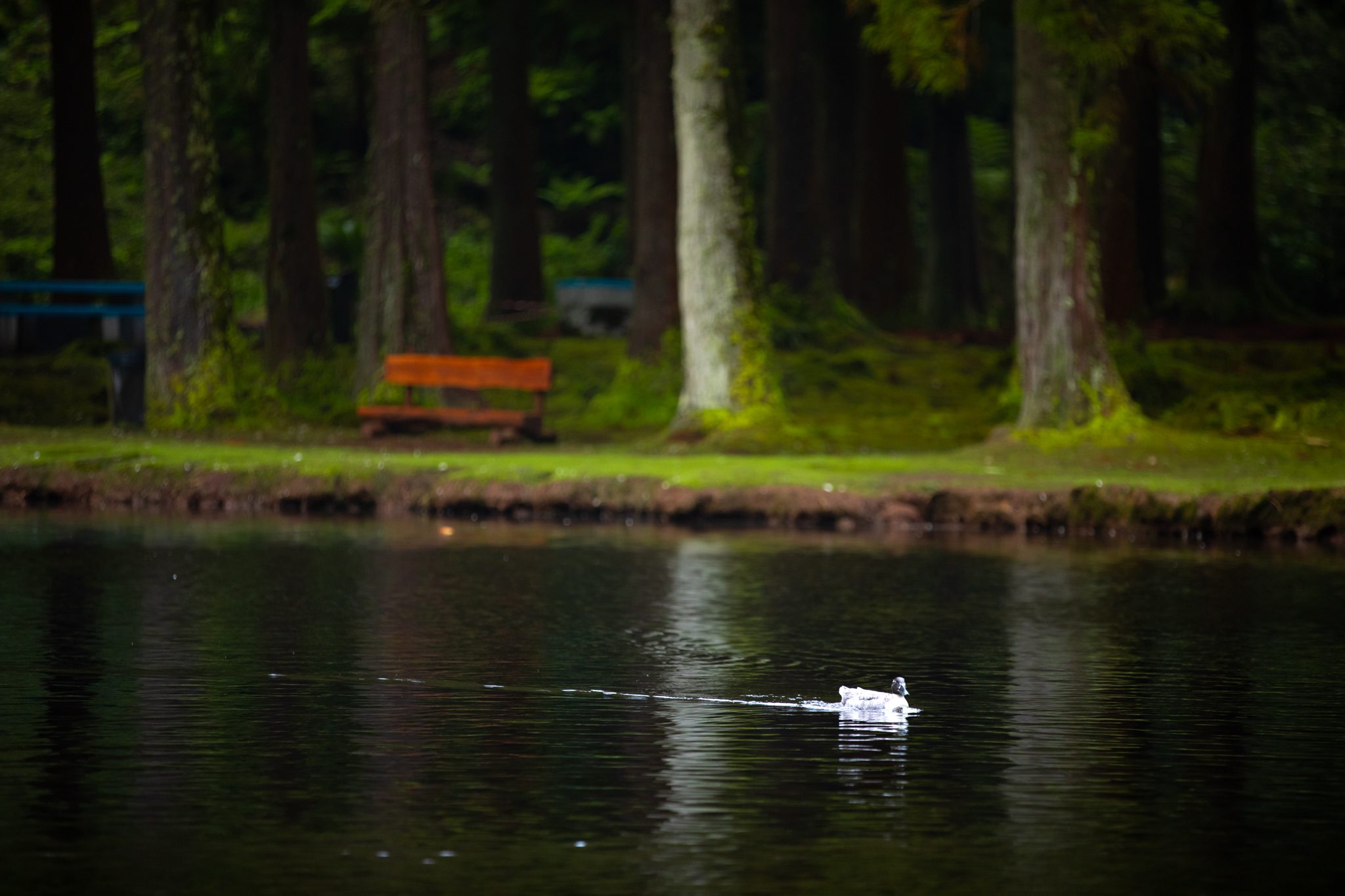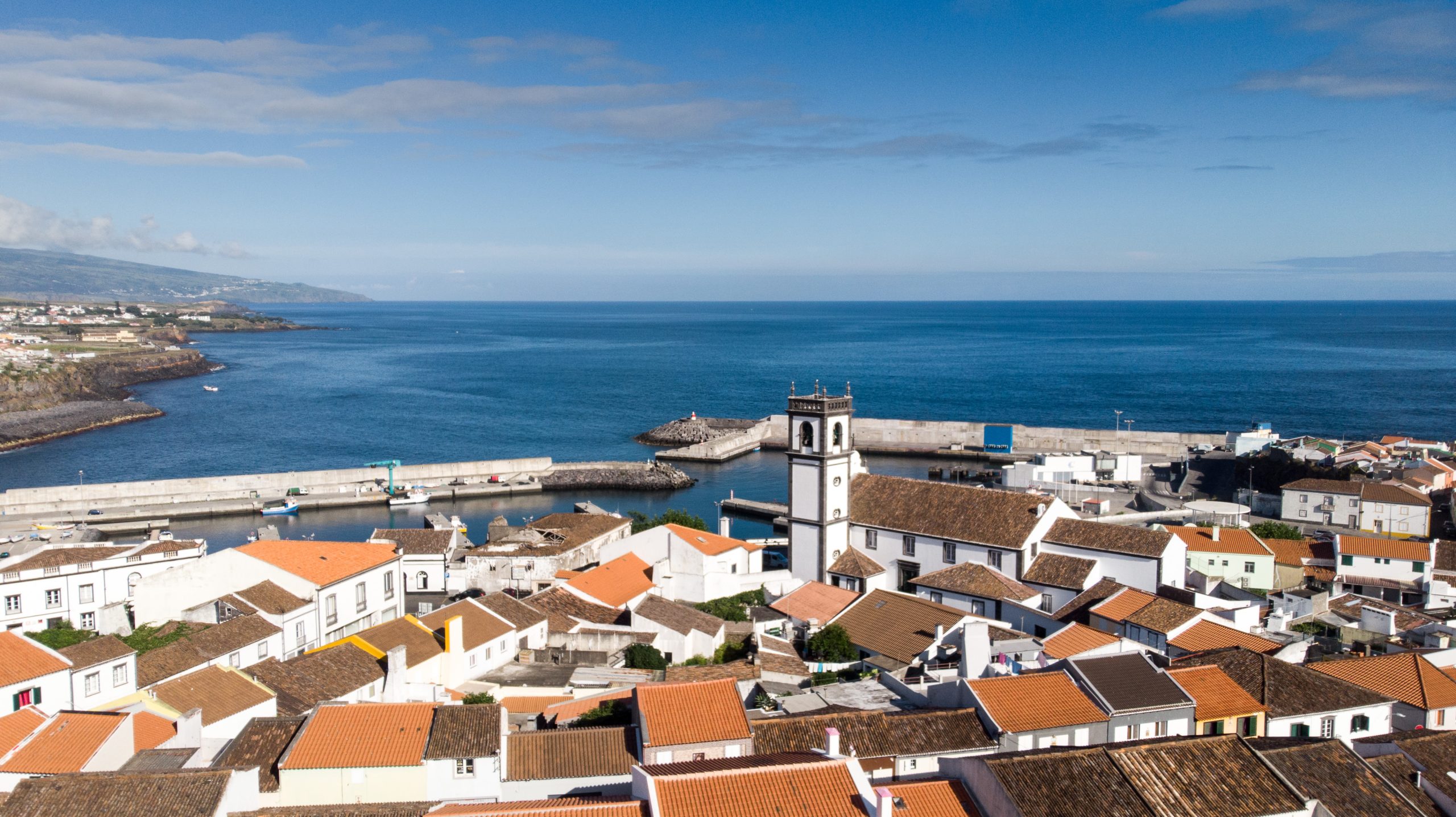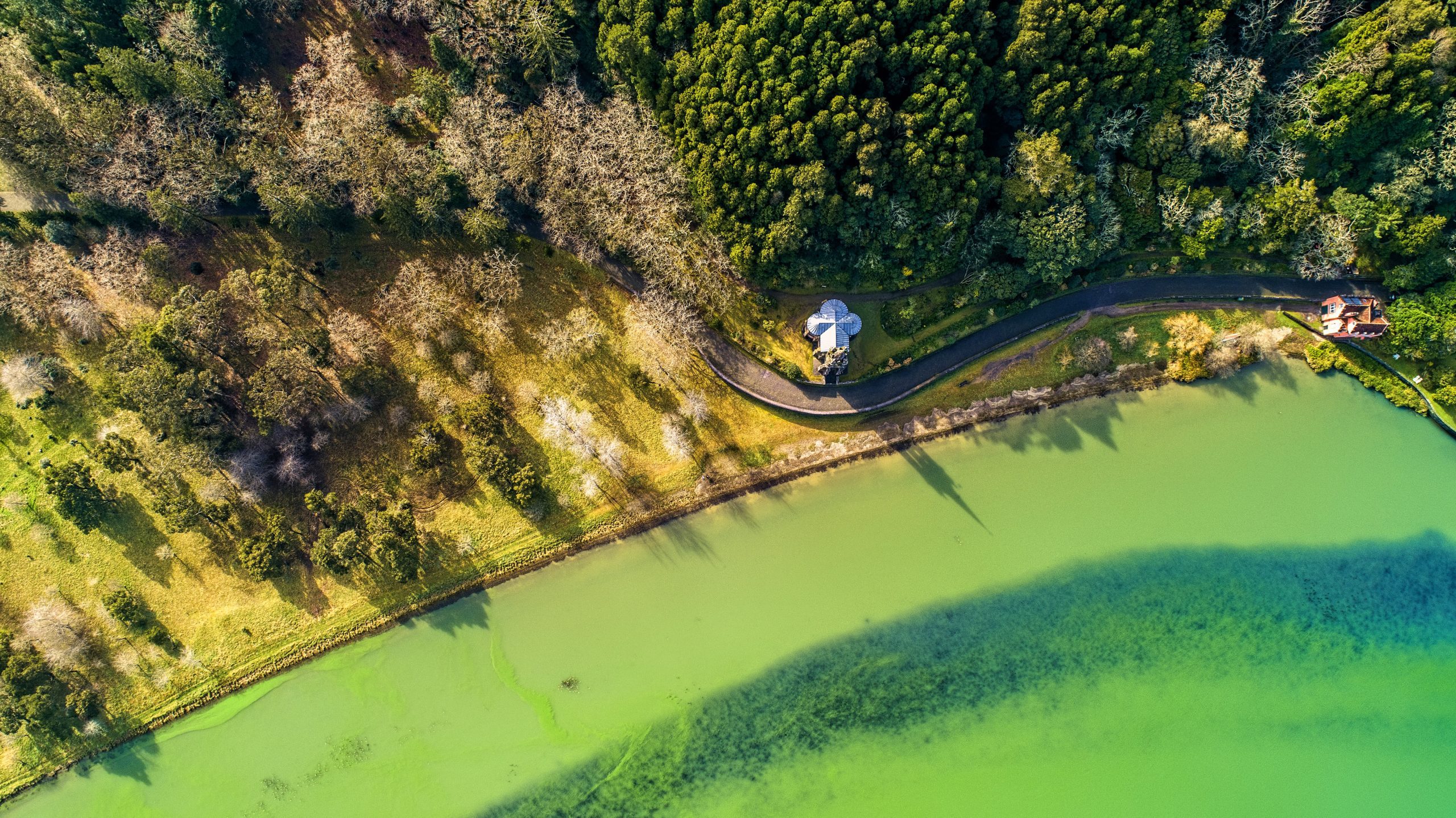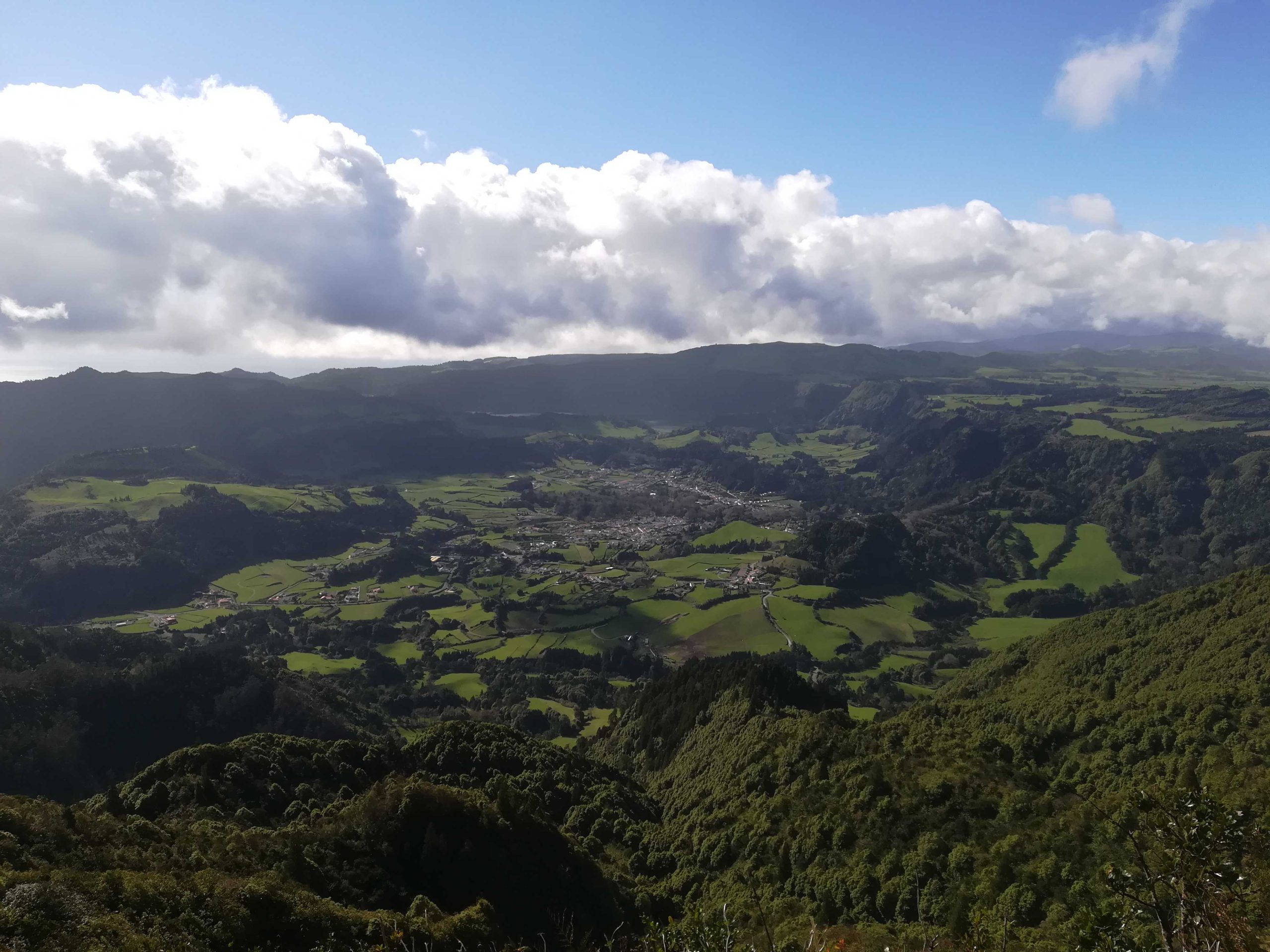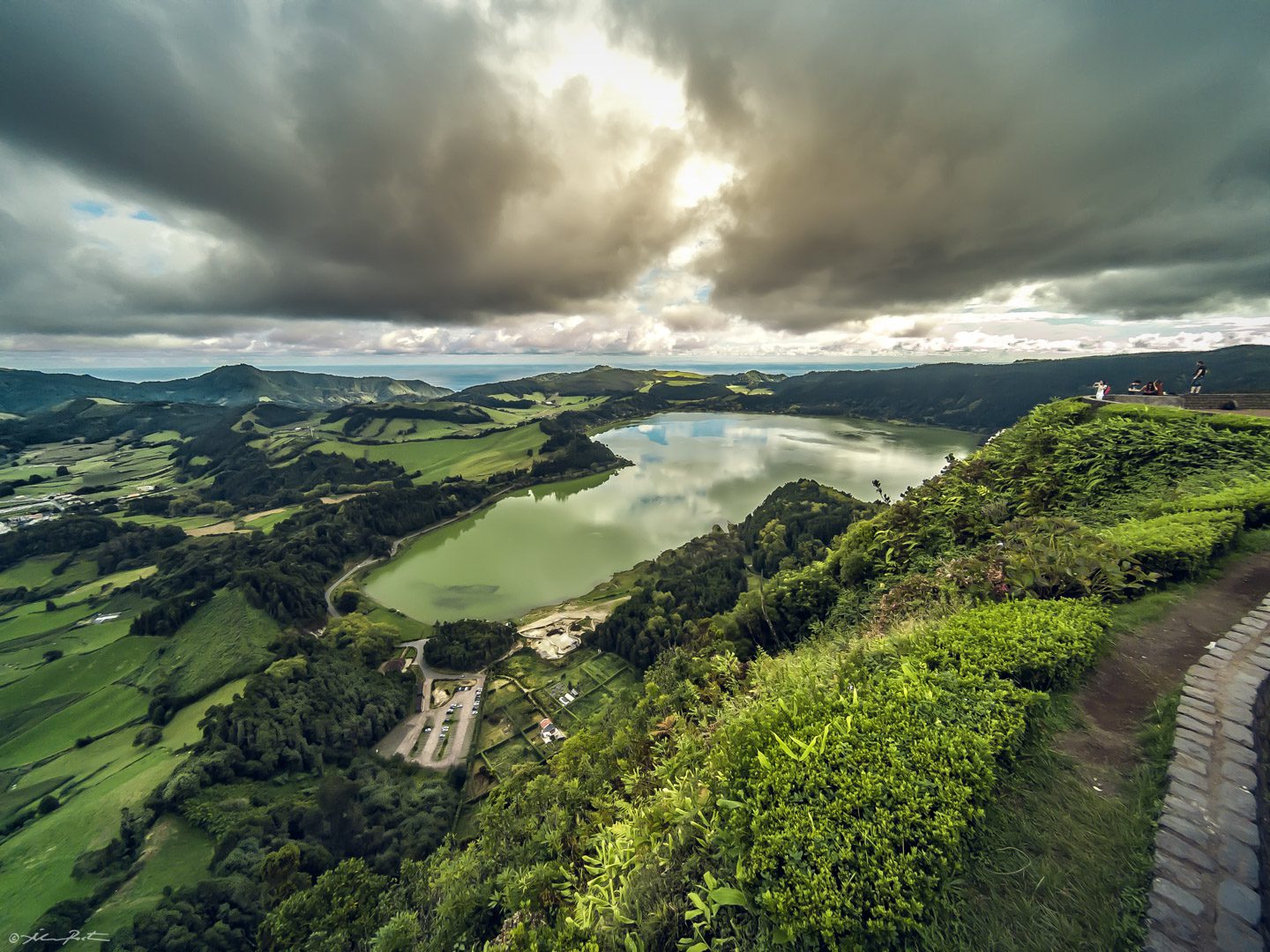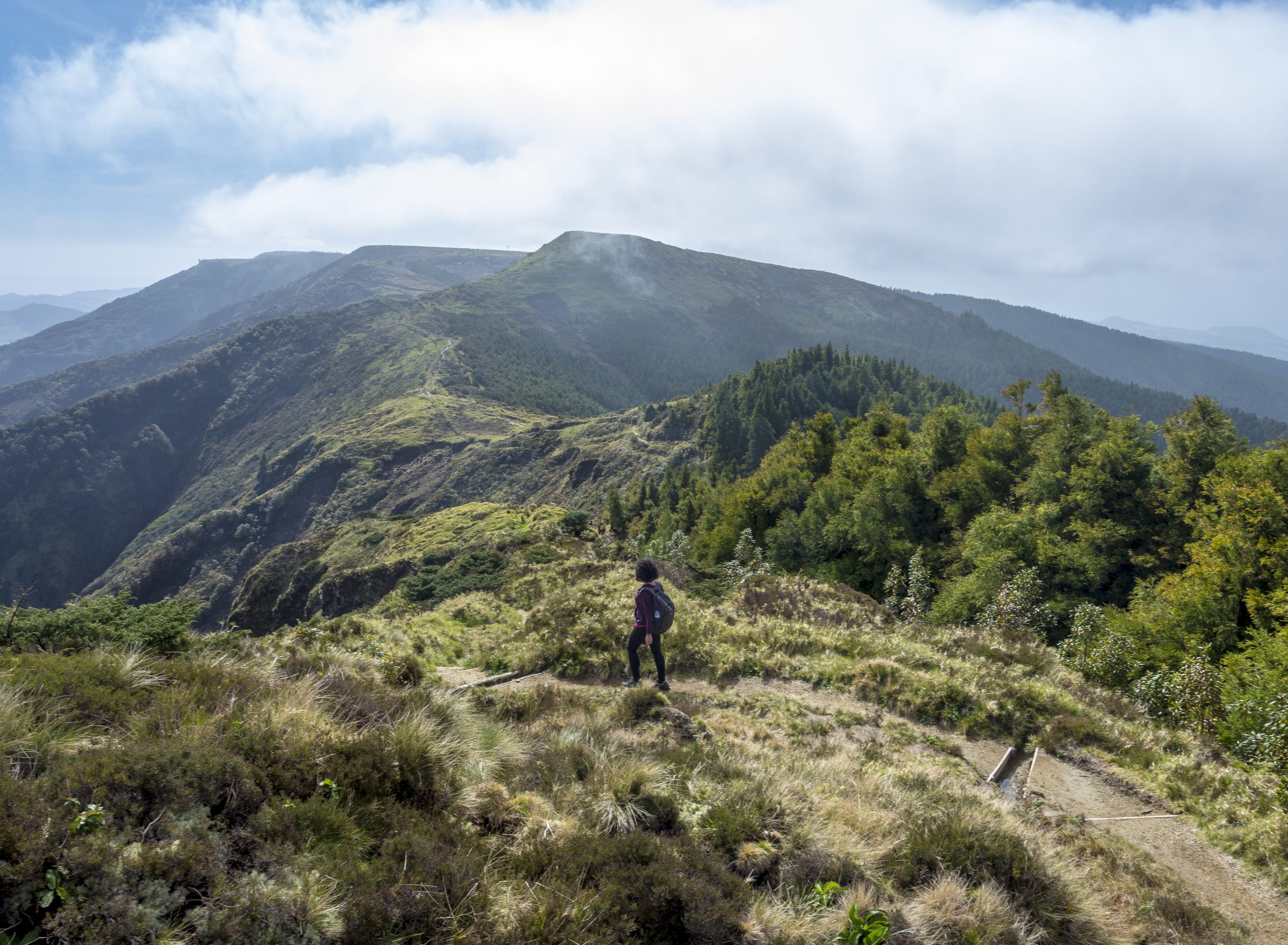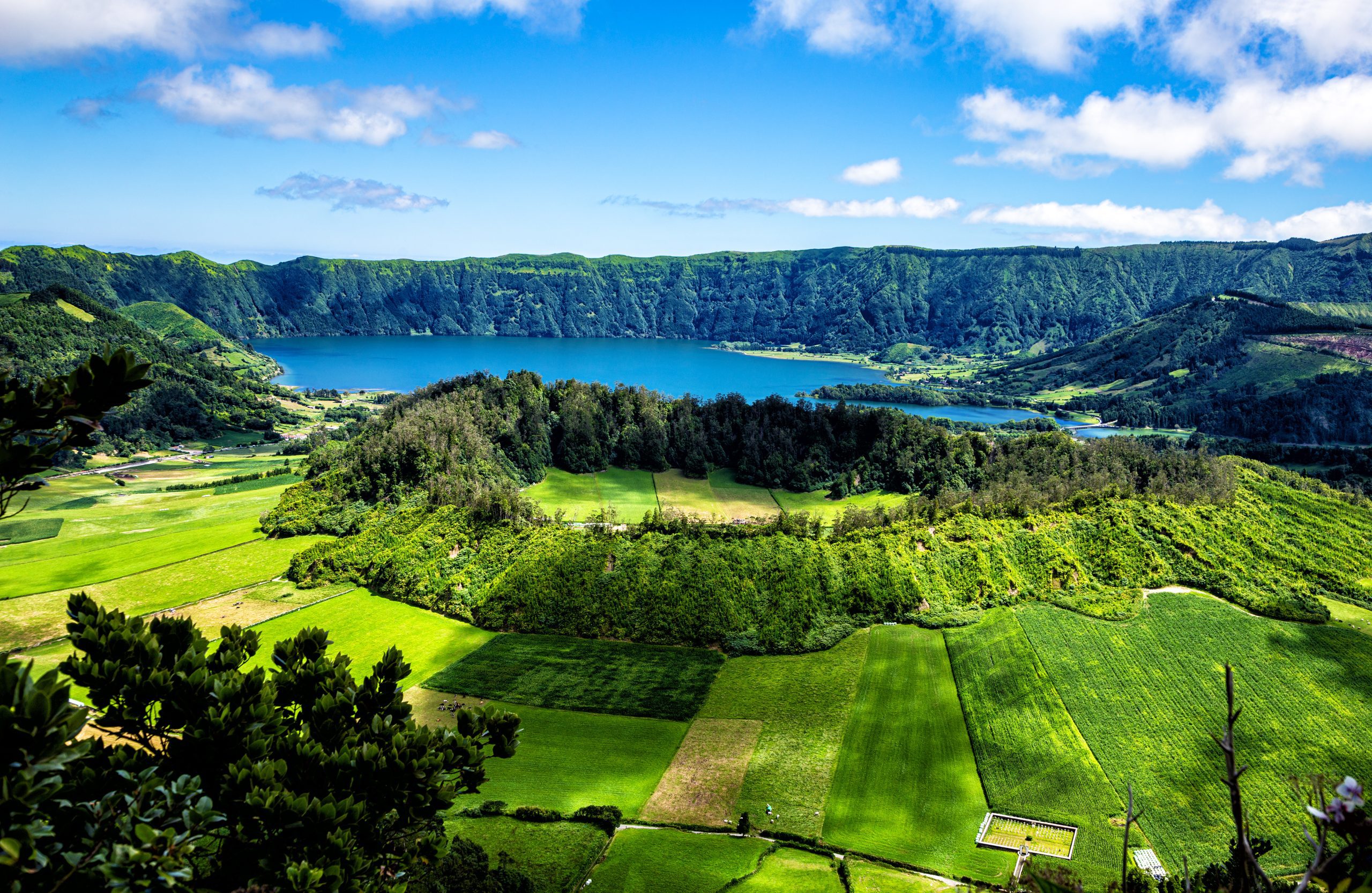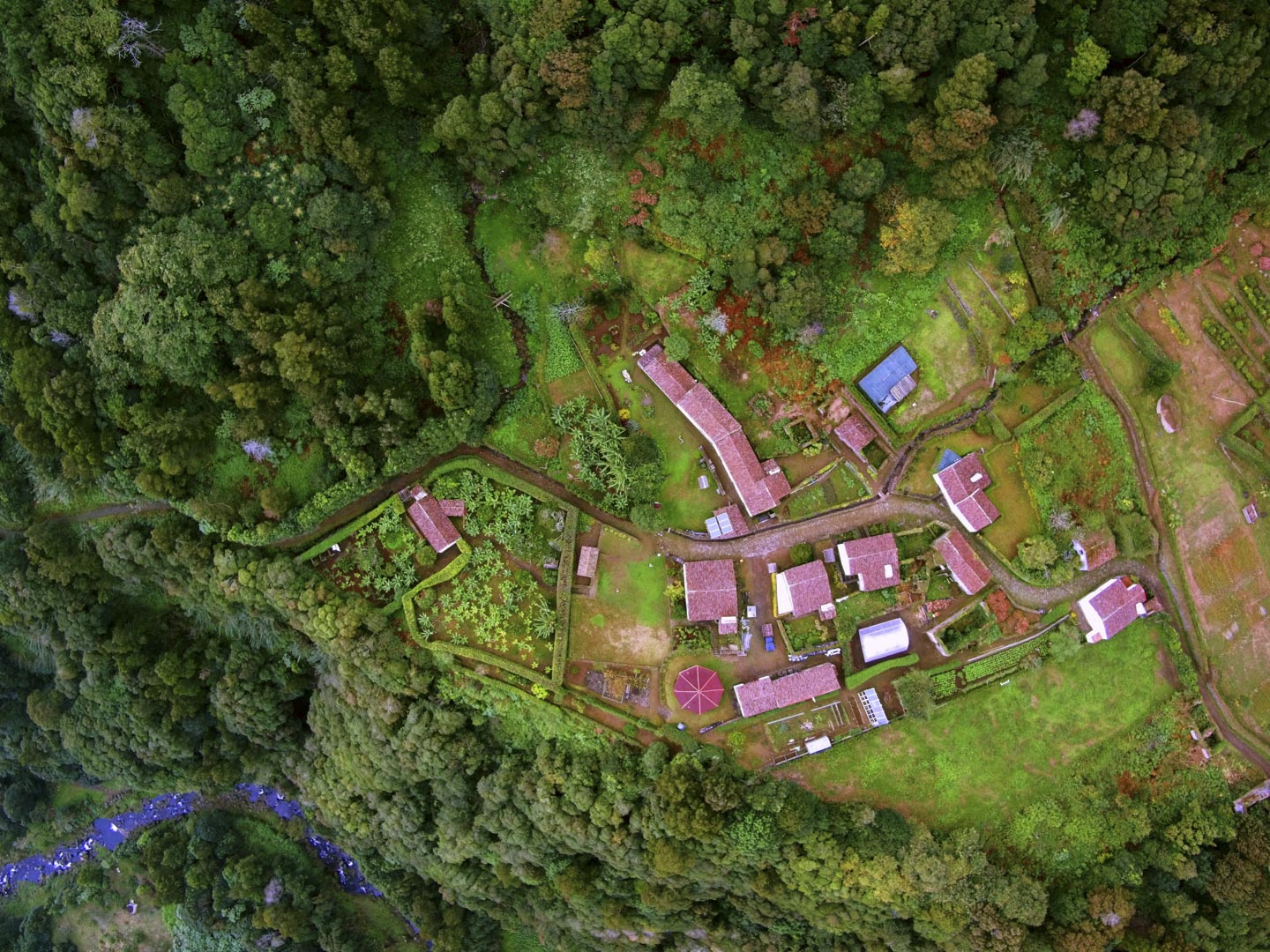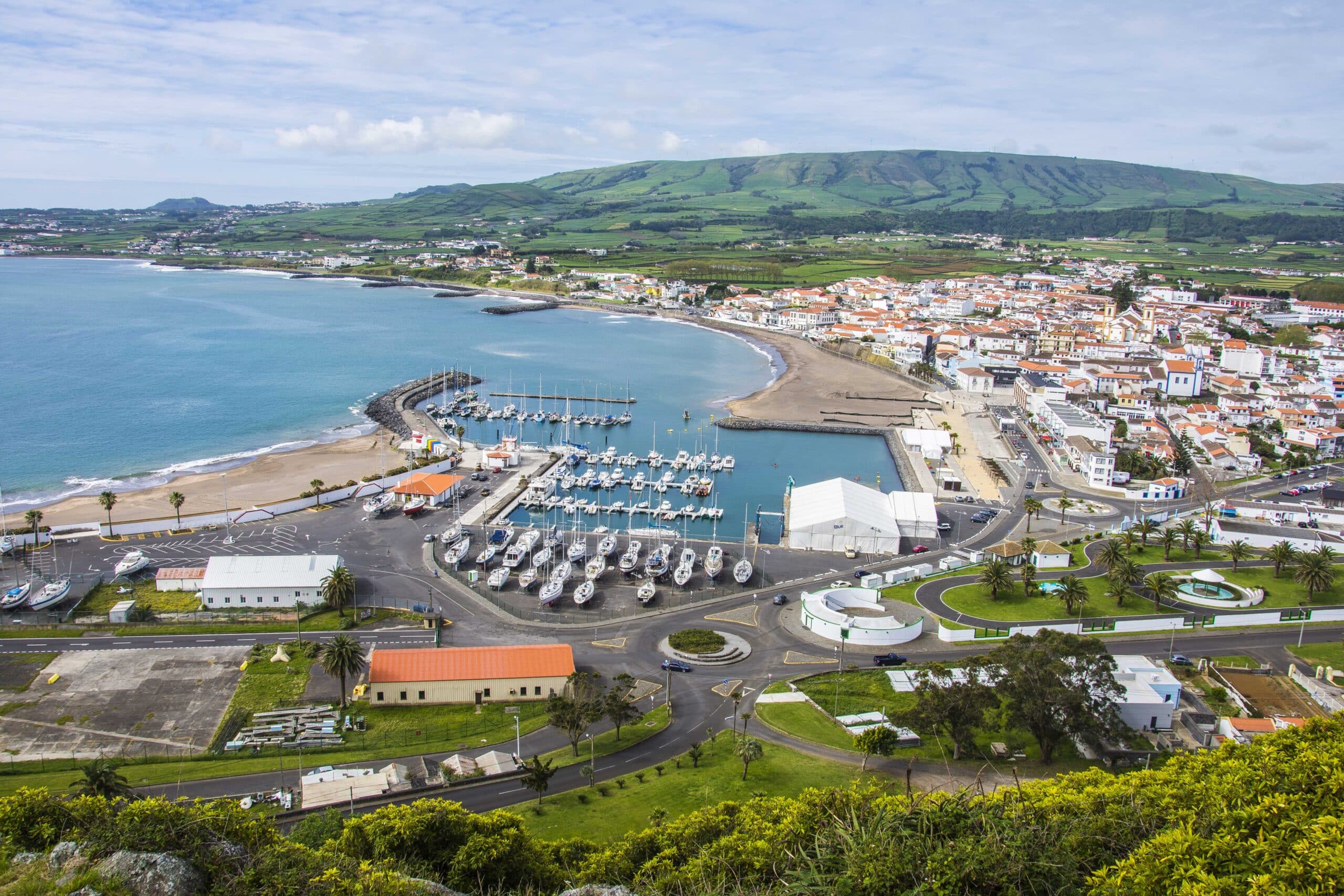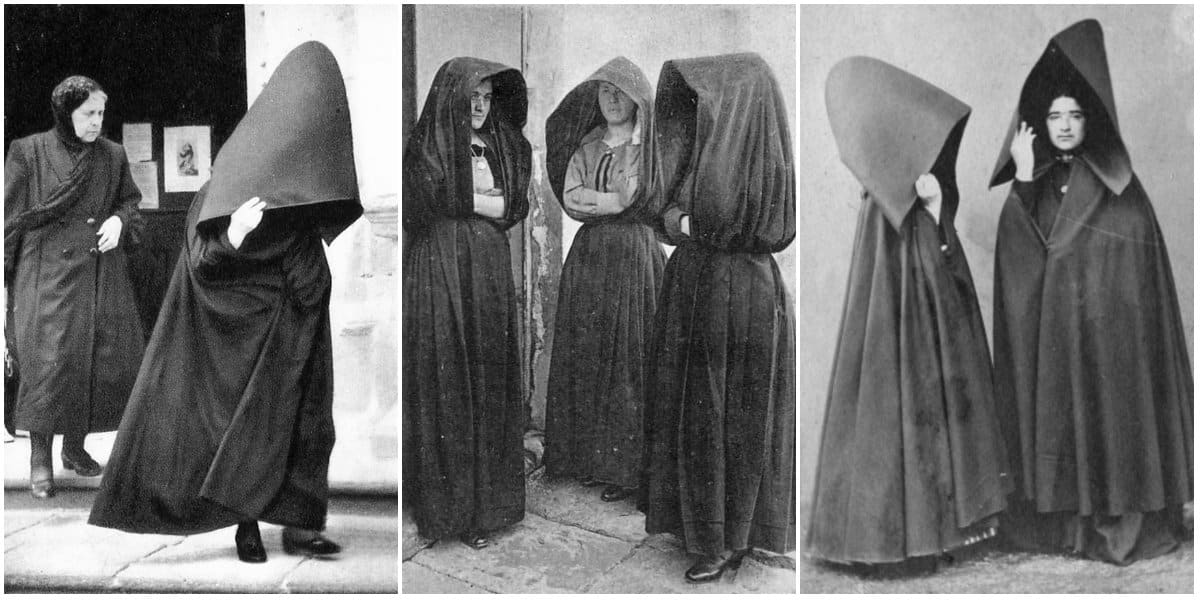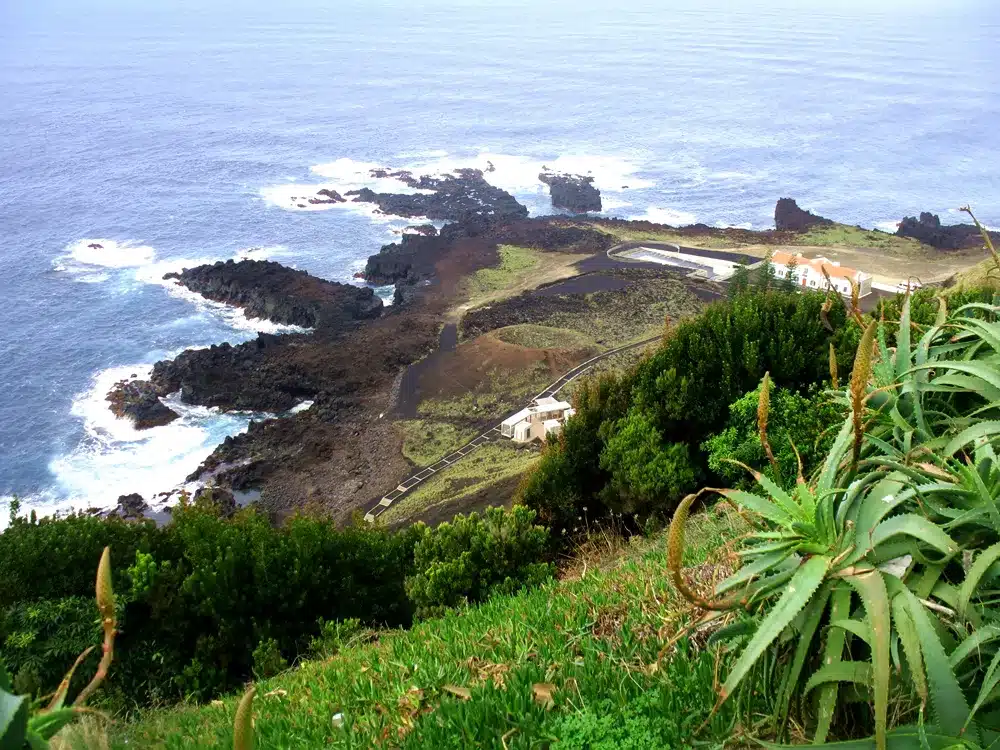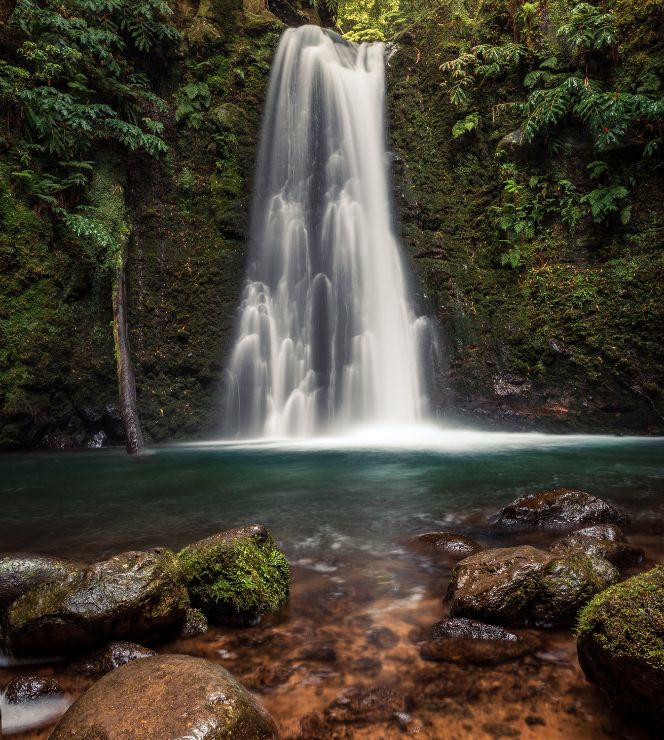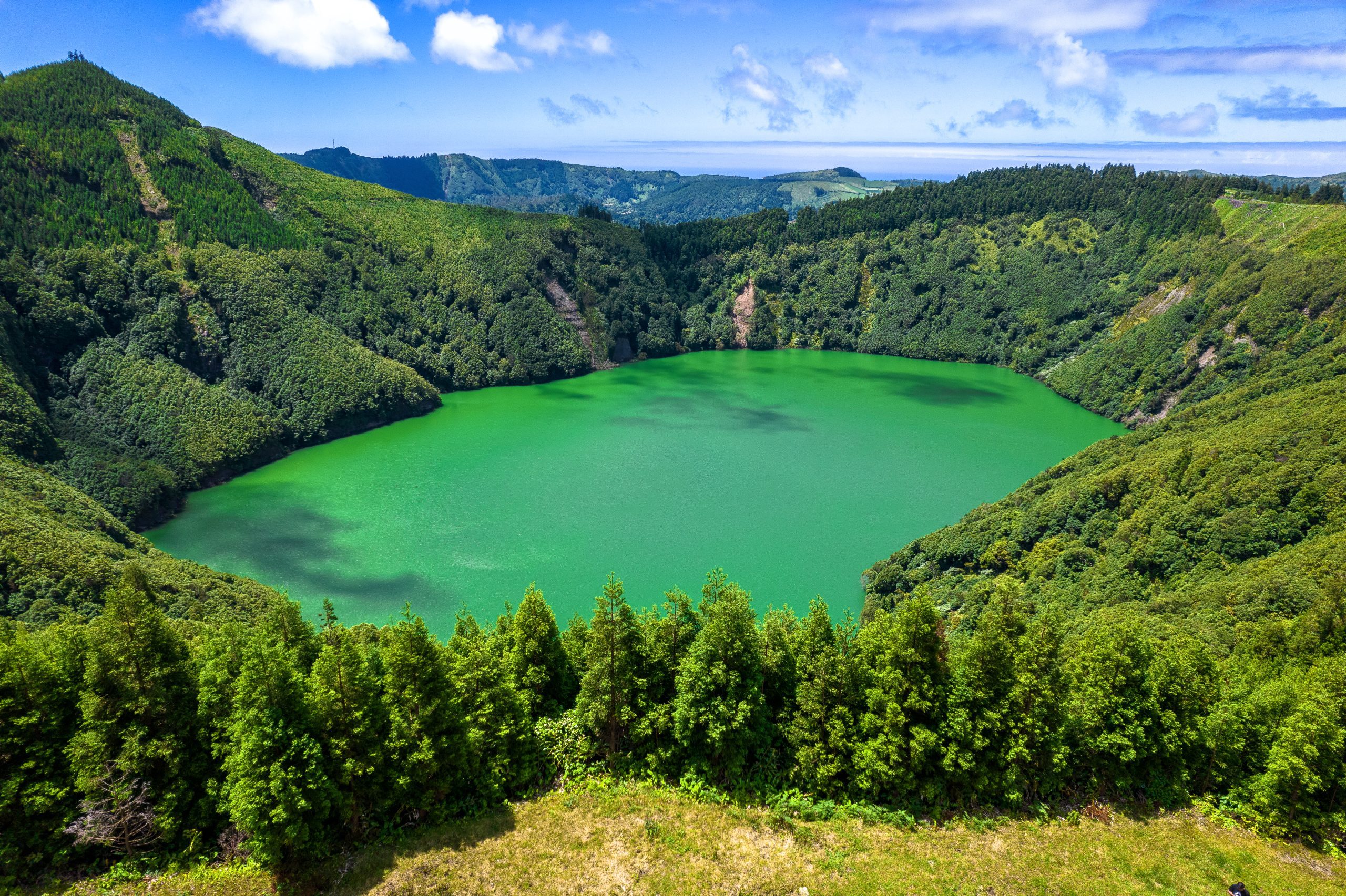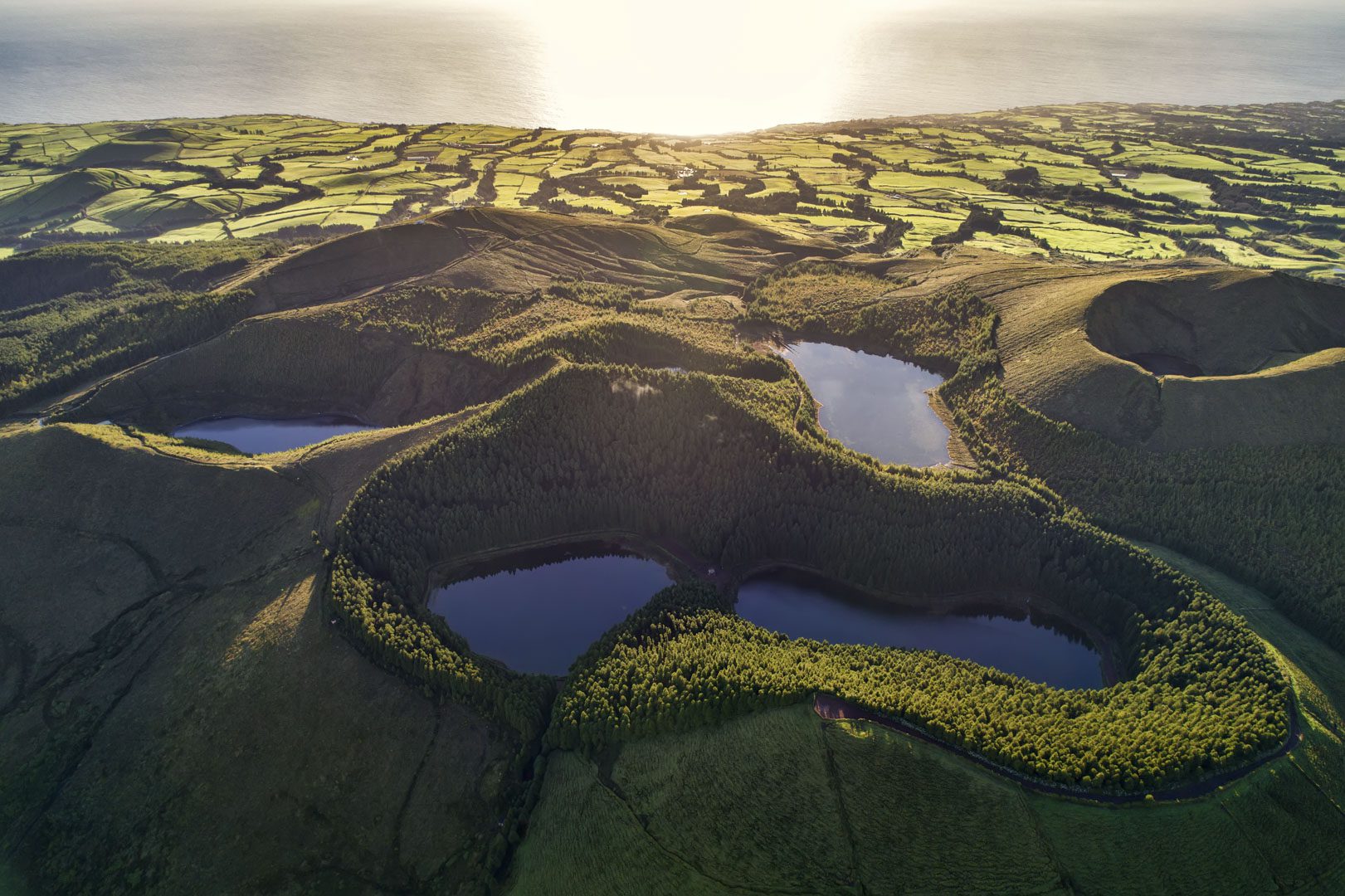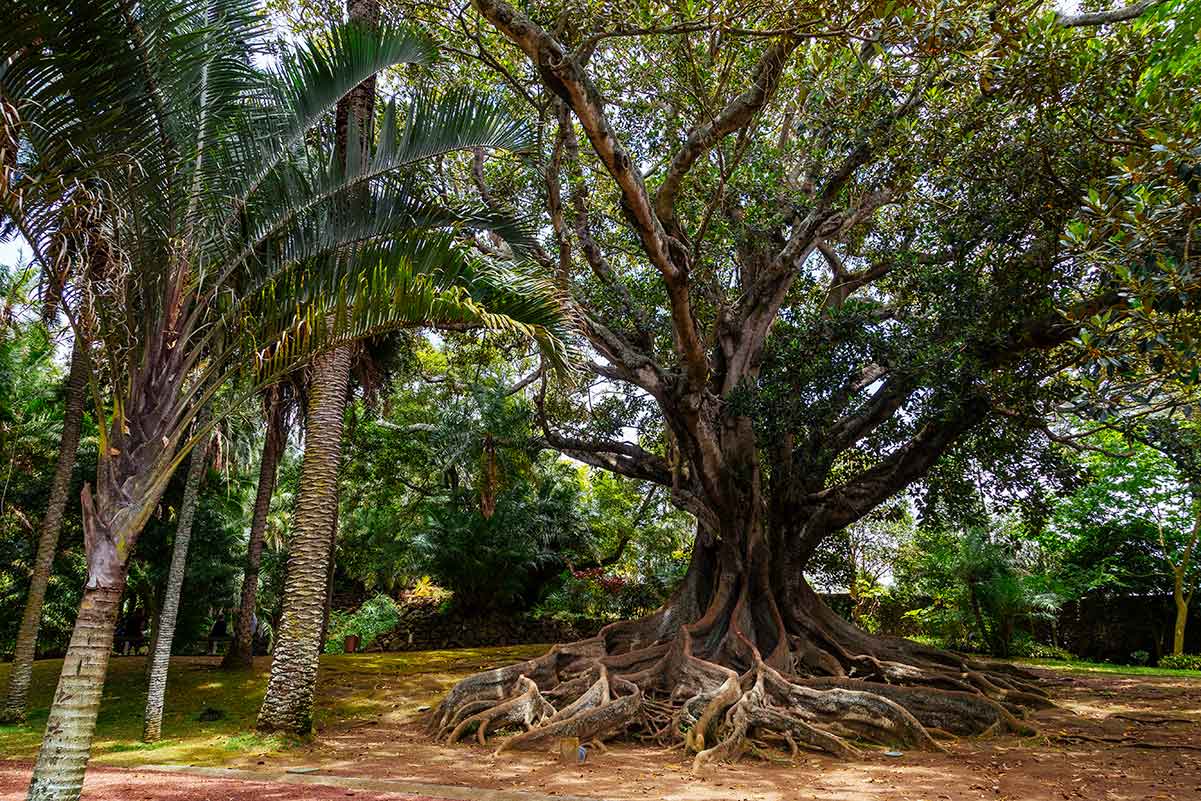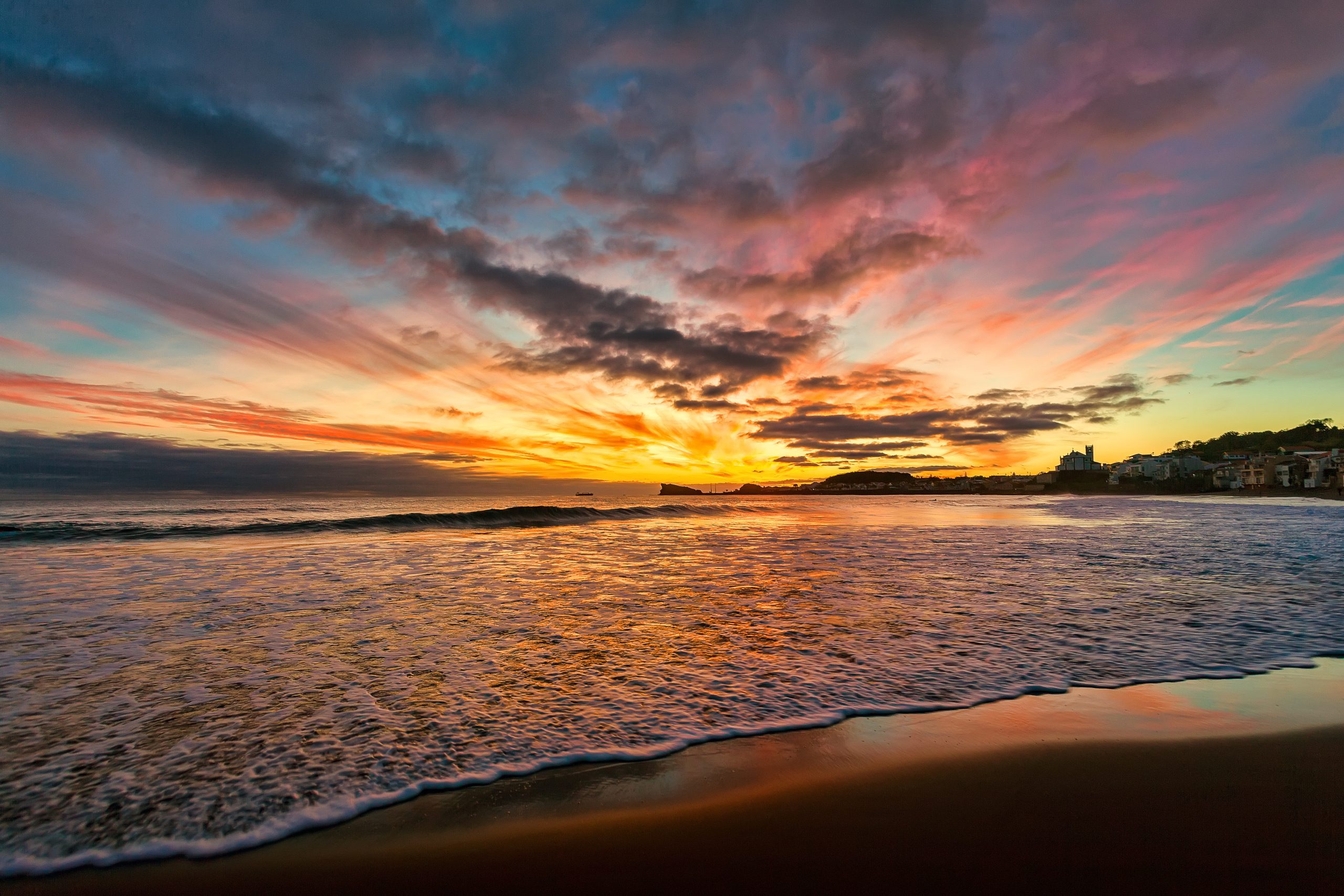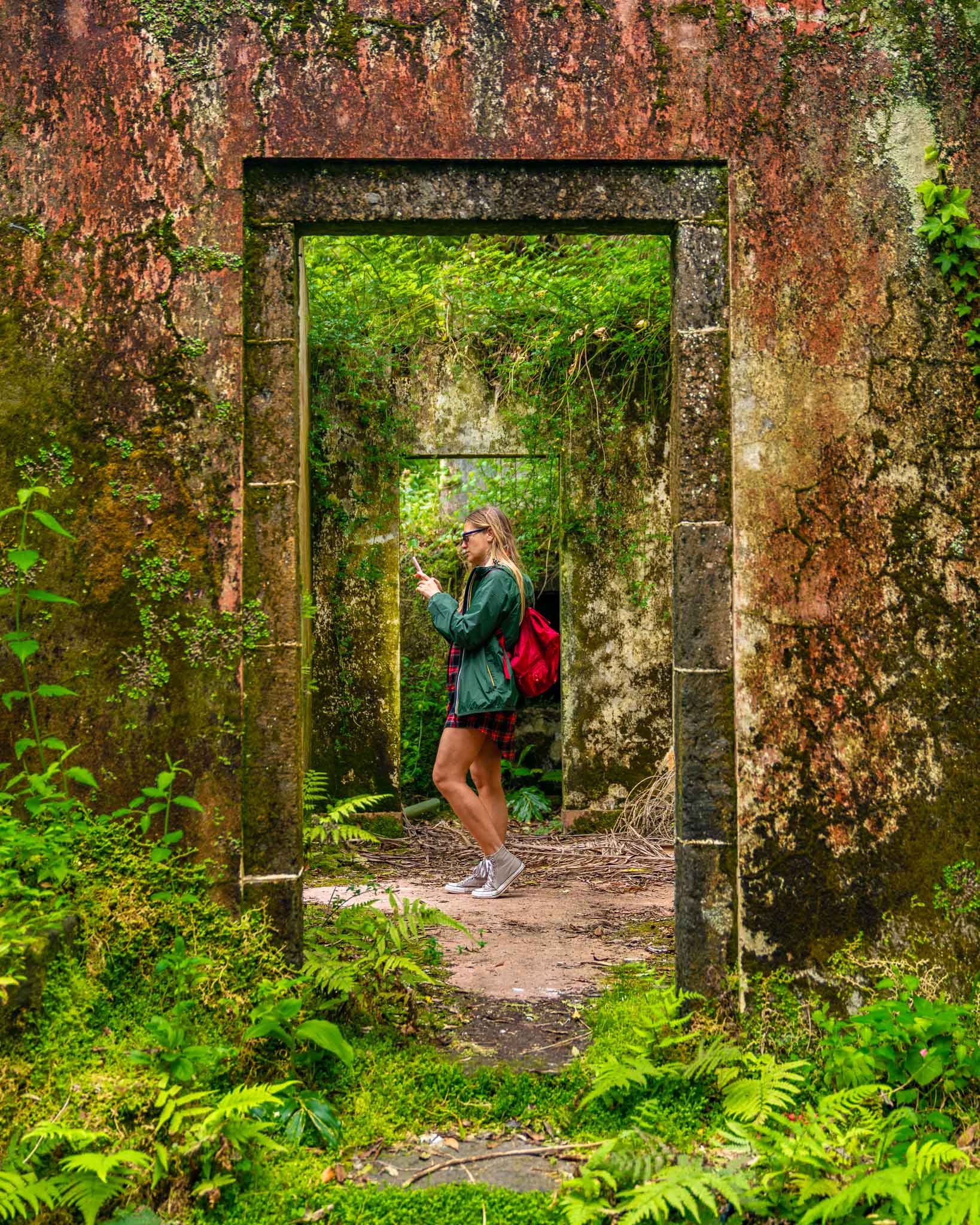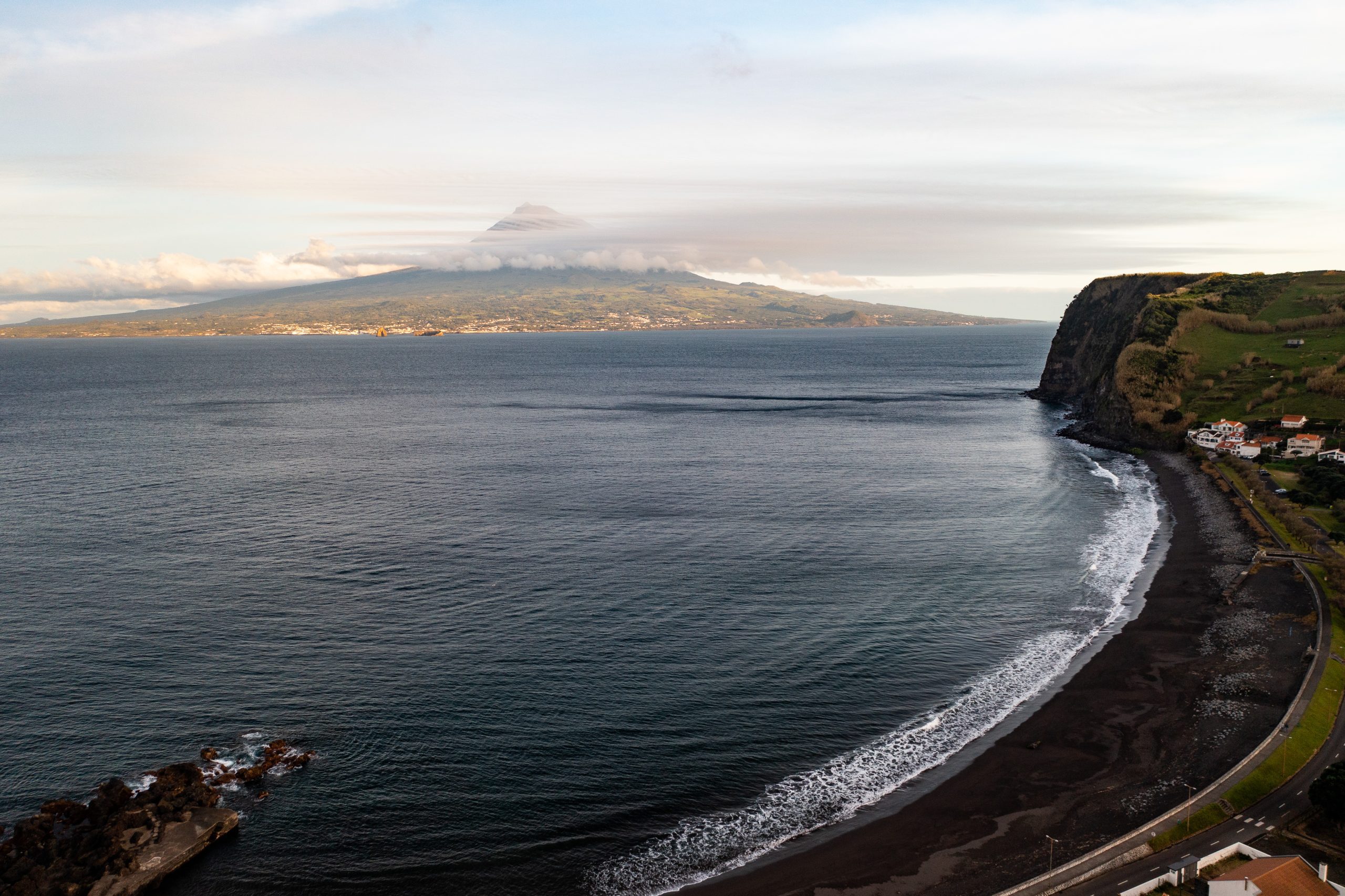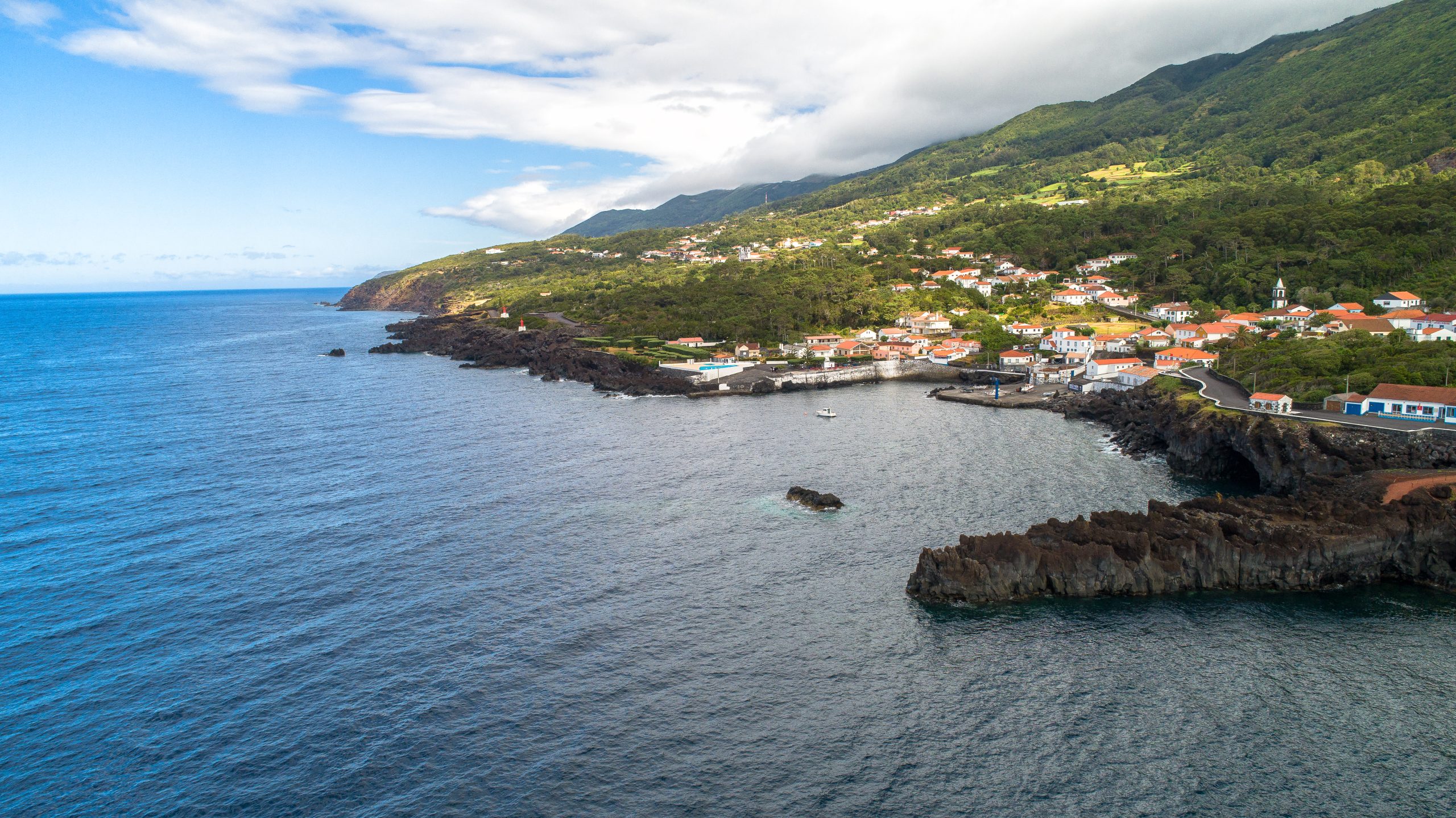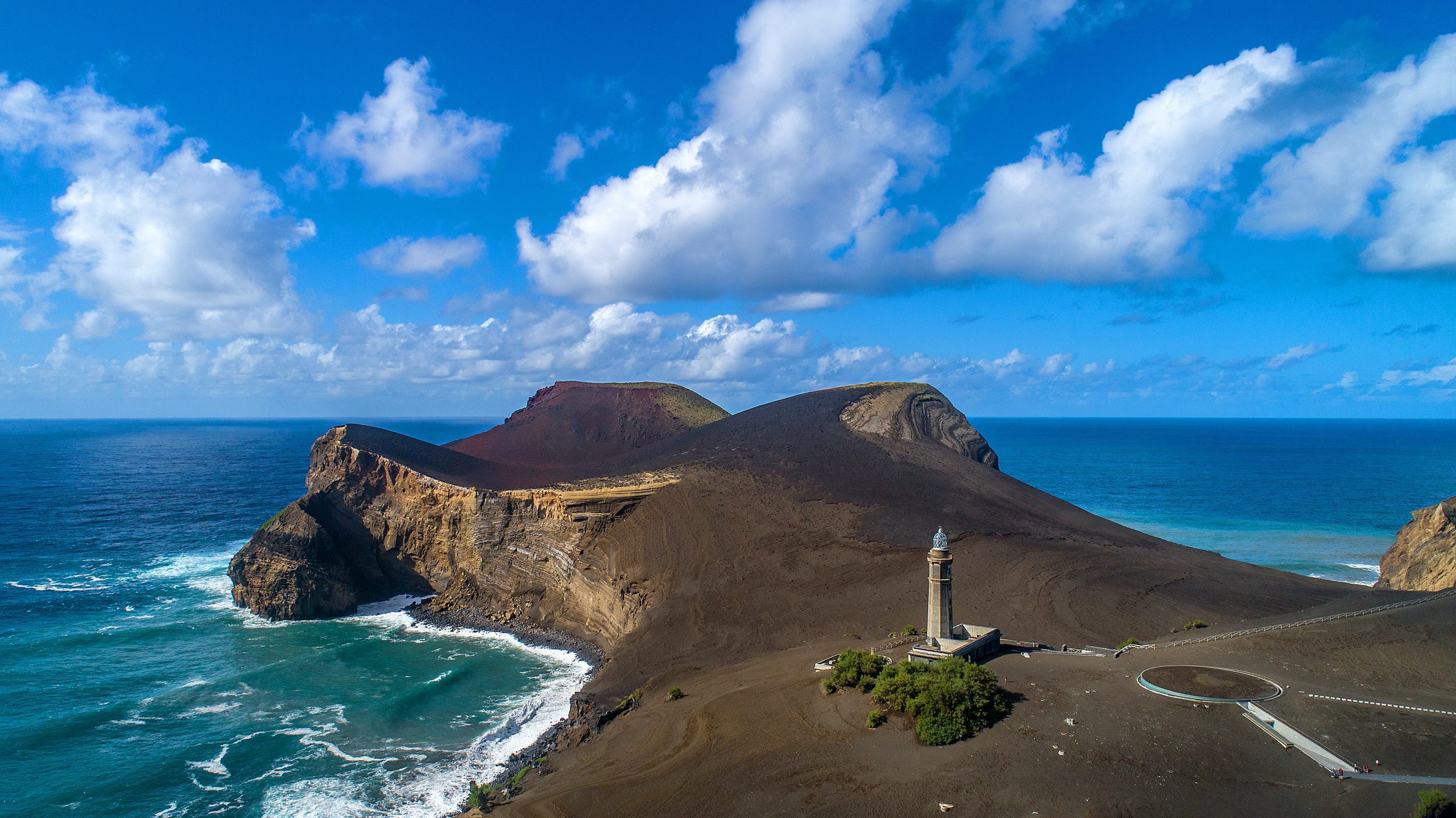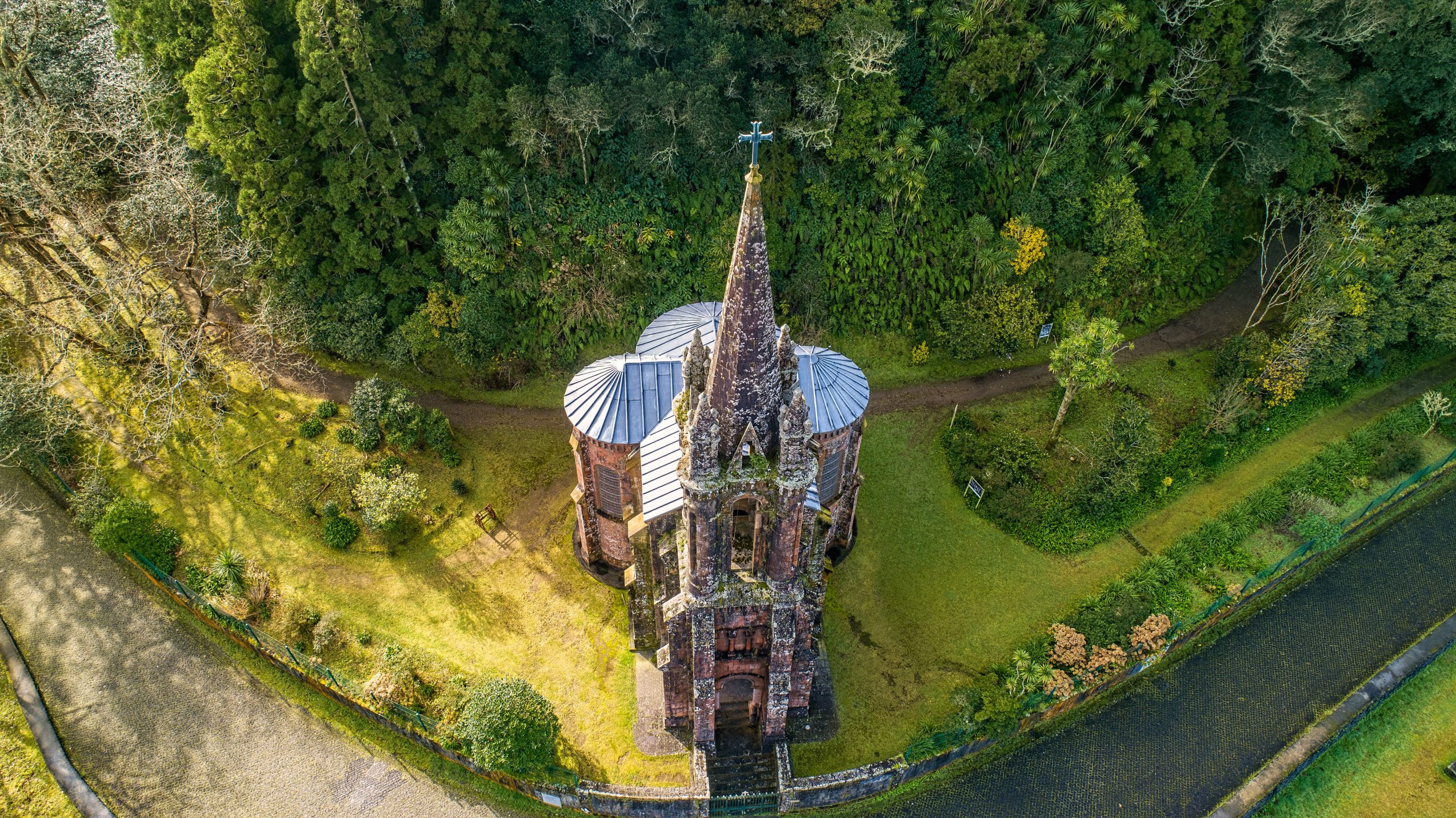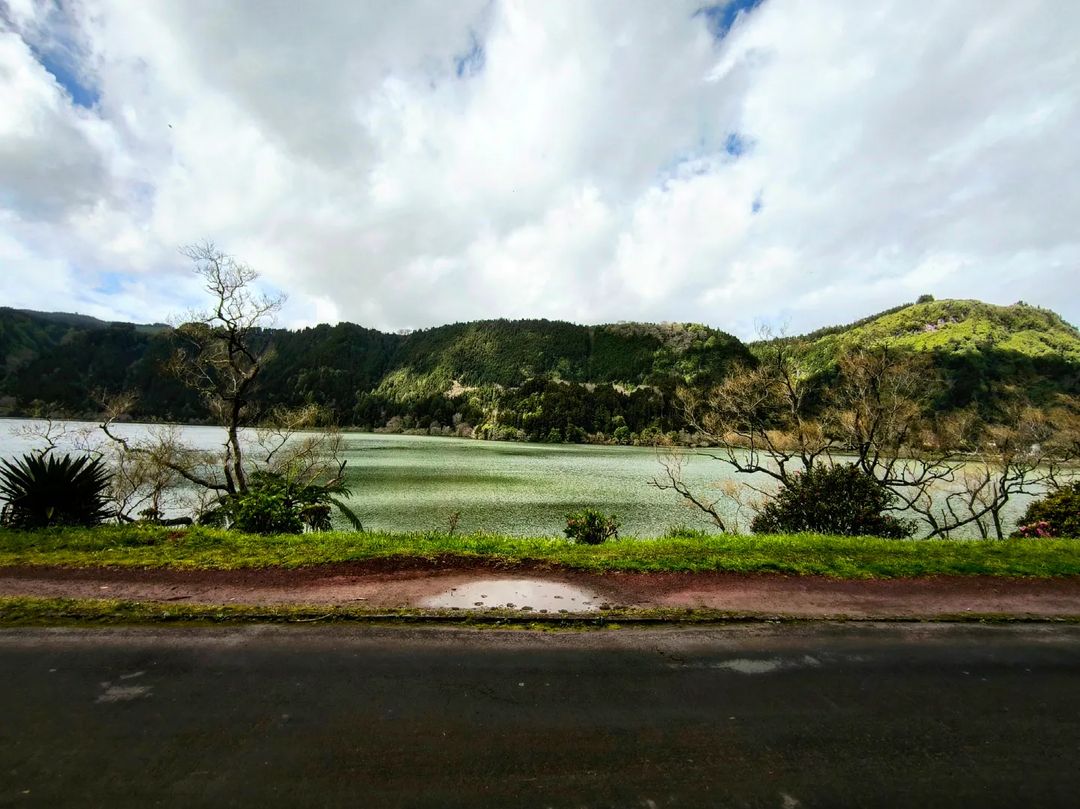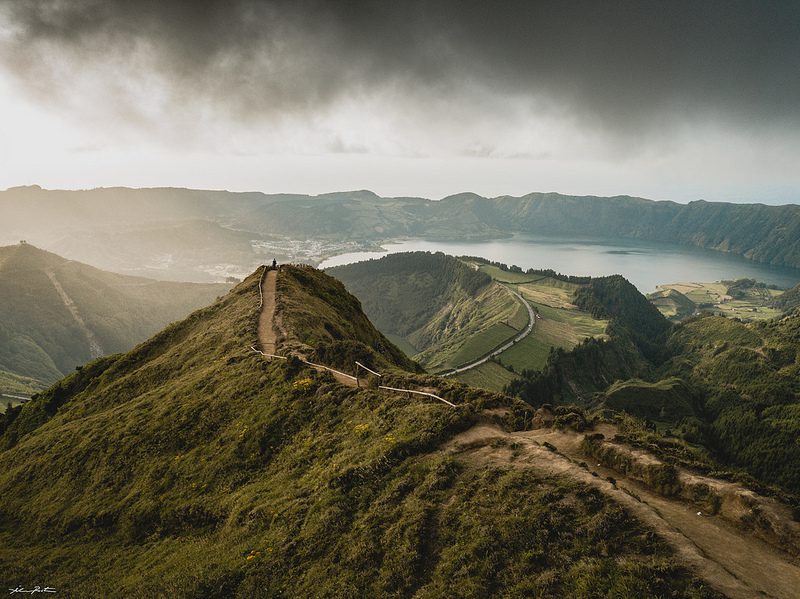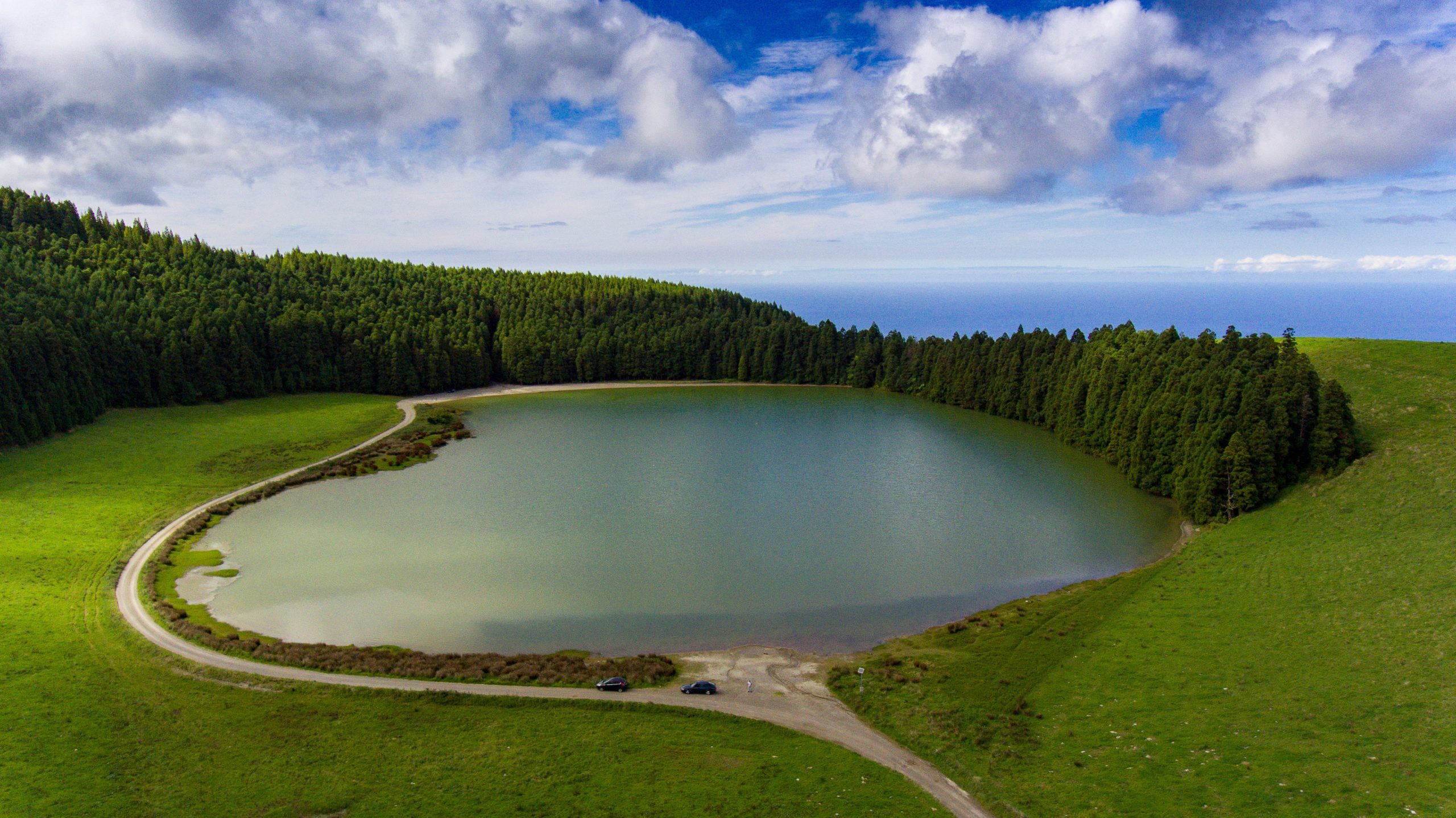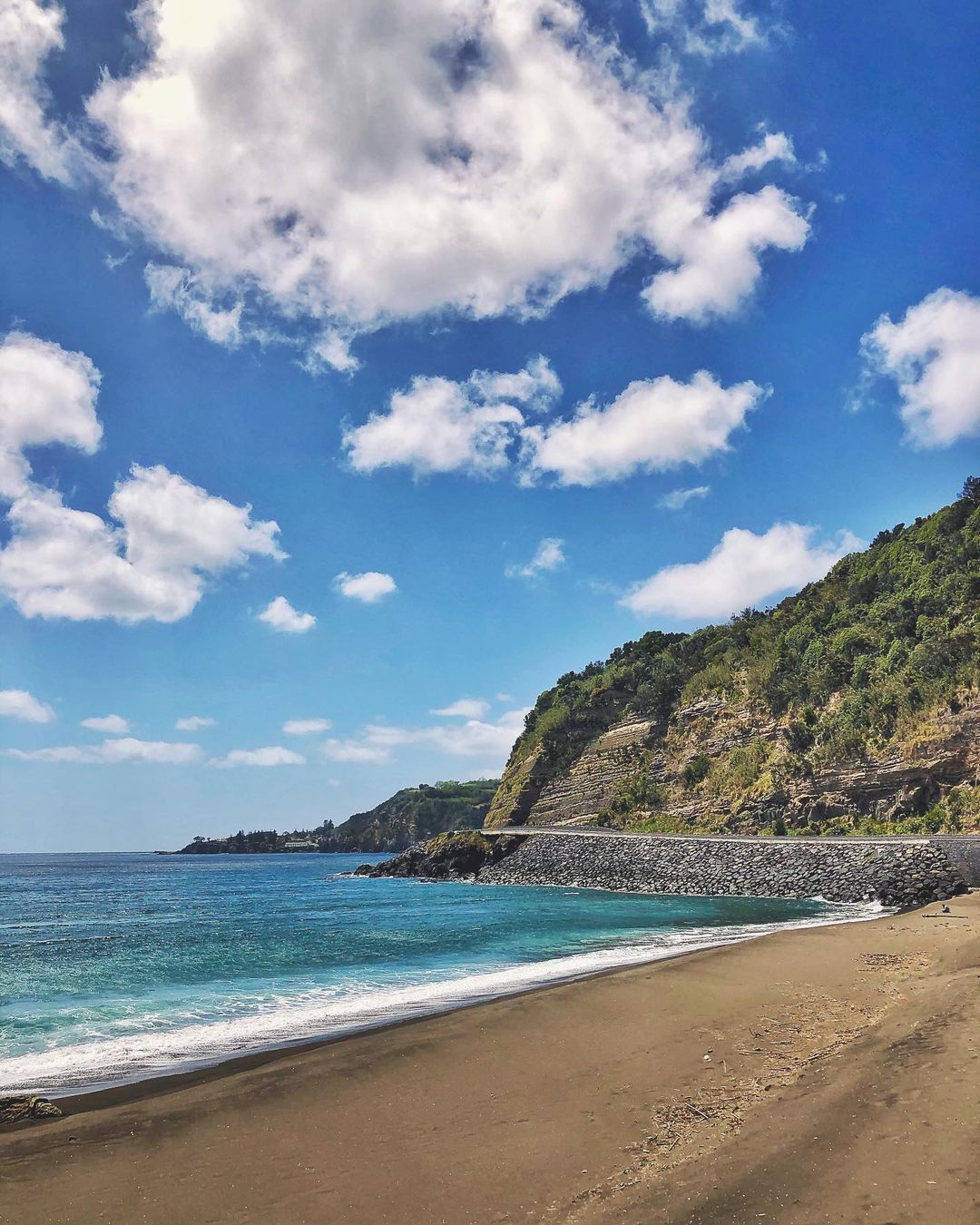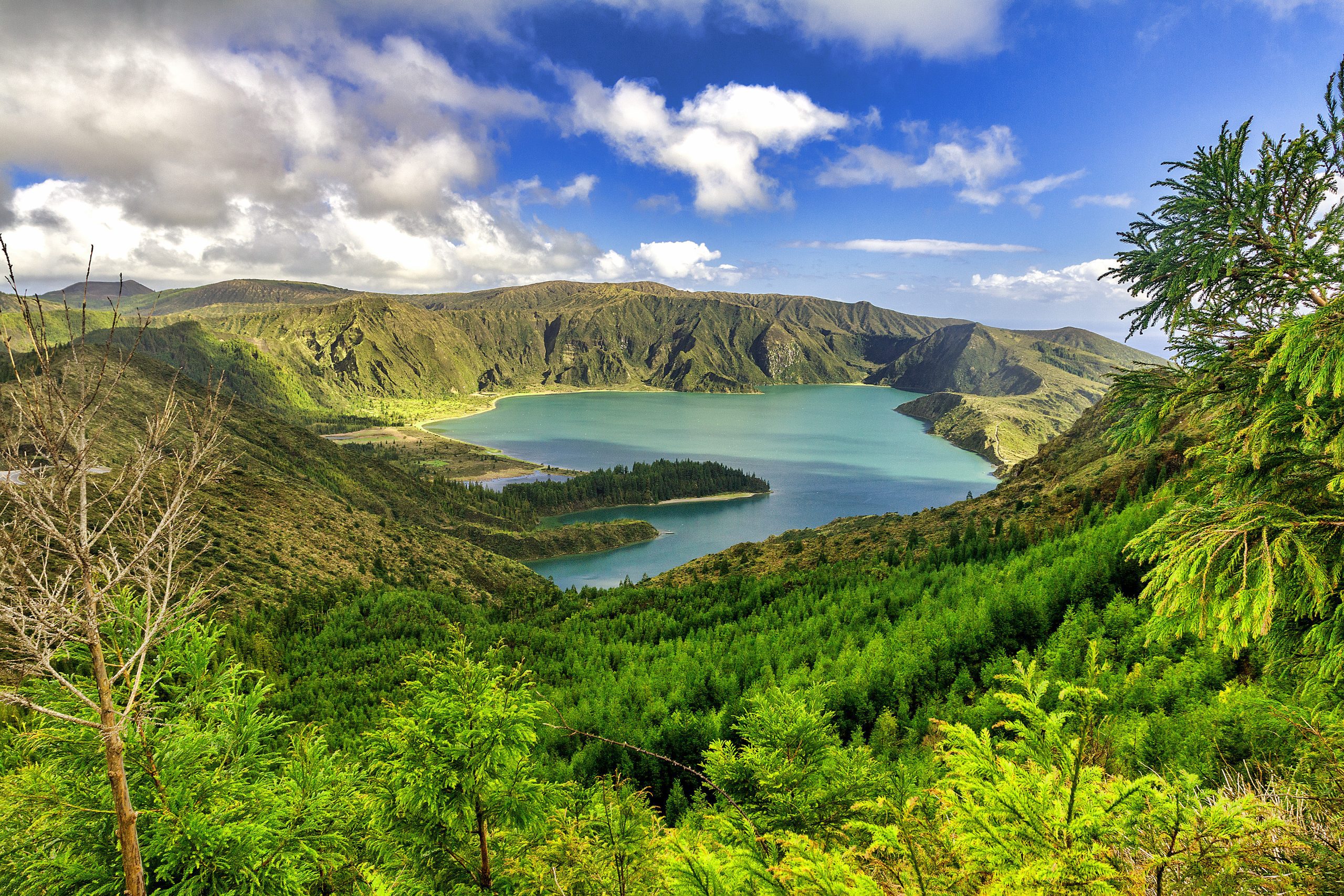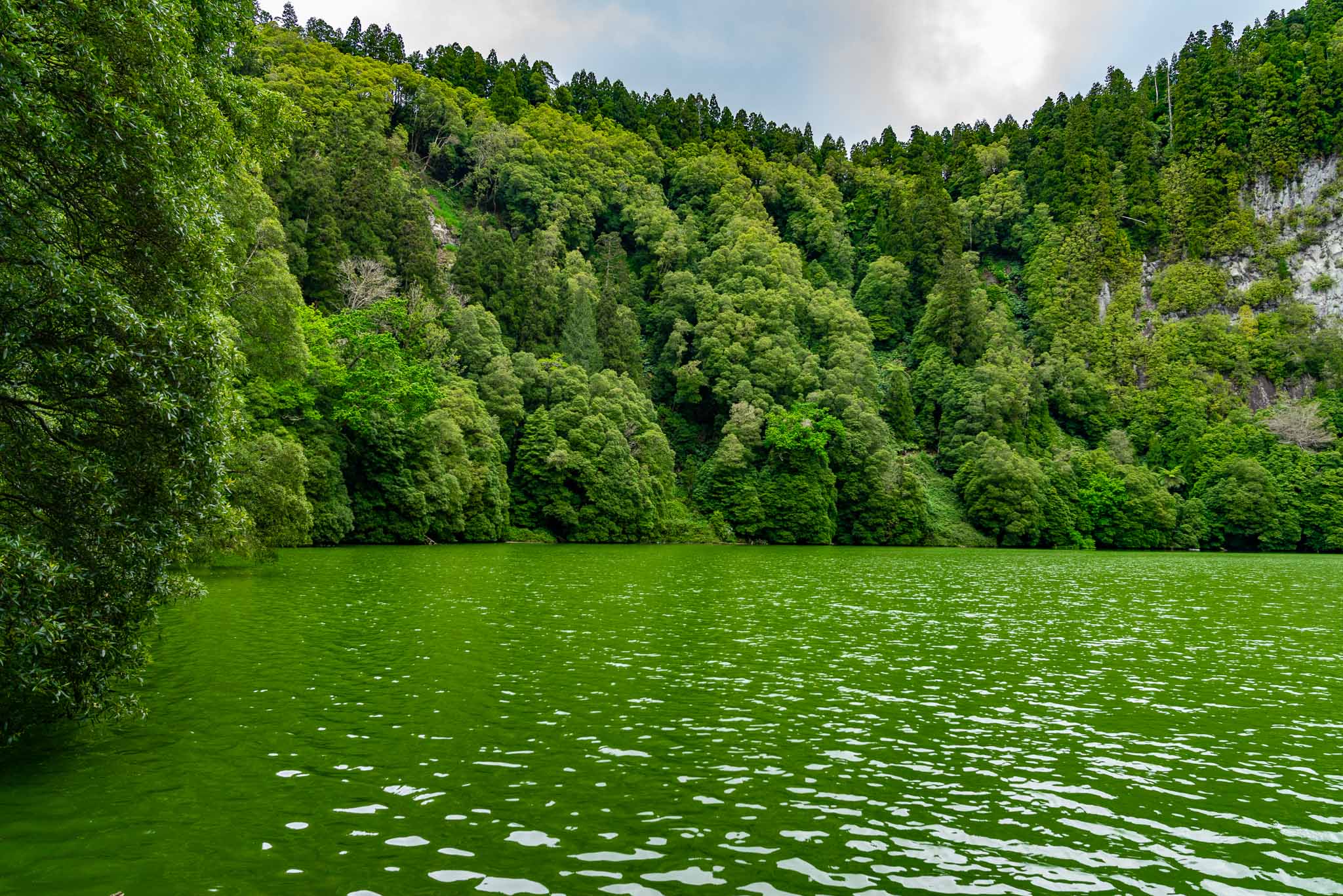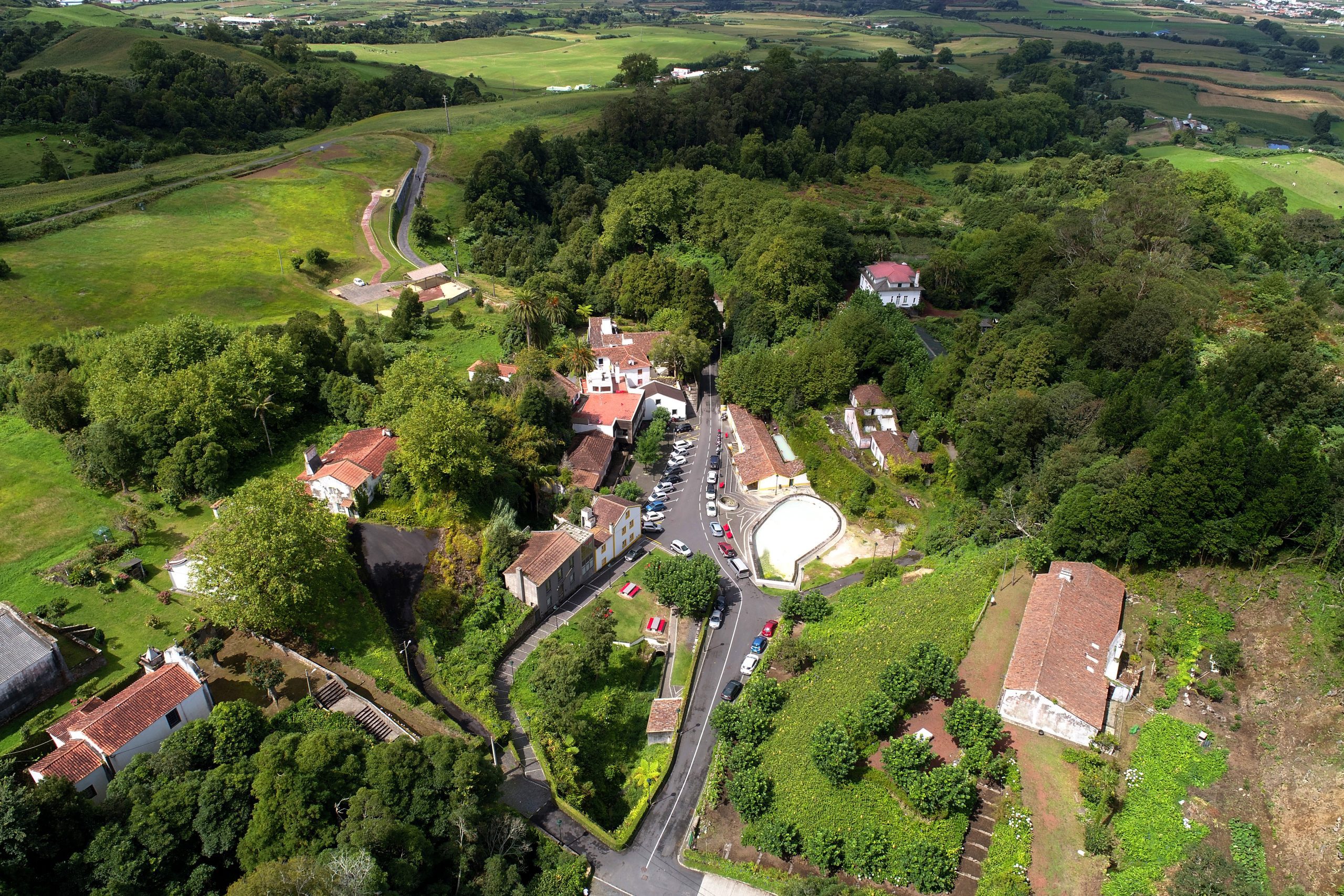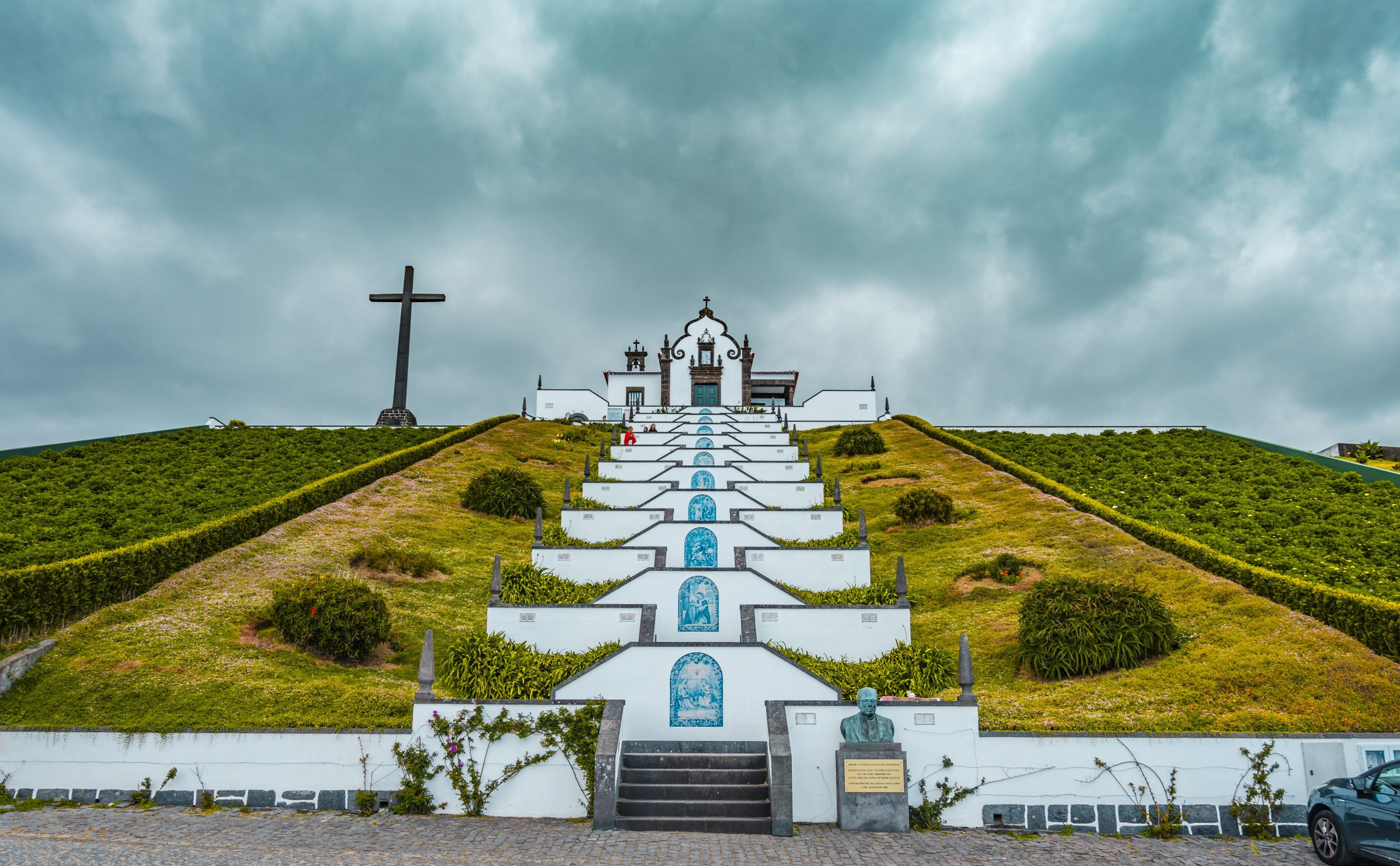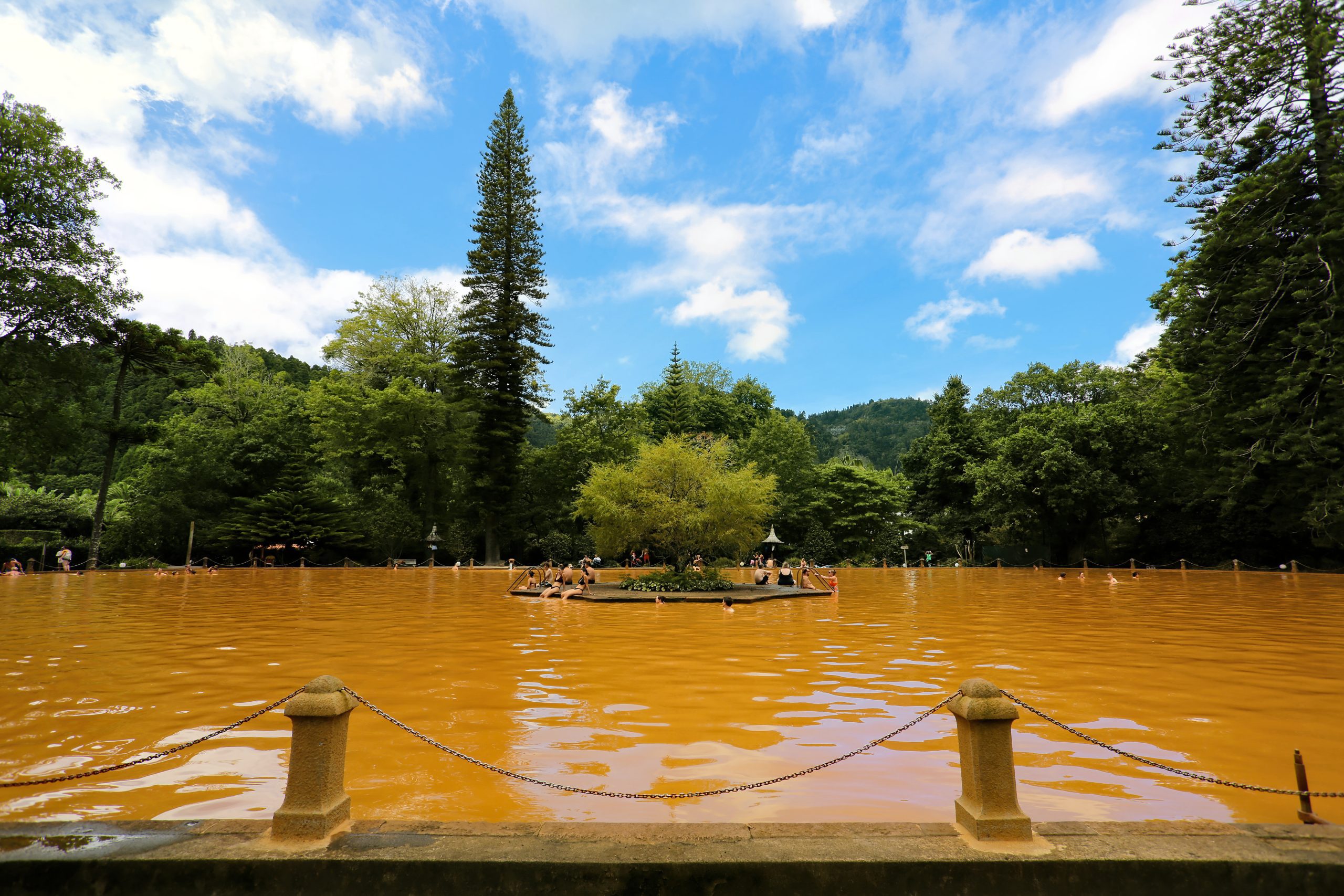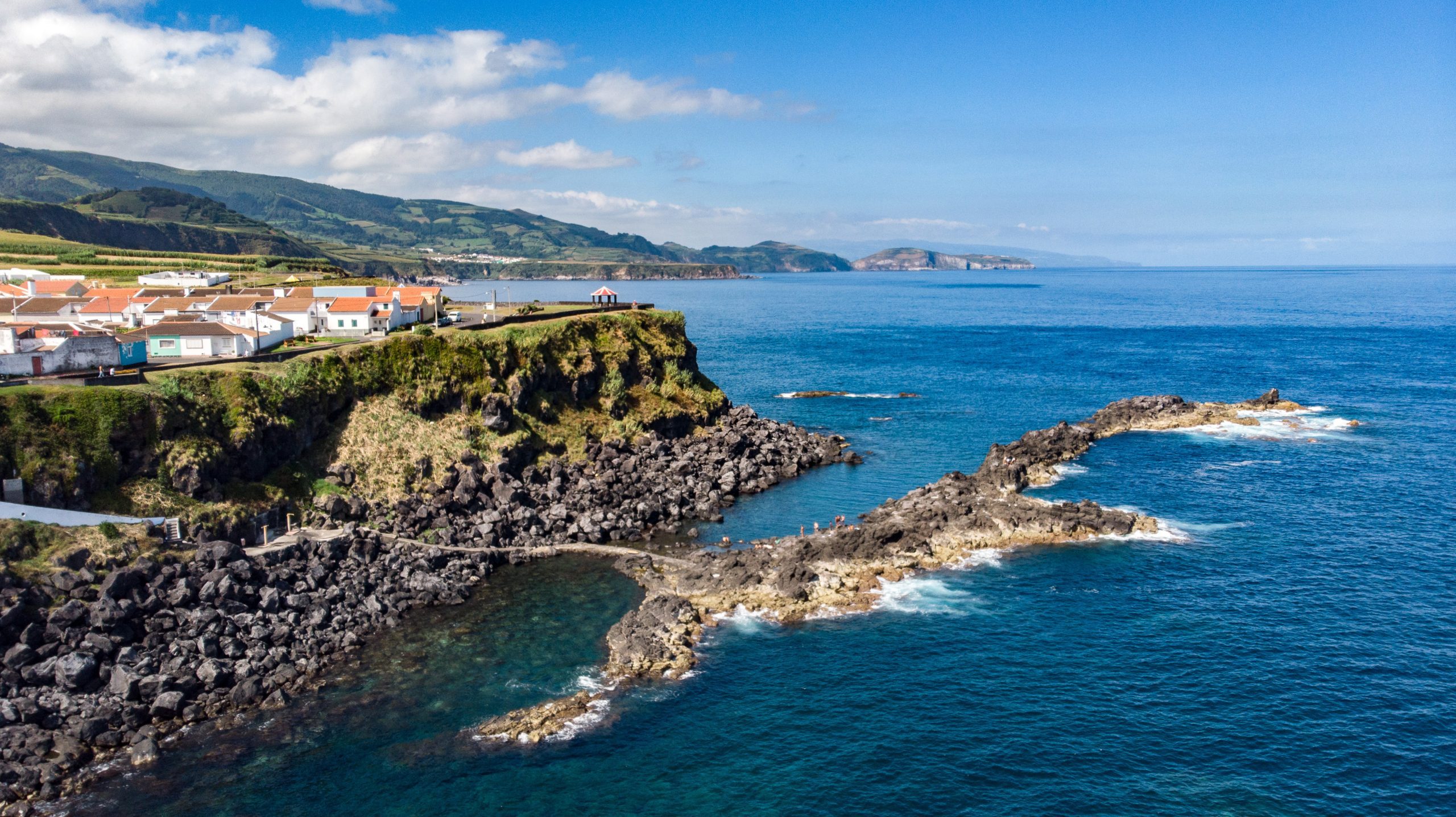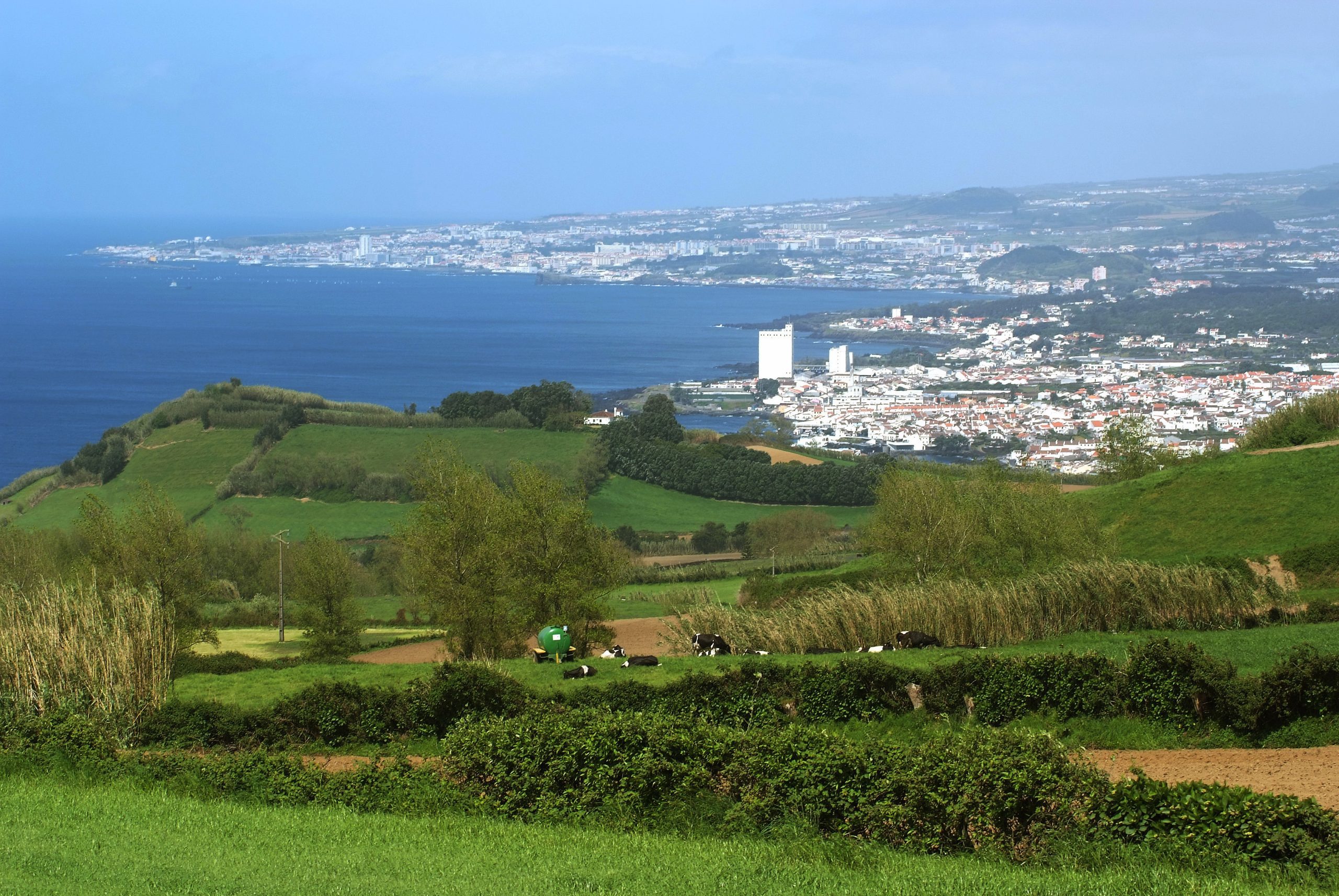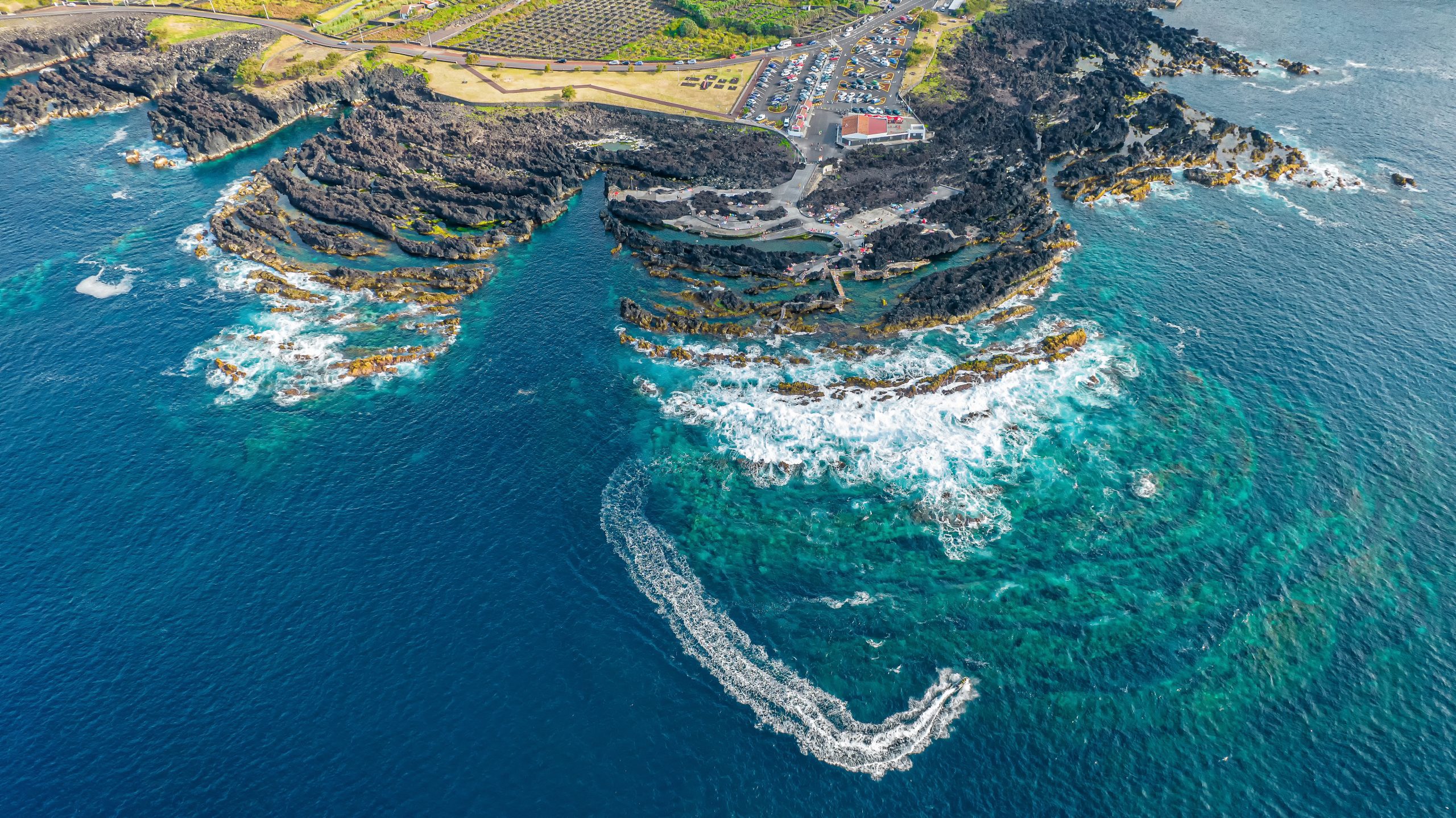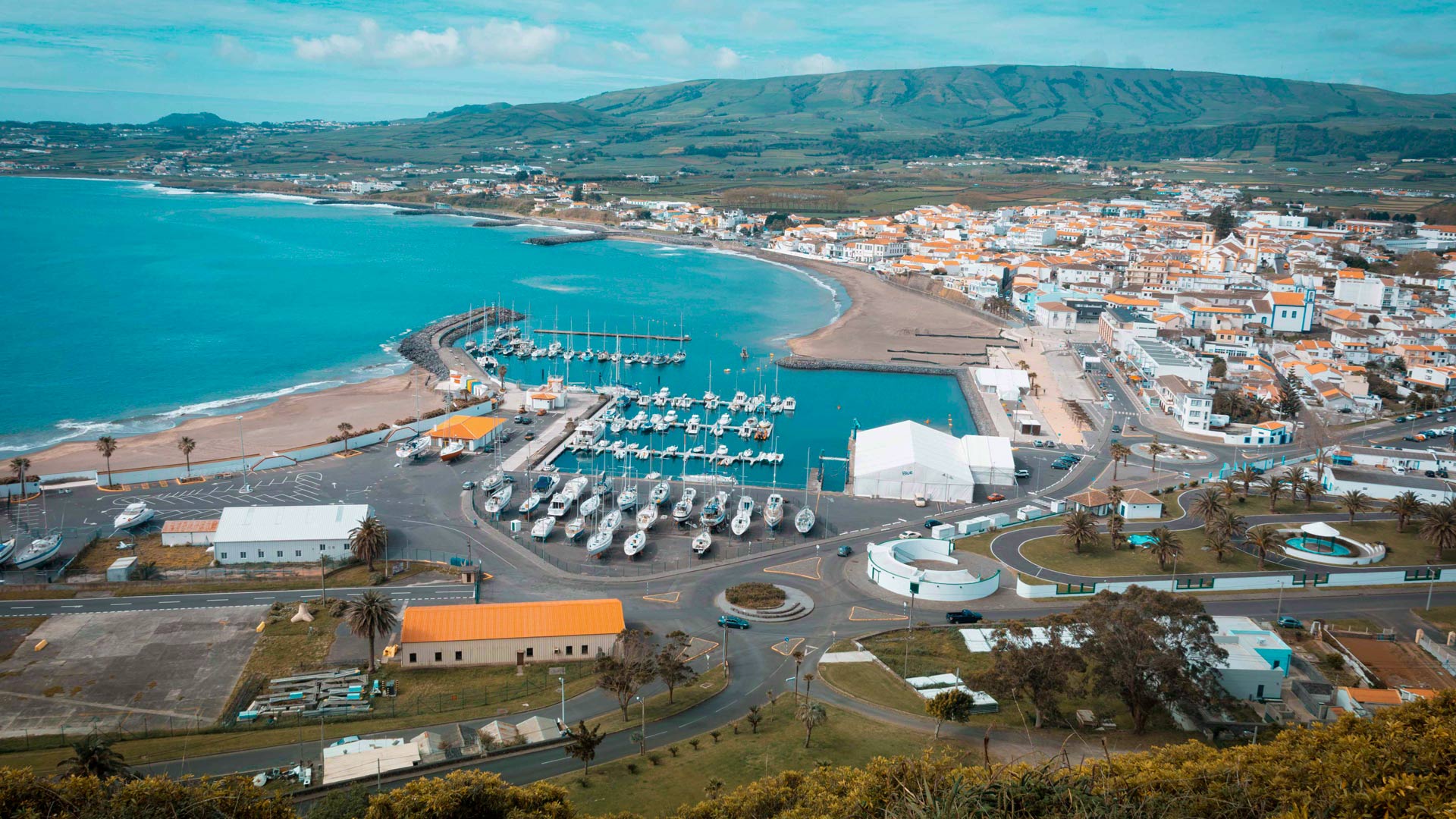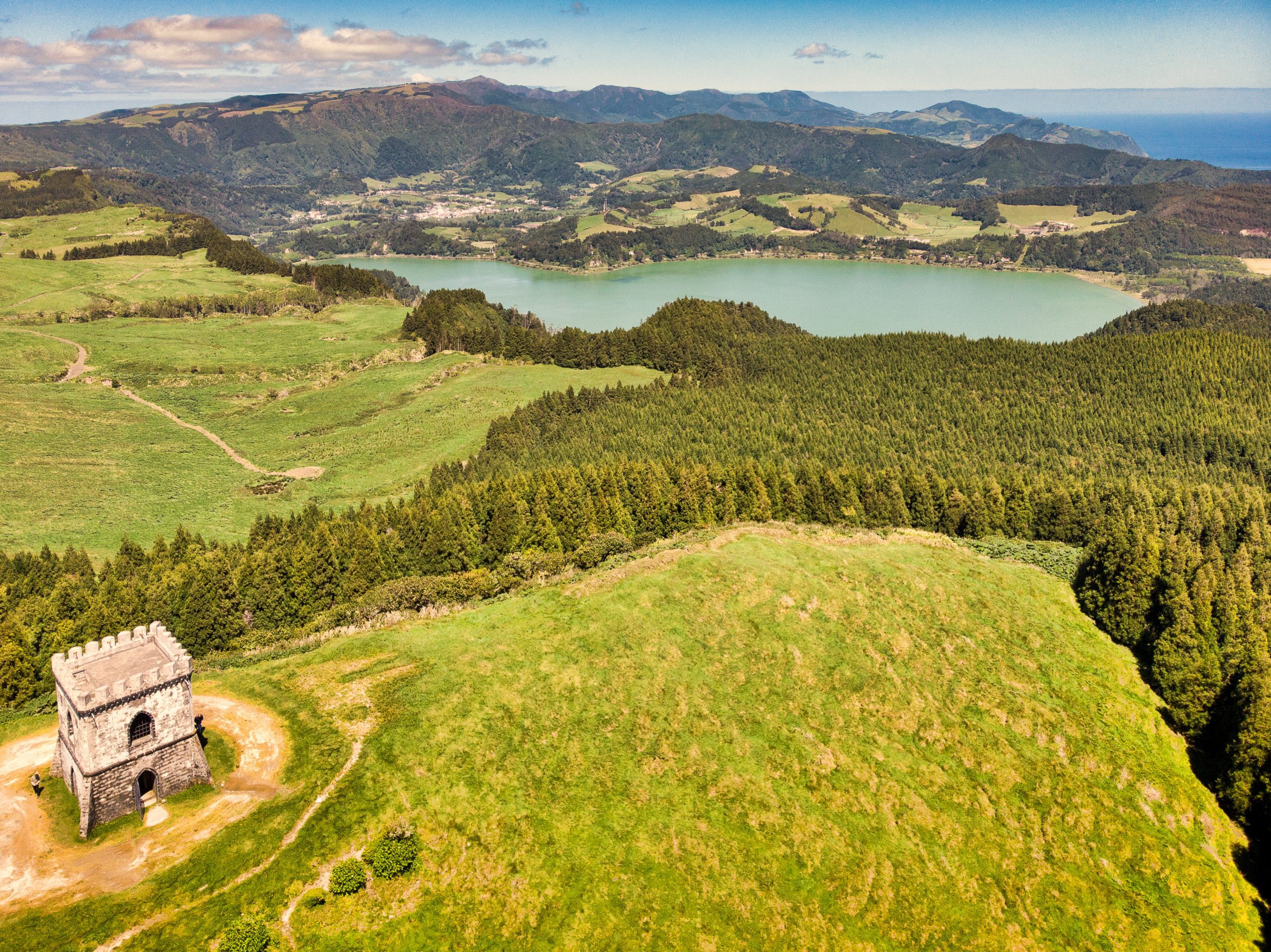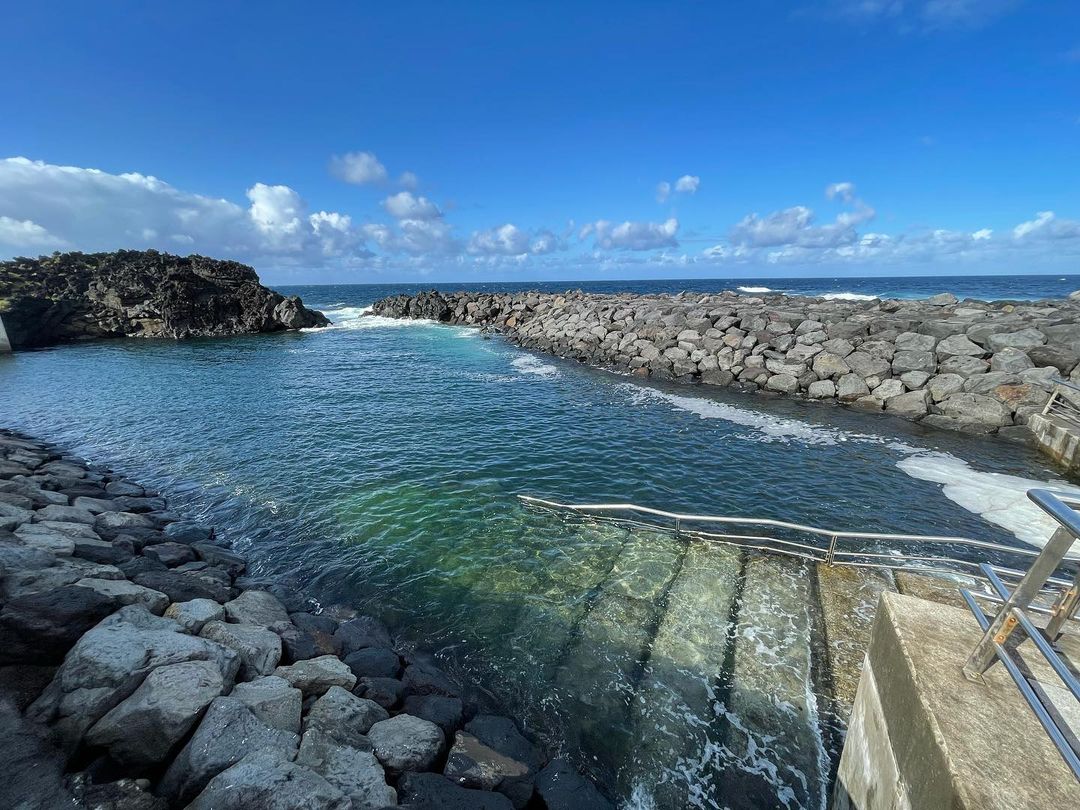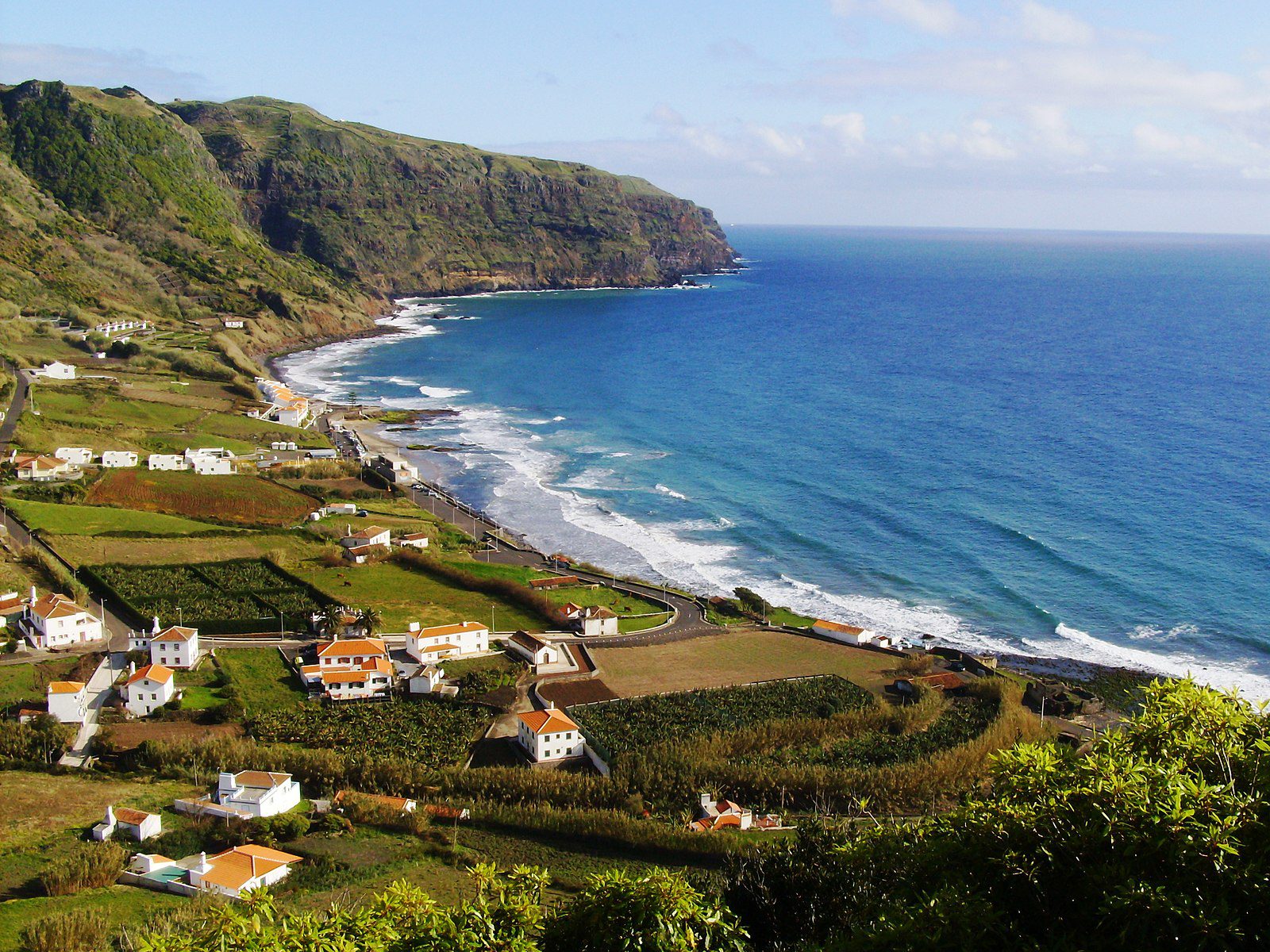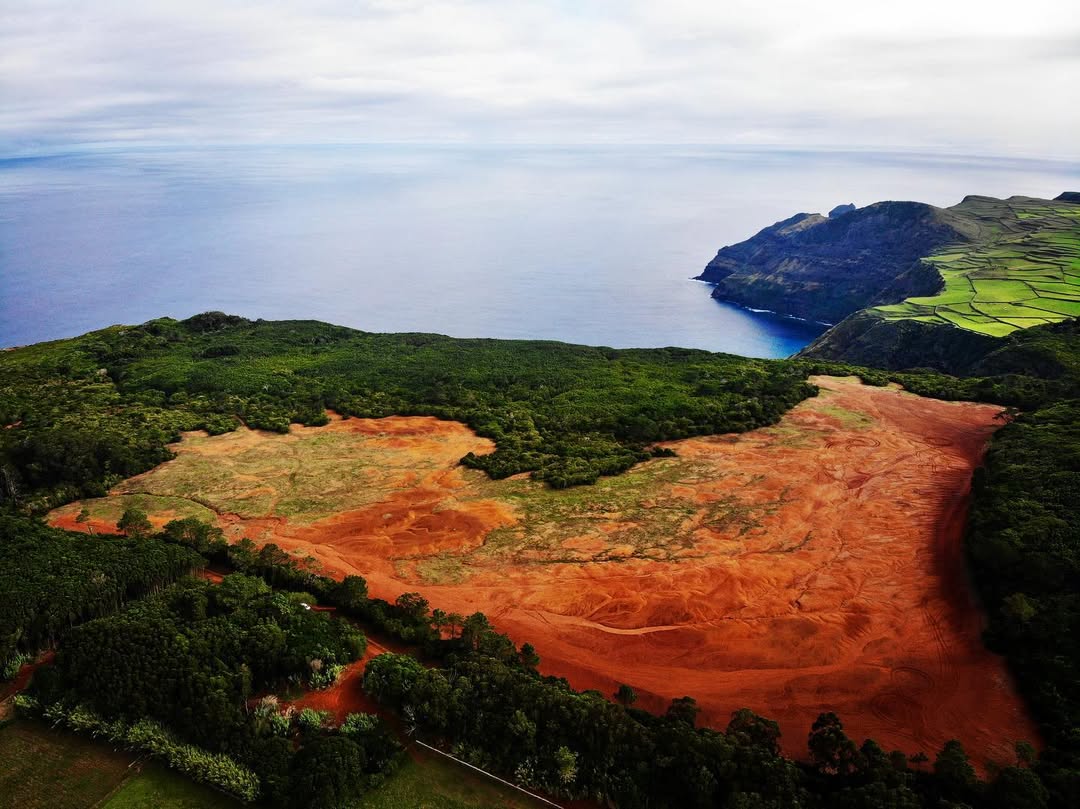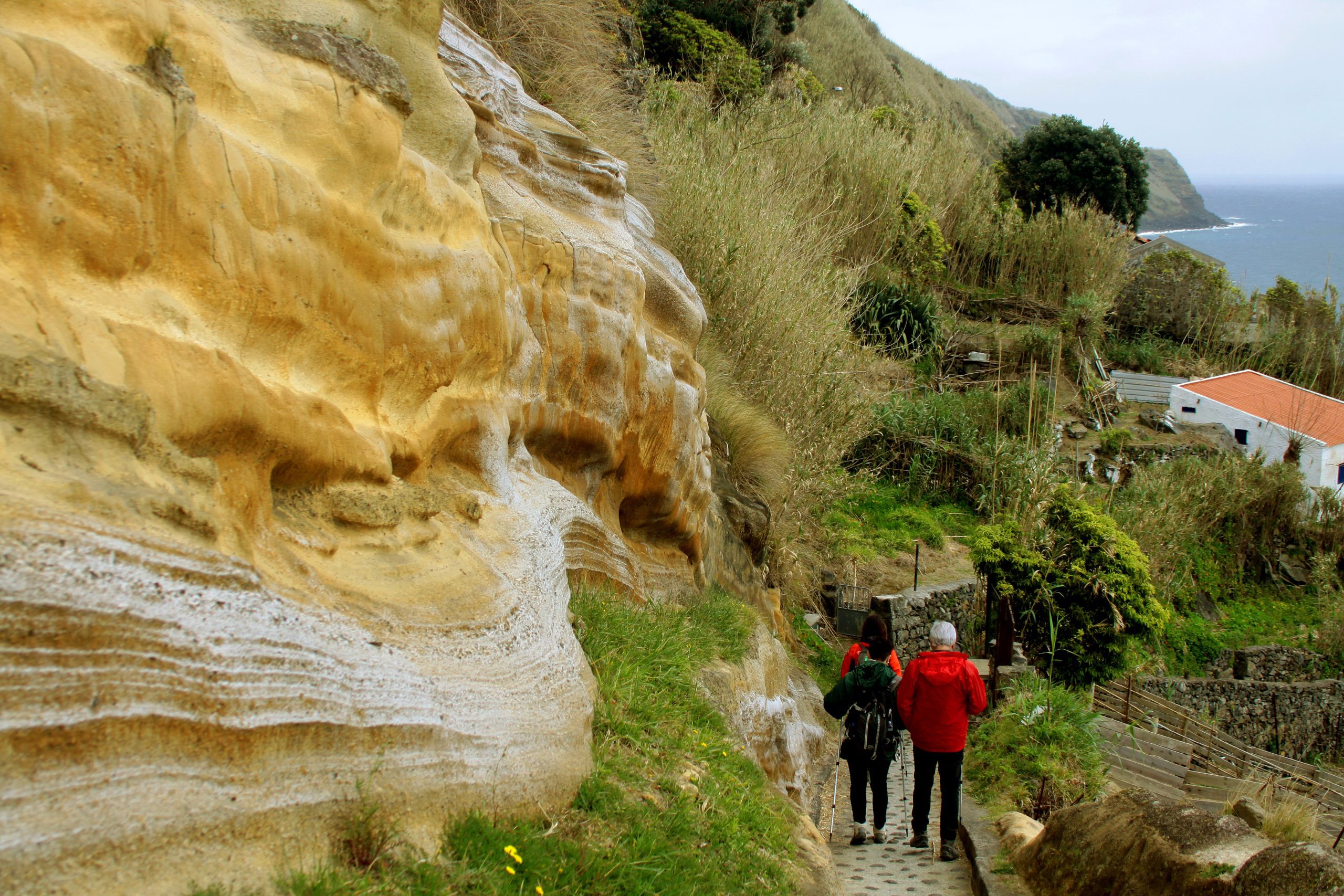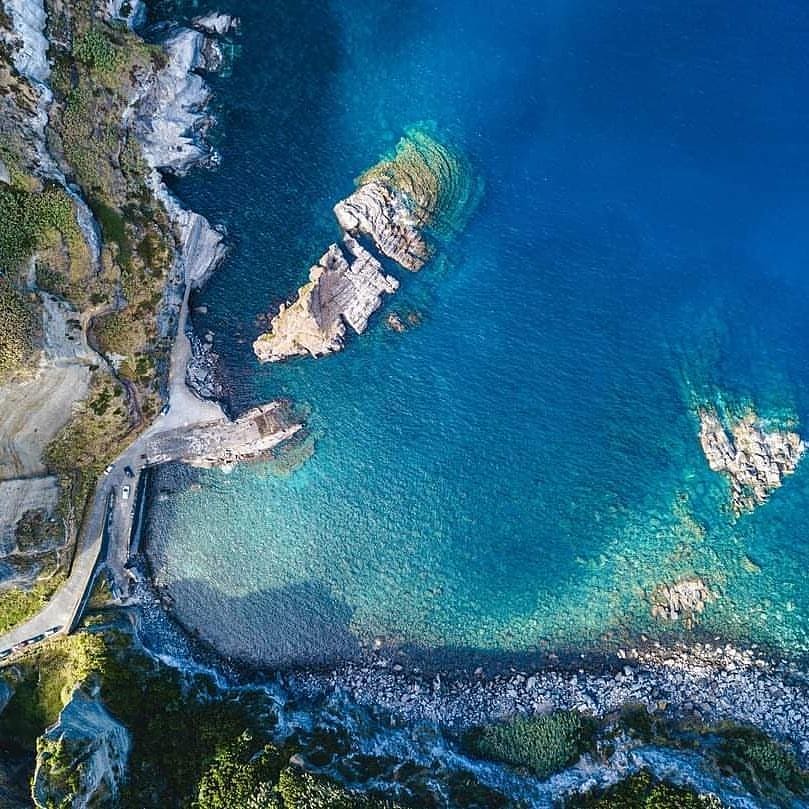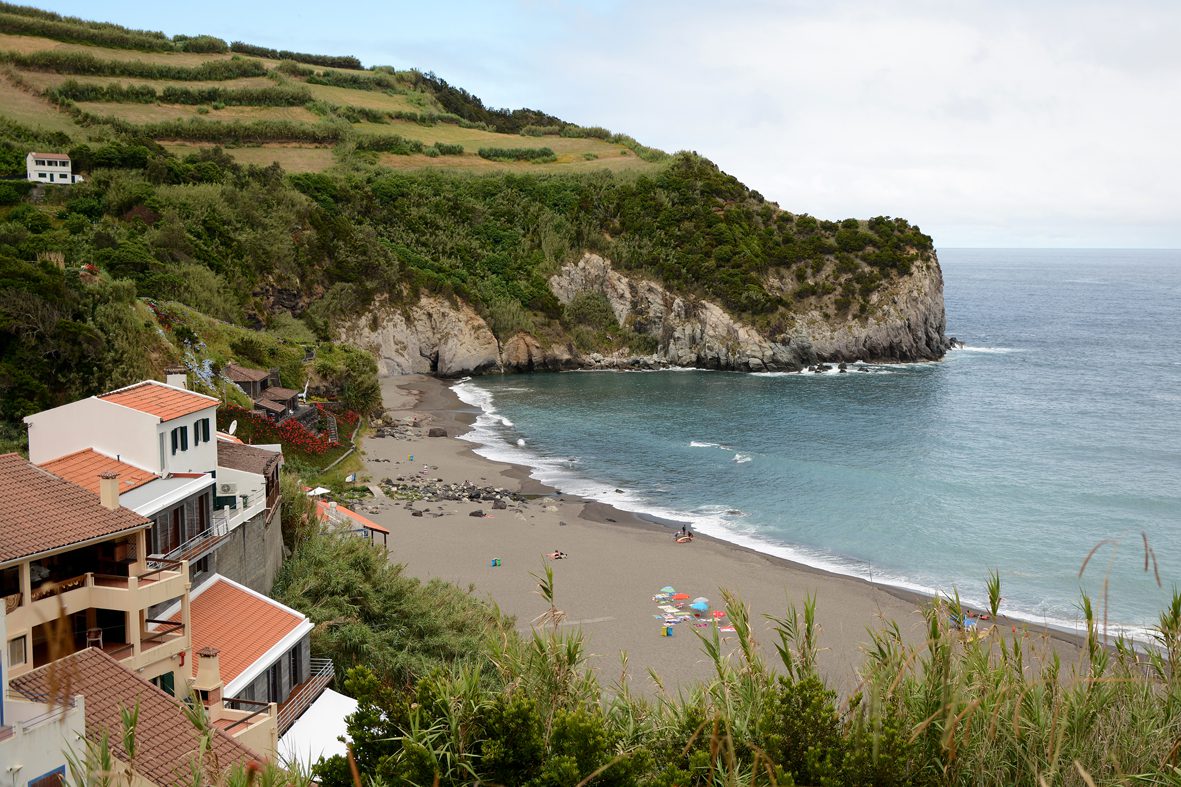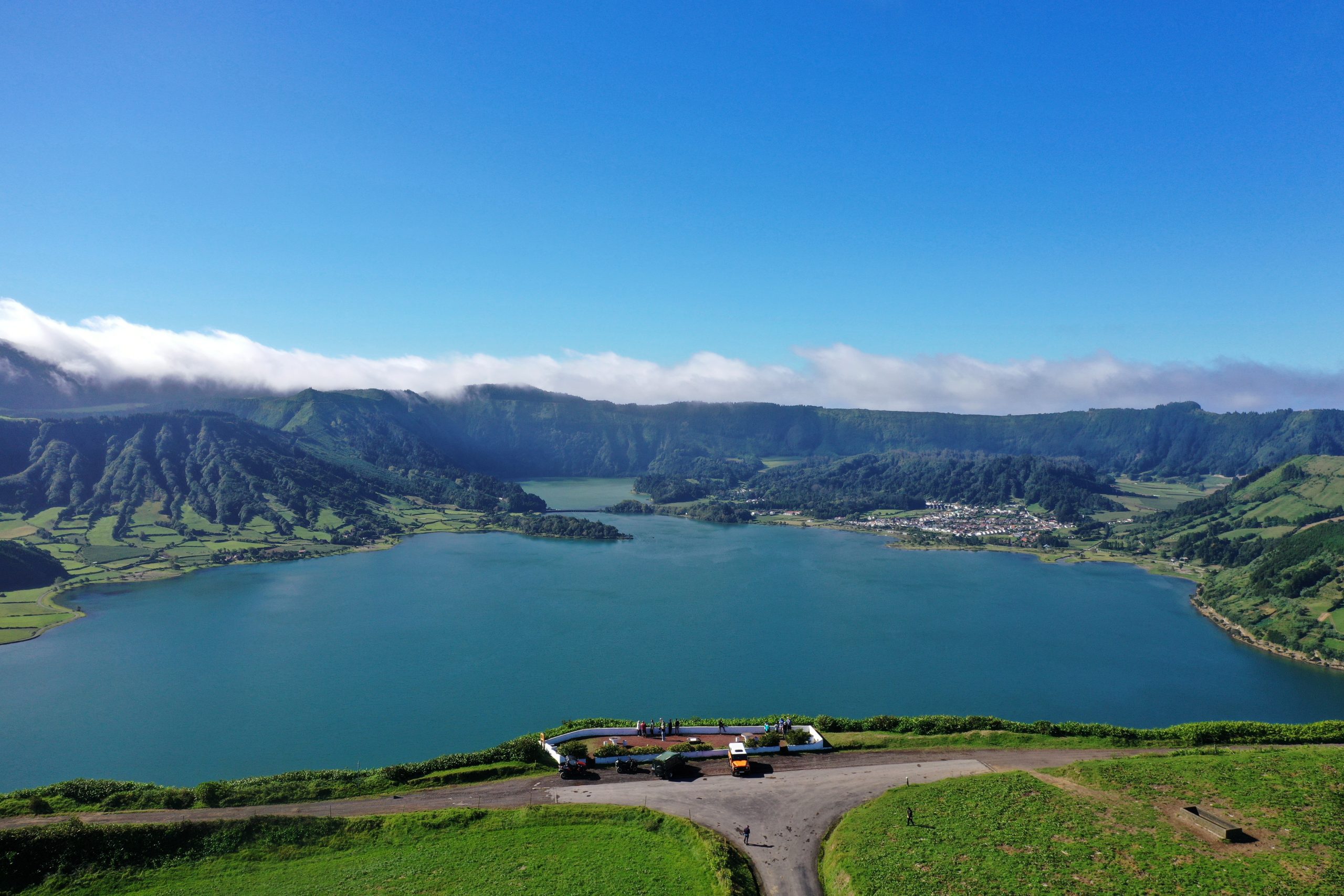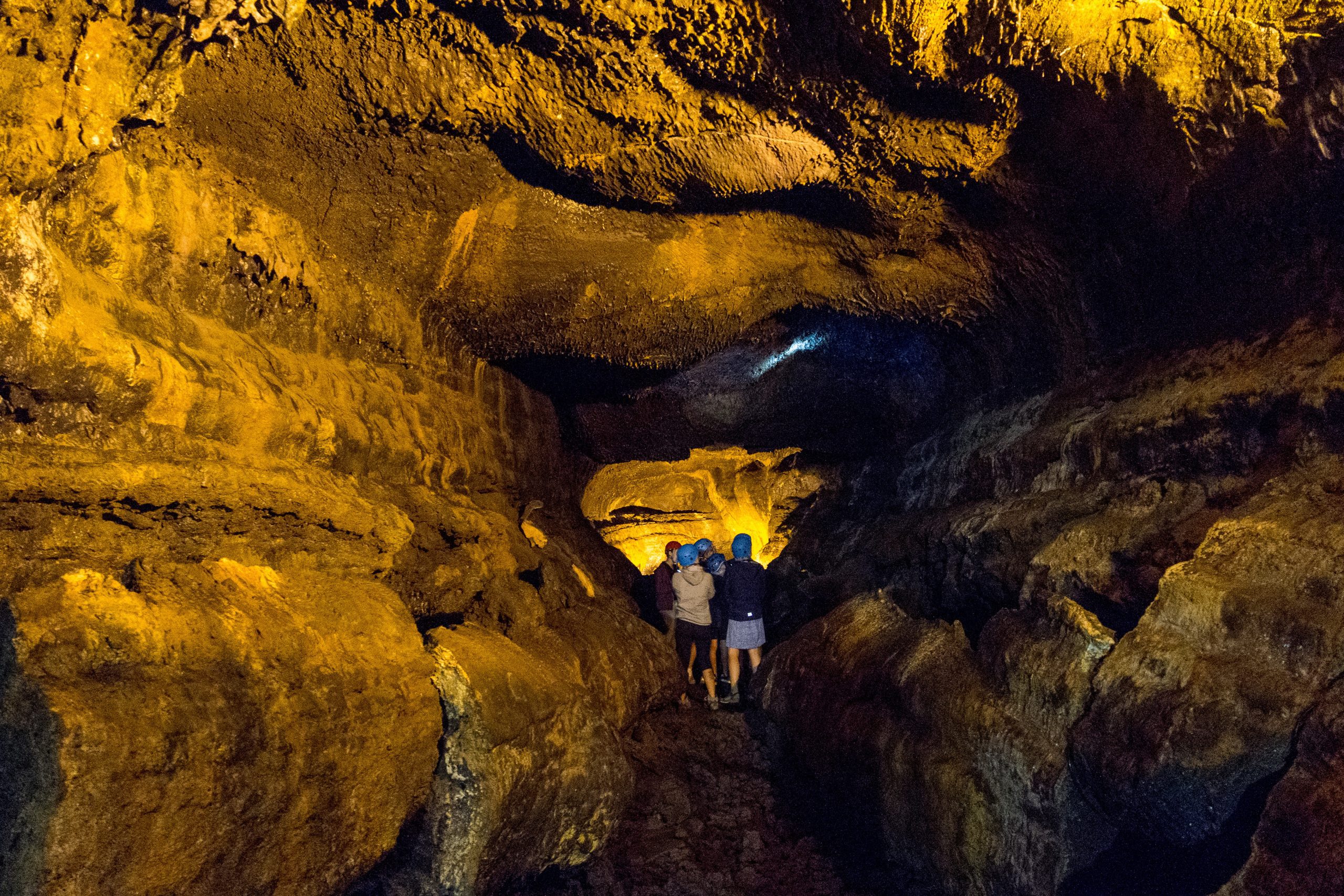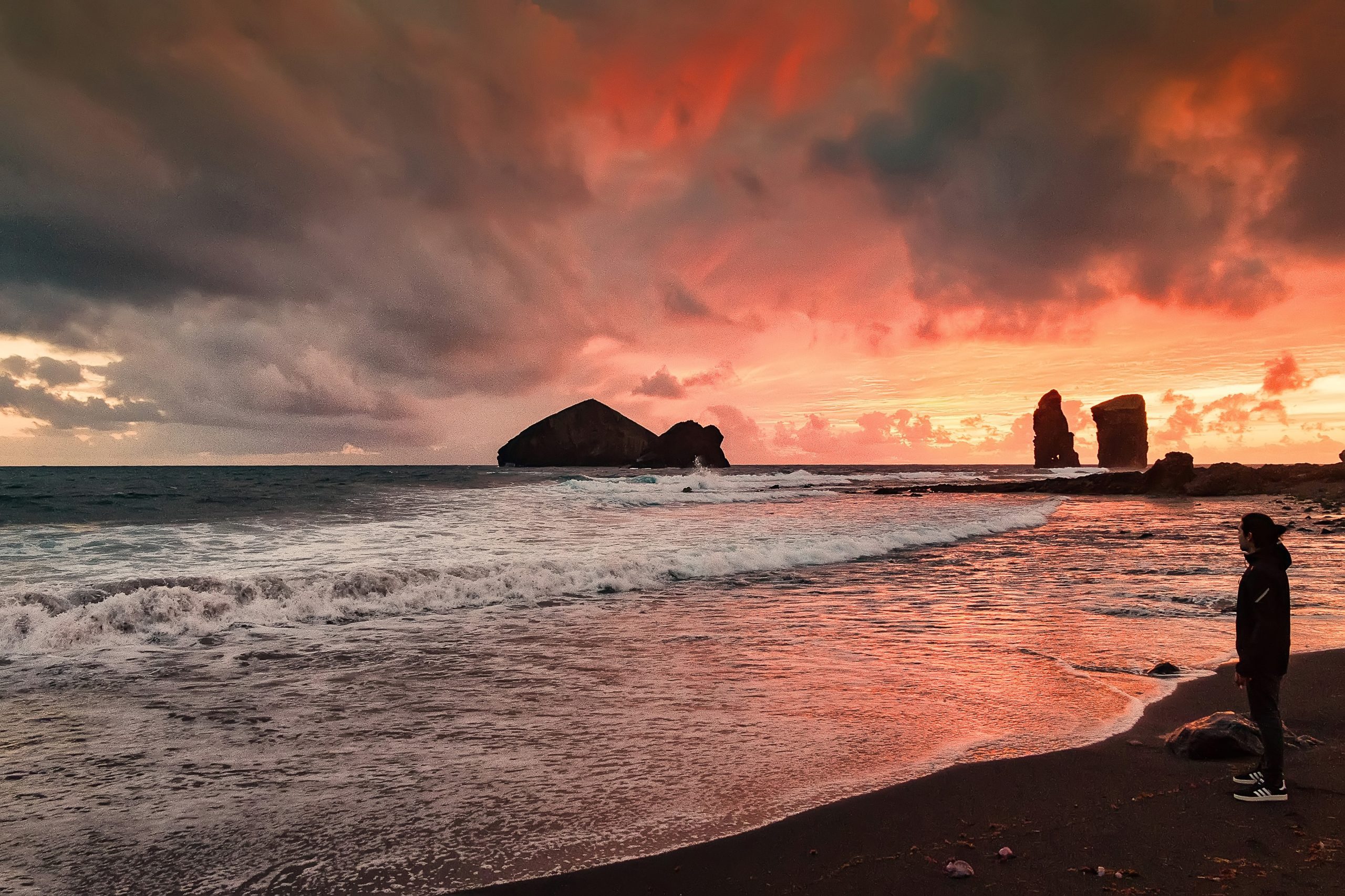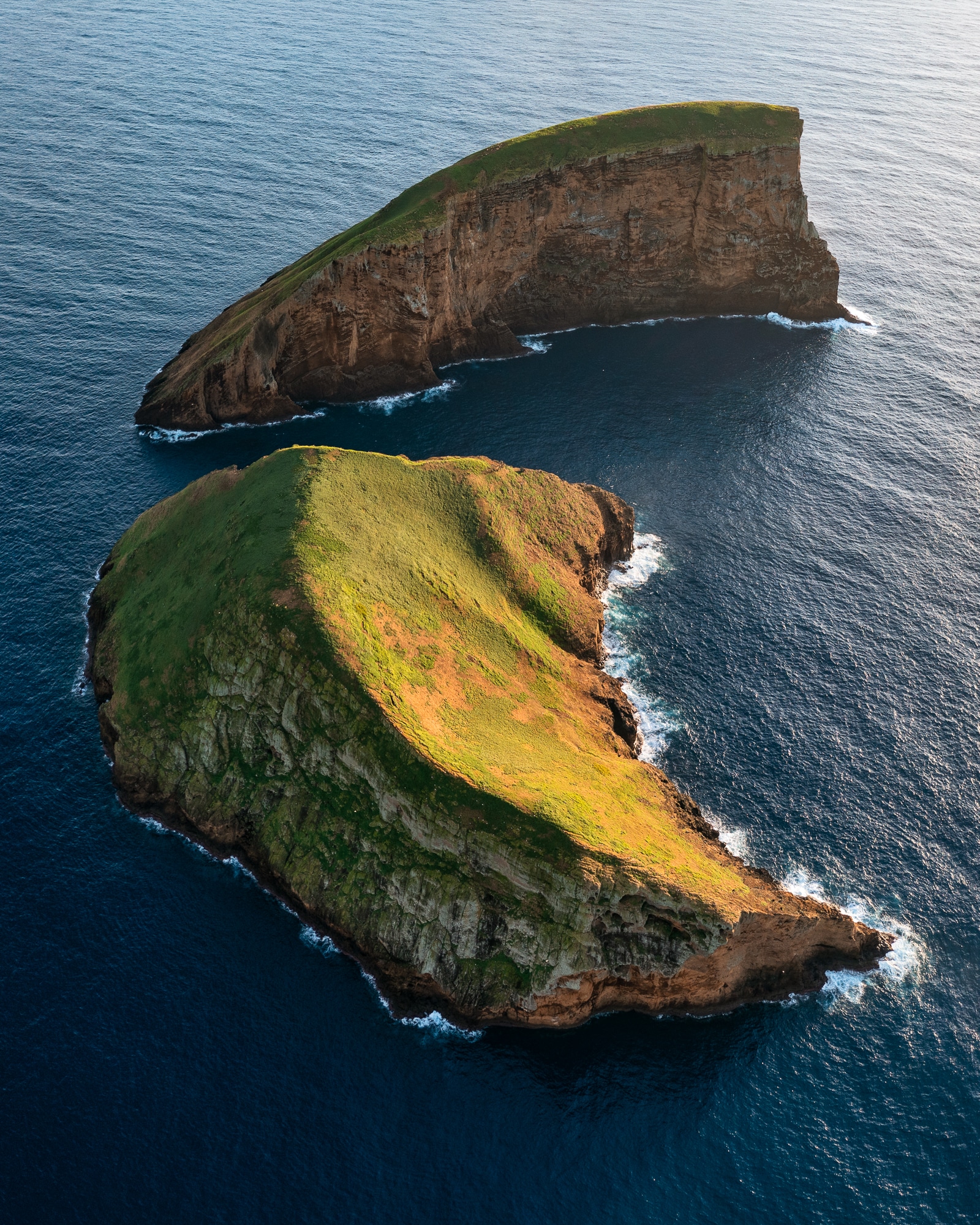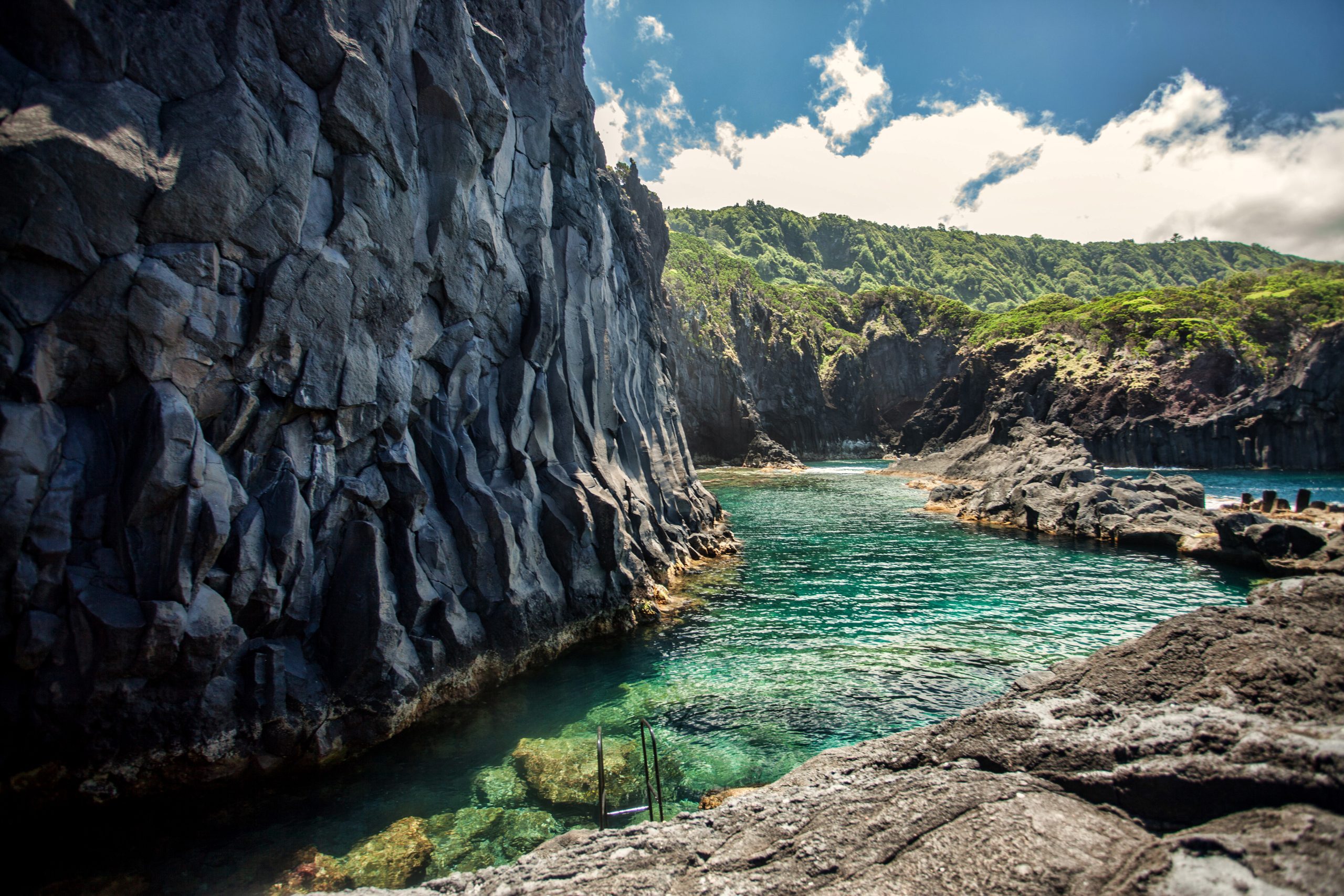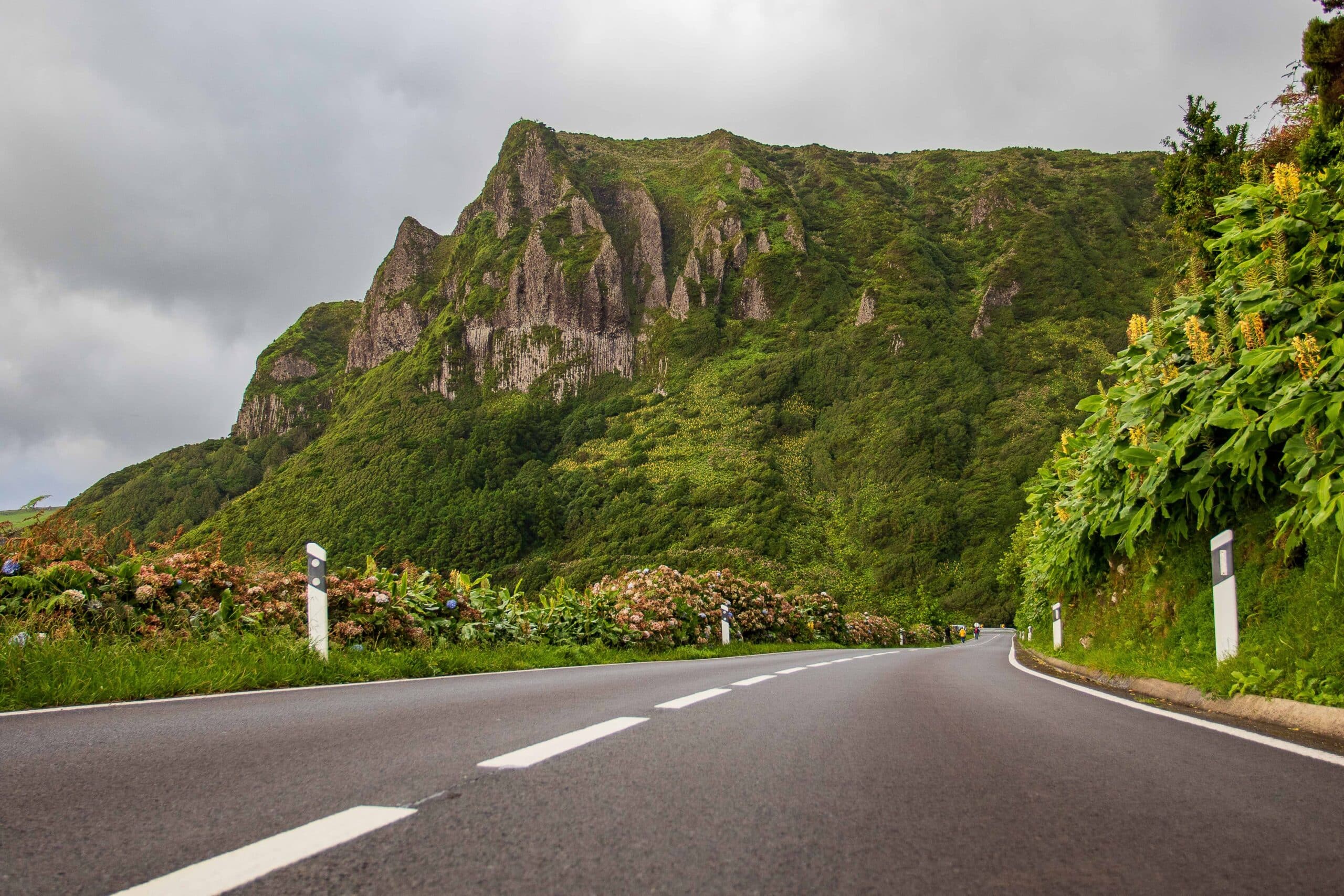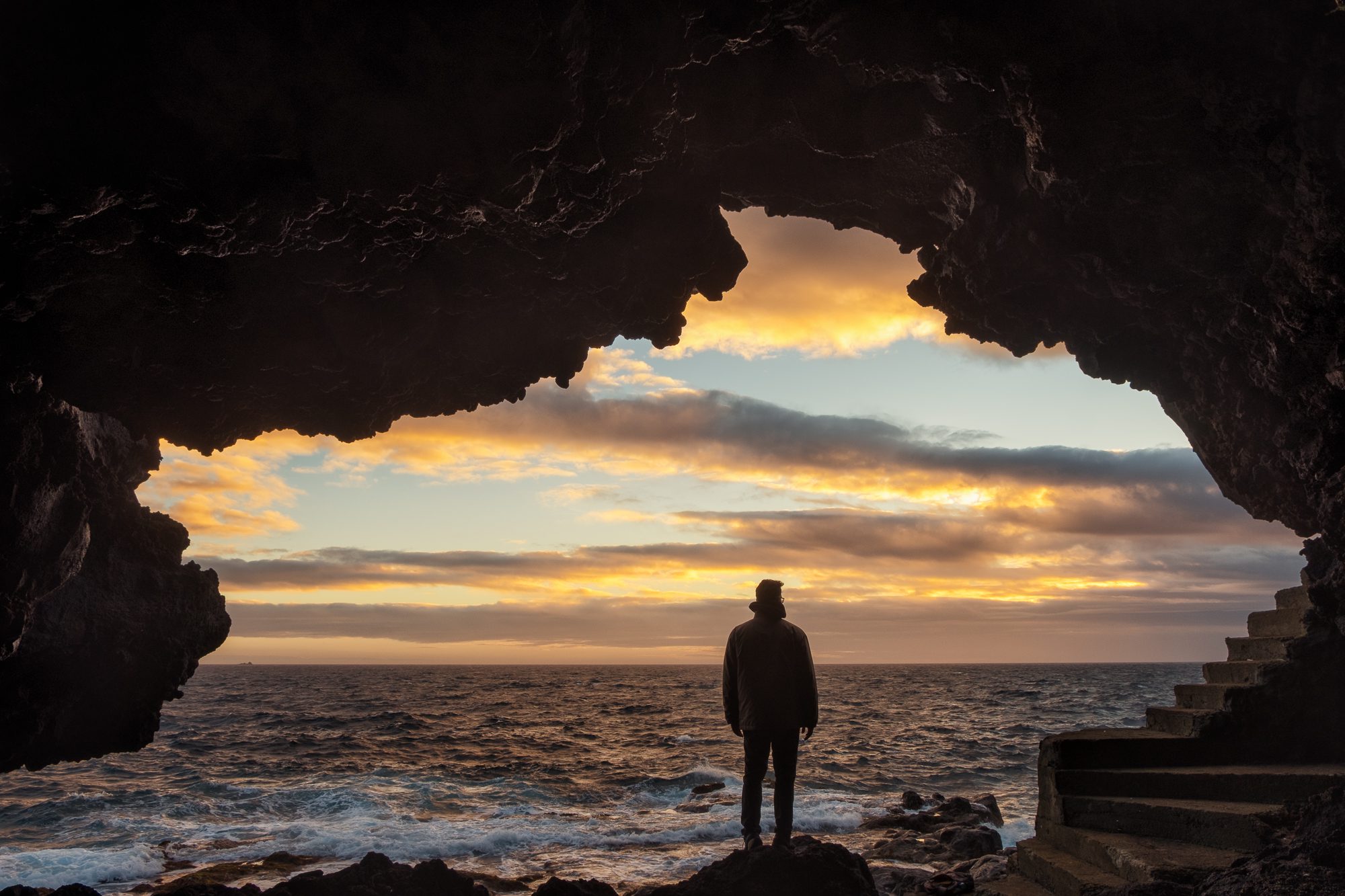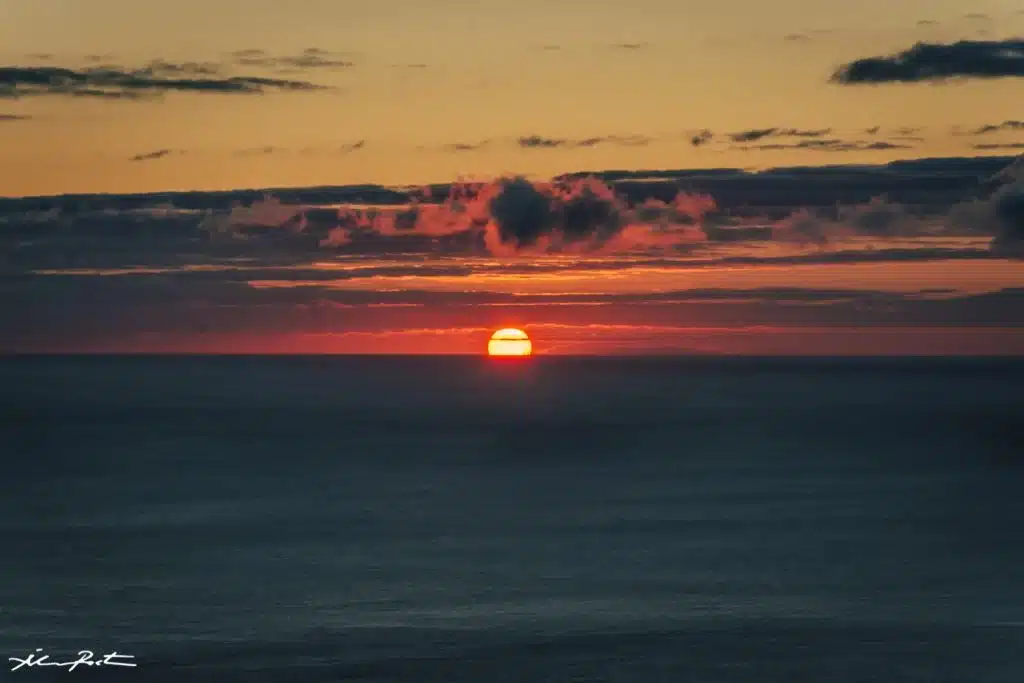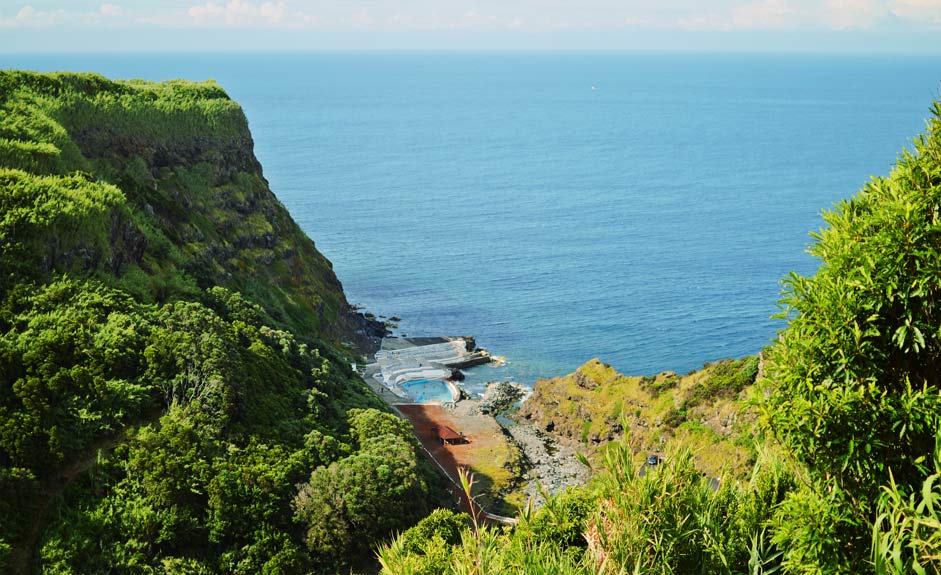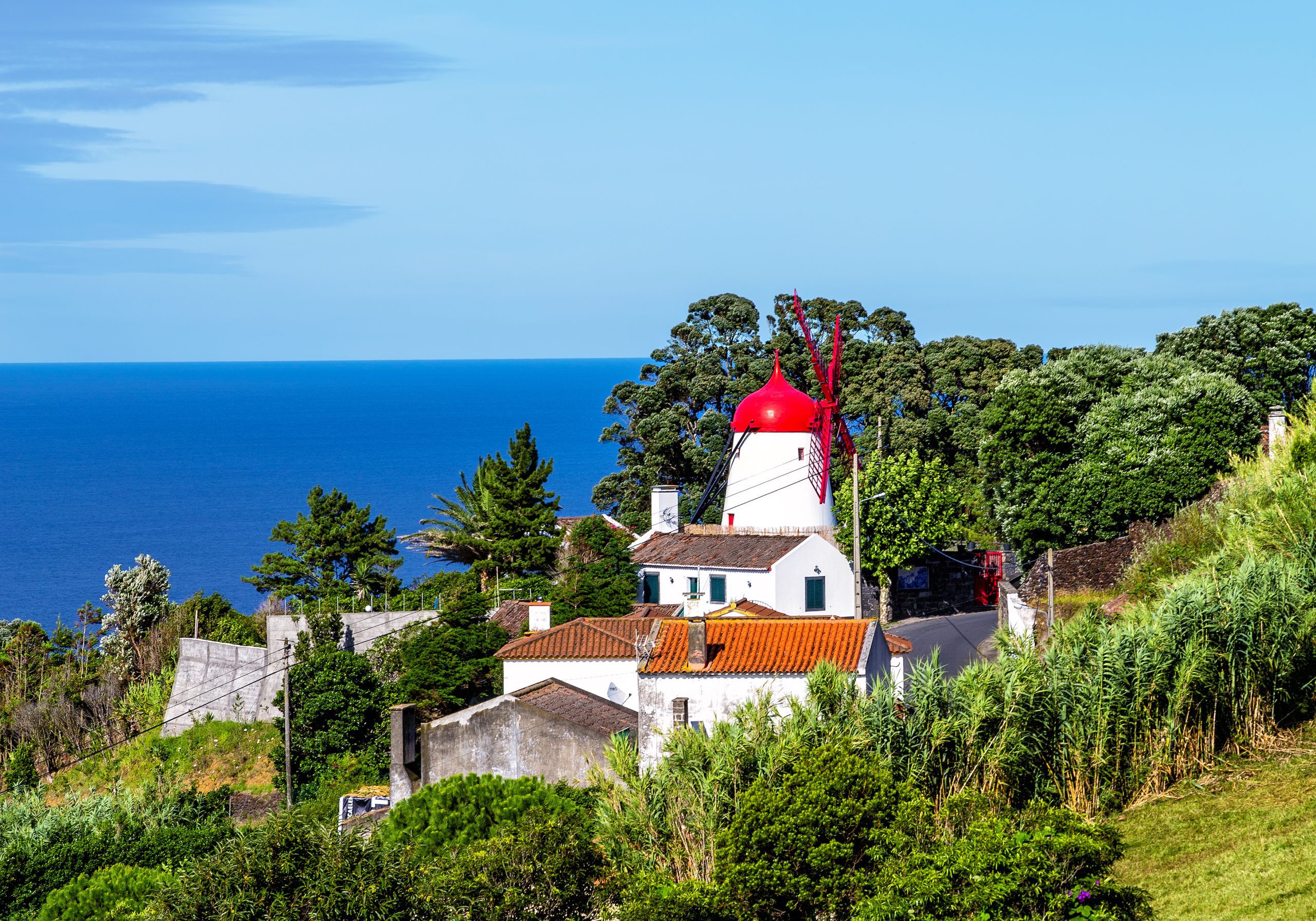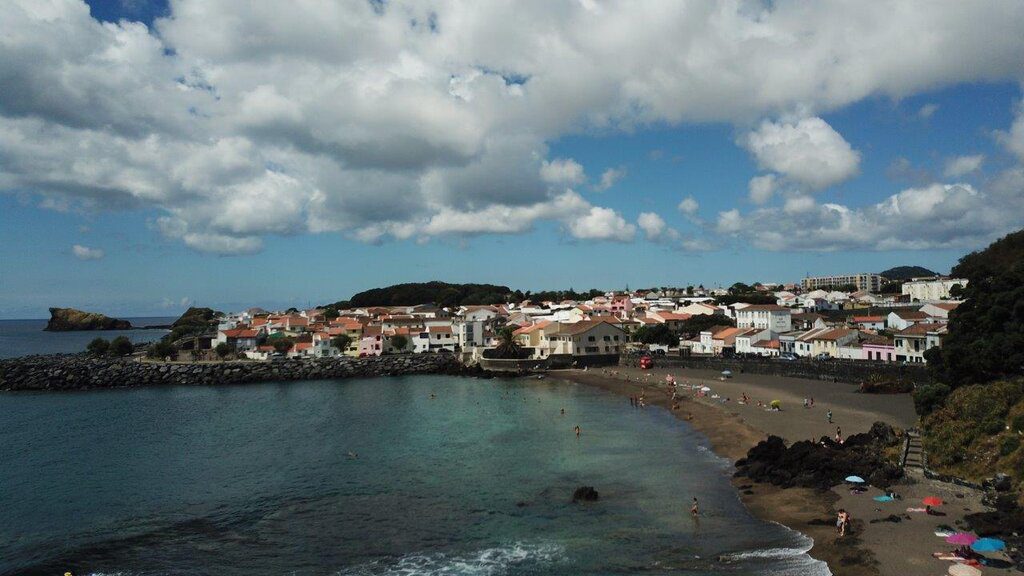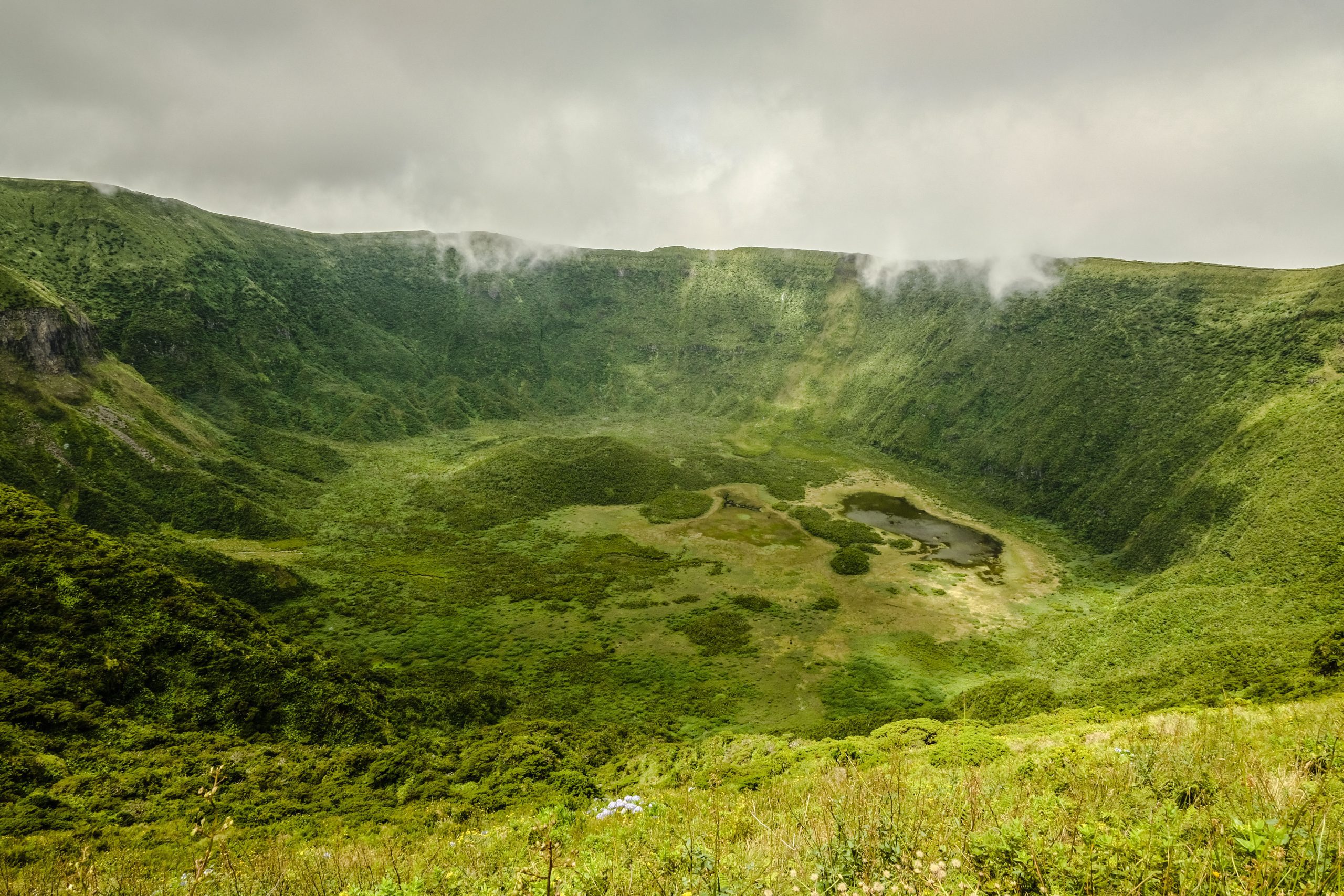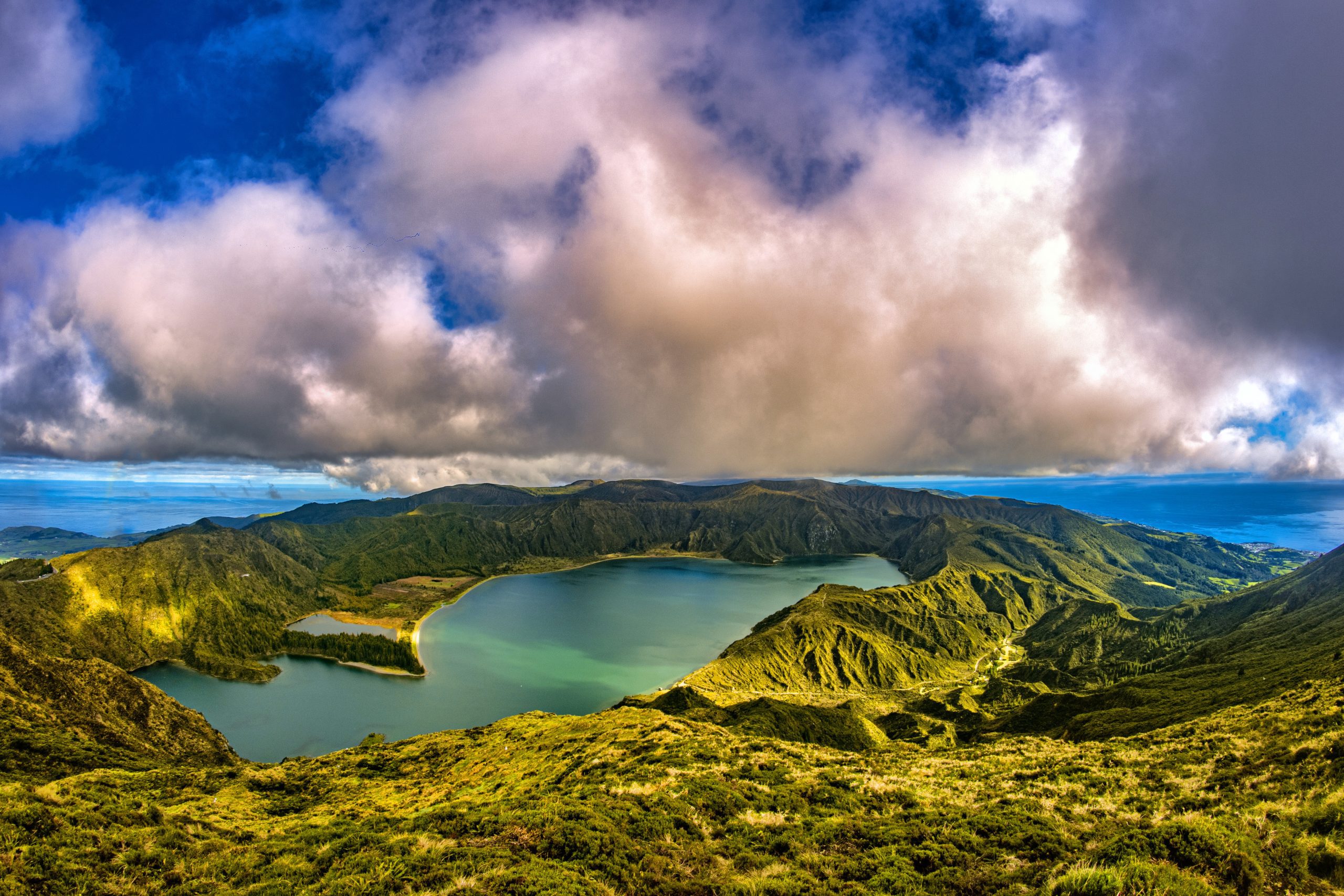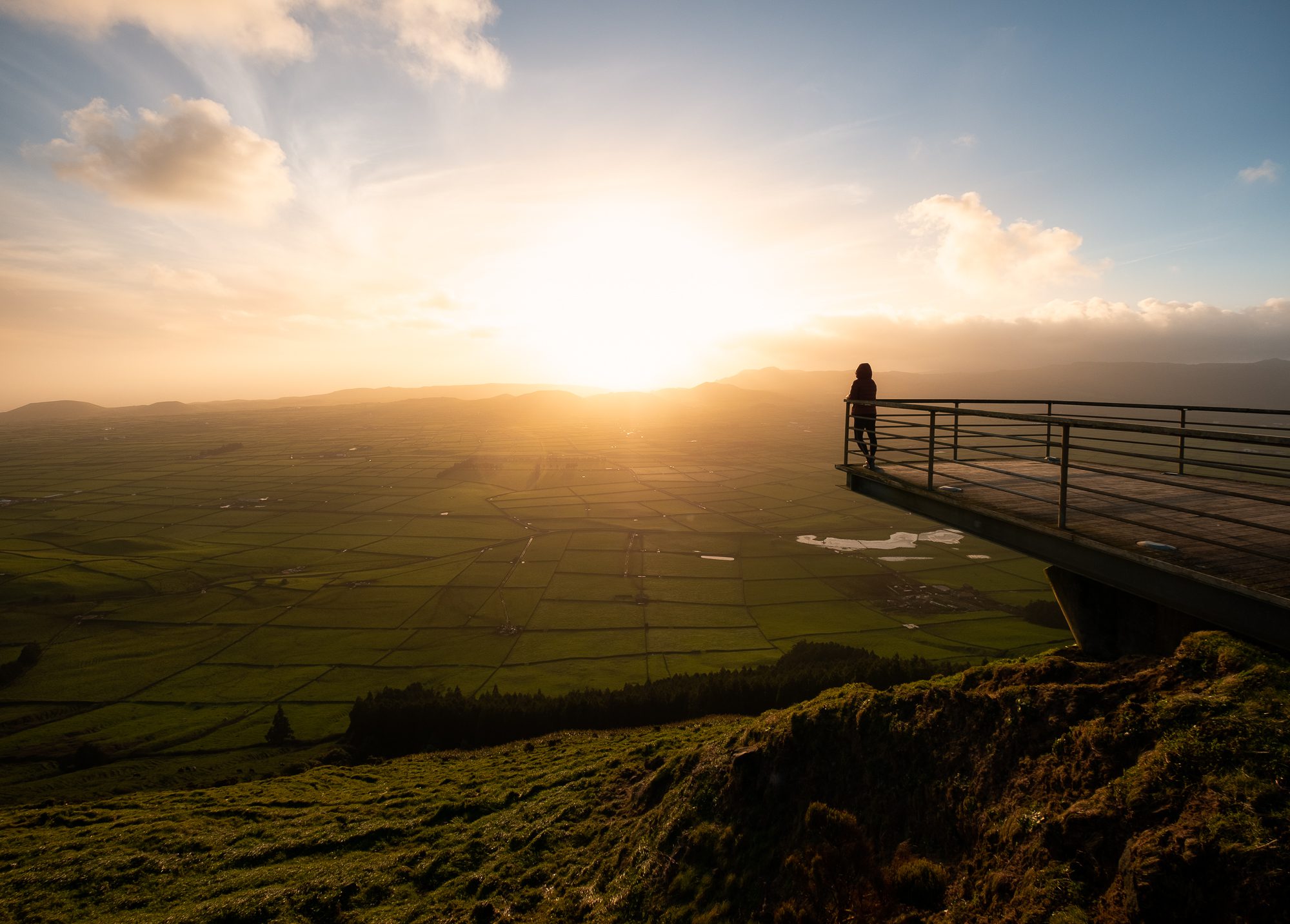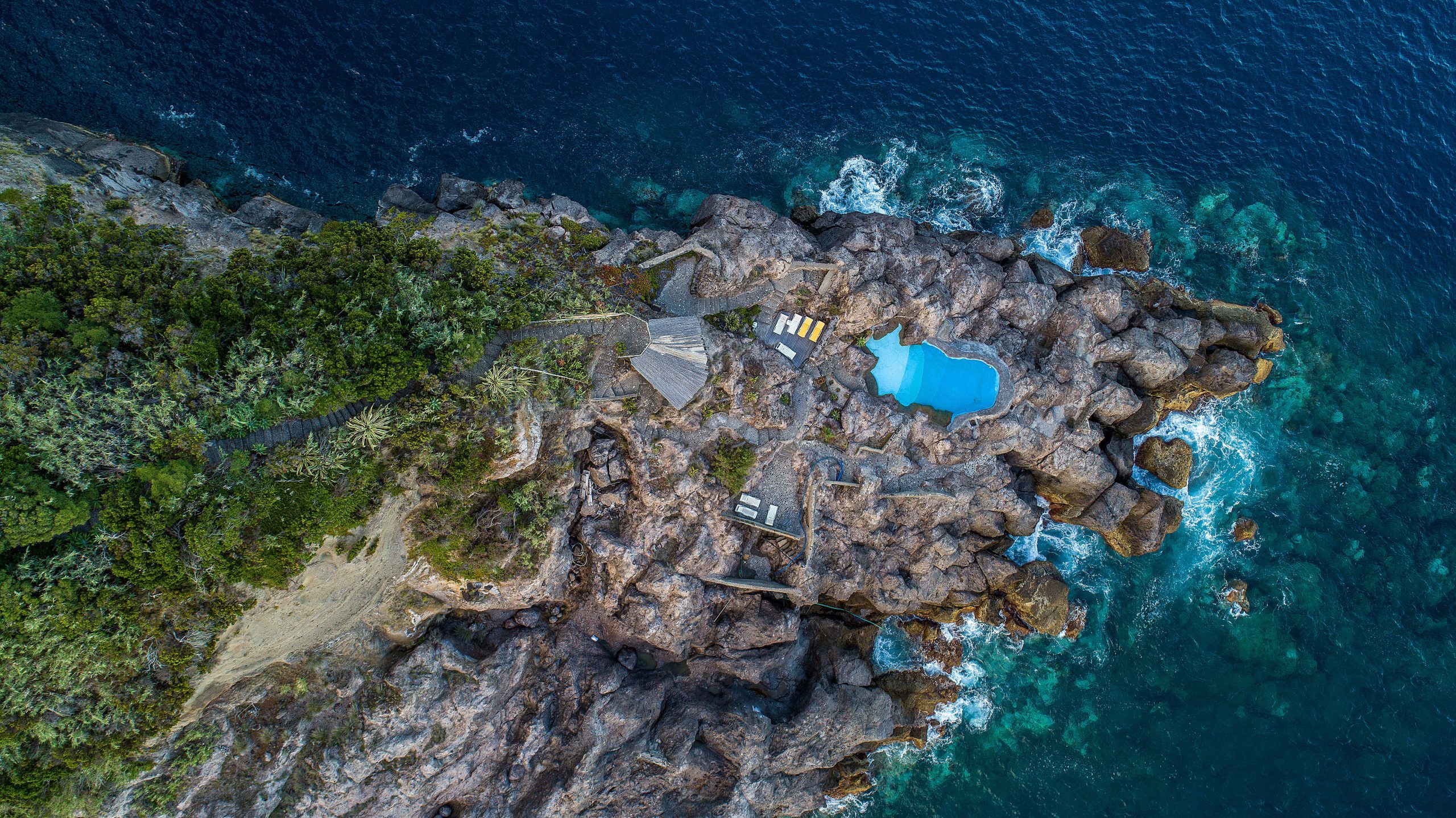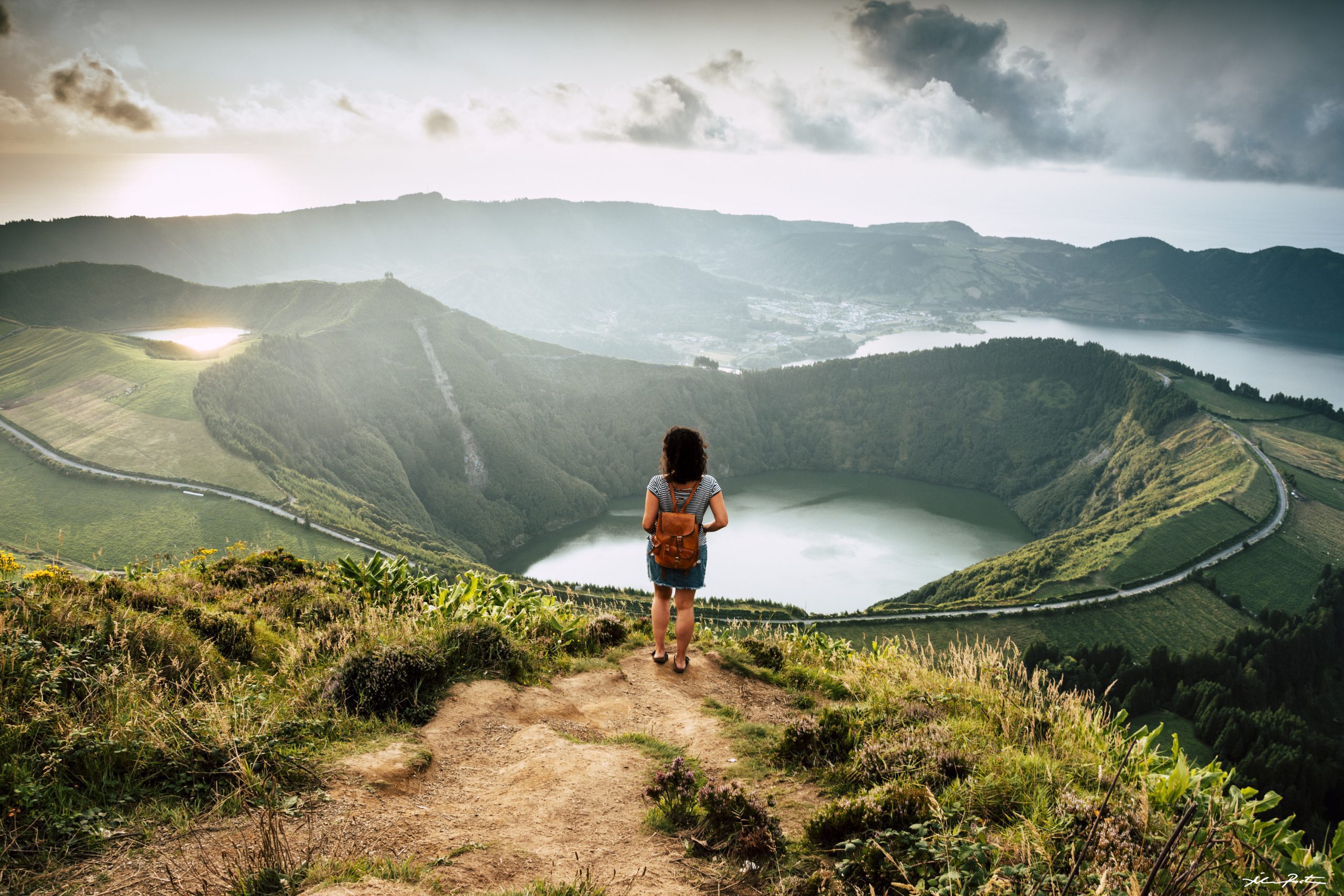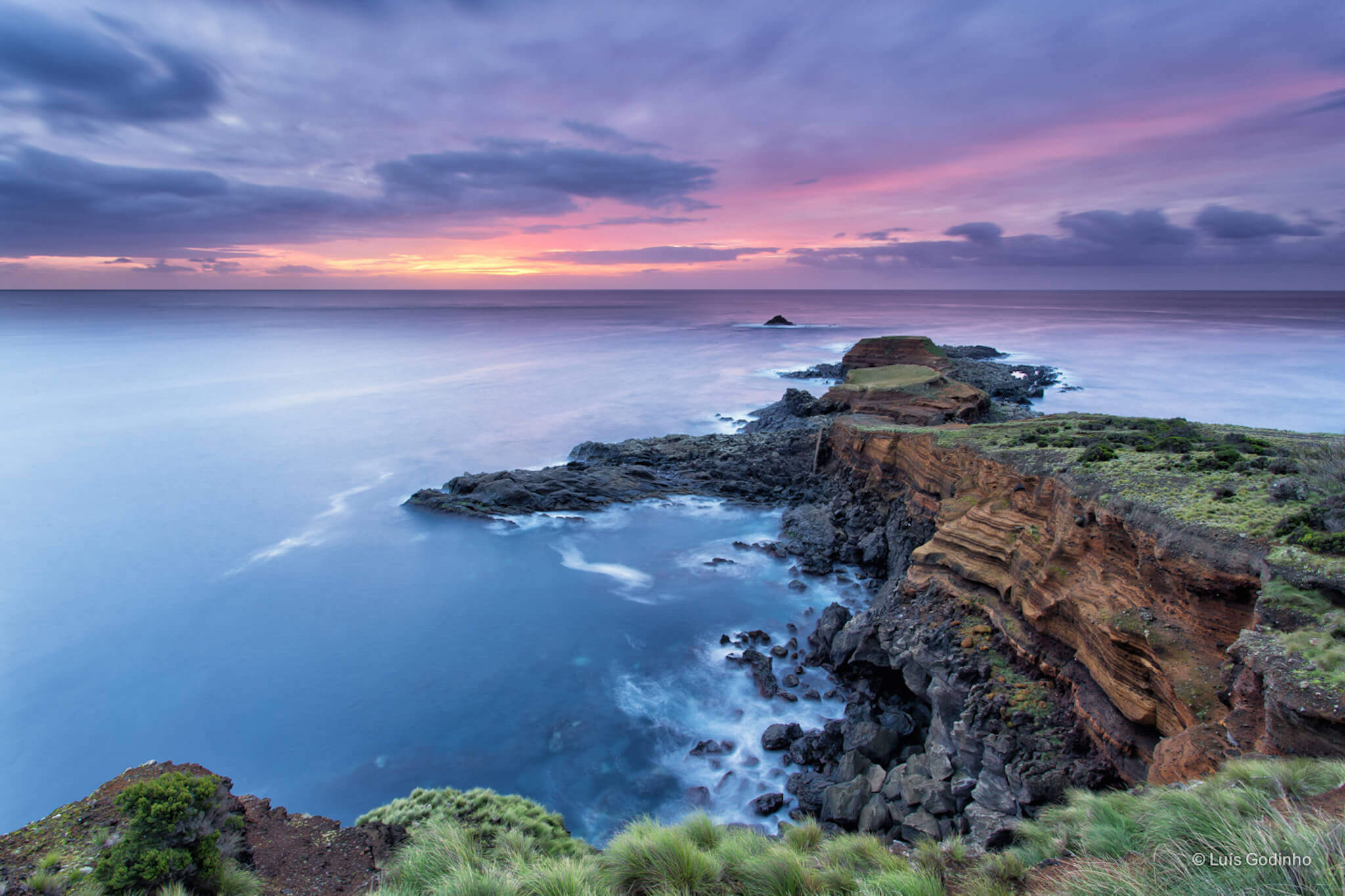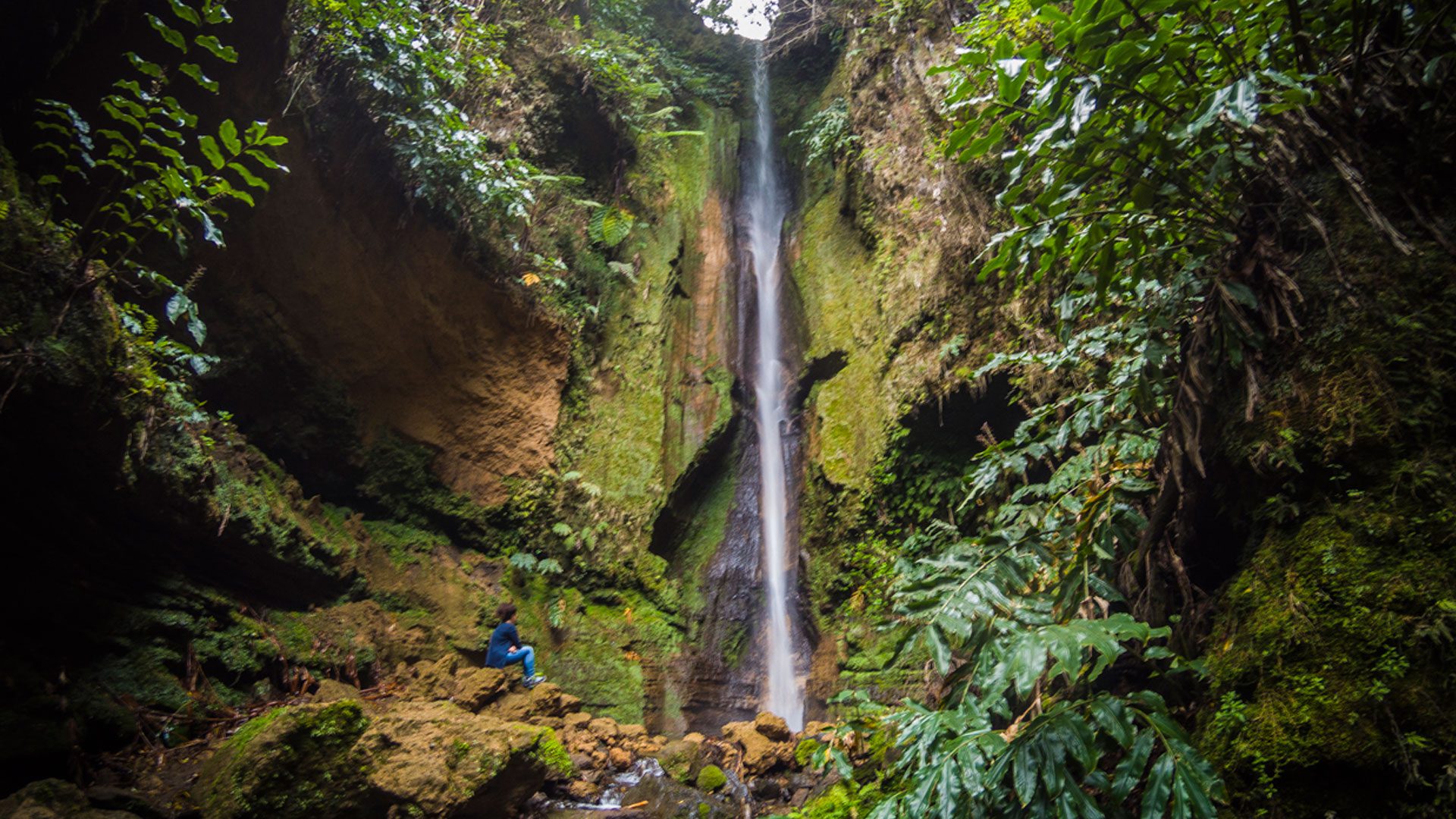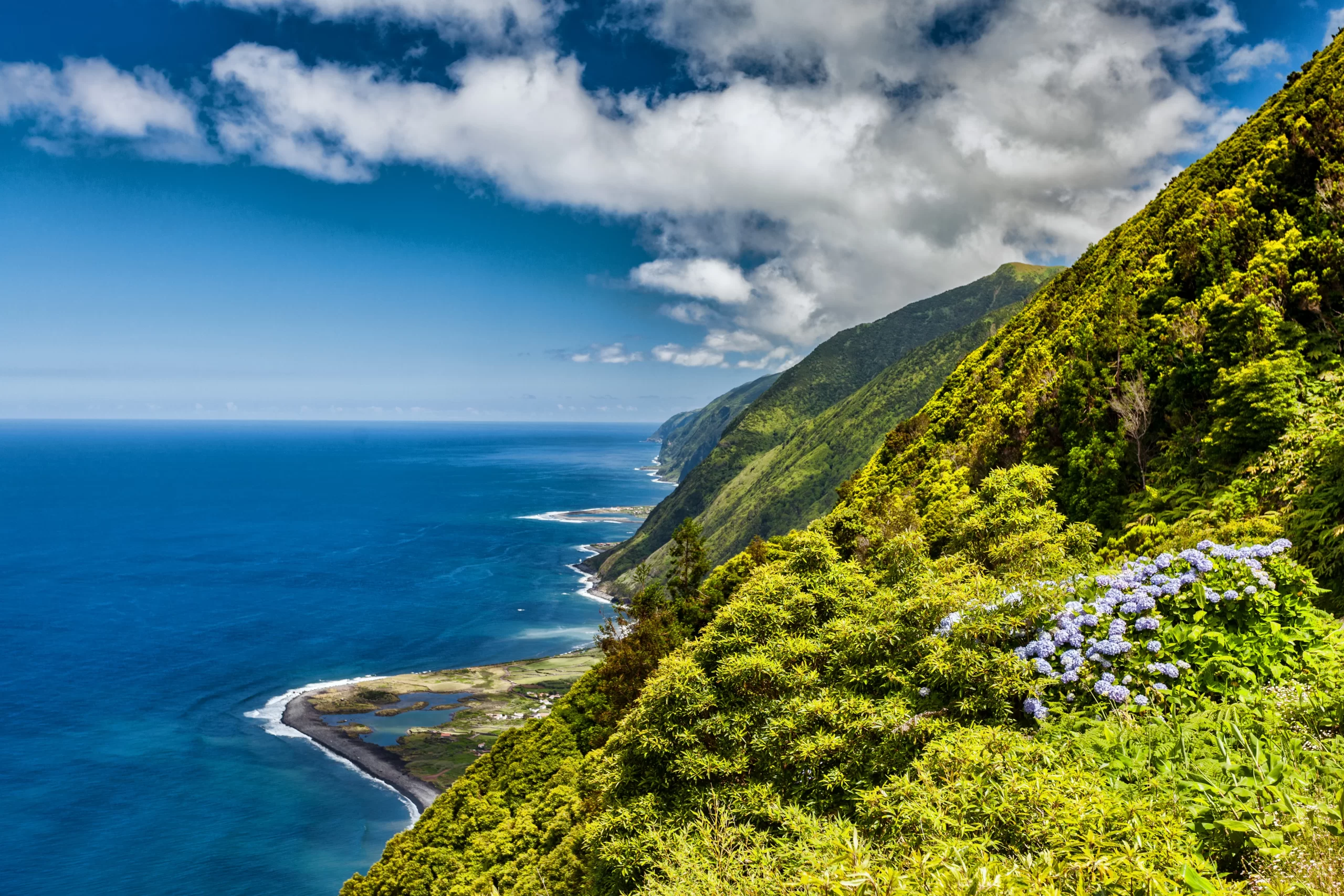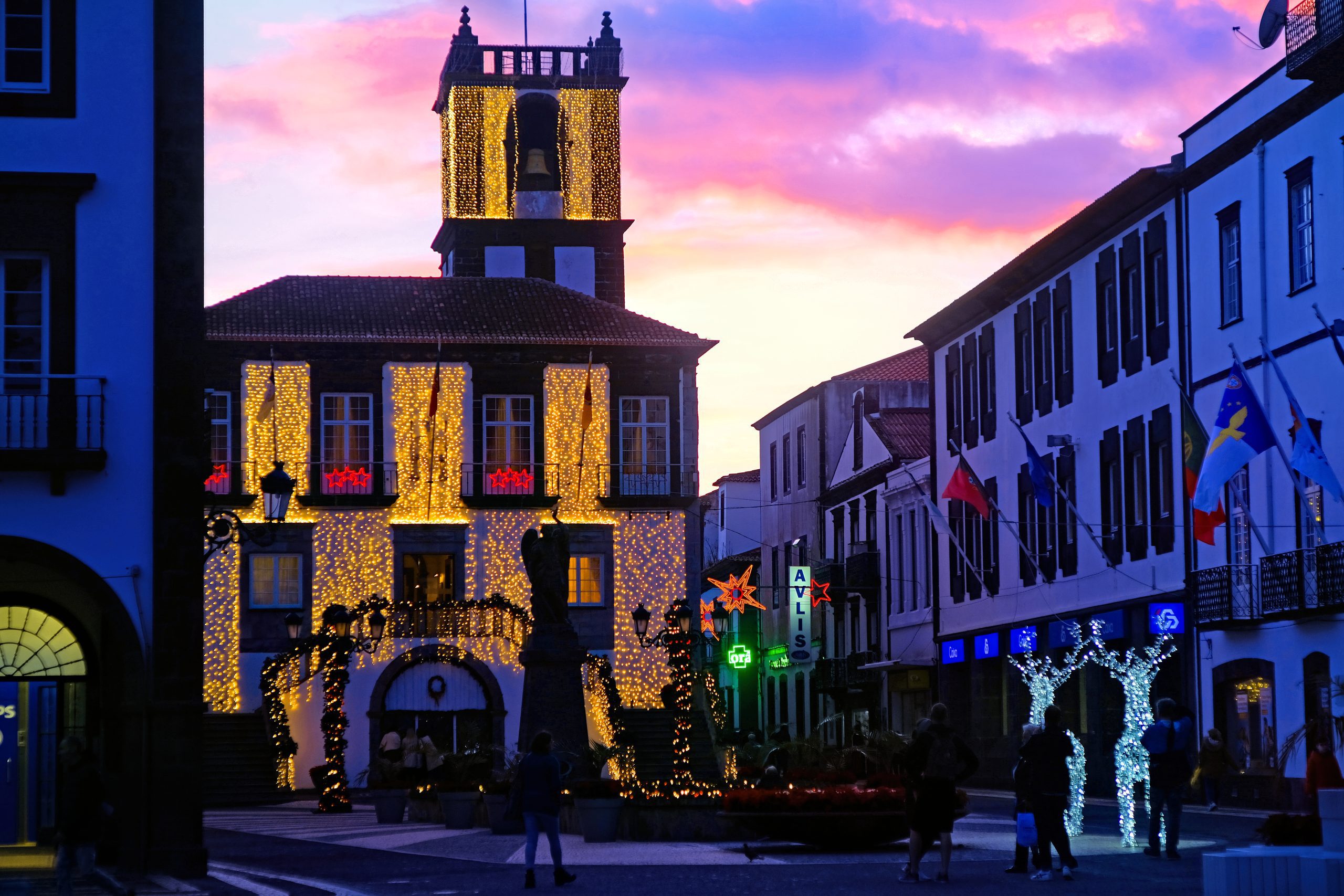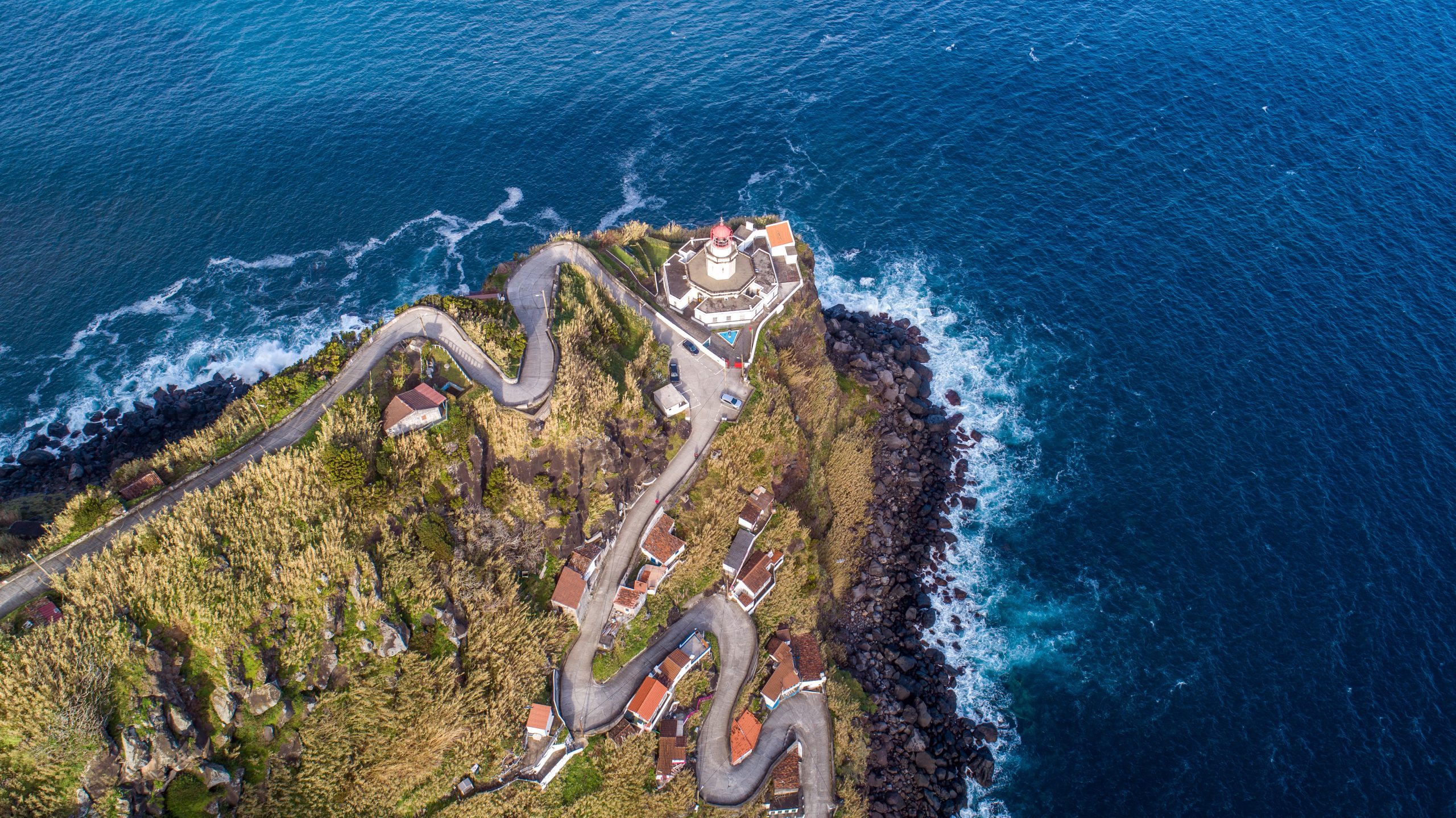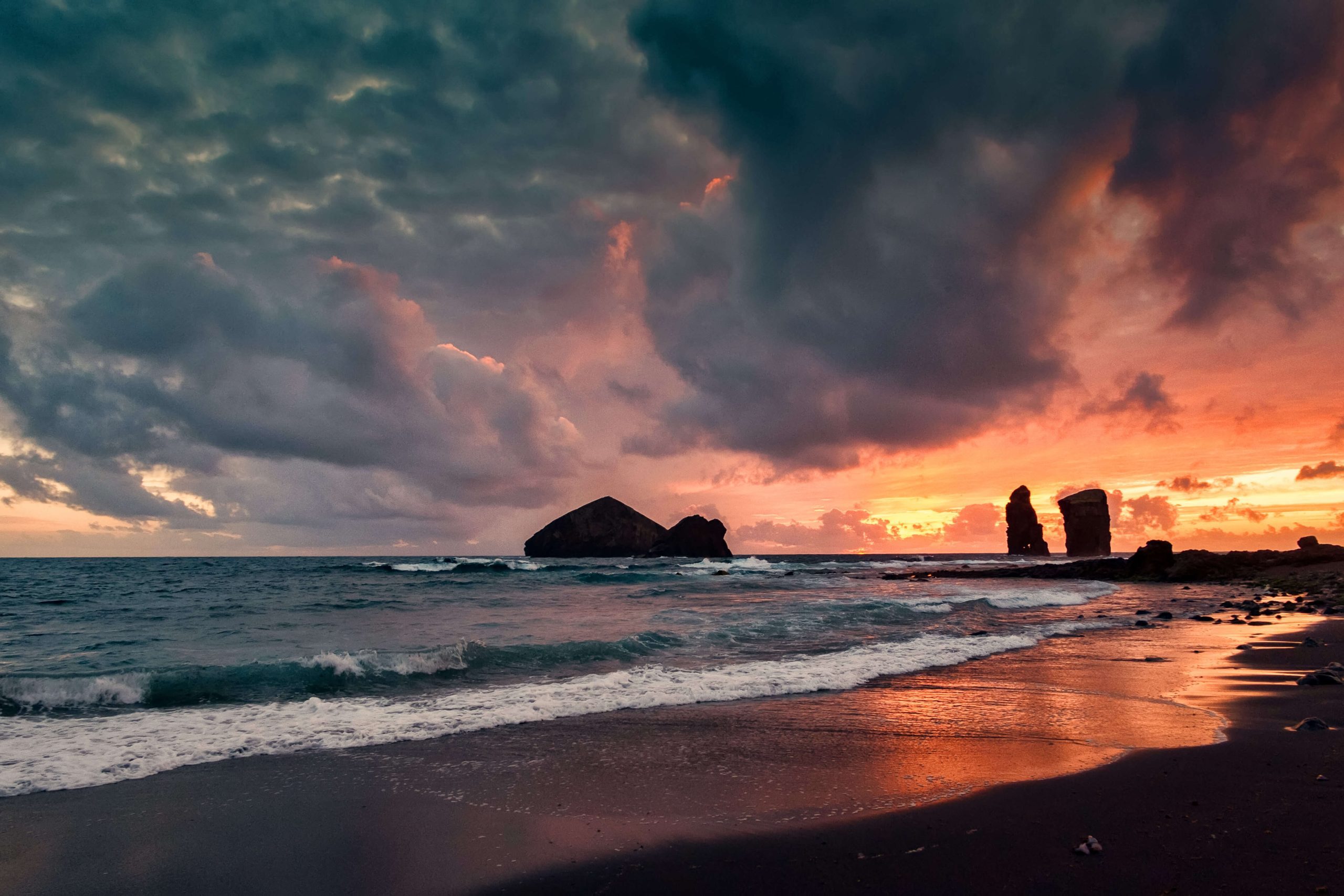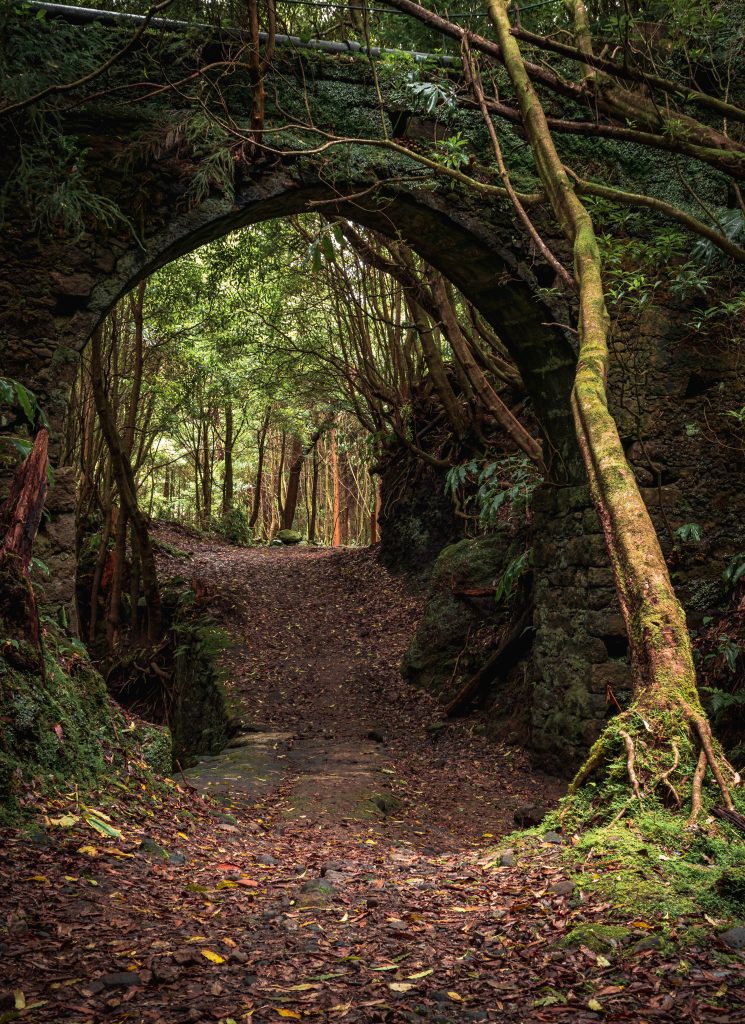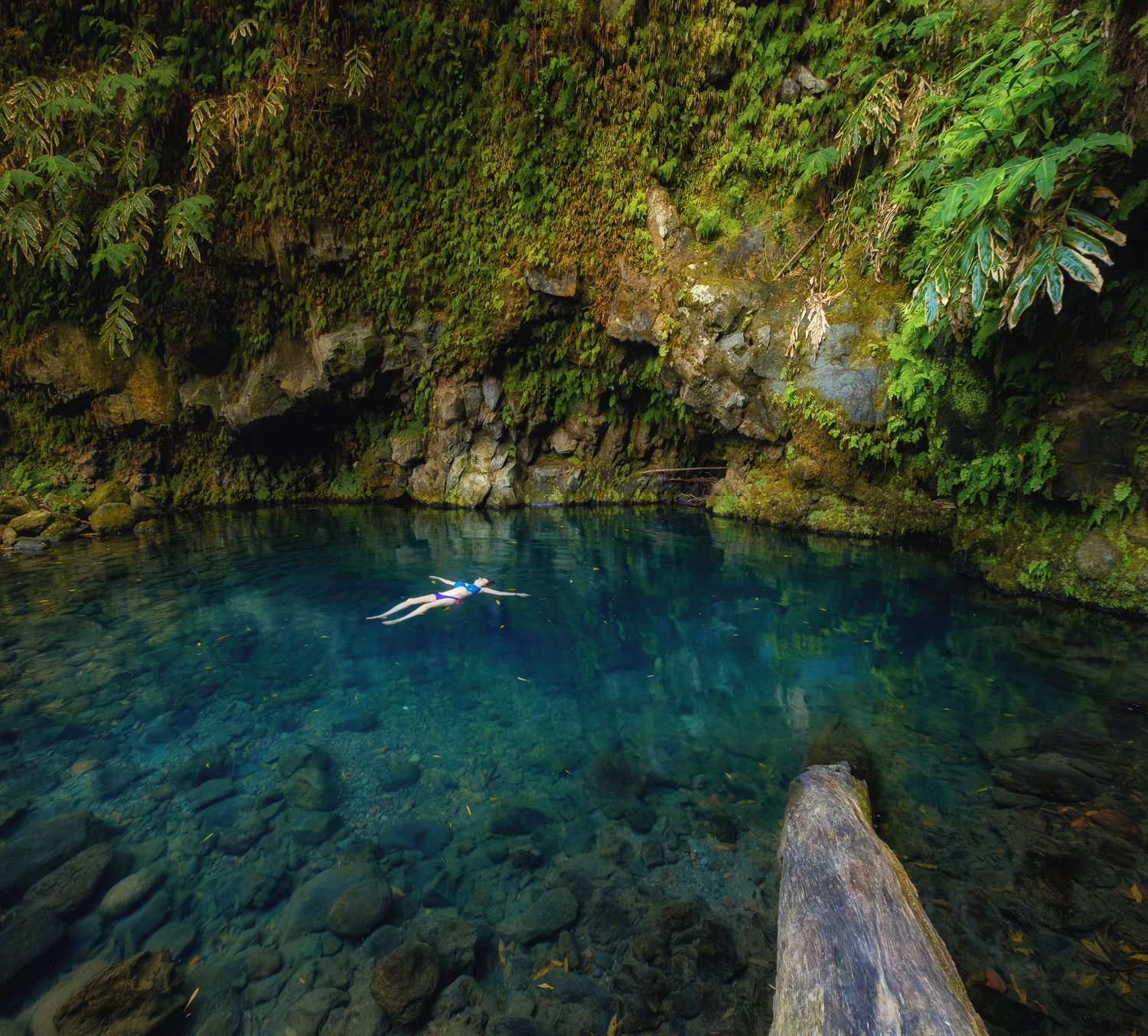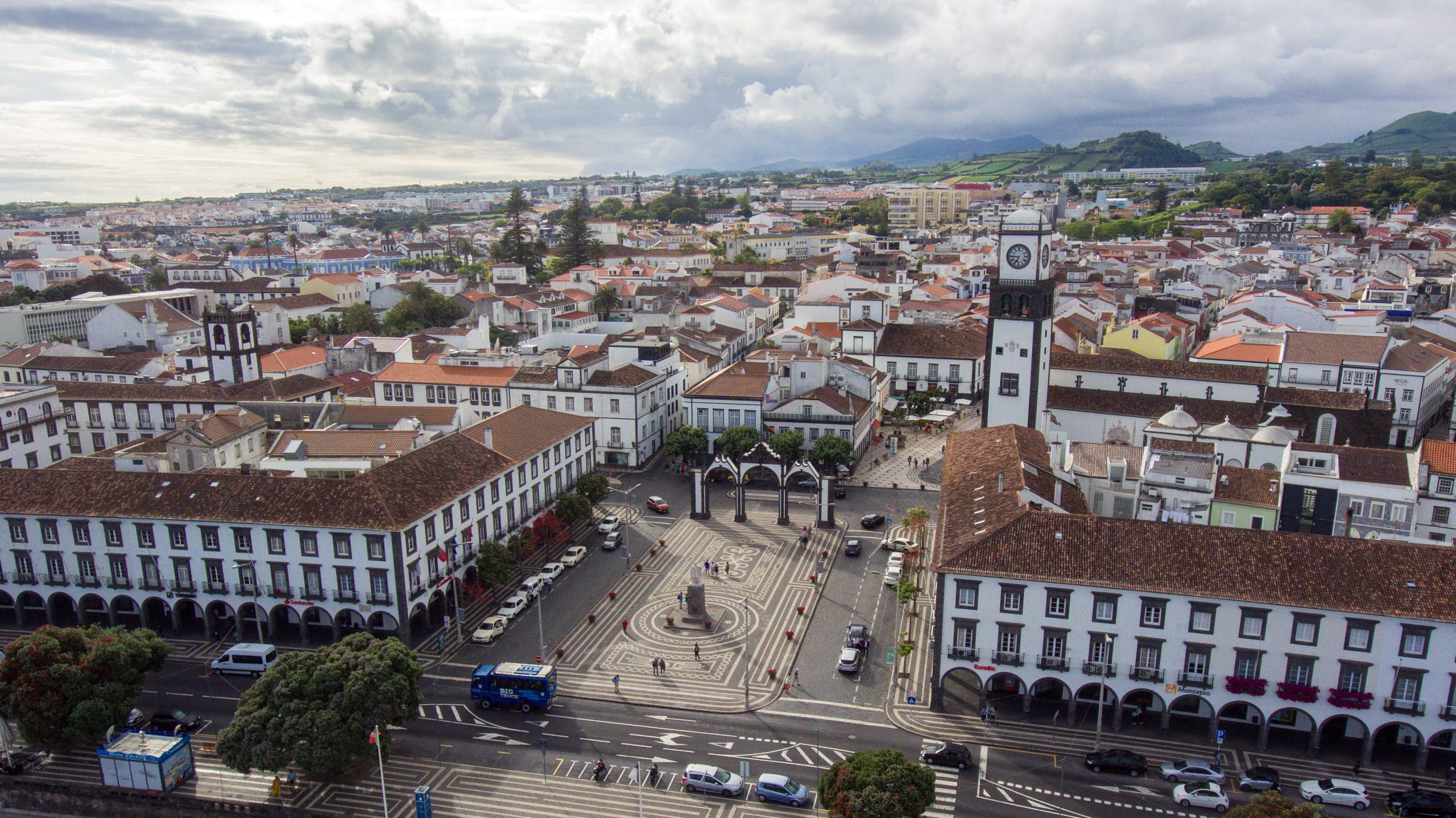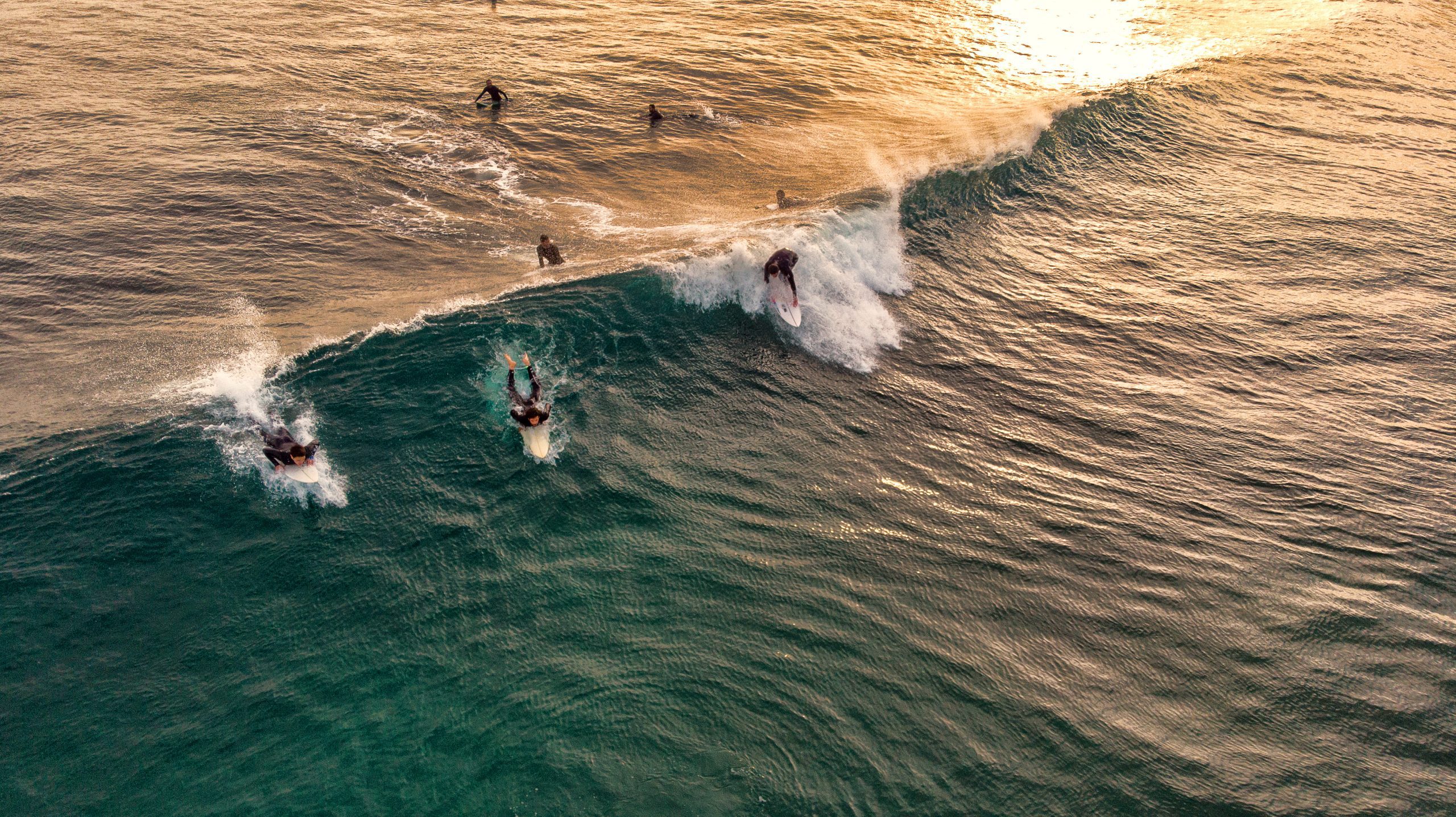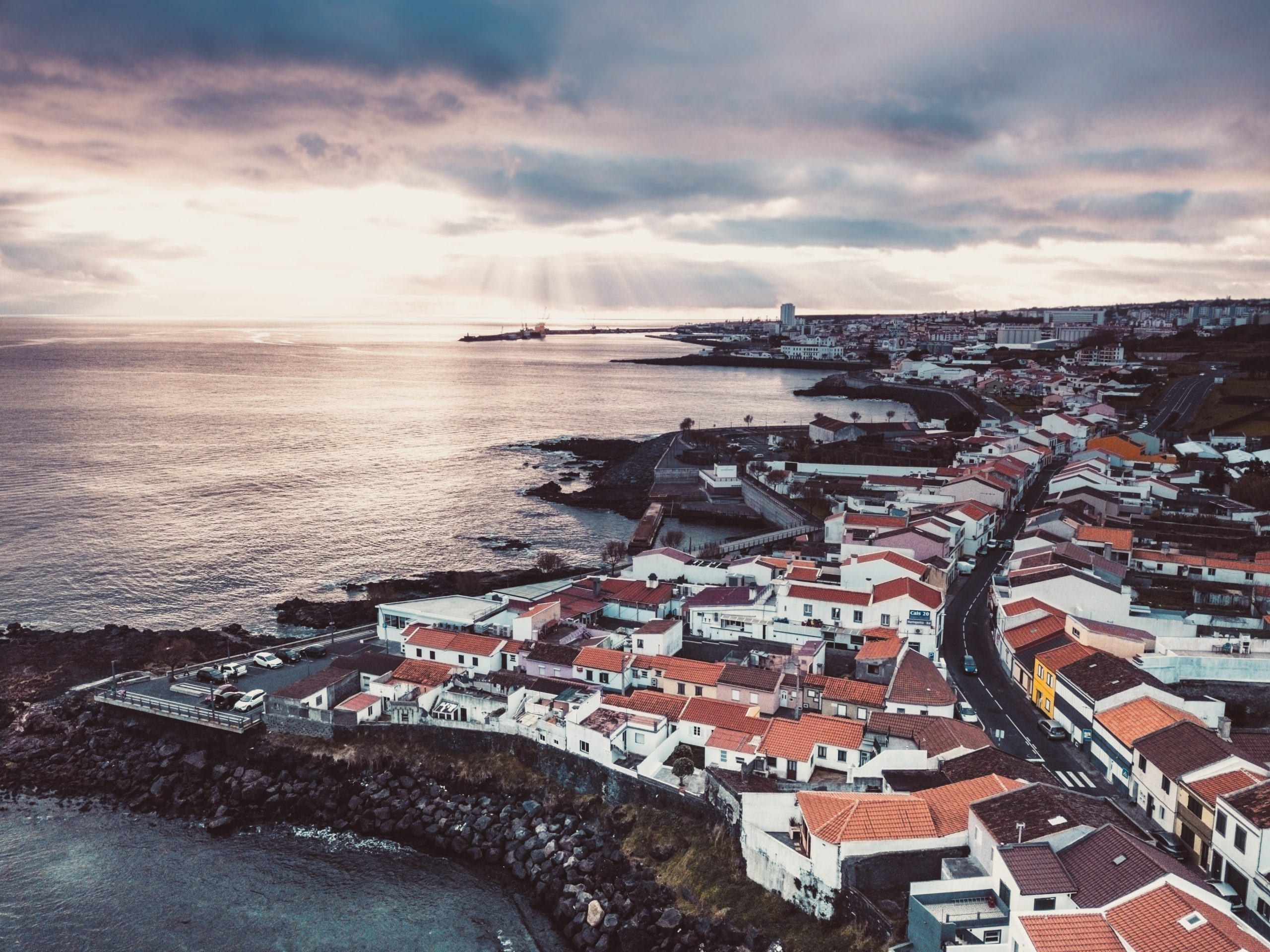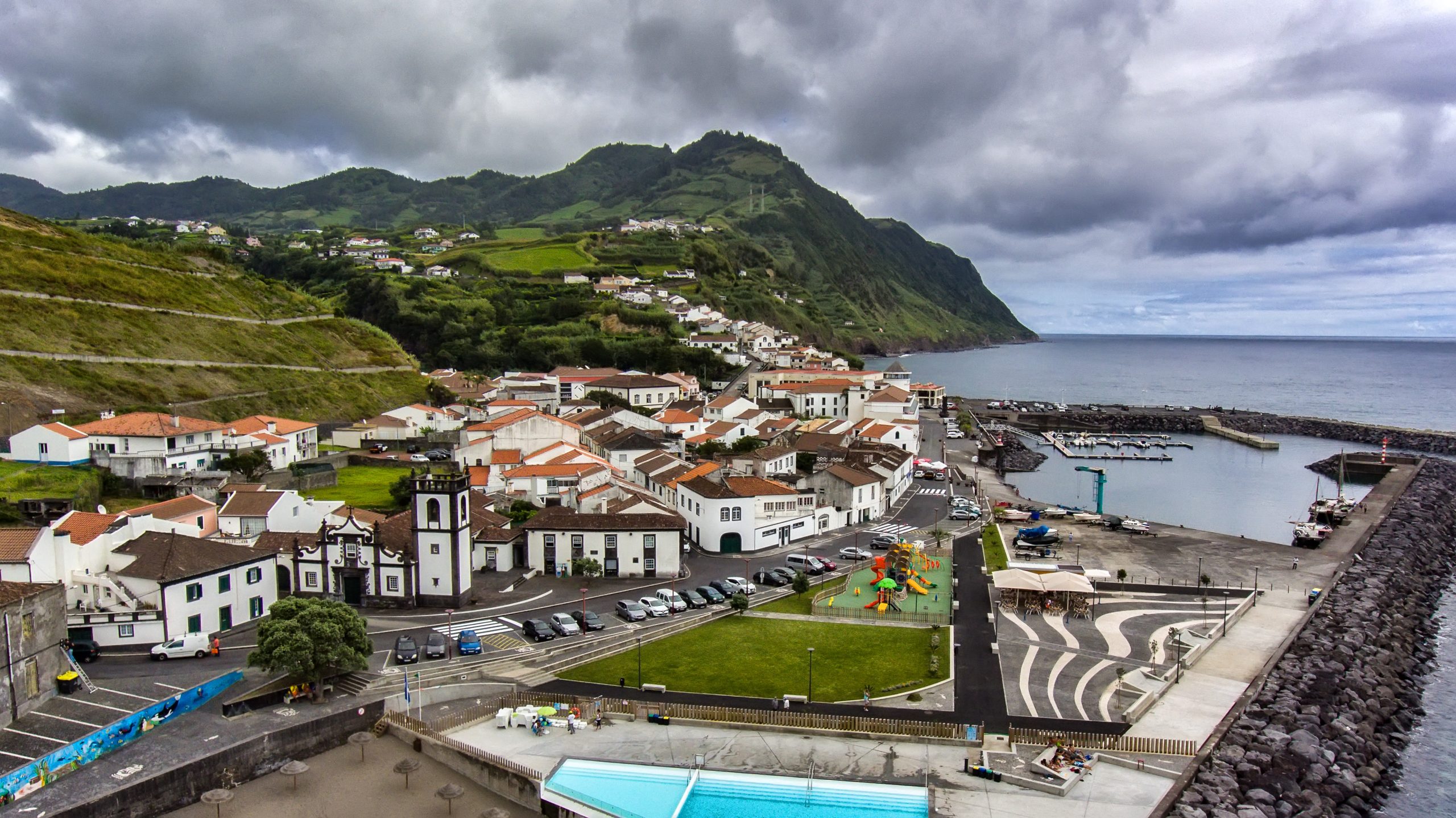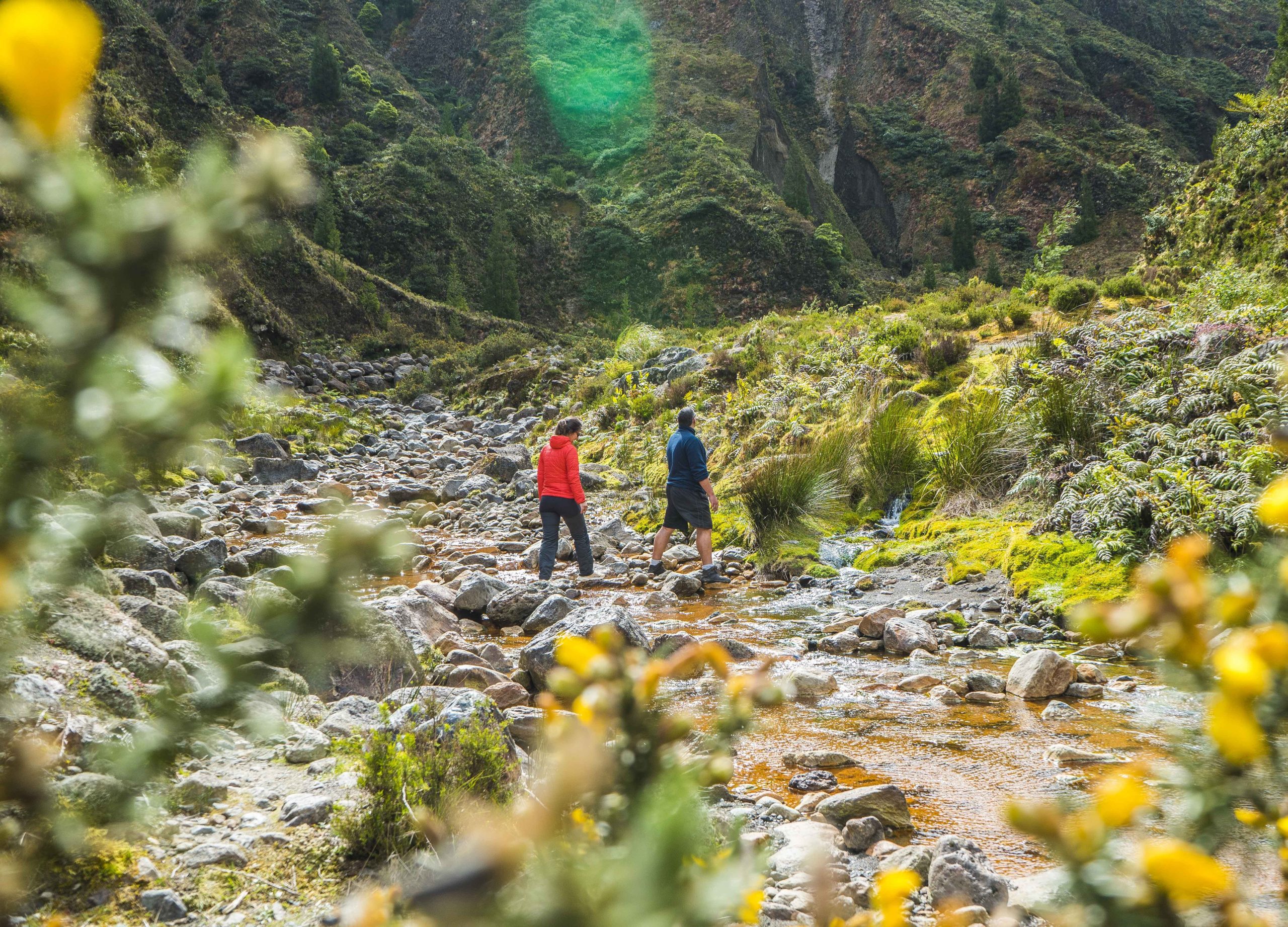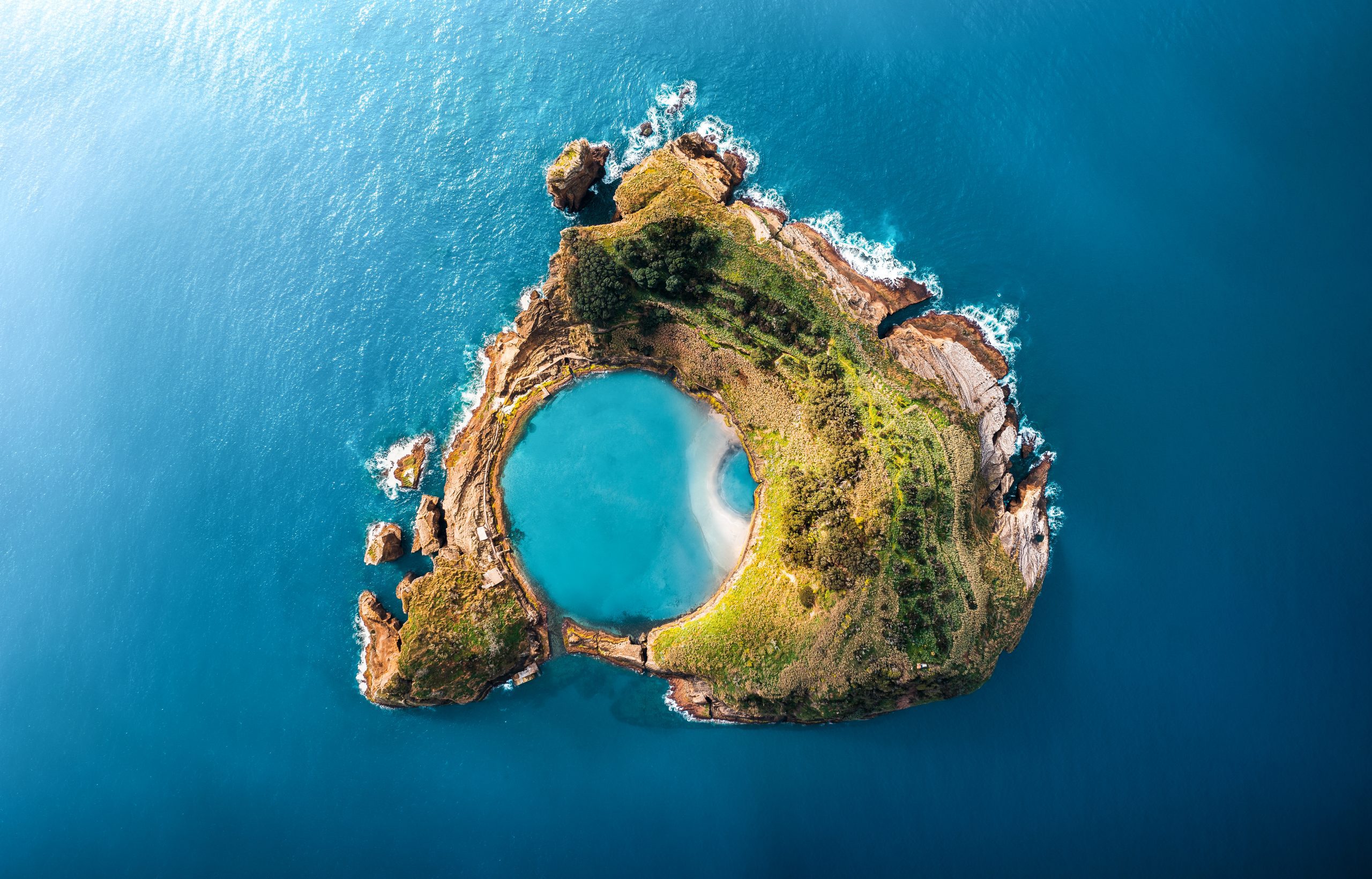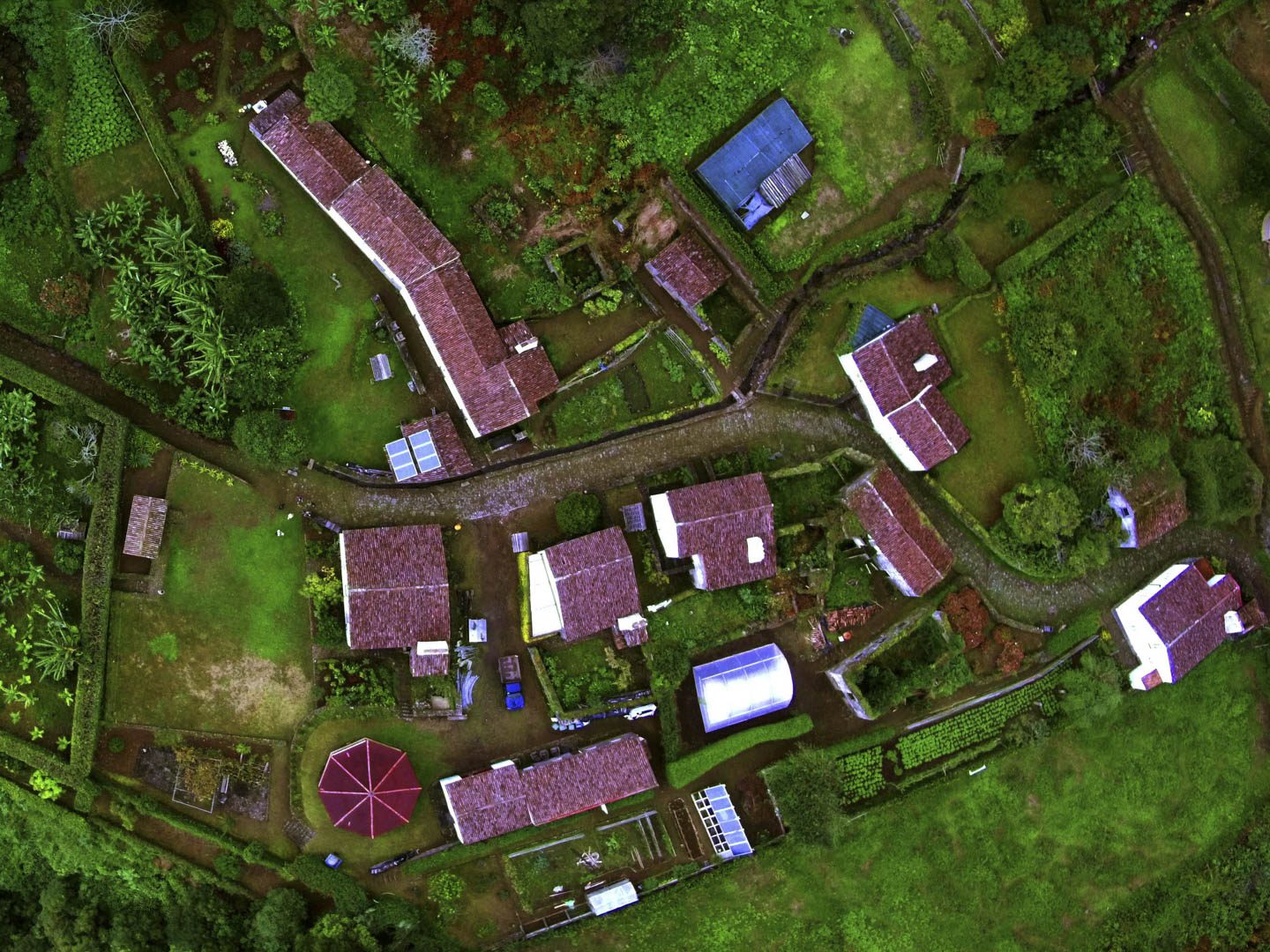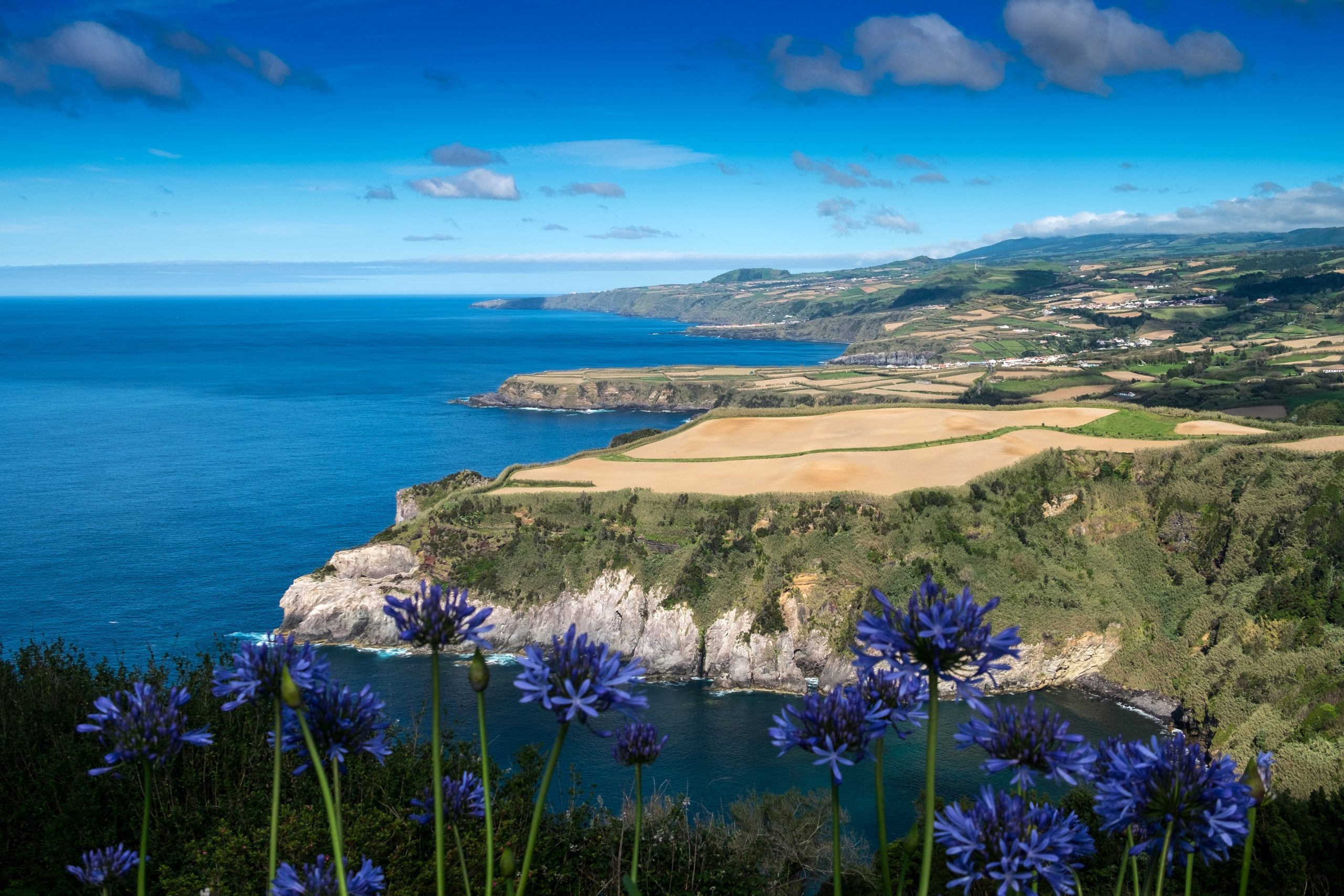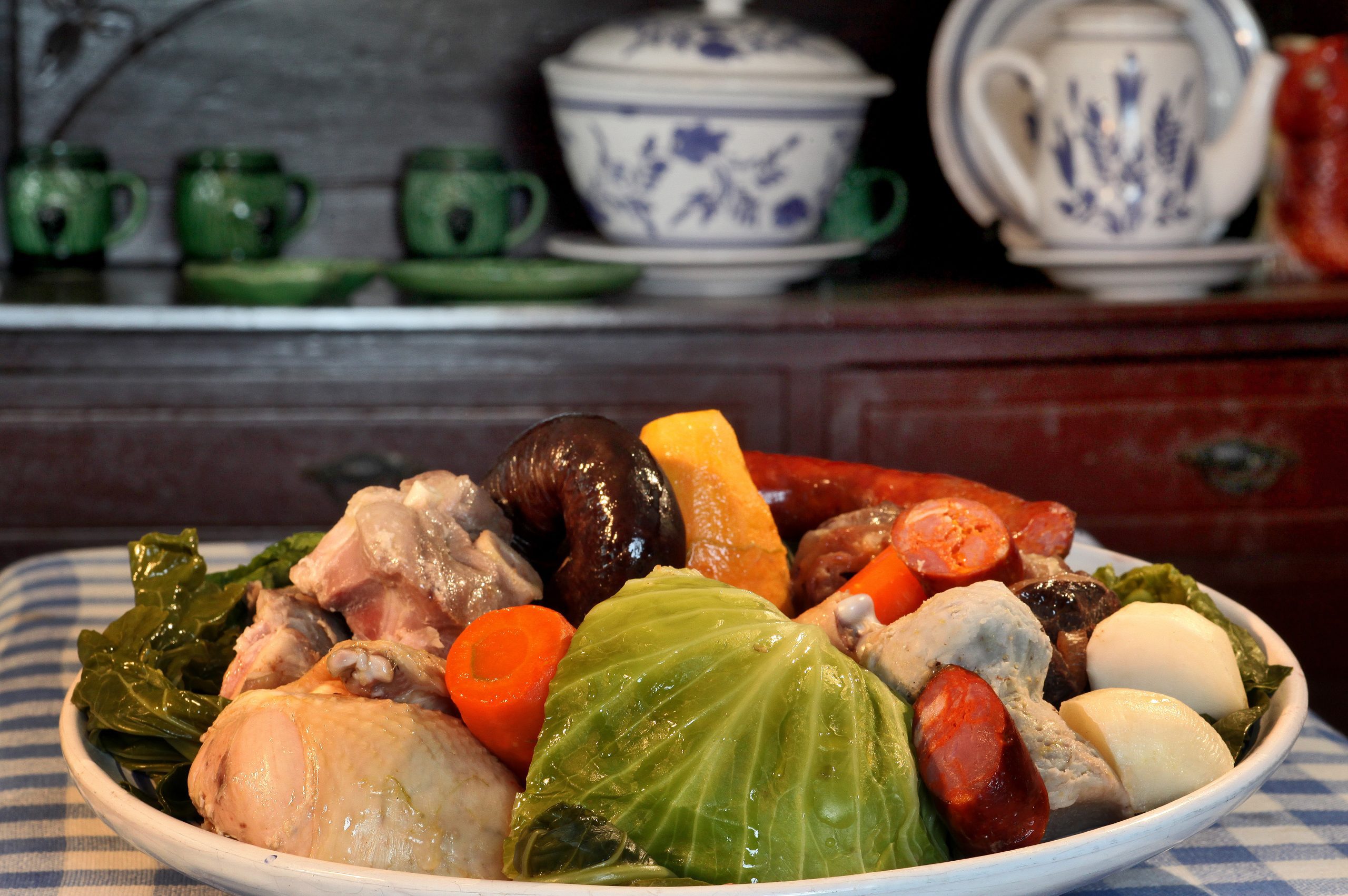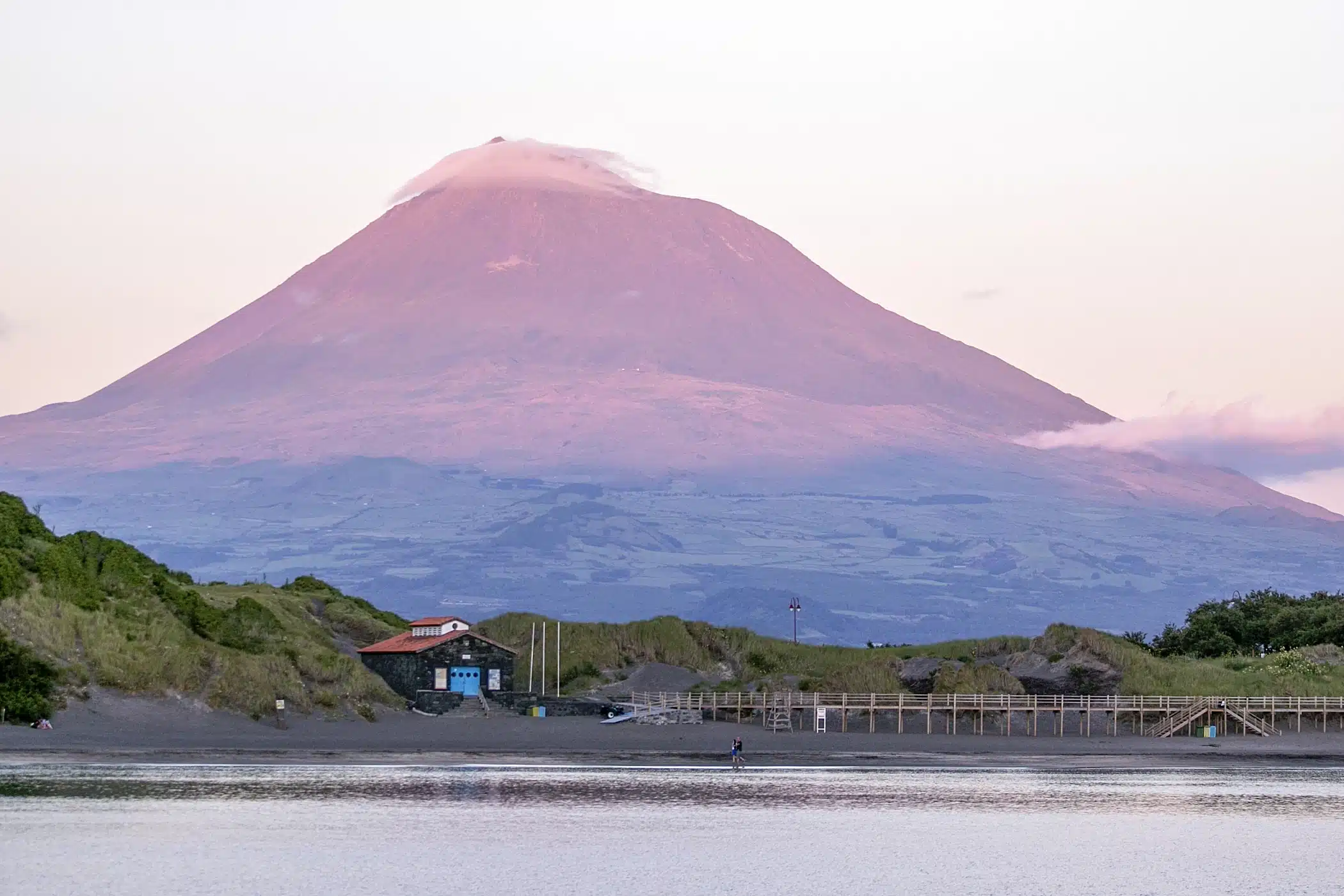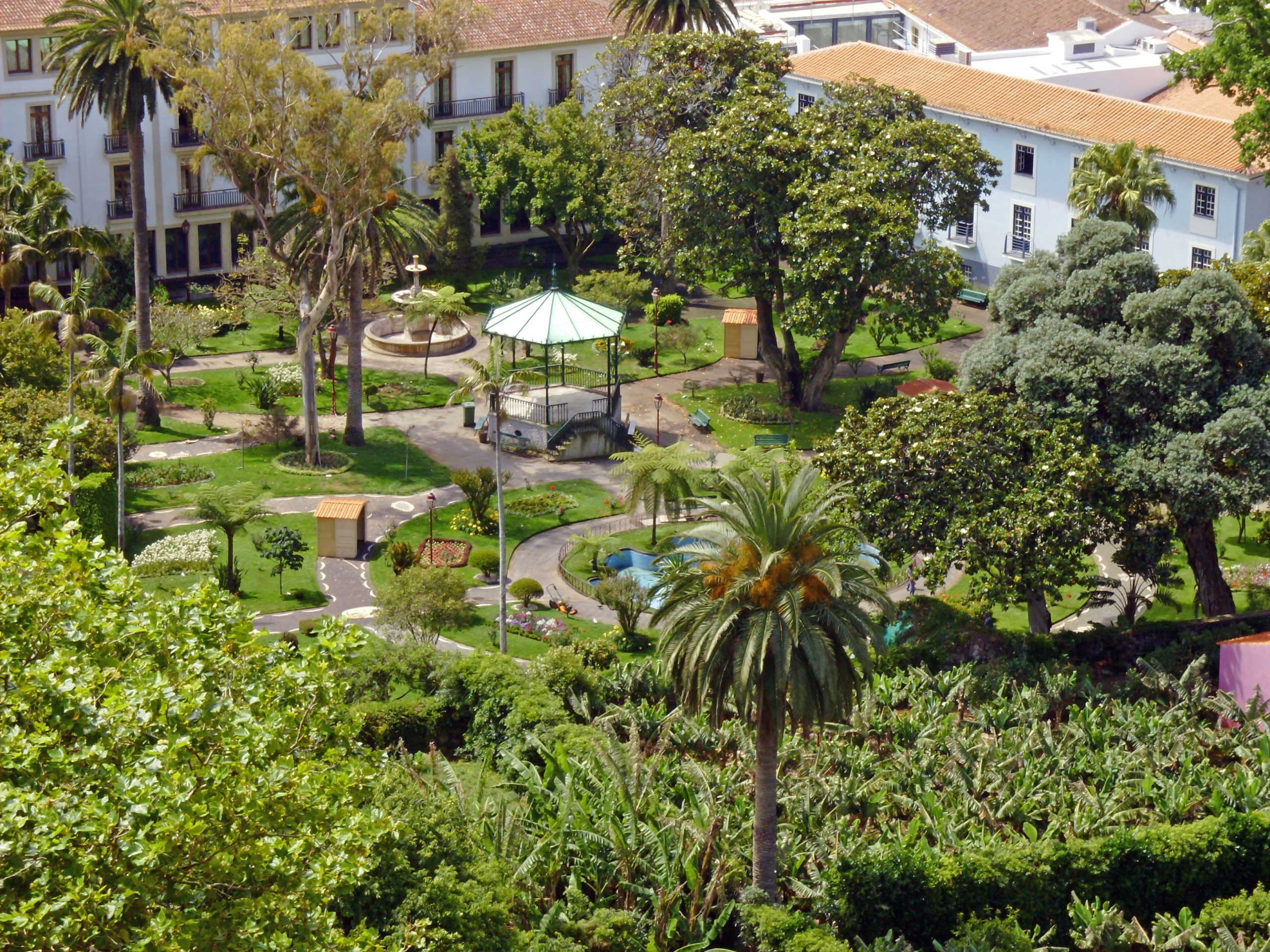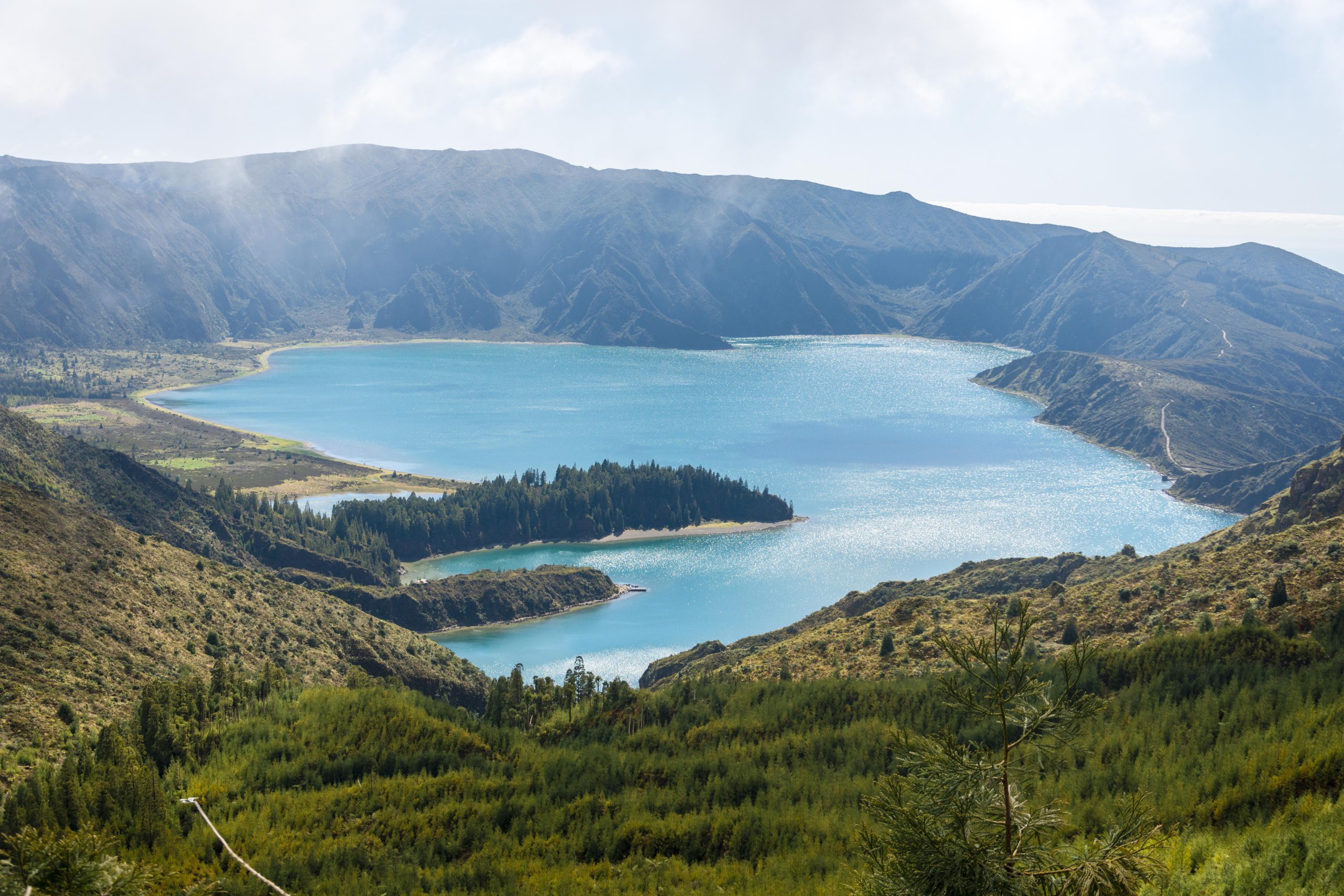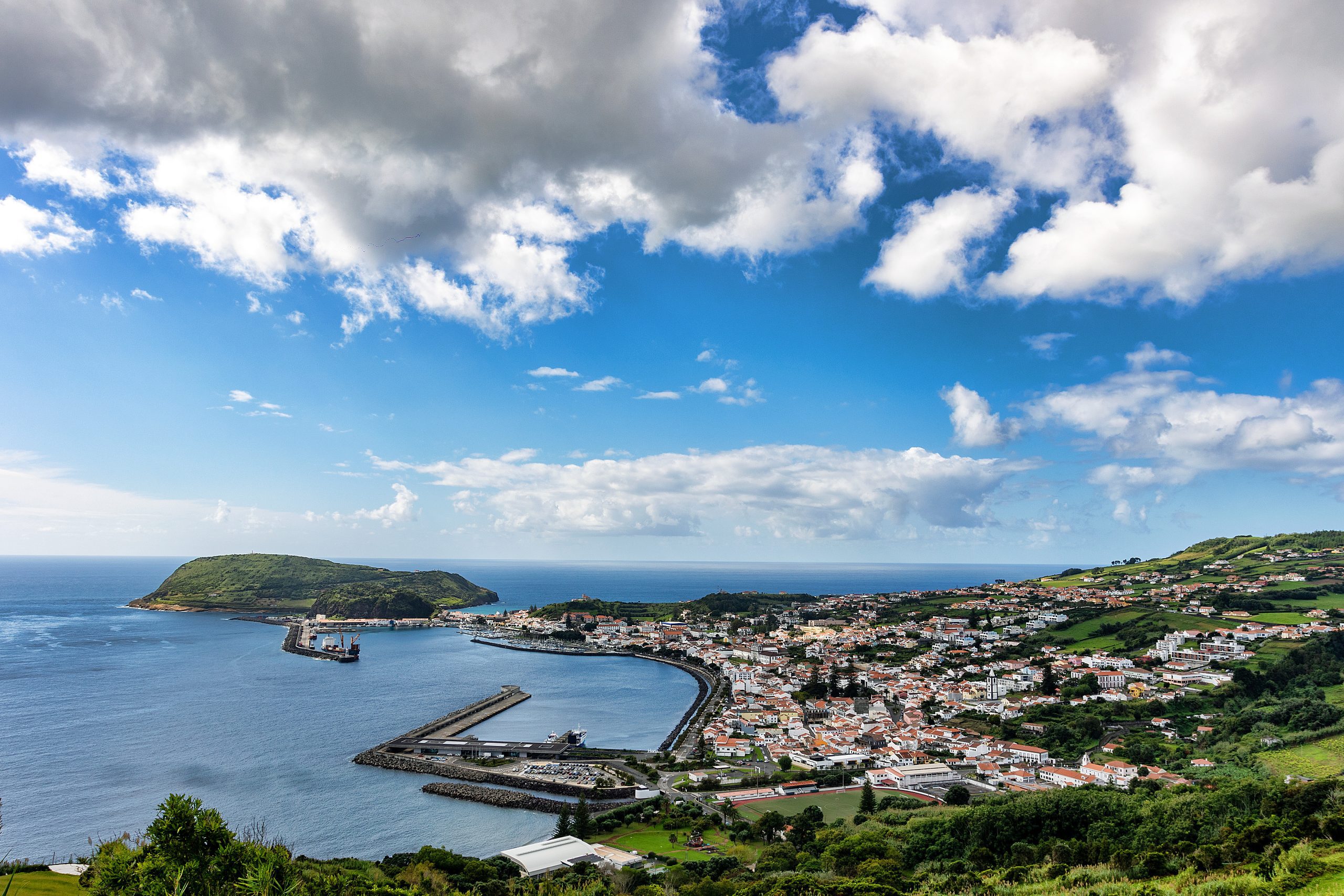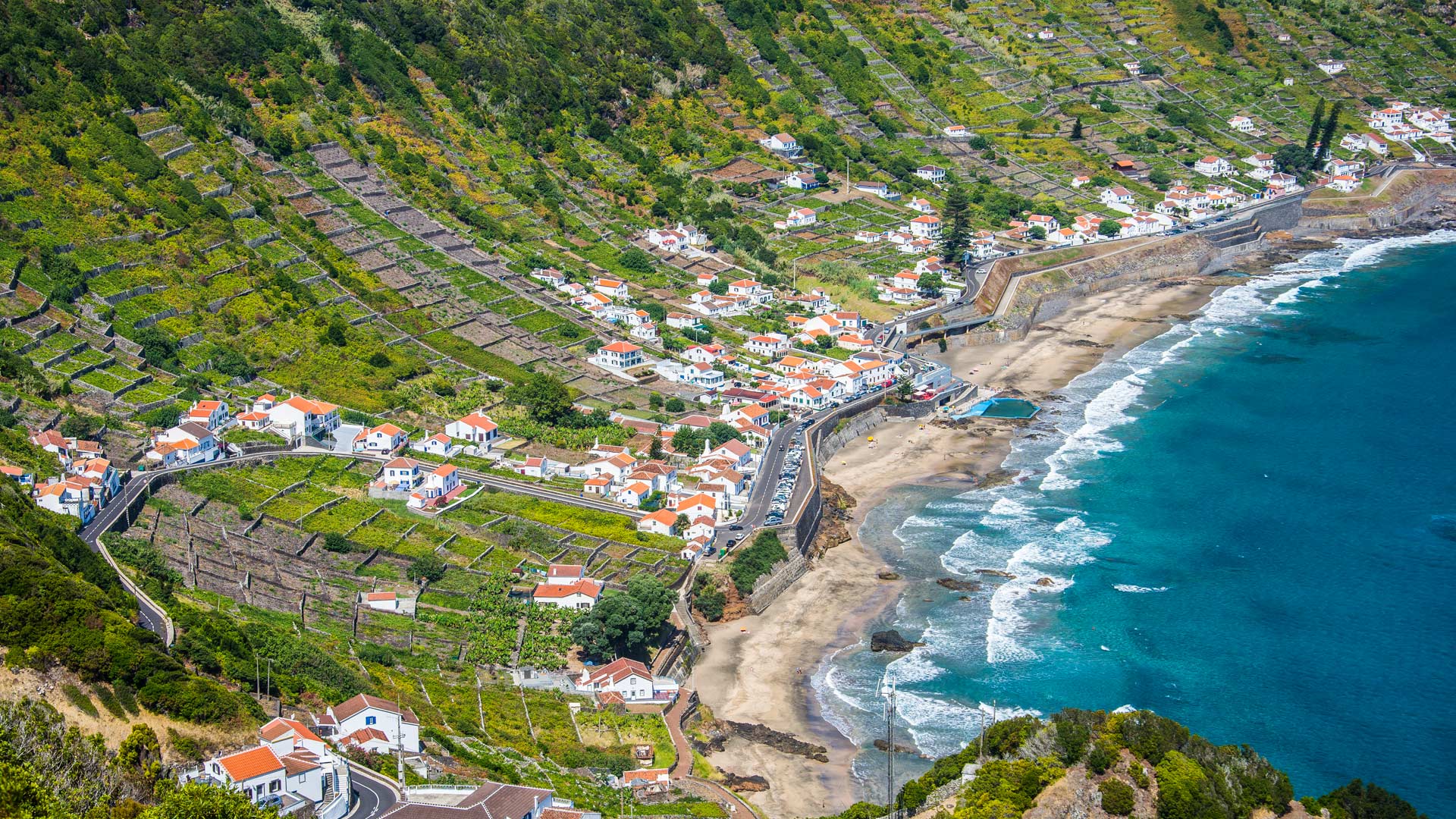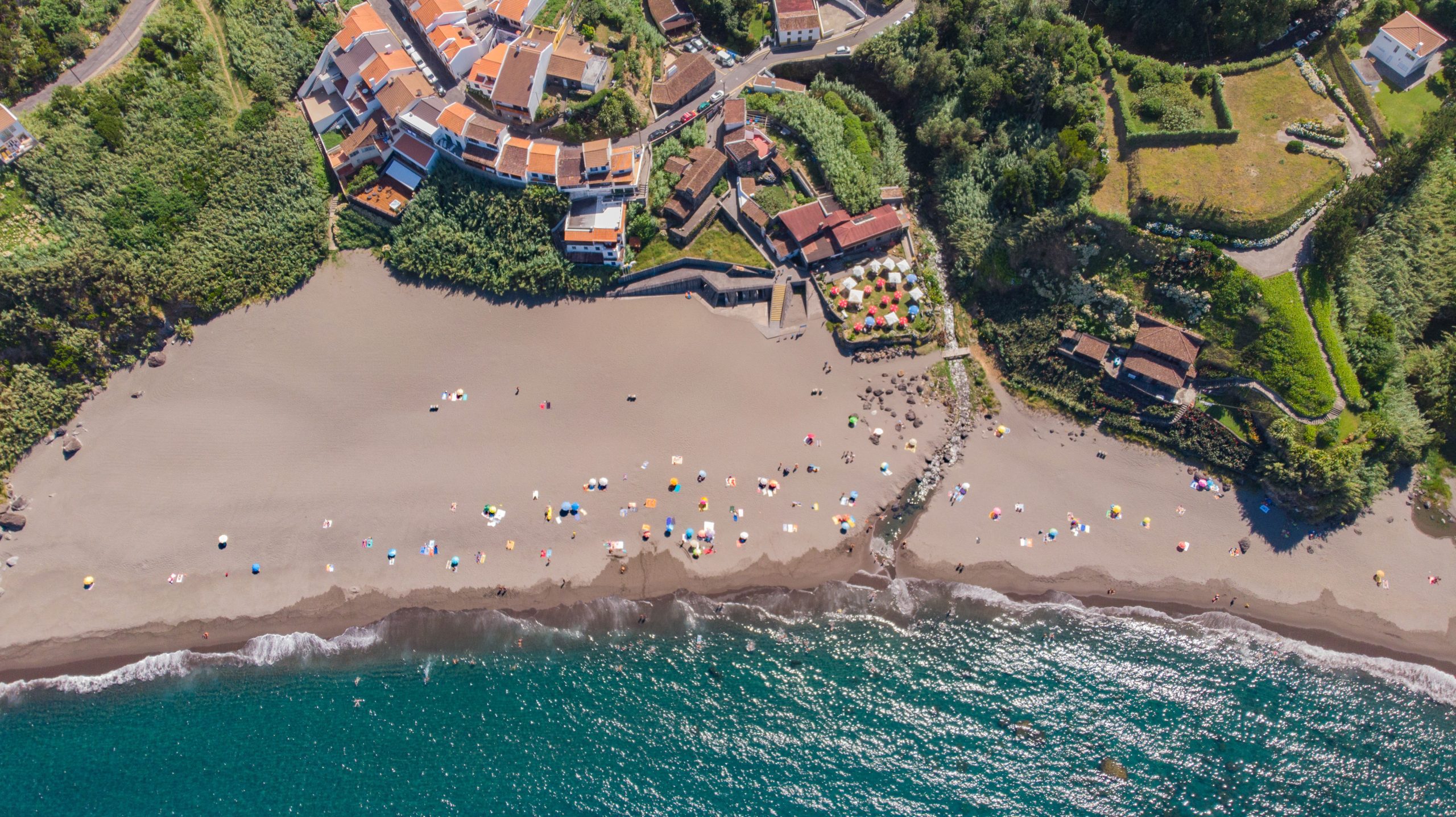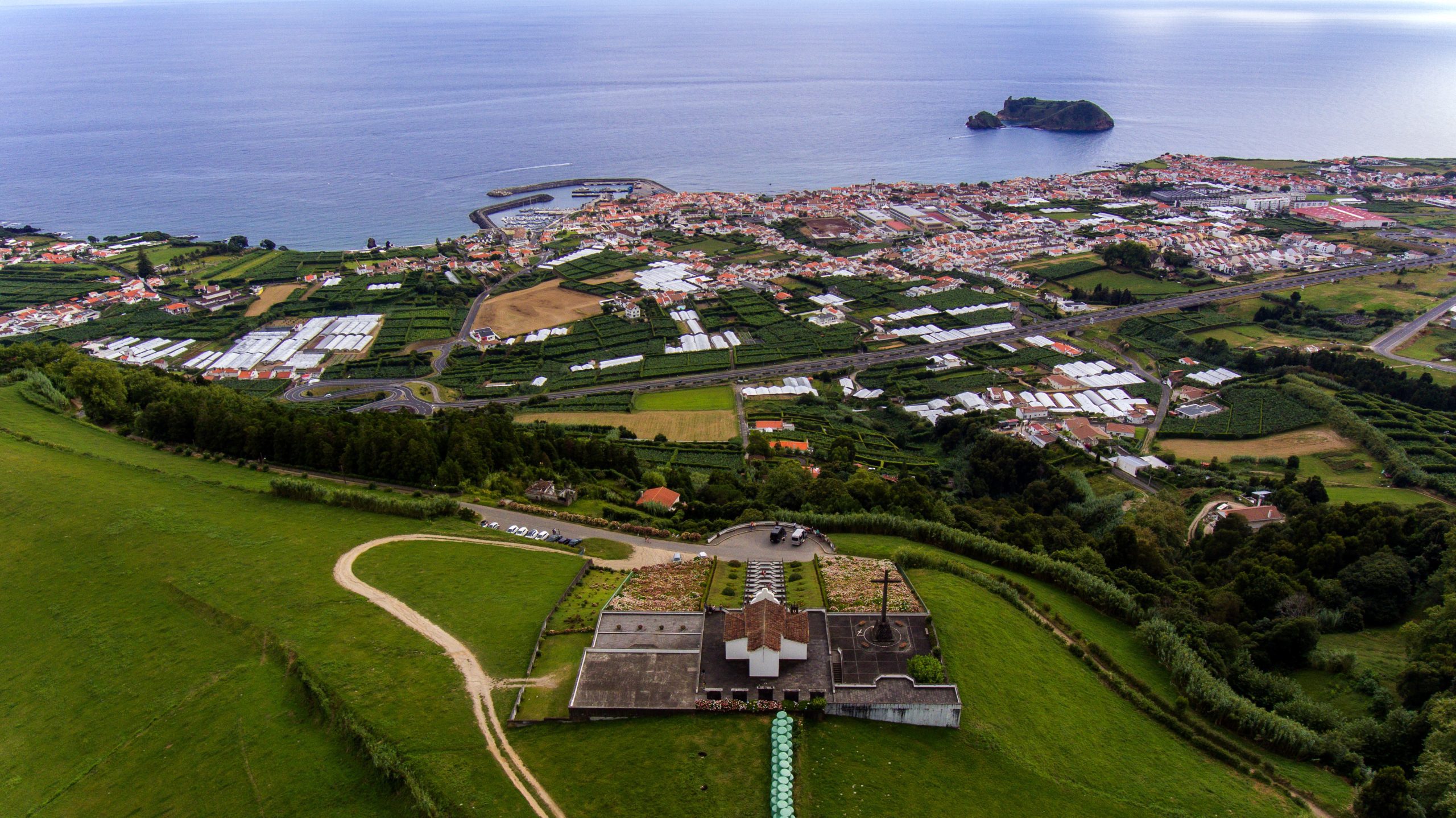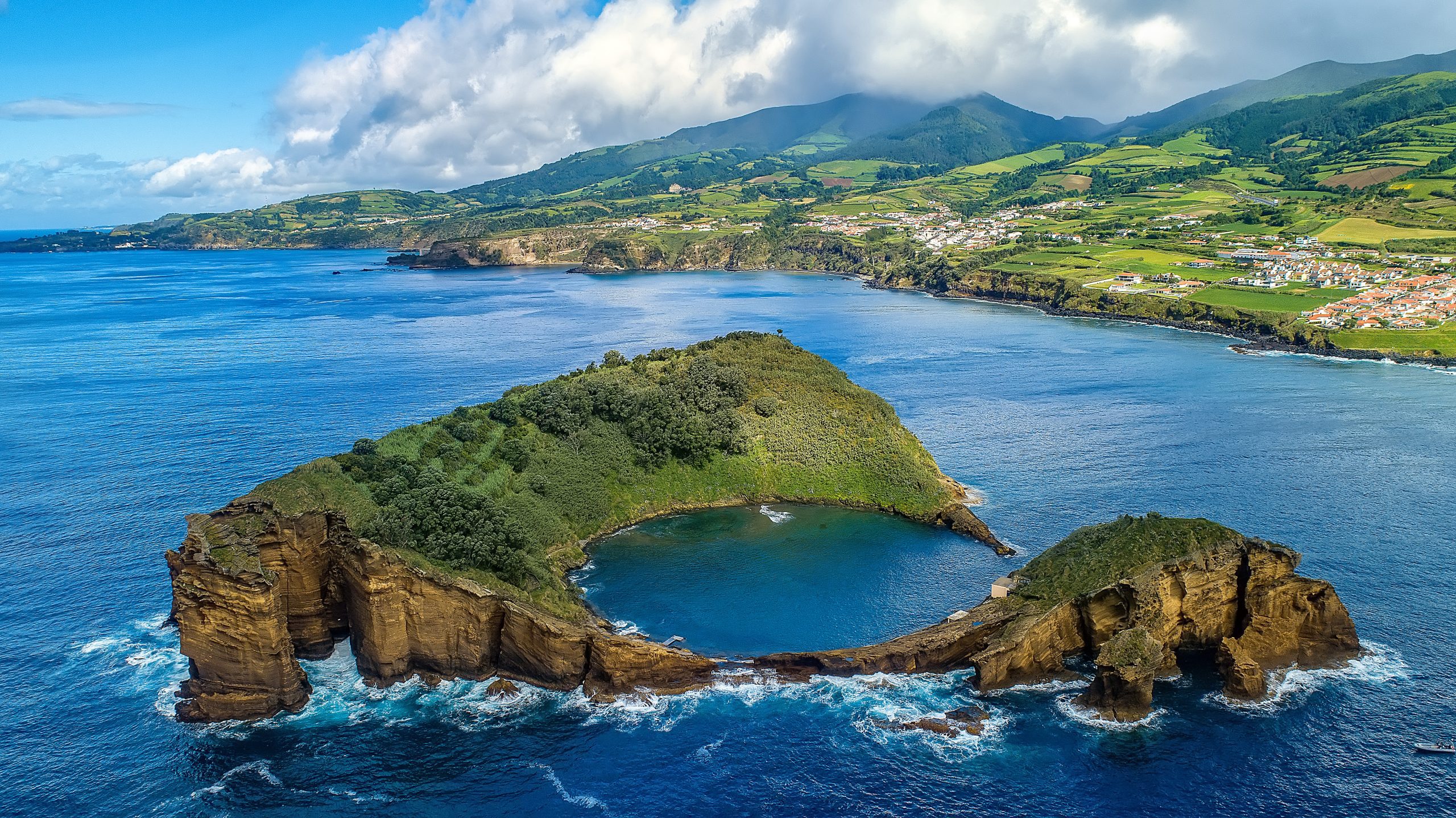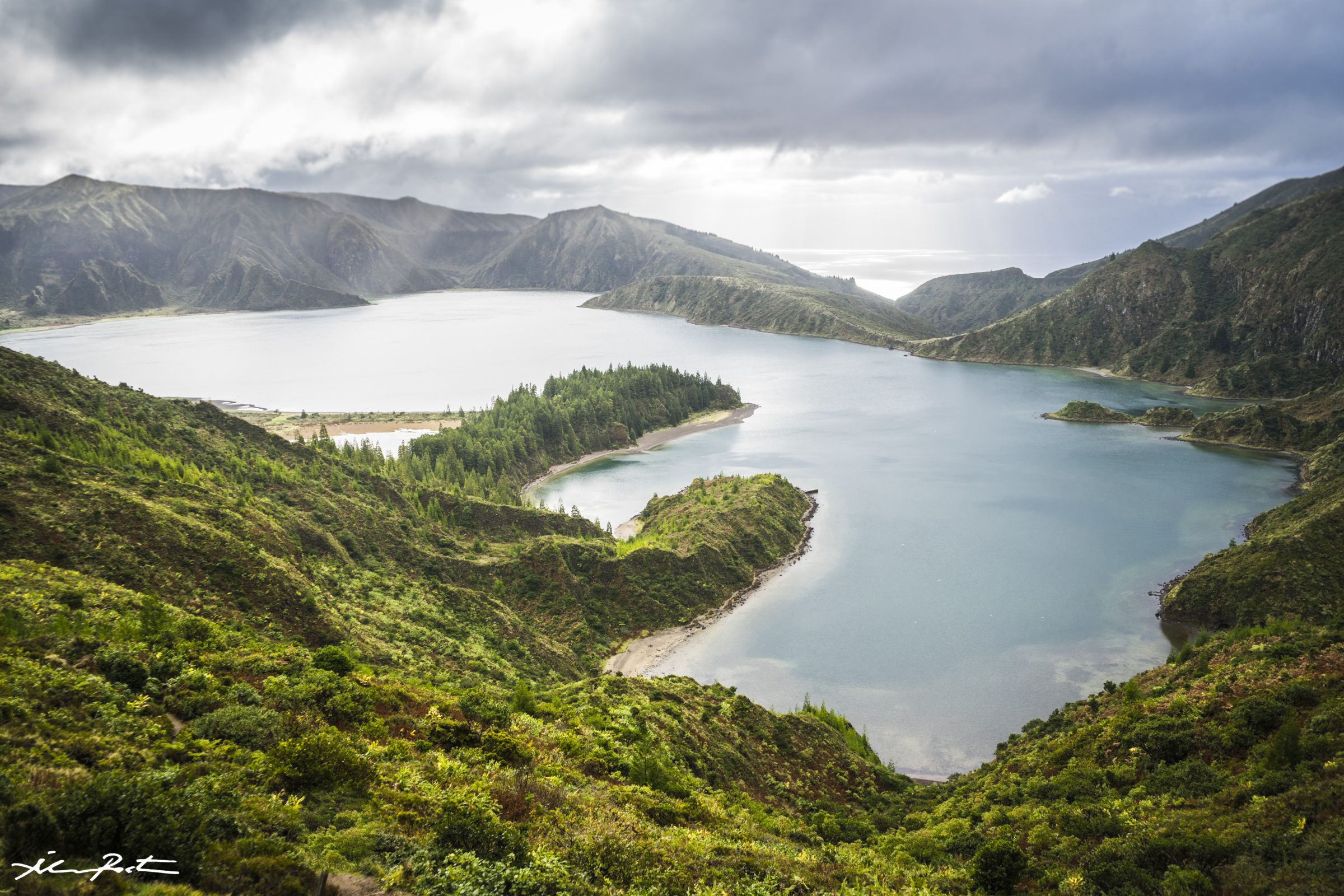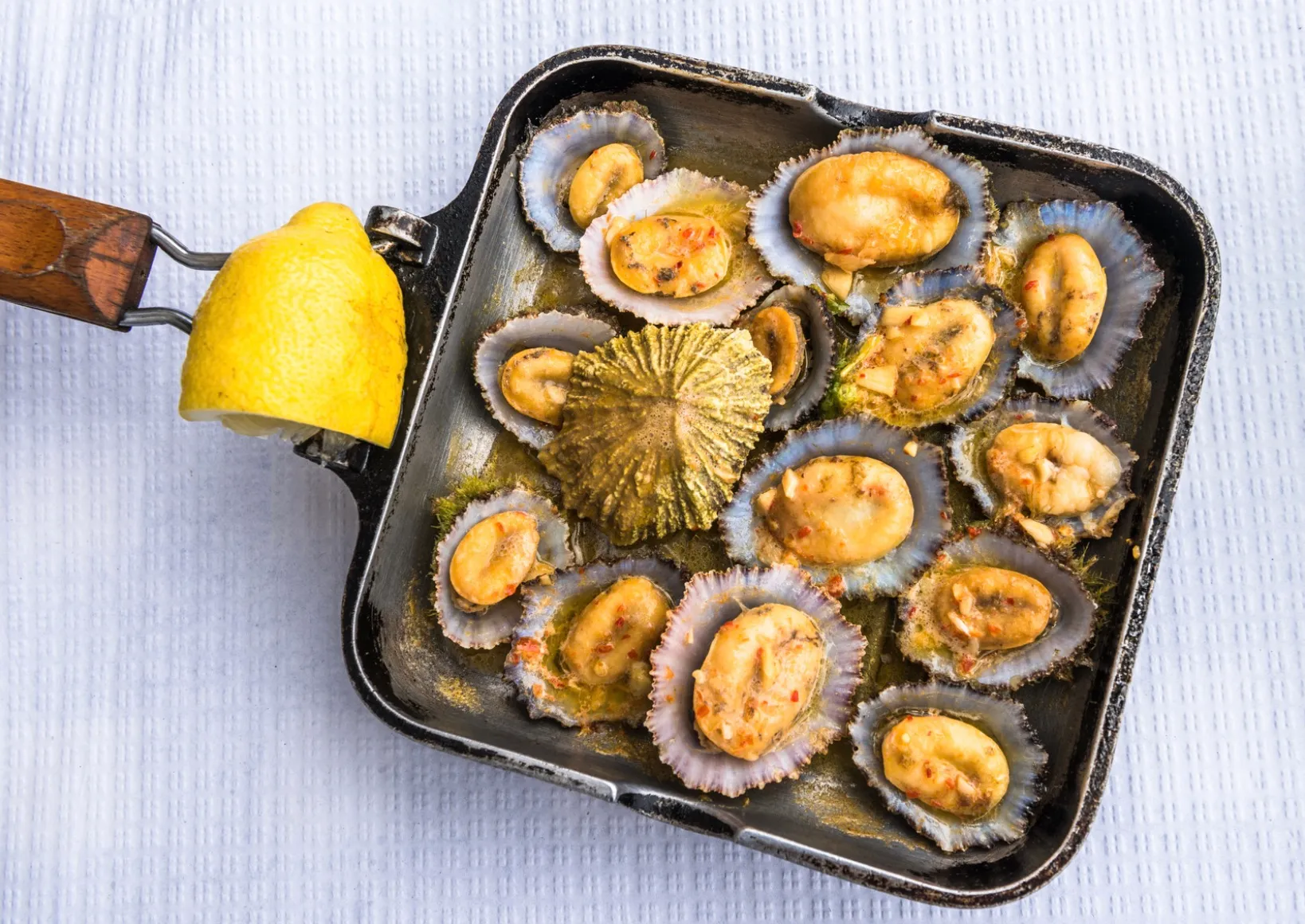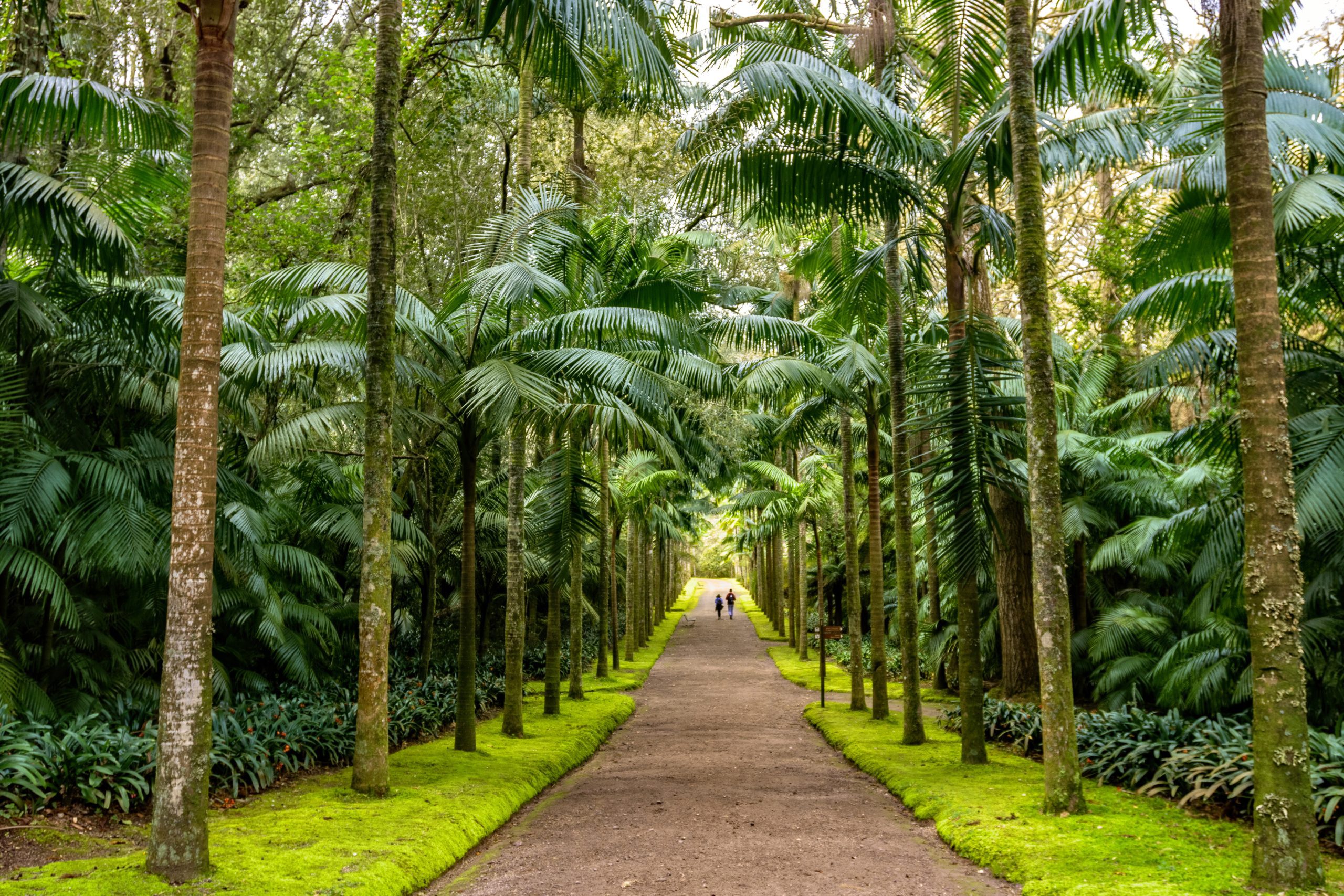Are you planning on visiting the Azores in January and wondering if it is the right time to come? Is the weather in the Azores in January worth it? Well, there is no wrong season to explore our 9 beautiful islands. The Azores are a fantastic destination all year round, with each season offering a unique atmosphere and natural beauty.
Every month is a great time to come to our lost paradise. The Azores are temperate yet unpredictable. It never gets too cold, and the weather is constantly changing. We say that we have four seasons in one day, and that is 100% true. It can be rainy, hot, windy, and sunny on the same day.
In this article, we will tell you everything about the Azores islands in January. From what to do to what to pack. Moreover, we will provide a detailed description of the weather in January in the Azores. So, keep reading!
How is the Weather in the Azores in January
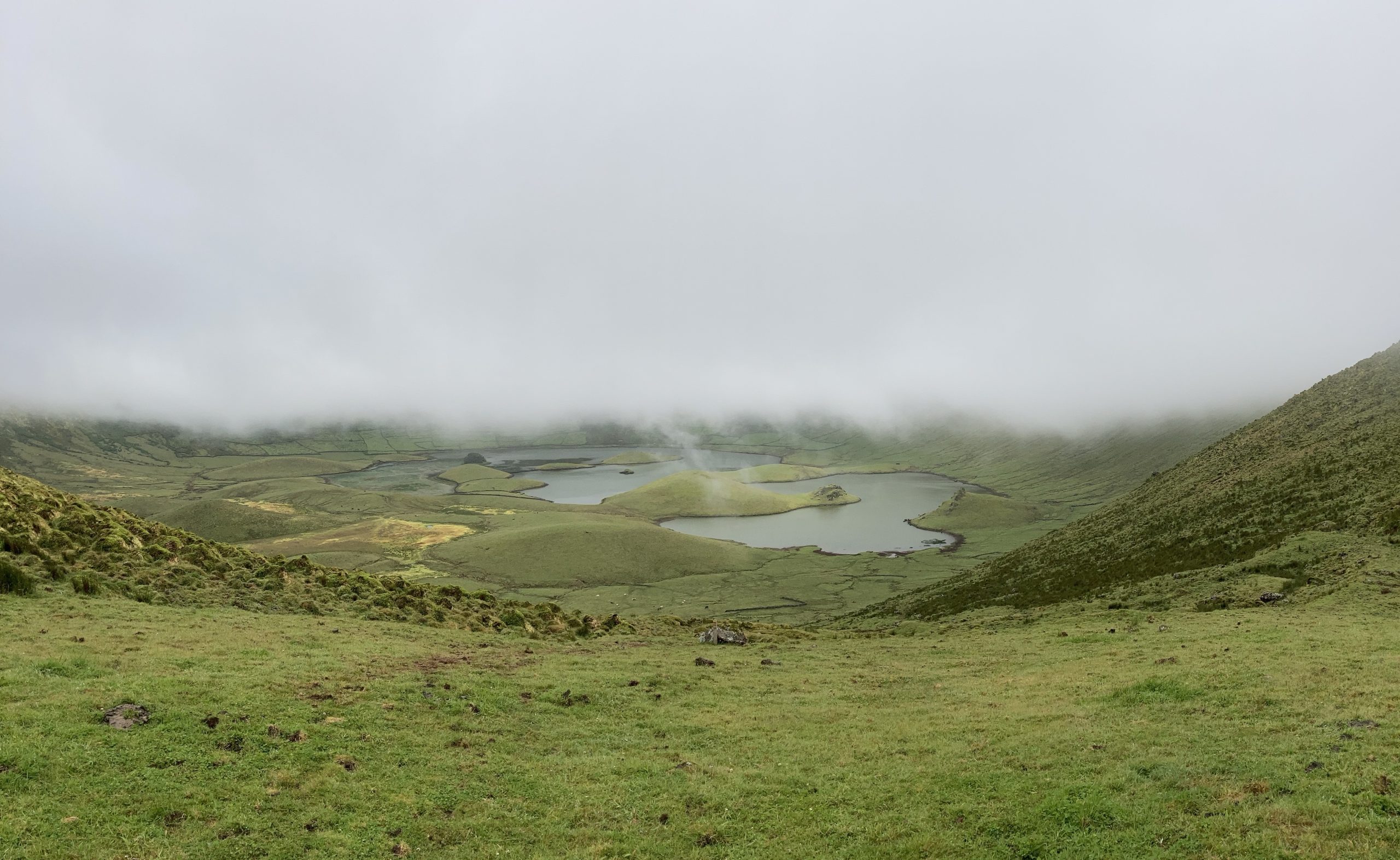
While the Azores benefit from a high-pressure system (anticyclone) that provides pleasant weather for Western Europe and the Mediterranean, we don’t always enjoy bright, sunny days. January is the wettest month of the year, but it’s not the coldest — that would be February. Temperatures remain mild, never dropping too low, although it can feel calm, and the wind can be strong, especially since the storm period is typically from October to December.
In January, the Azores experienced between 16 and 19 days of rain, with an average rainfall of 135 mm. The western islands, like Flores and Corvo, tend to get more rain and stronger winds compared to the central and eastern islands.
Despite the rain, there are still plenty of good days, and showers typically don’t last all day. On average, we get around 5 hours of sunshine each day in January, which is an improvement over December. The median cloud cover is 41%, and the wind speeds range from 17 to 24 km/h, which is moderate compared to the fall months.
Air Temperatures

The Azores enjoy a mild climate year-round, making it neither too hot nor too cold. Situated in the middle of the Atlantic Ocean, the islands are shielded from extreme heat or cold waves. Our subtropical oceanic climate offers a perfect escape from the harsh winters of Europe and America.
Unlike the mainland, where temperatures can drop below zero, the Azores’ temperatures rarely fall significantly. In January, the average temperature is 14 °C (57.2 °F), with highs reaching 16 °C (60.8 °F) and lows around 11 °C (51.8 °F). The record high for January was 20 °C (68 °F) in 1989, which is unusually warm for this part of the world.
While nights can be more incredible, the islands never experience frost or snow, except for the peak of Pico Mountain, the highest point in Portugal, located on Pico Island.
January in the Azores is also quite humid, with an average humidity of 82%, higher than other months, though the islands are known for their year-round moisture.
Water Temperatures

It is possible to swim in the beautiful Atlantic Ocean at all times in the Azores if the weather allows it. Ocean temperatures in January are about 17 °C (62.6 °F). It is the coolest sea temperature of the year, and it only warms up in May. You can still go for a swim if the waves are kind. Preferably wear a wetsuit, but many people go to the swimming pool every day in a regular swimsuit.
The wind in January can be great for surfing, windsurfing, sailing, and many aquatic sports. On calm days, you can even enjoy snorkeling or spearfishing in the clear coastal waters.
Sunrise and Sunset Times

January is one of the darkest months, with fewer hours of daylight, like in other Northern Hemisphere countries. The shortest day of January is on the 1st, as the sun rises at 7:59 am and sets at 5:34 pm, offering 9 hours and 35 minutes of daylight.
On the other hand, the longest day of the month is the 31st, with the sun rising at 7:49 am and setting at 6:04 pm for 10 hours and 15 minutes of daylight. So, the day gradually gets 40 minutes longer throughout January.
The best spot to watch the sunrise on São Miguel island is the viewpoint of Ponta da Madrugada in Nordeste. On the other hand, sunset lovers go to Mosteiros and have a barbecue in the several picnic areas equipped with grills while the sun is disappearing.
Although there are only about 10 hours of daylight, there are plenty of things to do at night, like going to the hot springs or enjoying a drink in the city center of Ponta Delgada.
Nature in the Azores in January
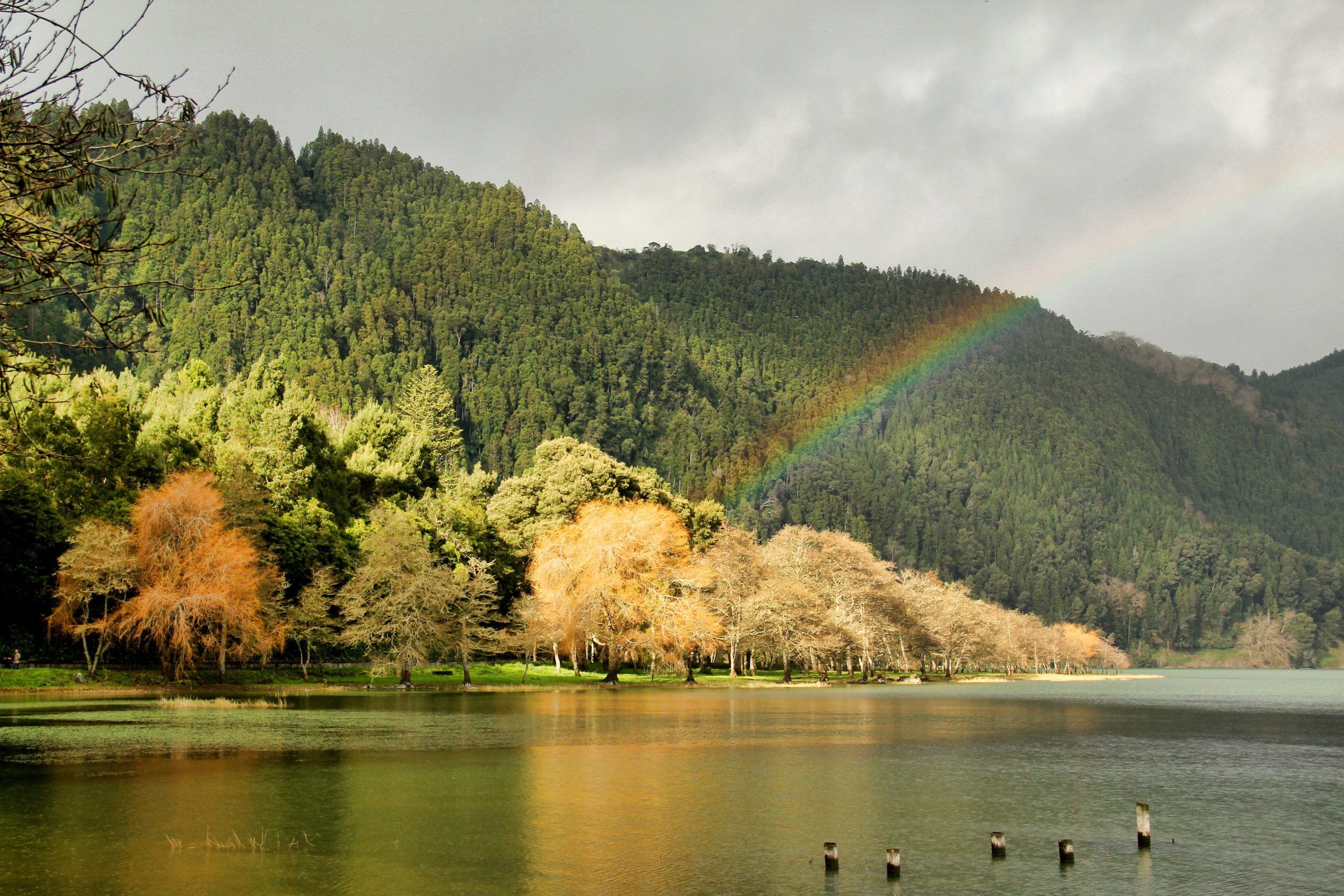
Although São Miguel is known as the green island, all the Azores islands boast lush greenery, thanks to the region’s climate. With an estimated 188 rainy days per year, the rain plays a key role in keeping the landscapes vibrant.
Throughout the year, flowers continue to add color to the scenery. In fact, the island of Flores was named after its abundant and beautiful flowers that bloom across the land.
In January, the trails can be wet, and dirt paths may become muddy, so be cautious while exploring outdoors. However, it’s also a great month to see and photograph rainbows, which frequently appear in the region!
Did you know
São Miguel is known for its pineapple plantations, and visitors can explore them year-round. The island is also home to one of Europe’s few tea plantations, which is open to visitors throughout the year.
What to Do in the Azores in January
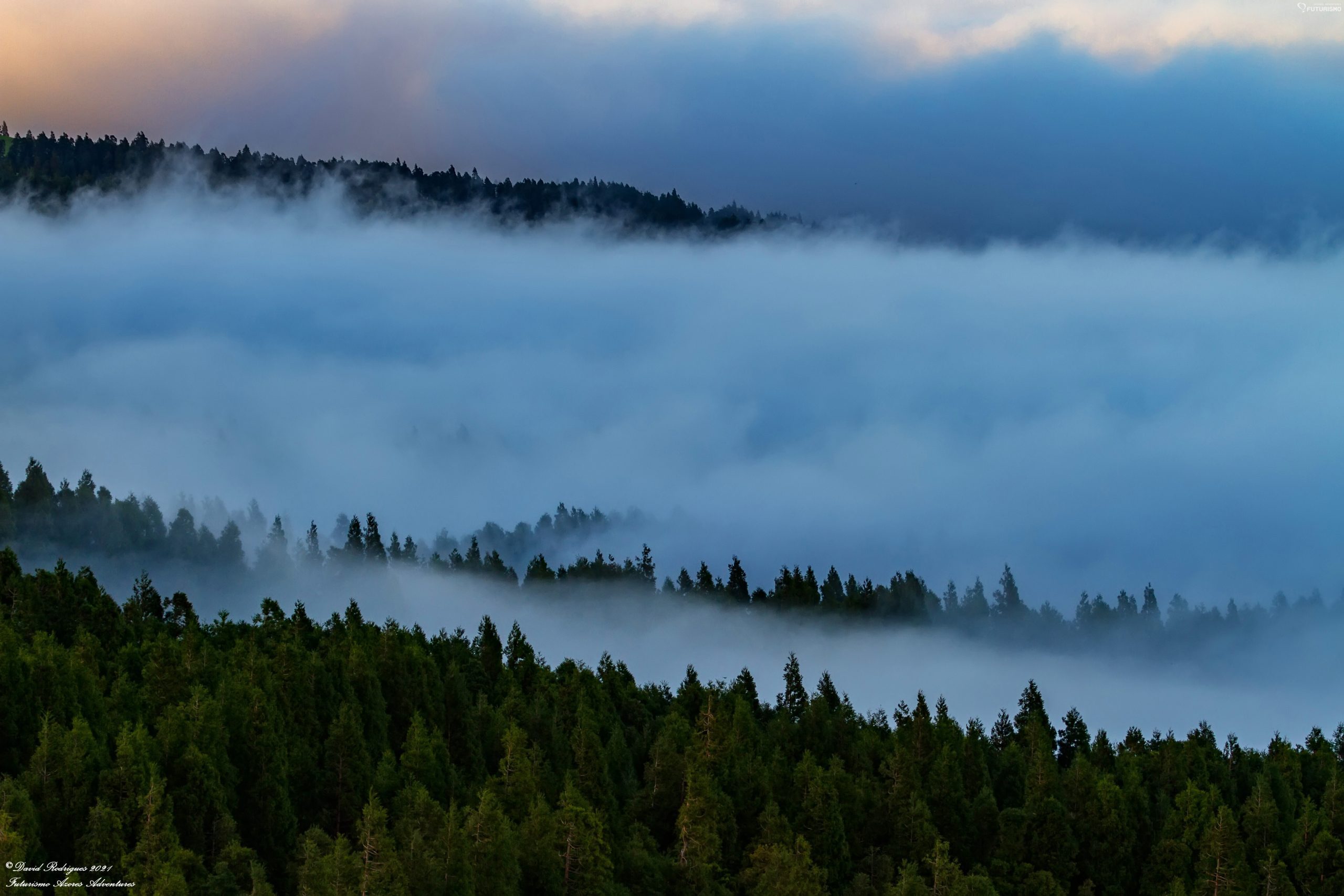
Now, you might wonder if it is worth it to go to the Azores in January, and the answer is Yes! Although it rains, the weather in the Azores in January quickly changes. So, you are good to go on hikes and explore the island as much as you want. And if it rains in the north part, you can always go to the south part, for example, and have thoroughly different weather.
In January, walking through the forest can be pretty pleasant, as the trees protect from the weather, especially in mountainous areas. Fog is common, particularly at higher altitudes, which is especially true for many viewpoints and mountains.
Whale and Dolphin Watching in January

In the Azores, we already spotted 28 different whale and dolphin species. Within those 28, 4 are residents of our coasts. This means you can see them all year round. Our residents are Sperm whales, Common dolphins, Bottlenose dolphins, and Risso’s dolphins. Besides the resident species, it is also possible to observe other migratory whales and dolphin species.
Would you like to know the best times for whale watching?
Take a look at our whale watching calendar and plan your next adventure! Don’t miss the chance to spot these majestic creatures in Azorean waters. 🐋 🌊
Although it is not the best season to see baleen whales, it can sometimes happen to spot them outside the season. And let’s not forget other animals that are not cetaceans, like turtles, seabirds, fishes, rays, and sharks.
Hot Springs Hunting
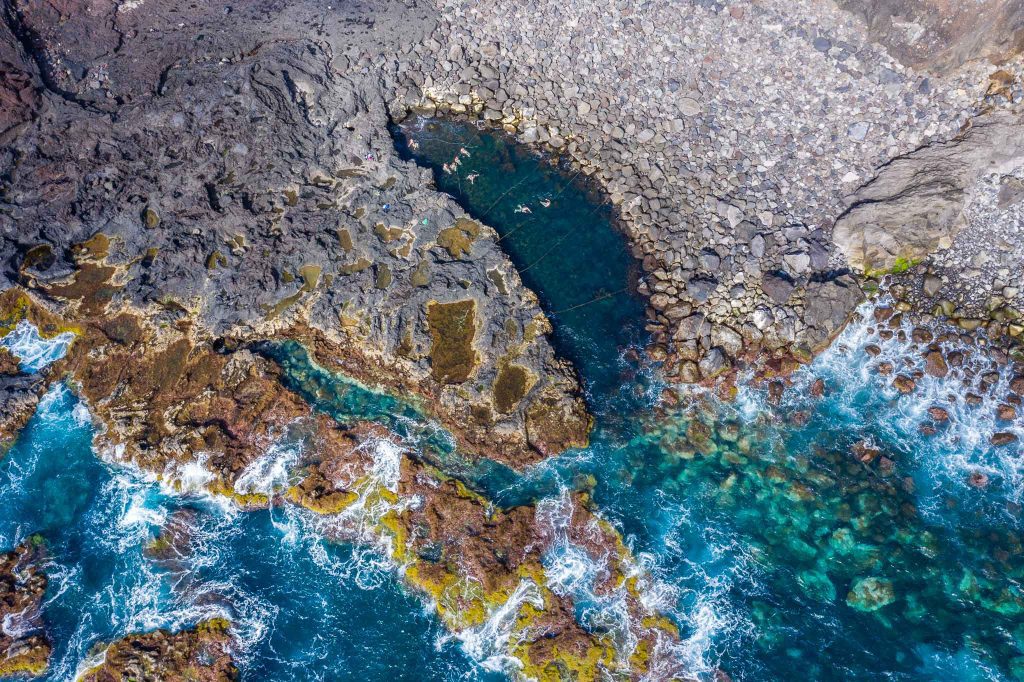
January is probably the best time to go to the relaxing hot springs. Indeed, as temperatures are lower than most months of the year, swimming in hot waters is a great feeling, and it gets even better when it rains. Hot springs are mainly located on São Miguel island as there are 5 hot springs on the green island:
- Terra Nostra Park has the famous big yellow pool and 2 smaller ones. The scenery is simply beautiful as the hot springs are located inside a botanical garden.
- Caldeira Velha in the mountains of Lagoa do Fogo offers a stunning experience with its hot spring under a waterfall inside a lush jungle.
- Poça da Dona Beija in Furnas is excellent to go at night for a good night’s sleep after the iron-rich bath.
- Caldeiras in Ribeira Grande is the most intimate one. It is less famous, and you can sometimes have the pool all to yourself. It is also open at night. There are 2 pools with different temperatures for everyone’s satisfaction.
- Ponta da Ferraria is the most spectacular one, but it requires good weather and sea conditions, as it is a hot spring inside the ocean. The best time to go is when the tide is low and there are no or few waves.
Alternatively, on Graciosa island, there are the hot springs of Termas do Carapacho by the ocean. It is the best place on the island to relax and enjoy the power of nature in those thermal waters.

Local Events in the Azores in January

Just like in many other countries, the 1st of January is a holiday. For New Year’s Eve, all municipalities organize a party with fireworks and live music. In January, it is also possible to go see the different Christmas decorations in many cities, including beautiful Christmas cribs like in Furnas or Vila Franca do Campo, São Miguel island.
The epiphany at the beginning of January is related to singing, eating, and gifts, although no special events are organized besides masses in churches. This mouth is also close to Carnival, and you can begin to find some exceptional food related to this period, like the delicious Malassadas, which are a must-try while in the Azores!
Nightlife doesn’t stop in the Azores, mainly in Terceira island and in the city of Ponta Delgada. There are many bars and several clubs where you can have a drink and dance all night long, all year long.
What to Wear in the Azores in January

In the Azores, the weather can change quickly, so it’s best to pack a little of everything. A key tip for January is to layer light clothing. The sun can feel warm, especially while walking, so it’s essential to have layers under your jacket to adjust to temperature changes.
A great combination is a T-shirt, a polar fleece sweater, and a rain jacket.
If you’re planning to hike and explore the islands on foot, be sure to pack good waterproof hiking shoes. Opt for pants instead of shorts, as it can get colder at higher altitudes and along the coast, with stronger winds compared to inland areas. And take your swimsuit to the hot springs — avoid a white one, as the iron-rich water can stain it orange.
Lastly, bring your camera to capture the stunning landscapes!
Complementary Information

How to Get to the Azores
São Miguel Island is easily accessible with numerous flight routes. Lisbon and Porto are the main entry points to the continent, with direct flights to São Miguel (PDL), Terceira (TER), Faial (HOR), Pico (PIX), and Santa Maria (SMA) available. To find the best flight, use search engines like eDreams or Skyscanner. These platforms allow you to compare prices and schedules from different airlines in one place.
For more details on how to get to the Azores, take a look at our complete guide. But what if you want to explore beyond your arrival island? We’ve got you covered!
- Azores Airports 🛬
- Flights between islands ✈️
- Ferries between islands ⛴️
- Which island to choose? 🏝️
- What airlines fly to the Azores 🛩️
→ Once you’ve found the perfect route, book your tickets and get ready to experience one of the world’s most stunning island groups!
Useful Tools & Apps
The weather in the Azores can be variable, so it’s helpful to use some apps before visiting the islands. Spotazores offers live camera feeds from the main tourist attractions, letting you check the weather and plan your visit. For accurate weather predictions, use Windy or Windguru — they provide the most reliable predictions.
Check all our articles about the weather in the Azores throughout the year 🌤️ ☔️: January | February | March | April | May | June | July | August | September | October | November | December
Video
Conclusion
As we conclude this article about the weather in January in the Azores, we hope that you found all the information necessary to organize your trip to paradise in the Atlantic.
The secret to enjoying the Azores is not to let the weather dictate your plans. As the weather changes quickly, even if it rains in the morning, it doesn’t mean your day is ruined. Plus, there are some microclimates around the islands. It can be less cloudy on the coasts than inland, although the mountainous regions provide shelter from the wind.
So, come enjoy the Azores in the best way with Futurismo at any time of the year. We will be there to show you the beauty of our islands every month.
Authors’ Note
I am pleased to inform you that all the recommendations in this article are based on my personal experience and observations. As the author, I have personally visited each attraction mentioned, ensuring that every suggestion is grounded in first-hand knowledge and genuine enthusiasm.
Check all our articles about the weather in the Azores throughout the year 🌤️ ☔️: January | February | March | April | May | June | July | August | September | October | November | December






